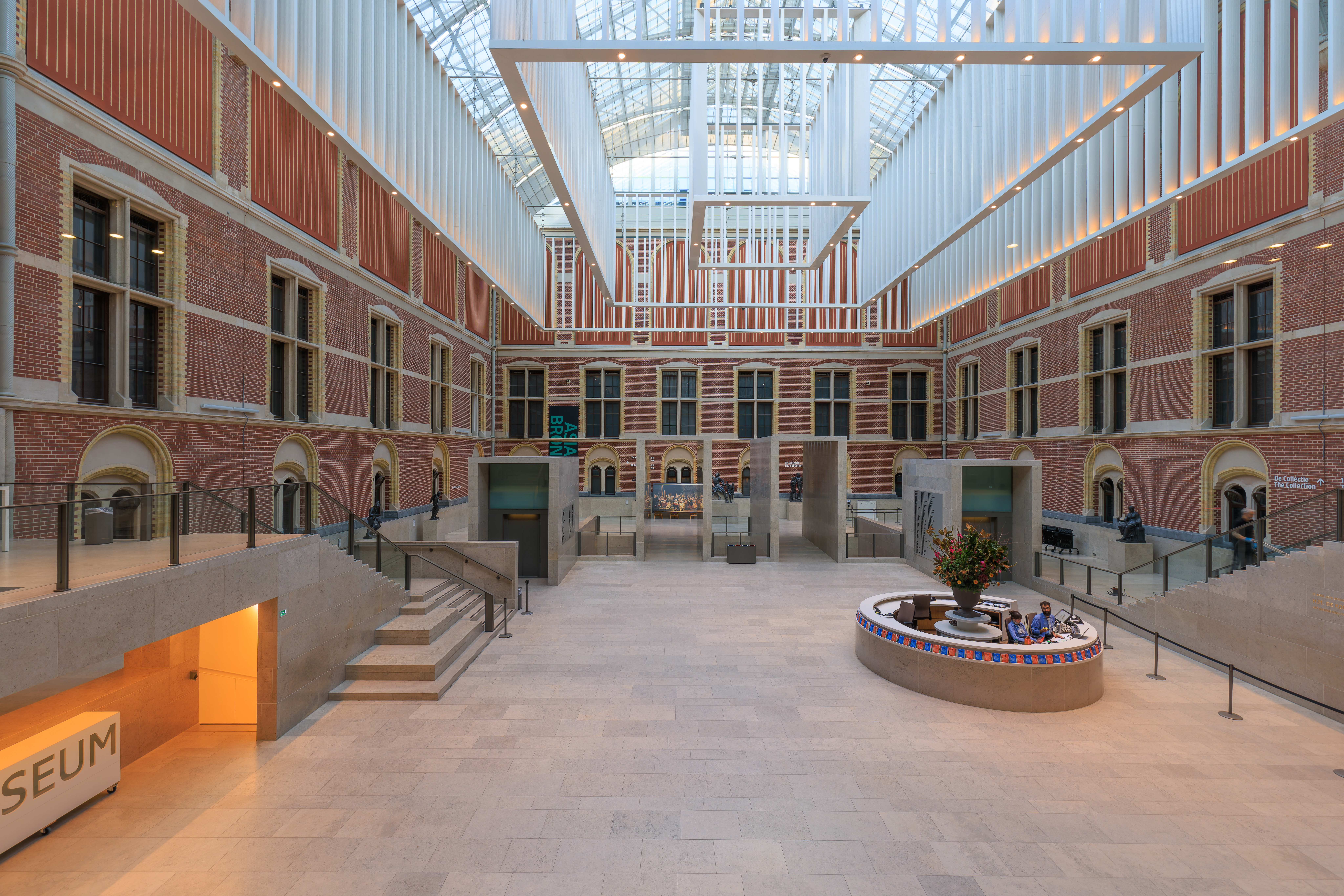After waking up at the Apollo, we had the usual breakfast and headed over to the Rijksmuseum for our timed entry. After spending the morning there, we had lunch at the Albert Cuyp Markt before visiting the Van Gogh Museum, where we stayed until closing time. We ended the day with a Suriname cuisine dinner followed by a walk back to the Apollo.
Morning

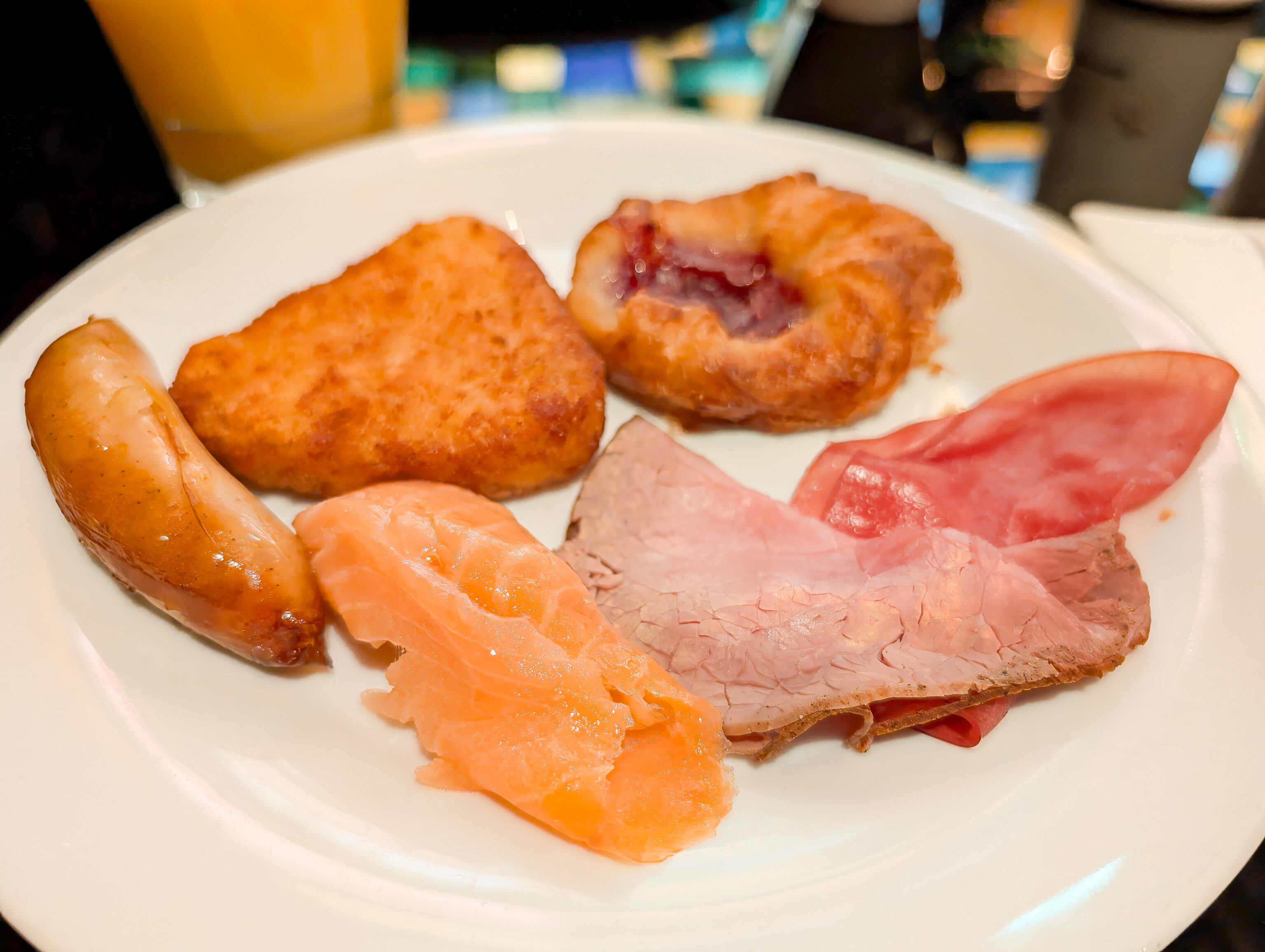
This is our last full day in Amsterdam! After waking up at the Apollo Hotel in Amsterdam, we had breakfast at the buffet. By now, we’re pretty familiar with the offerings!
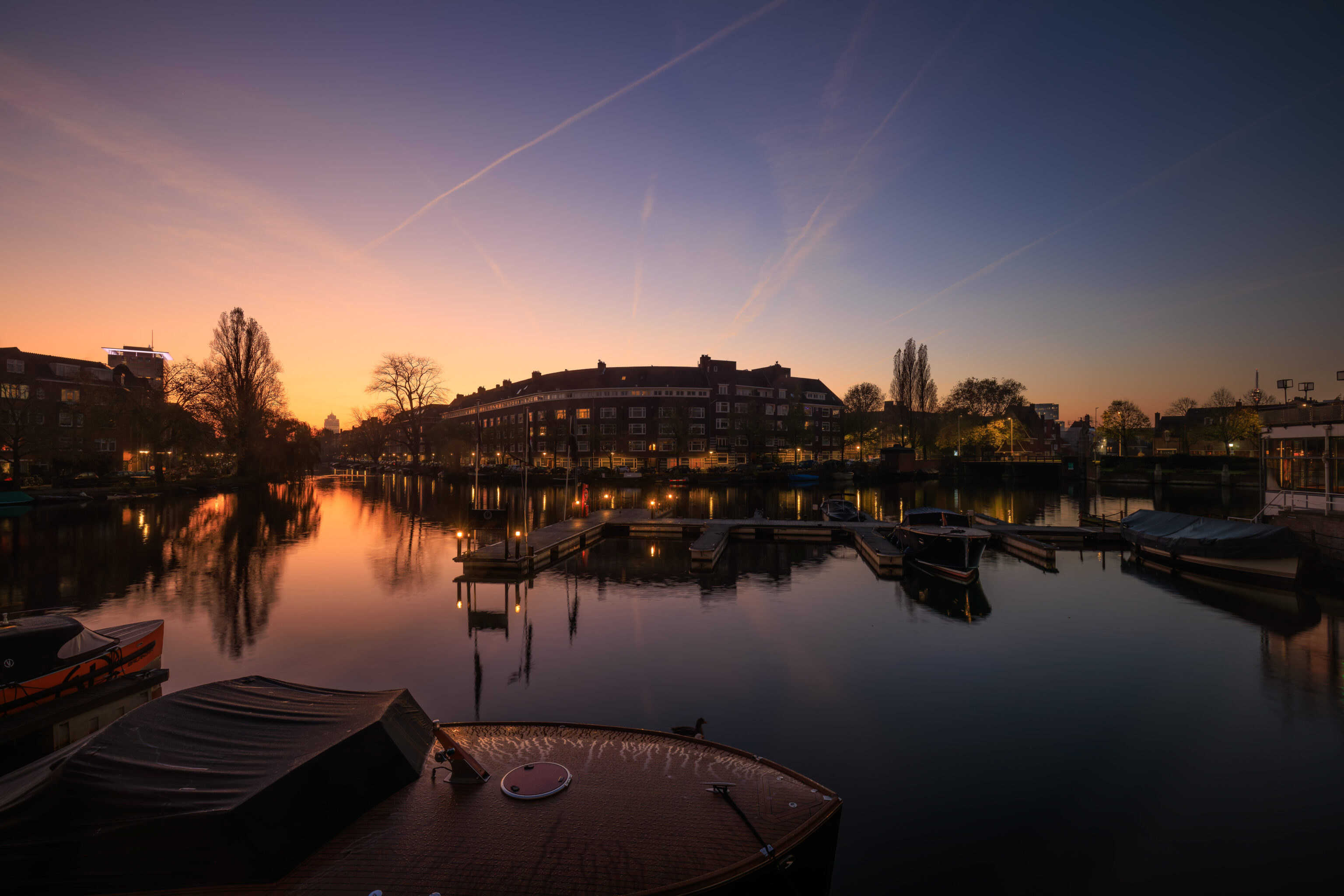
We finished breakfast before viewing sunrise from our canalside room!
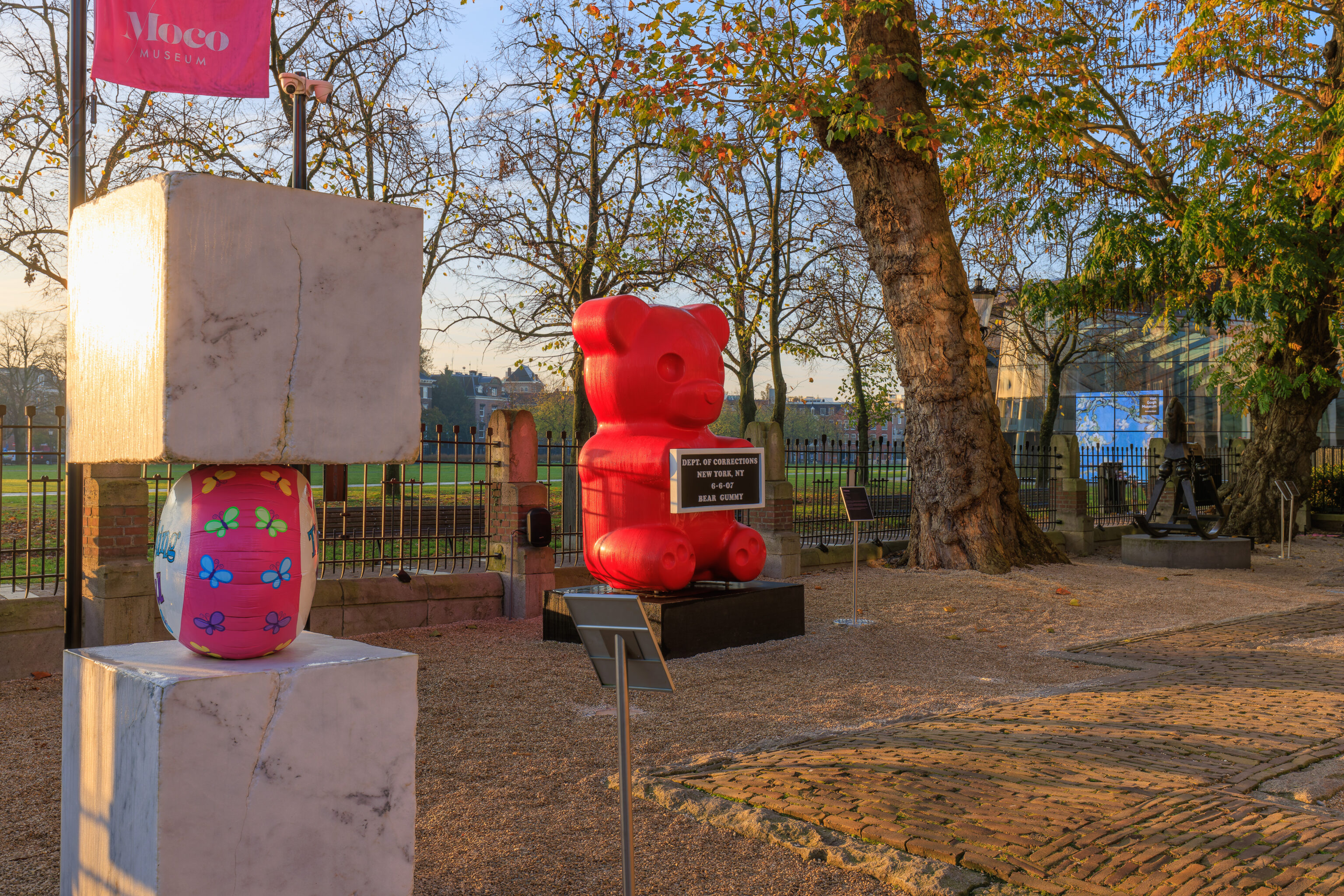
We took tram line 5 over to the Museumplein stop. From there, we started to walk to the nearby Rijksmuseum. We actually noticed this gummy bear at the Moco Museum the other day. The sign the gummy is holding reads:
Dept. of Corrections
New York, NY
6-6-07
Bear Gummy
This appears to be part of the WhIsBe‘s Vandal Gummy series of sculptures.
Rijksmuseum

After passing by the gummy, we saw our destination to the left!
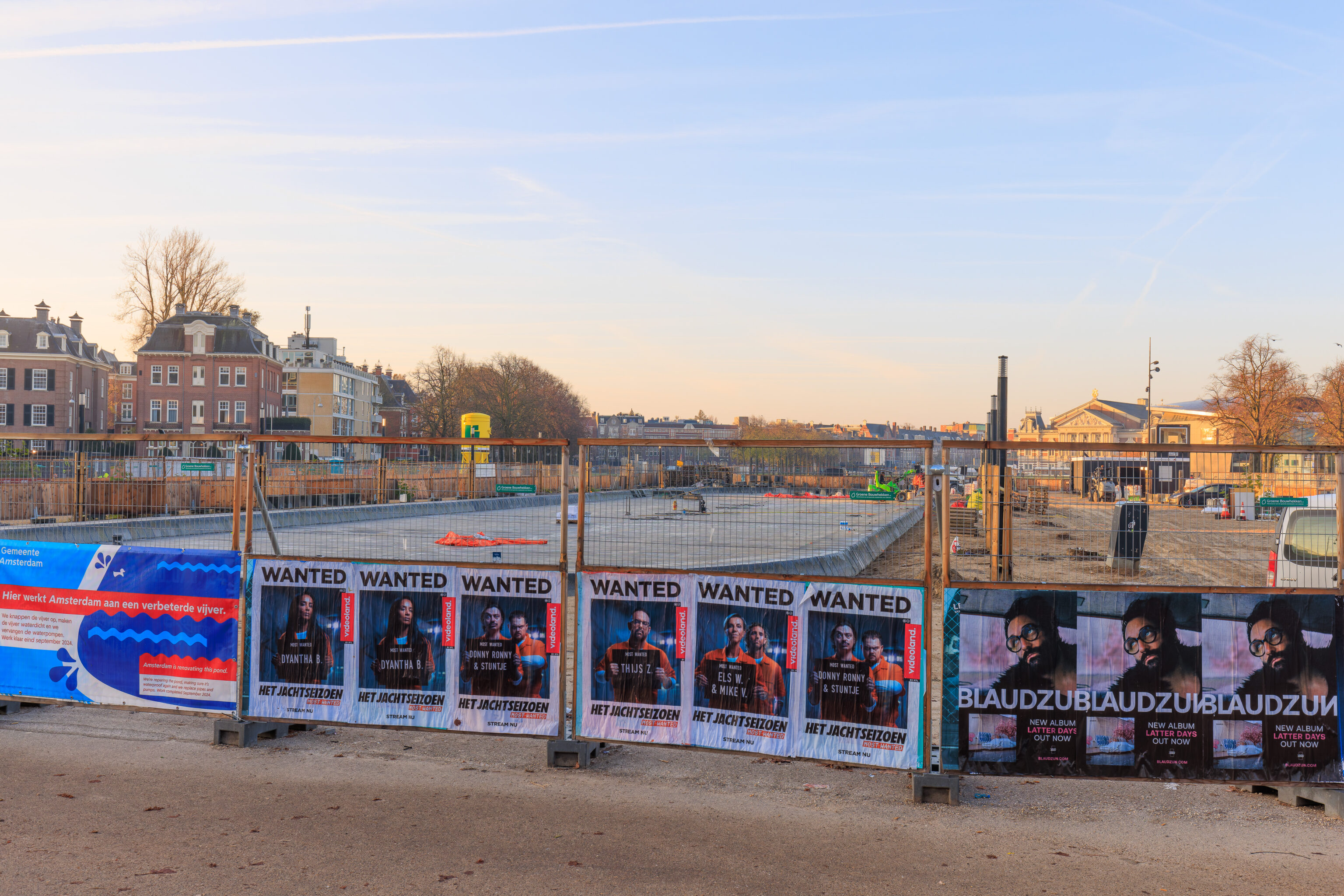
There is some construction activity going on by the museum.

We noticed some art on the exterior of the Rijksmuseum.

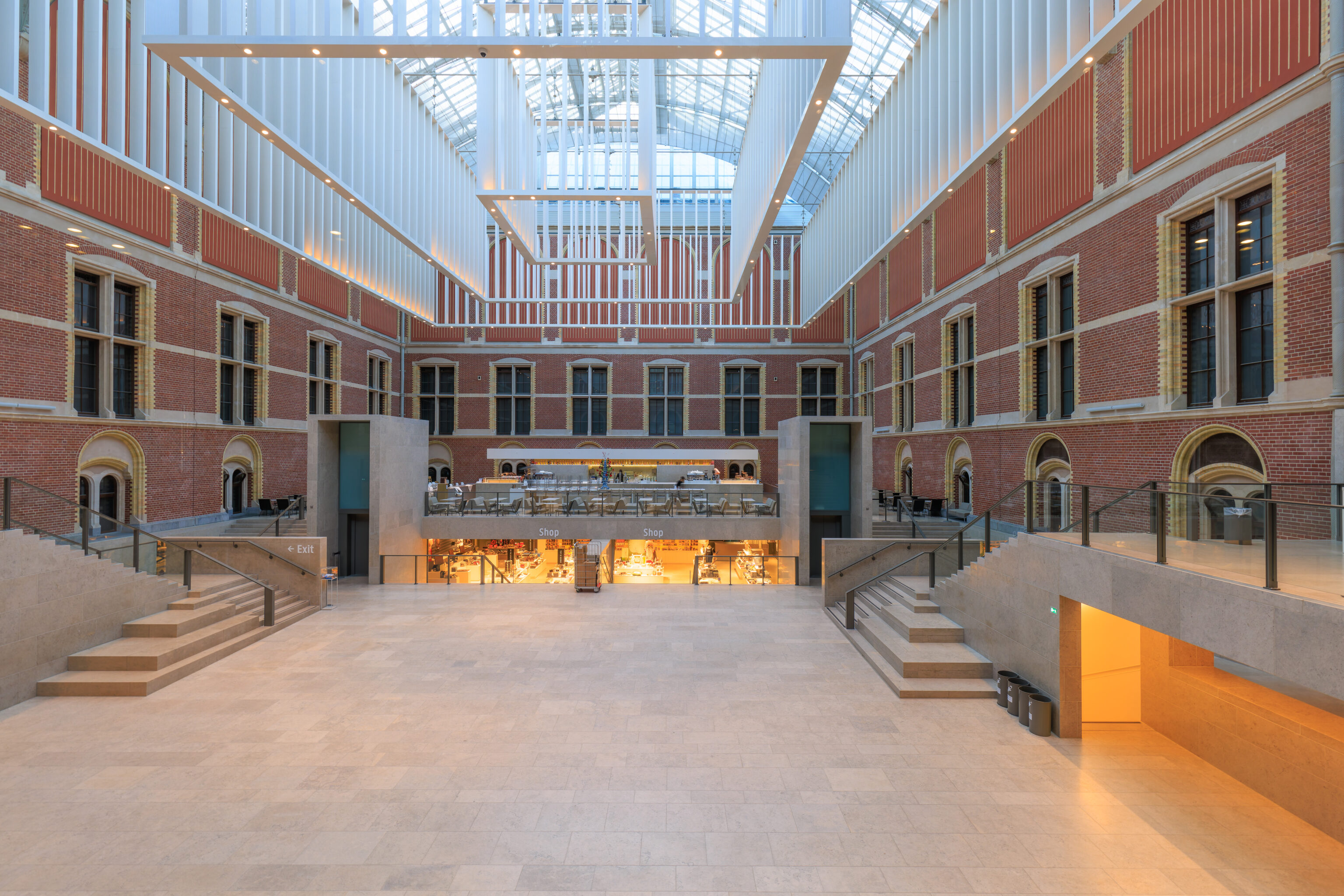
Our timed entry tickets were for opening time at 9am. We were about 15 minutes early. We were able to look into the museum lobby area through the windows by the entrance doors.
We picked up a map on entry. The most useful feature of this map is that it displays a number of paintings, presumably, the most famous of the collection.

This sculpture was in the lobby area. There is something more interesting to the left though!

Its Donald Duck? And friends? What is going on here! This is a quacky version of Rembrandt’s Night Watch, which is here in the museum.

We started out by going to the special exhibition, which is currently Asian Bronze. On the way, we encountered this Japanese kimono from the early 20th century.

These light fixtures hanging from the ceiling flutter up and down, a bit like jellyfish.
A bit if Internet sleuthing reveals that this installation consists of five Shylights made by Studio Drift.



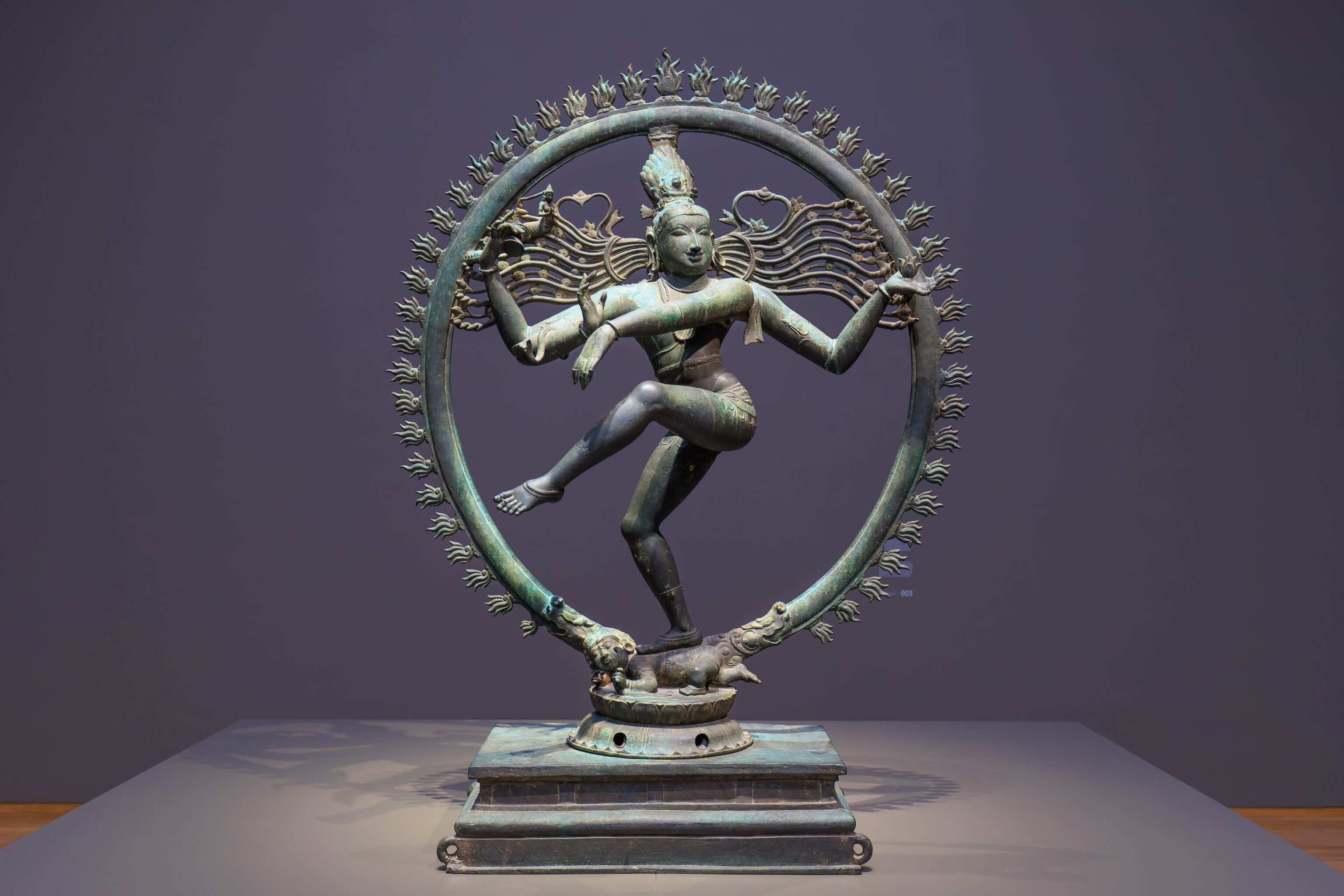

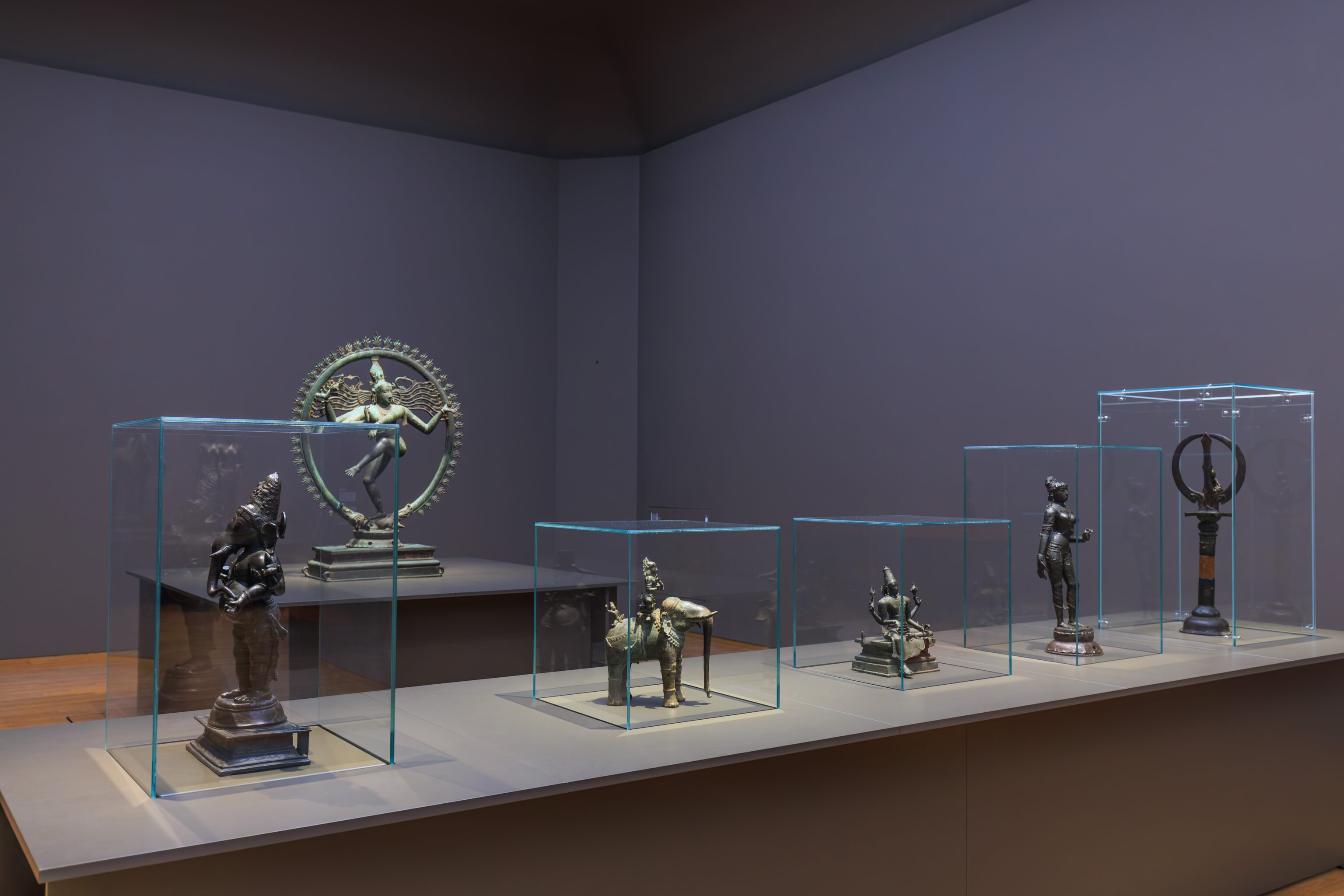




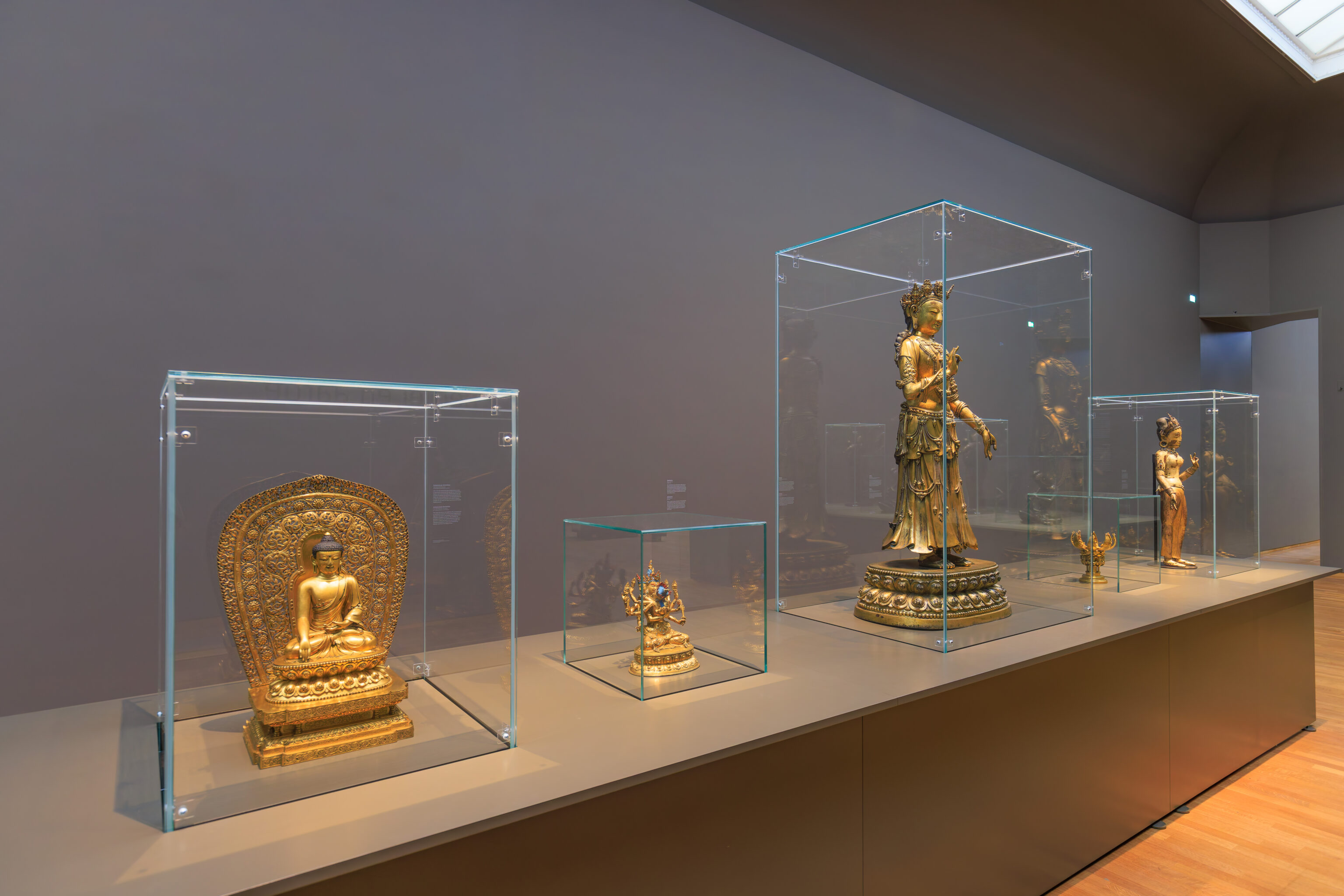

We quickly walked through this special exhibition section of the museum. There were quite a few beautiful pieces to see, however, there is only so much time in a day and we aren’t really here in Amsterdam to see Asian art!

This bell is from China and was made in the 8th century BCE. It’s old!
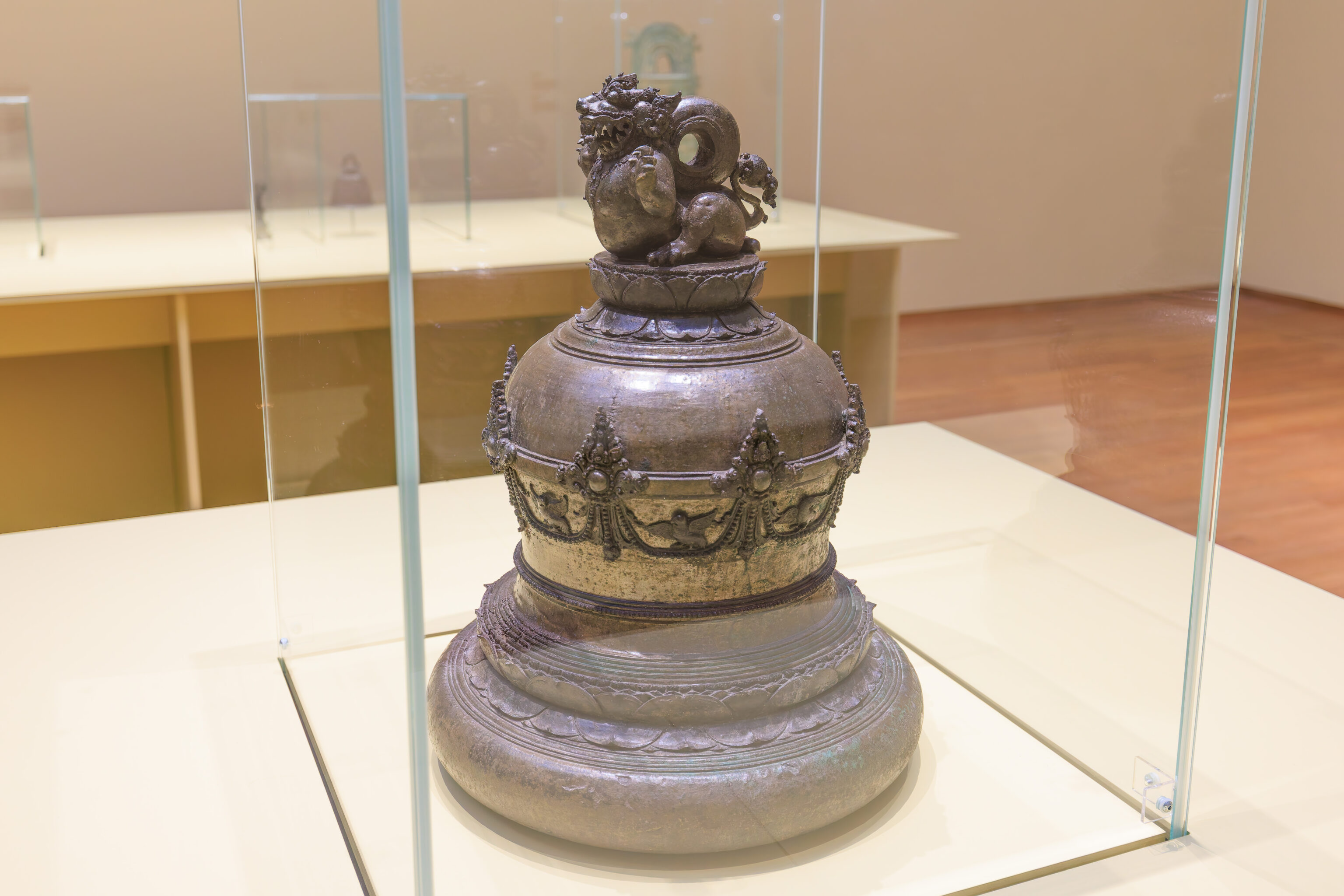
We unfortunately didn’t photograph the sign for this particular piece. The dragon on top has a sort of resemblance to Bowser, King of the Koopas. But of course, Bowser is a turtle and this seems to be a dragon!

Like the first bell above, these nine bells are from China in the 8th century BCE.

The probably not Bowser artifact along with the nine bells in the background.


These two items on the table are magic mirrors created by Yamamoto Akihisa in 2024. They are based on Edo period (1603 – 1868) designs which will project a hidden image in reflected light. The mirrors, like these, may show Buddhist images but reflect Christian images. At the time, Christianity was illegal so this was a way to hide outlawed religious imagery.



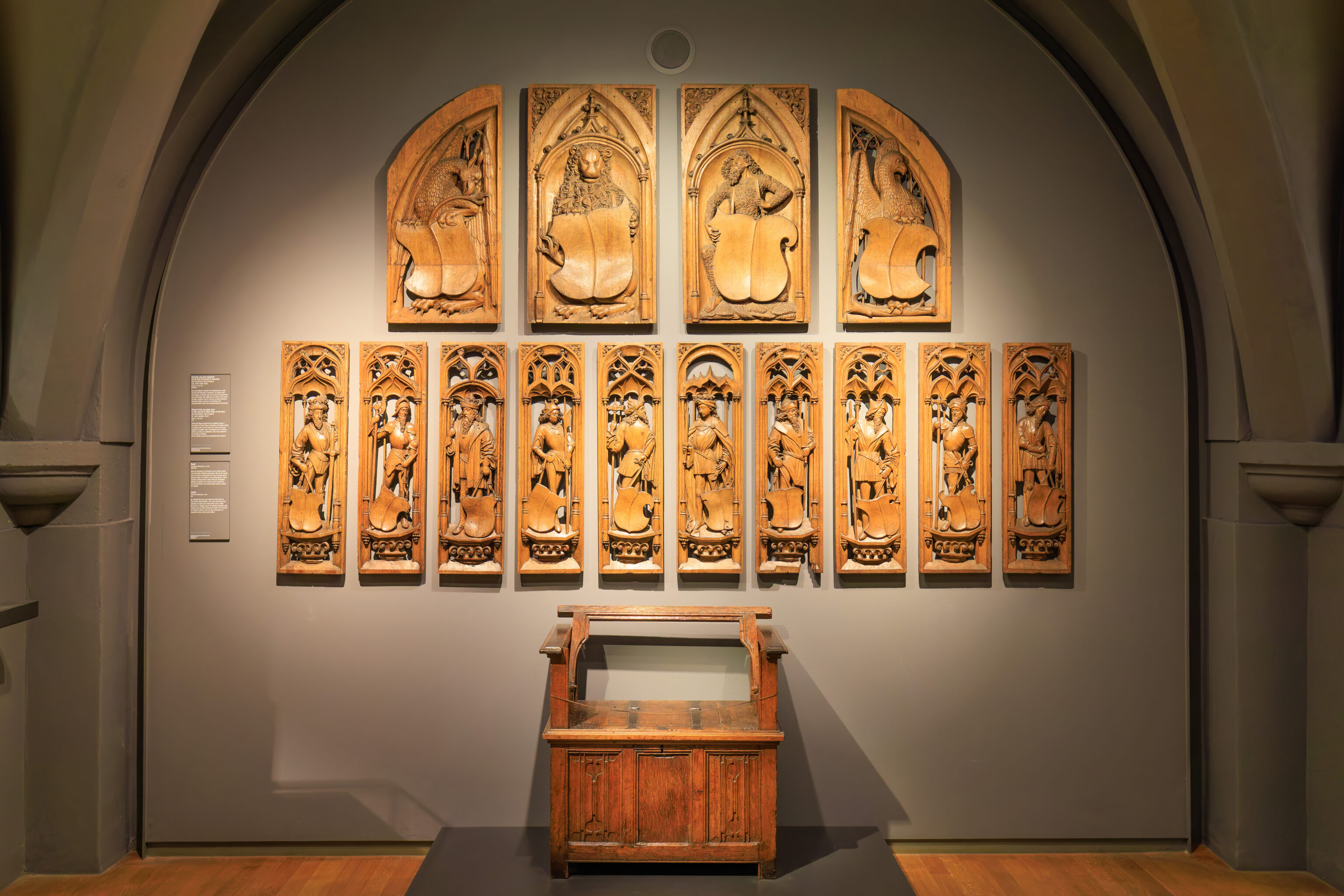
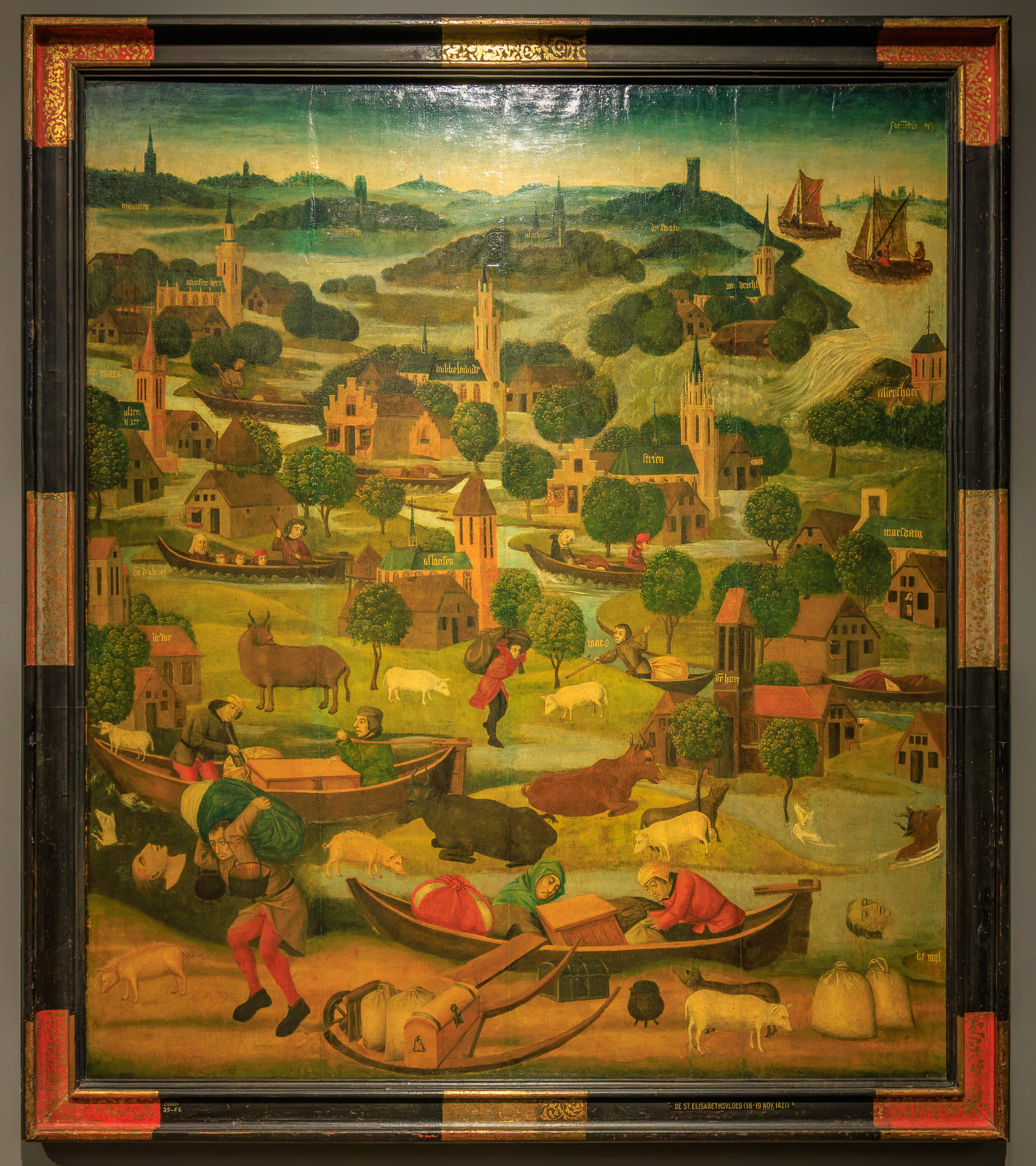
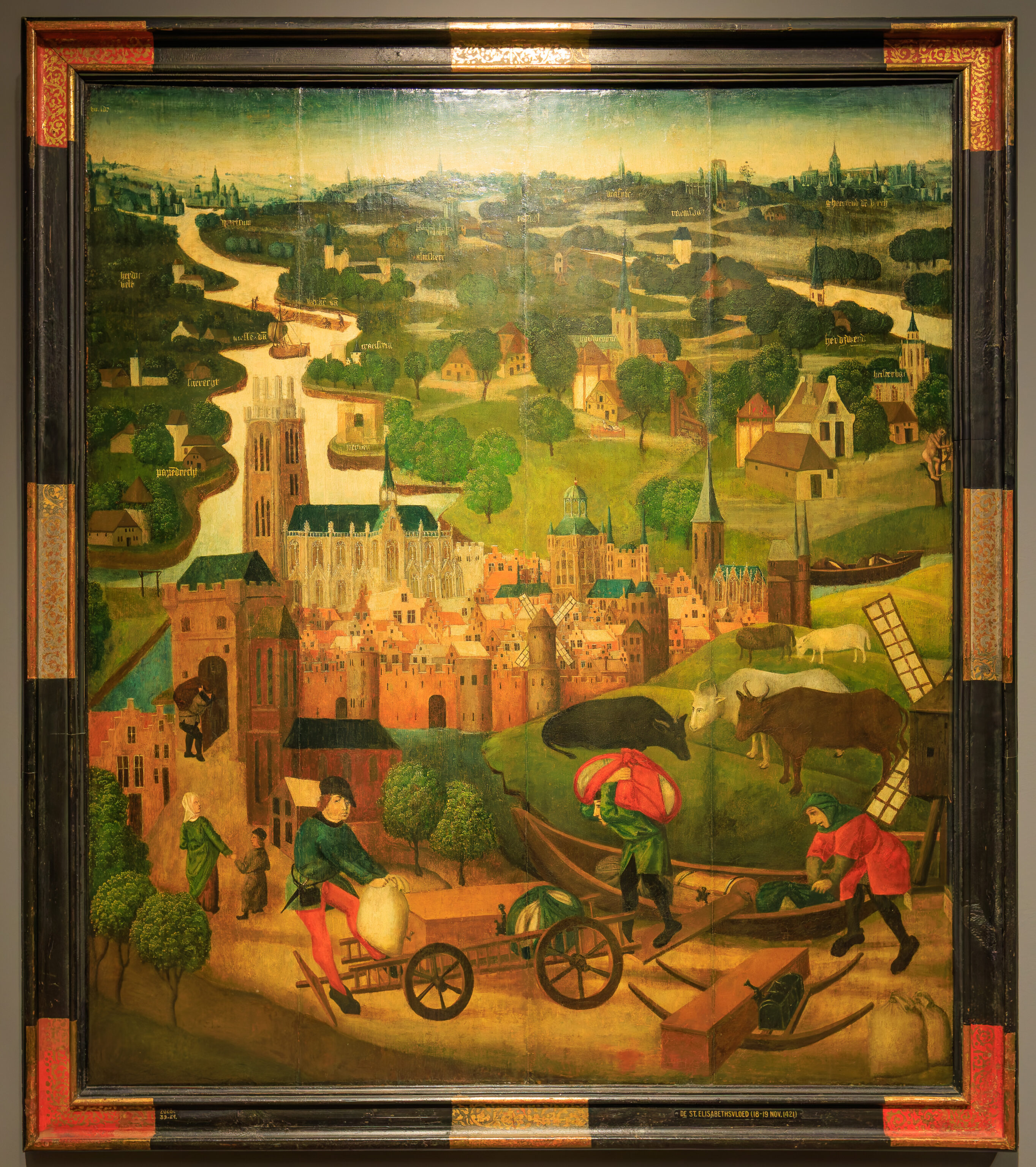



After exiting the Asian Bronze exhibition, we returned to the main part of the museum to begin our walk through. There are plenty of pieces, many with interesting descriptions on their associated signs. There is too much to write about each that we photographed individually.
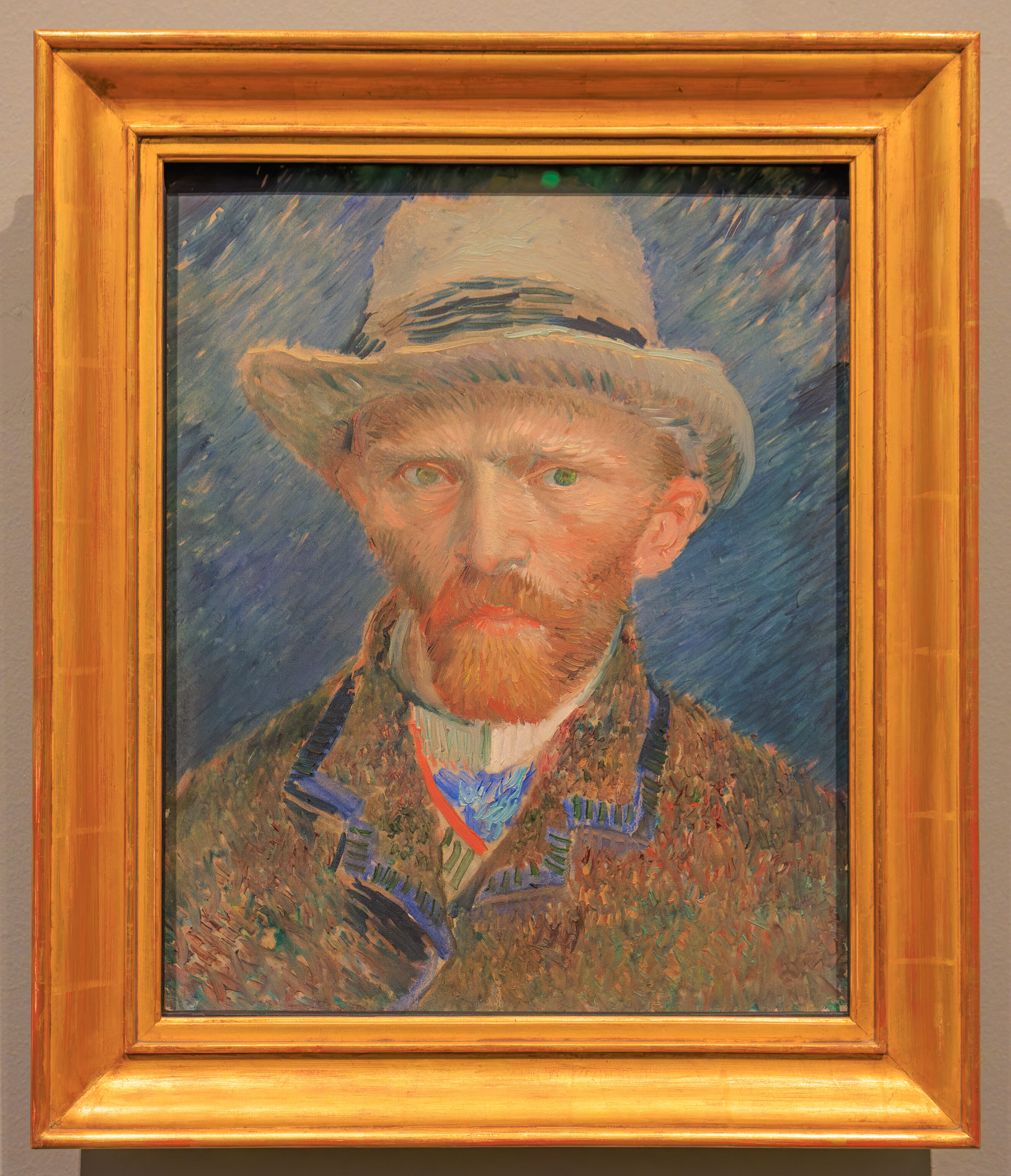
We will be visiting the Van Gogh Museum later in the day. However, the Rijksmusem does have some of his paintings. This particular self-portrait is in room 1.18 and is featured on the museum map. He painted this piece in a new colorful style from France that he heard about from his brother Theo.
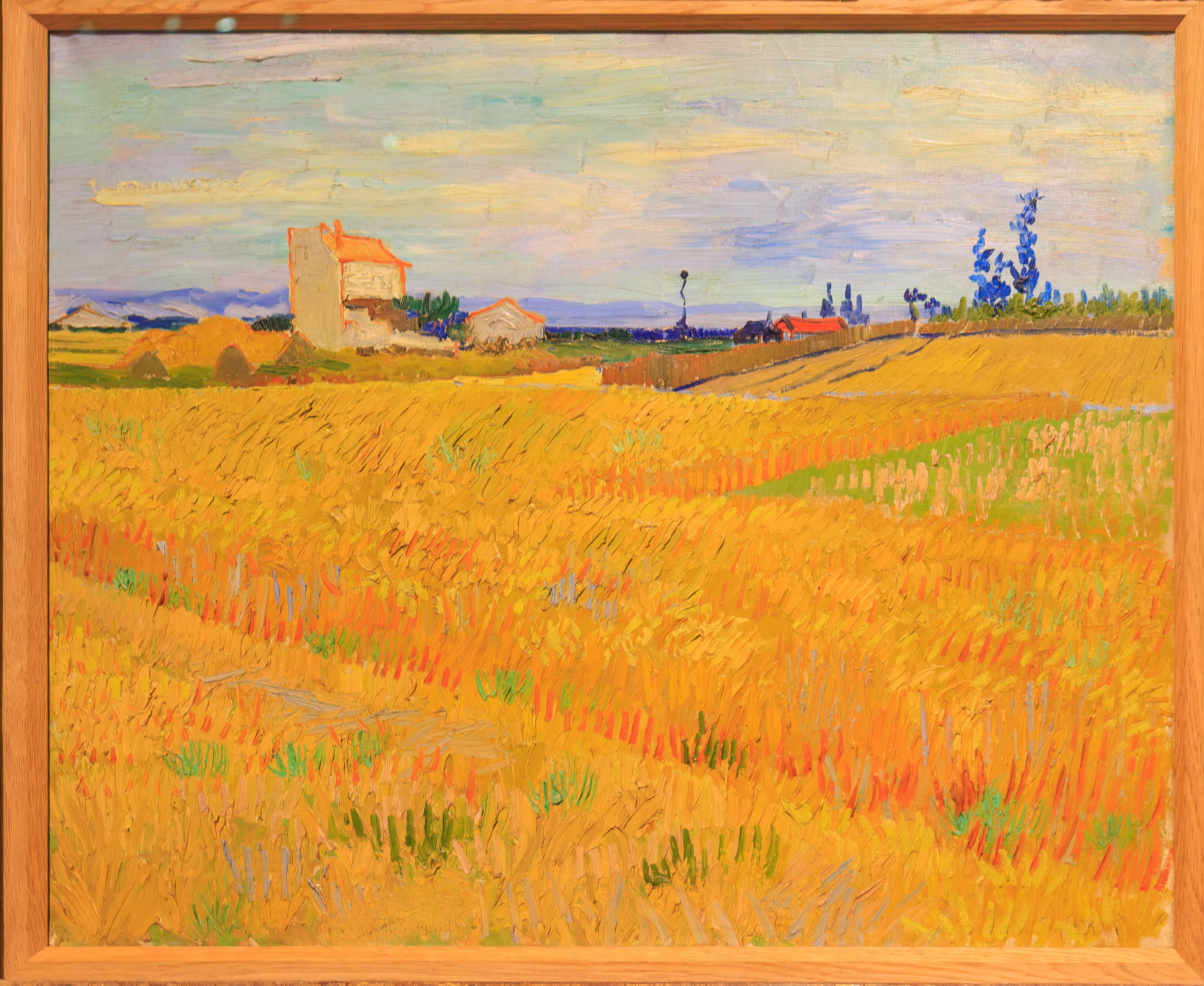
Another painting by Van Gogh showing a wheatfield based on what he saw in southern France.
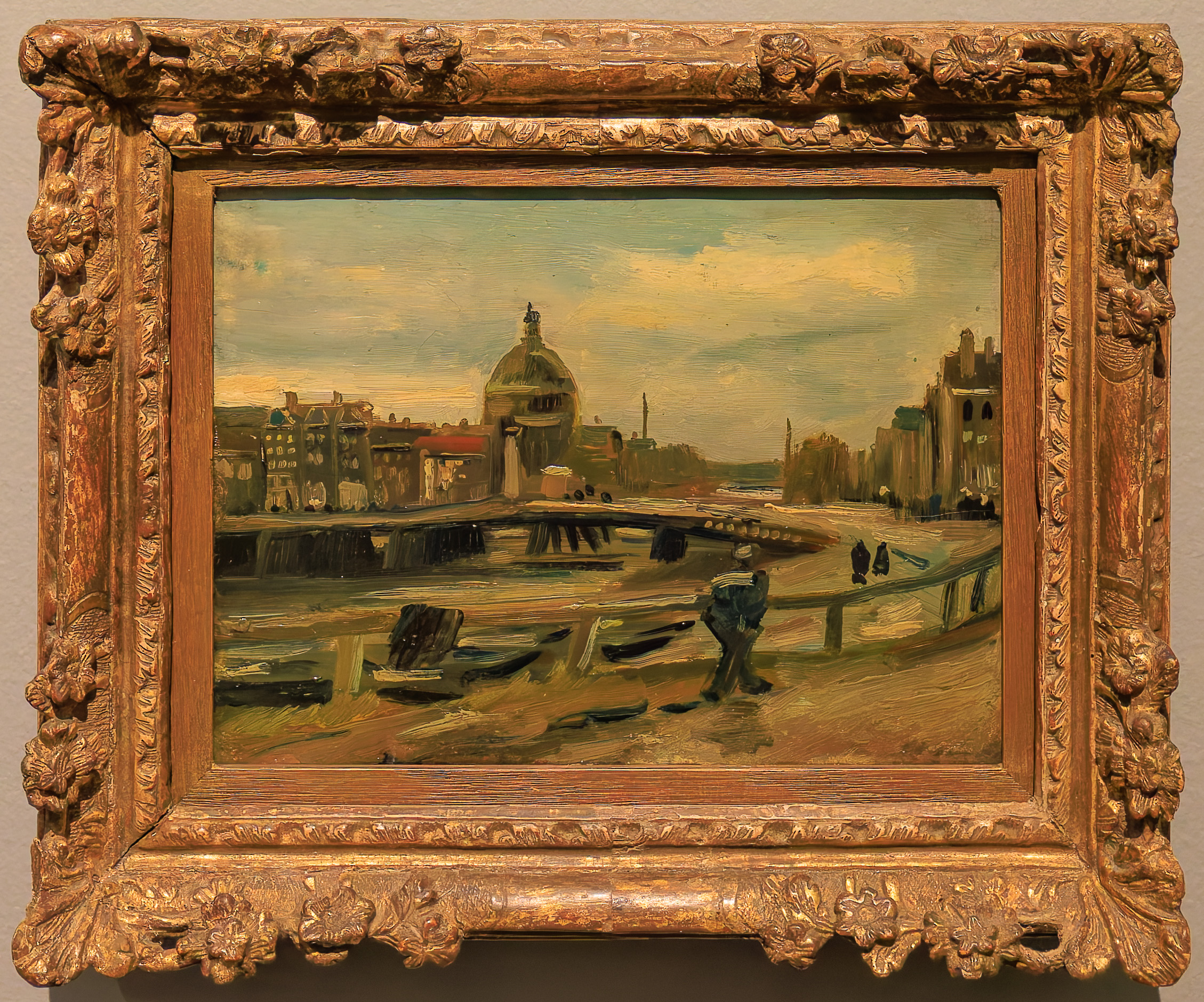
This painting by Van Gogh depicts the Lutheran Church here in Amsterdam. This seems to be the Ronde Lutherse Kerk (Round Lutheran Church) and is also referred to as the Koepelkerk. This building is currently used as an event space for the Renaissance! We had considered staying here, however, recent reviews have been mixed and there are renovations taking place. We walked by this building and probably this scene on our first day here in Amsterdam!
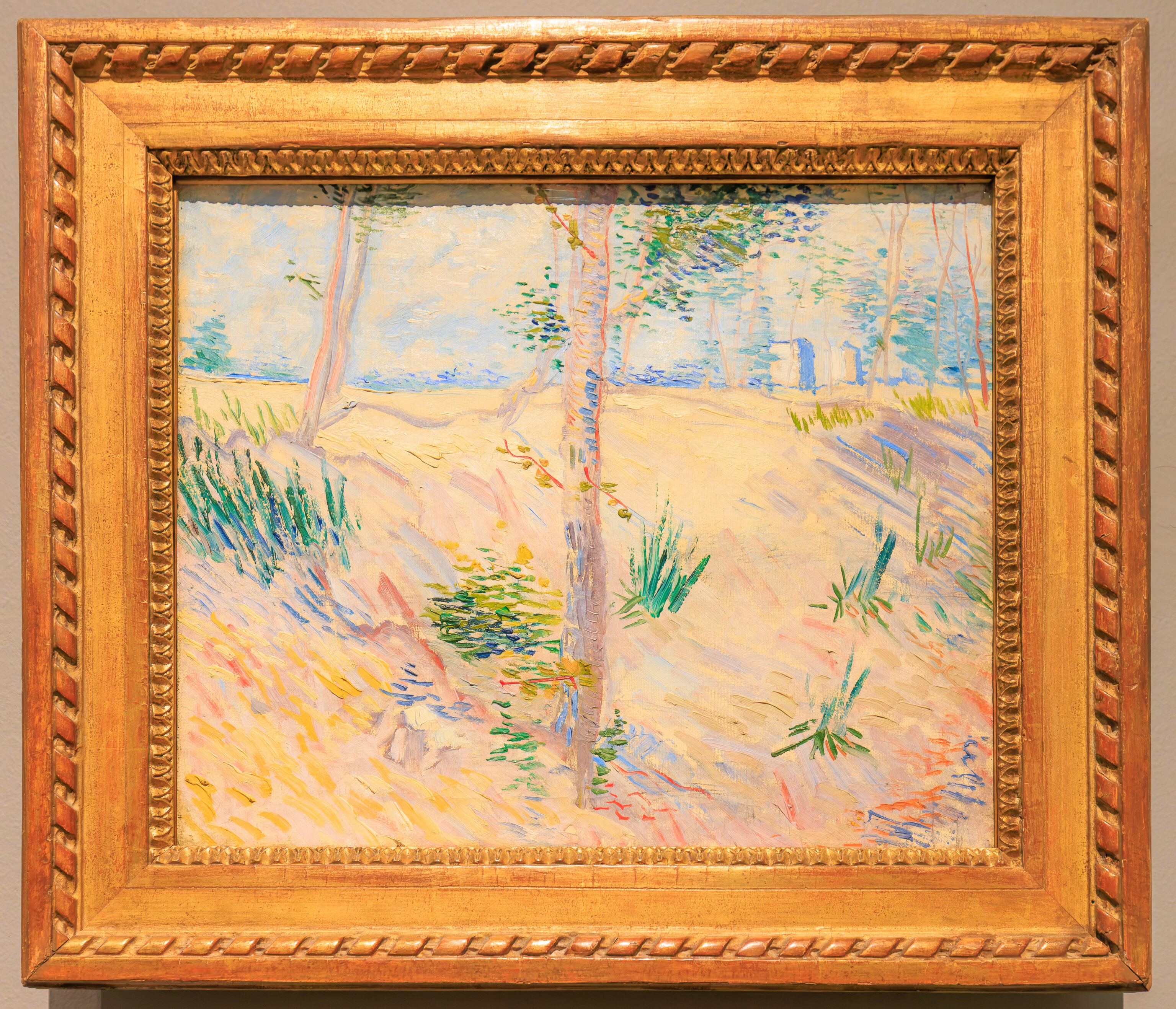
Another painting by Van Gogh from his time in France as he was experimenting with the colorful French impressionist style.




…

The subject of this painting is Geesje Kwak, a sixteen year old housemaid in Amsterdam. The artist, Breitner, made thirteen paintings of girls in kimonos as he was inspired by Japanese prints that he had collected.

This painting was very lifelike and is one of the few in the museum made by a female artist. It is featured on the map for room 1.18 along with the Van Gogh self-portrait.
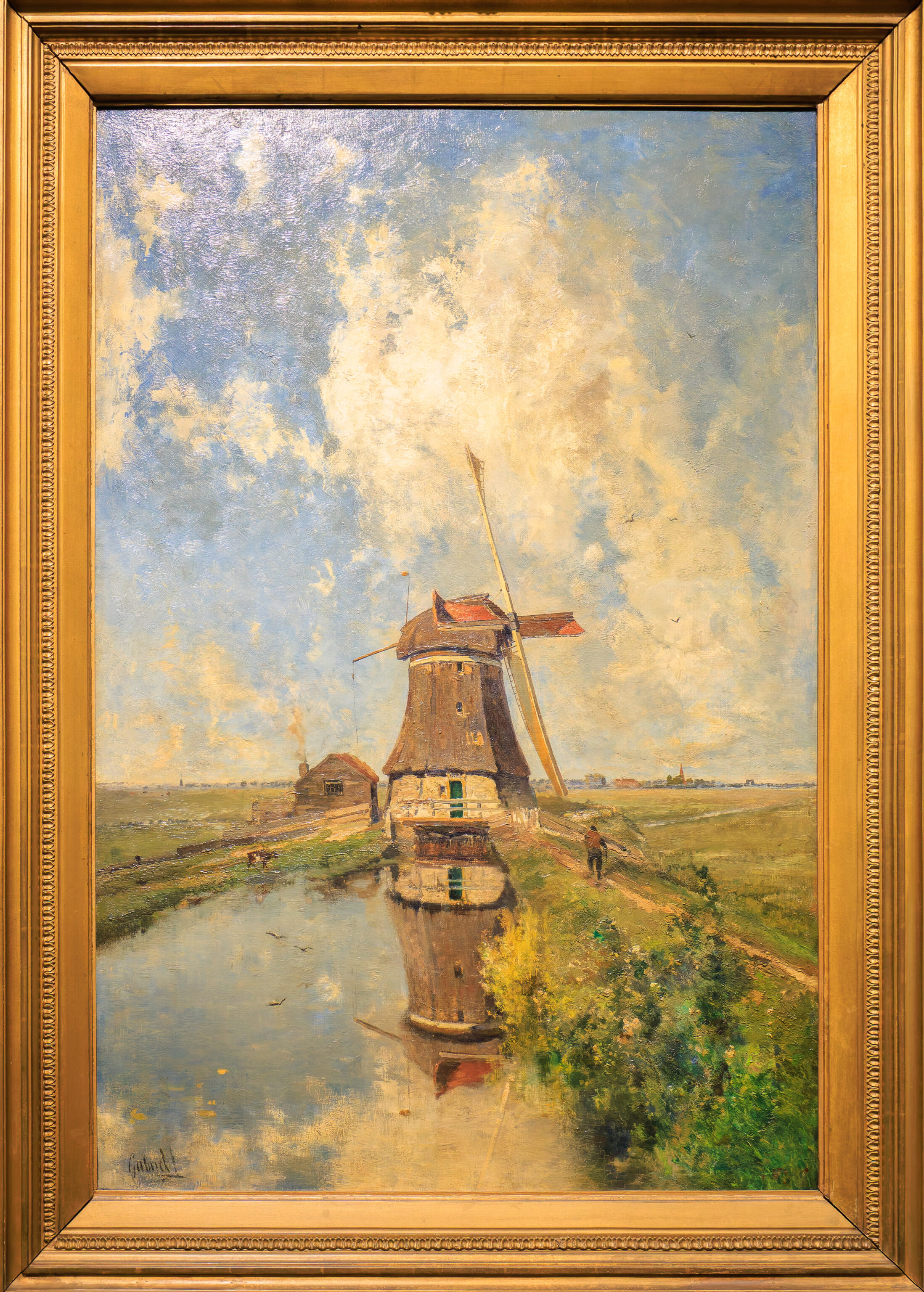
This lifelike painting of a windmill is also featured on the map for room 1.18. It is very reminiscent of what we saw at Kinderdijk

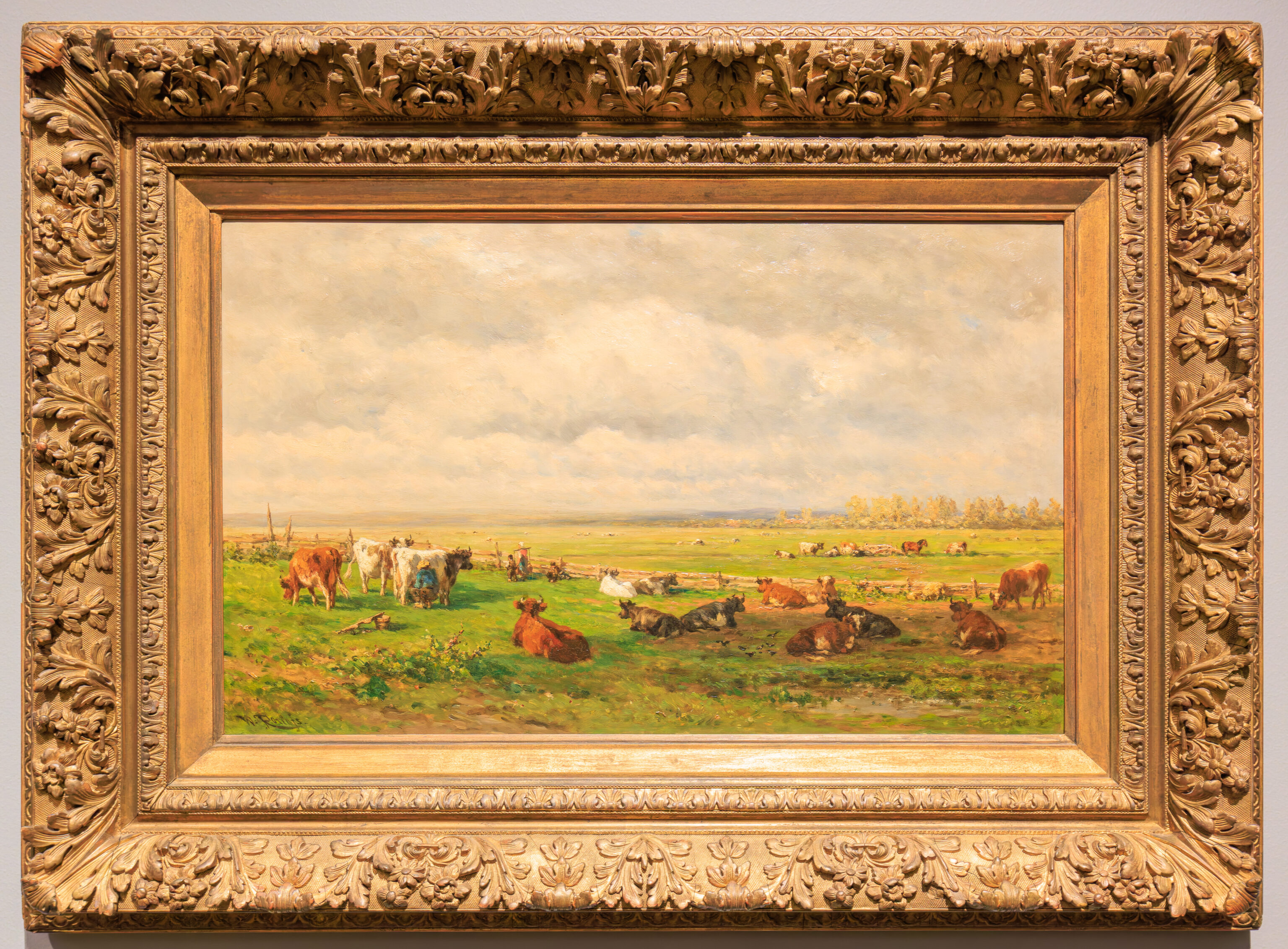
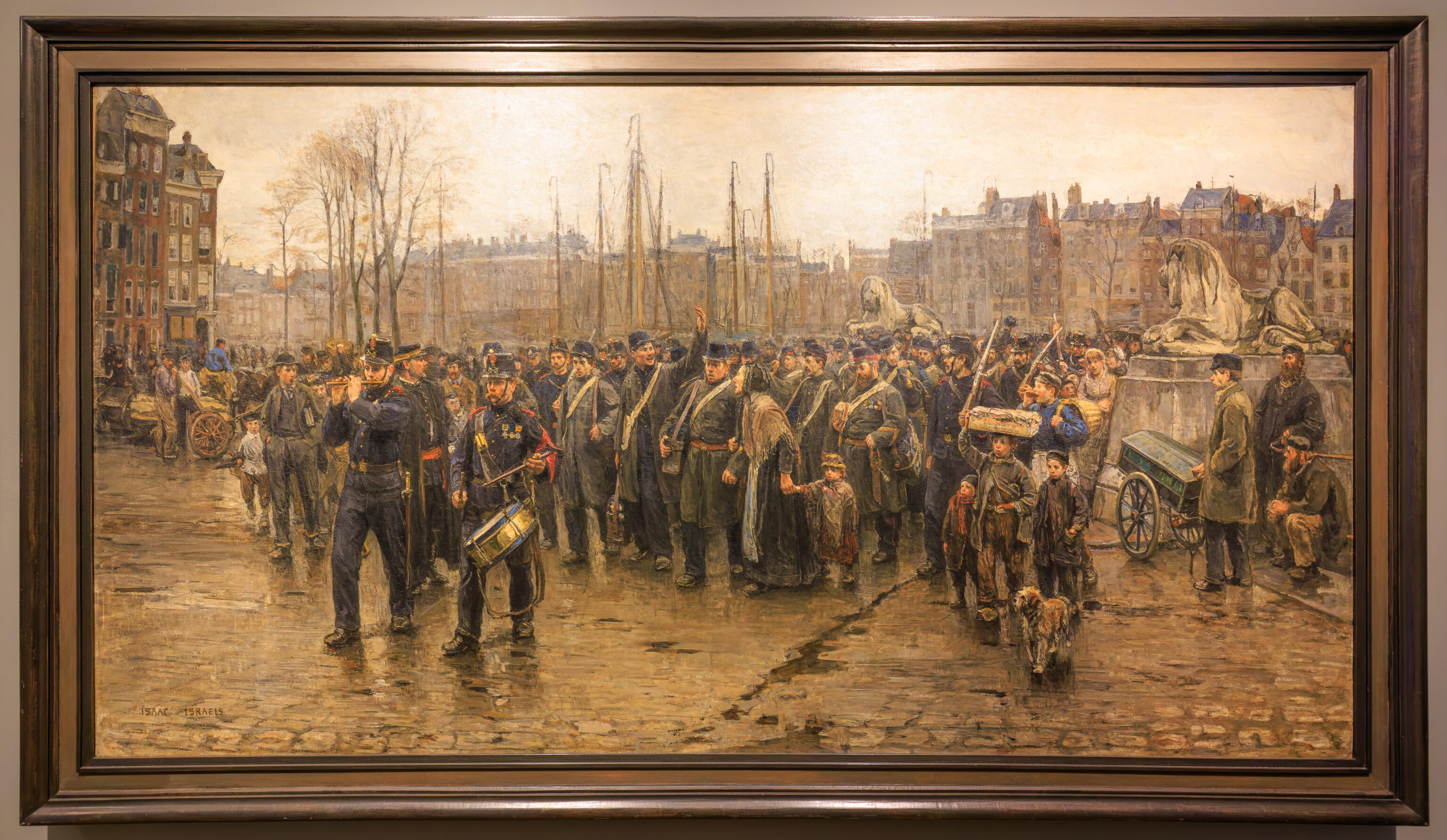
…
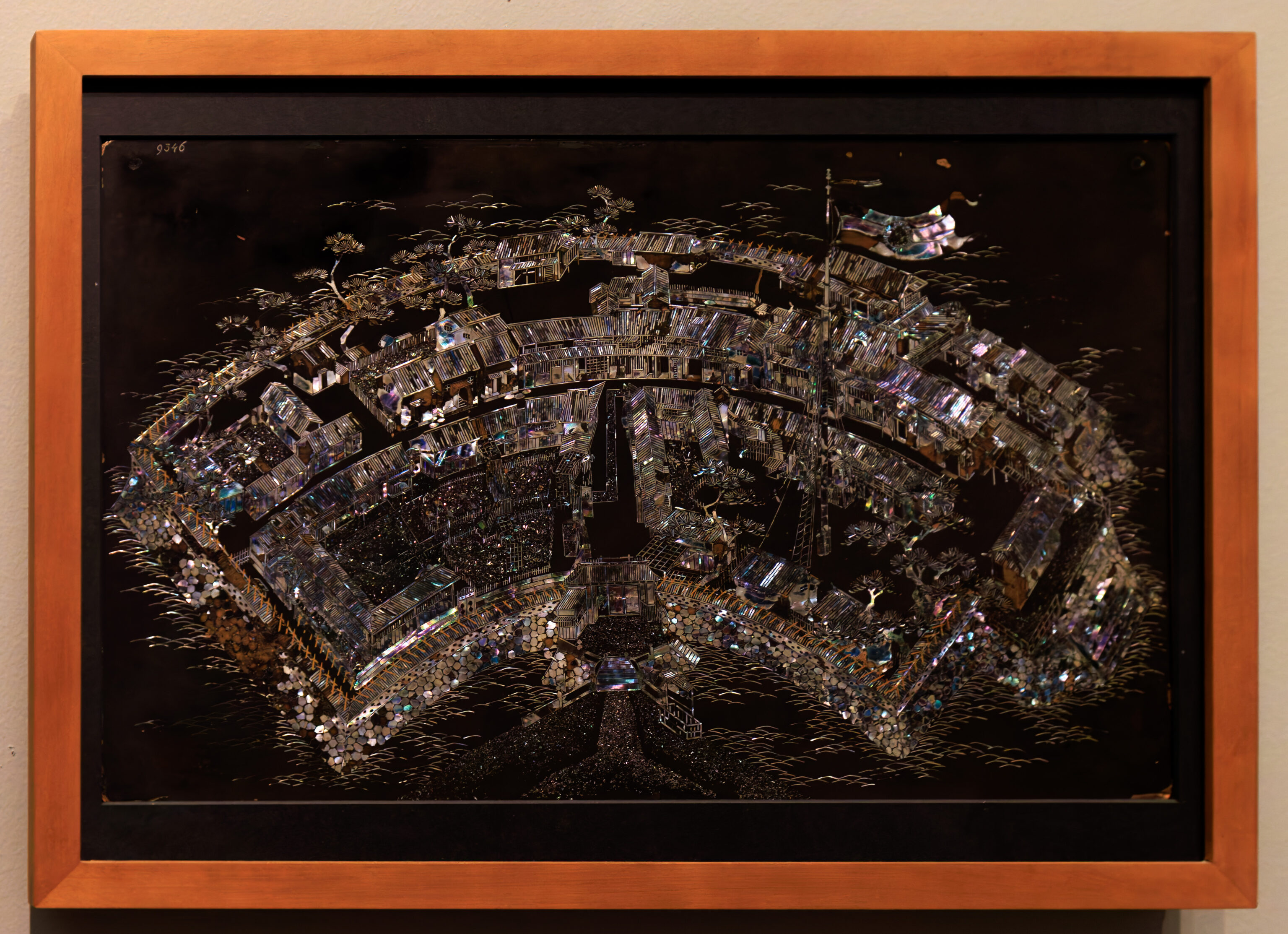
This particular work is interesting because it is quite different from everything else we’ve seen. It is a lacquer panel from Japan that depicts an artificial island at Nagasaki which was at the time the only part of Japan open to Westerners. During the time when this piece was created, the Dutch had exclusive access to trade with Japan via this island.

This painting depicts a Dutch ship used to ensure the Dutch had access to trade with Japan.
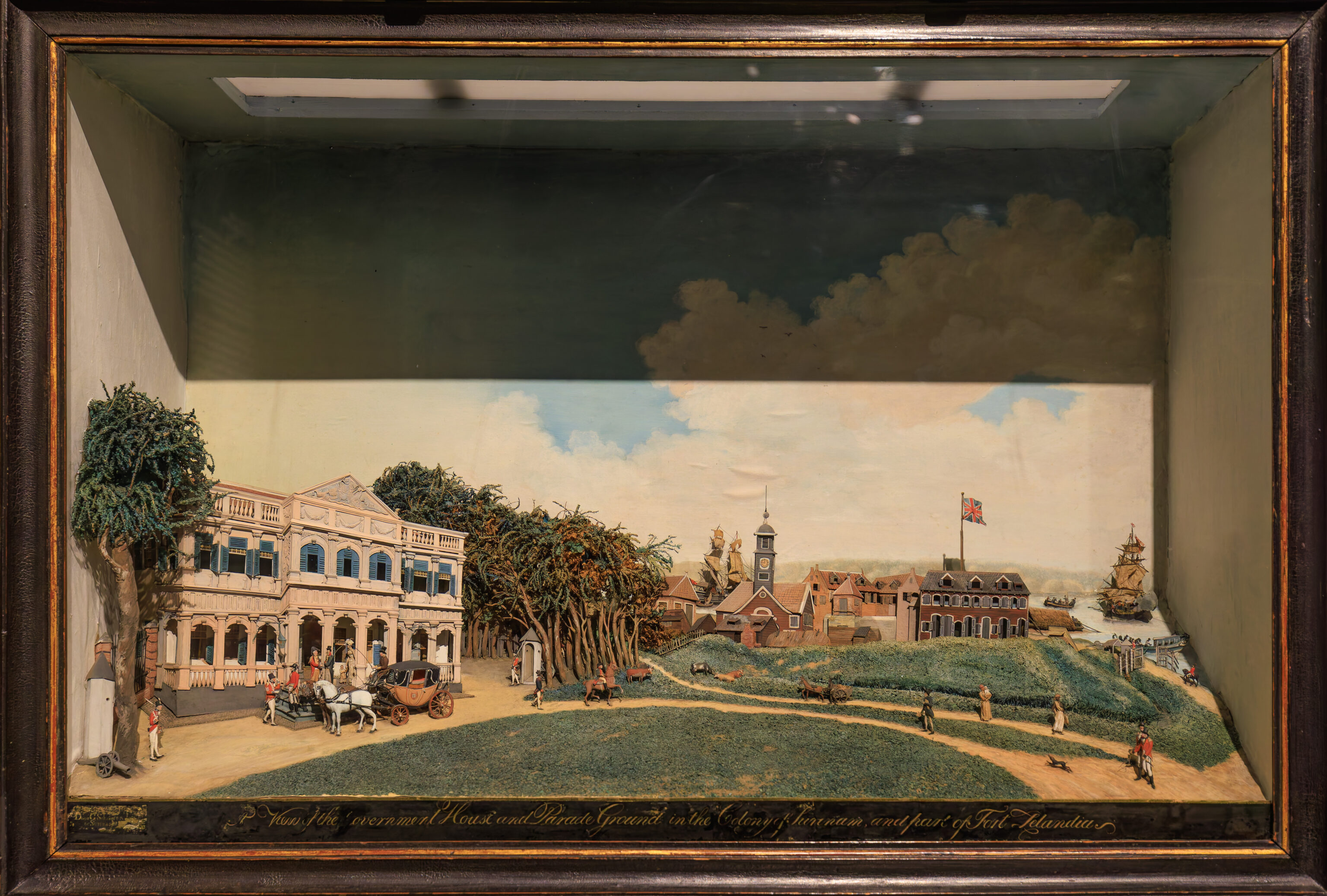
This item is interesting as it is not a painting but a diorama! It depicts Paramaribo, Suriname when it was under British control. Suriname was a Dutch colony, other than a few years when it was occupied by the British.

Continuing on the colonial theme, this is kettle that was used on a sugar plantation in Suriname to boil sugar cane juice. As this was the Americas, this was done by slave labor.

The ceilings here are a bit reminiscent of what we’ve seen in various castles and other historic buildings around Europe.

The sugar trade was also important to the Dutch colony in what is now Indonesia.


More colonial art…
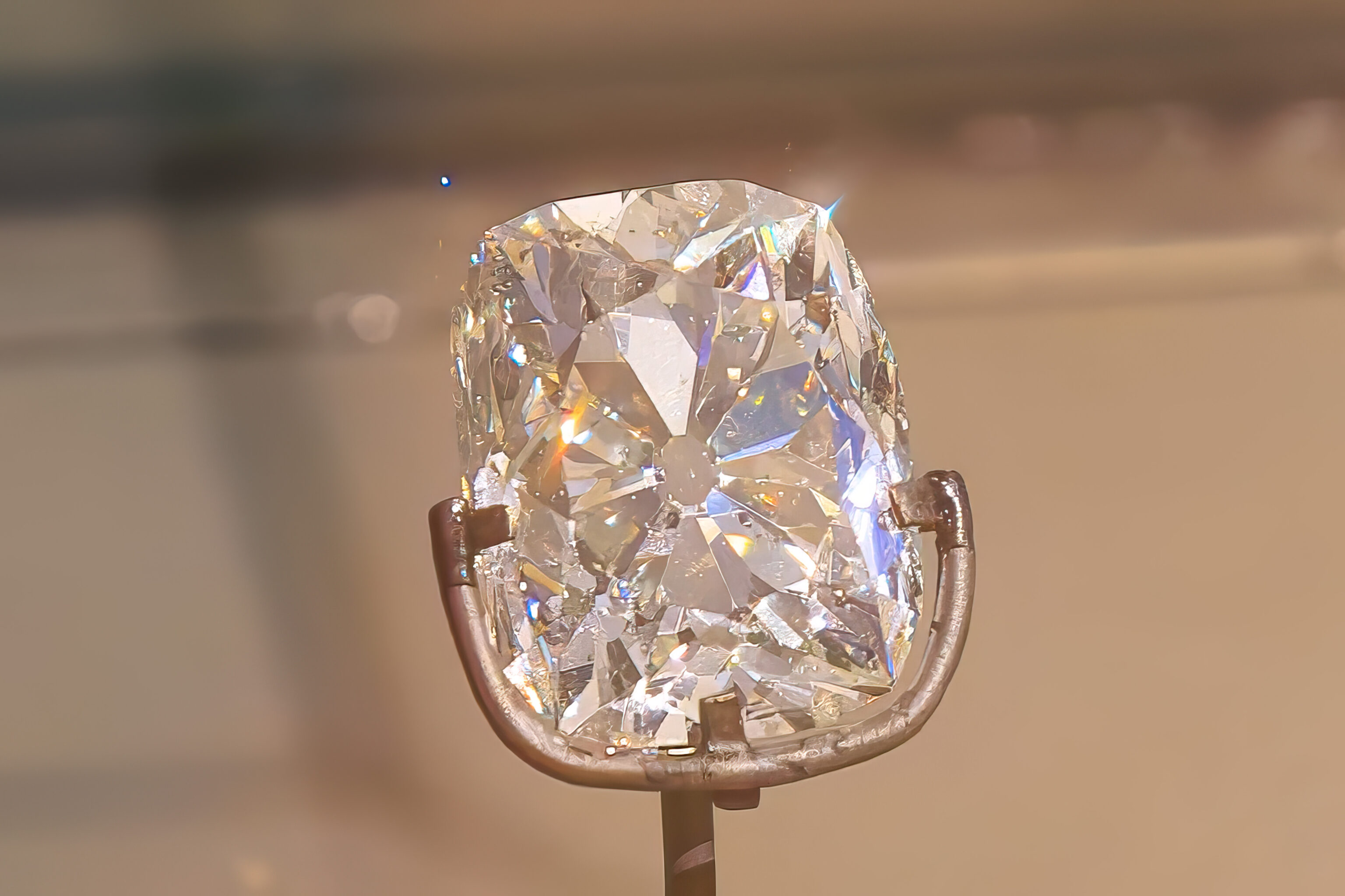
This diamond was stolen by the Dutch from what is now Kalimantan, Indonesia.

These five paintings depict Javanese court officials and are featured on the map for room 1.17. The depiction of these officials is described as accurate.
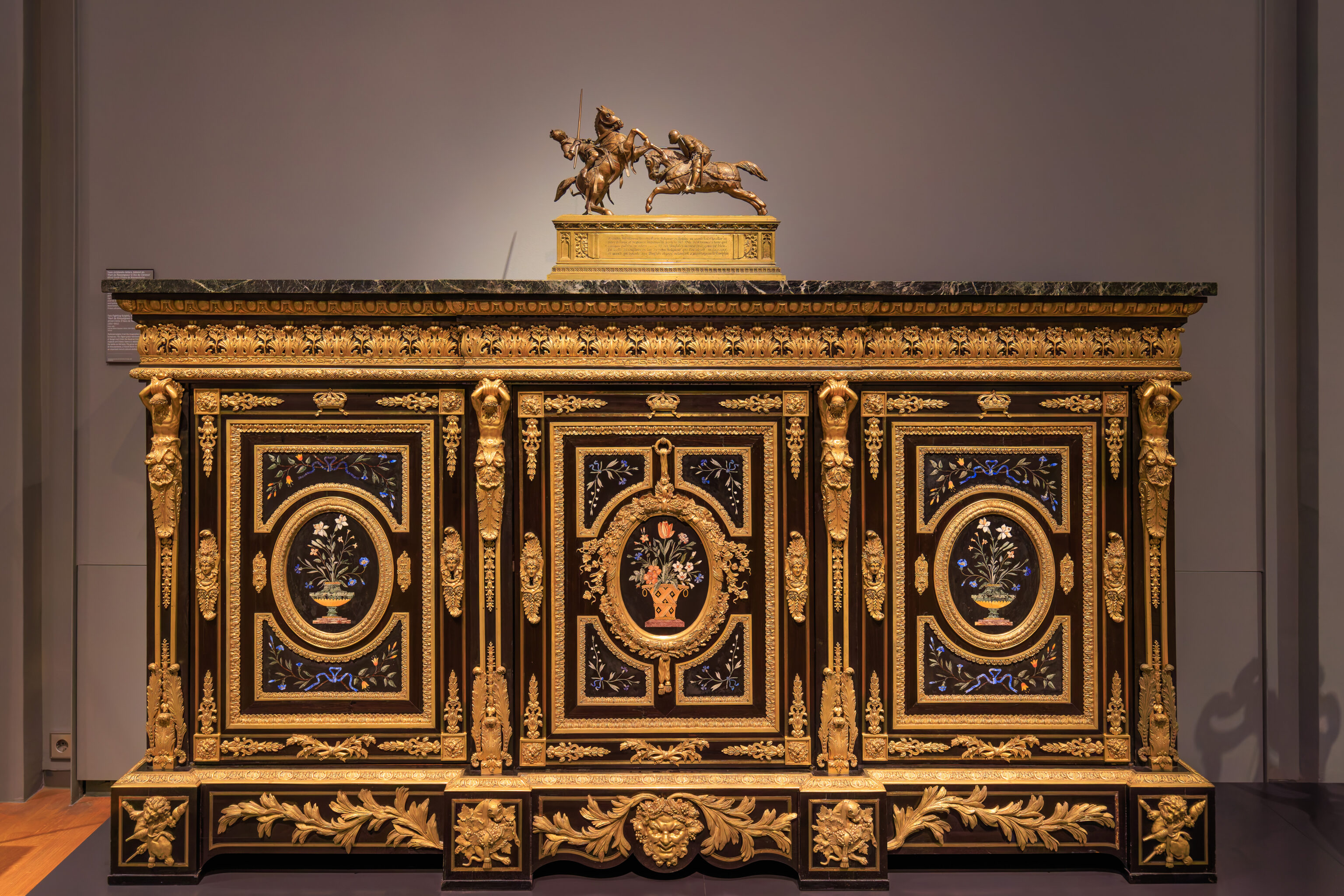
This fancy cabinet was owned by King William II.

A very Dutch scene!

This painting is notable as it features a cat! It is also only the second piece here that we photographed that was created by a woman.

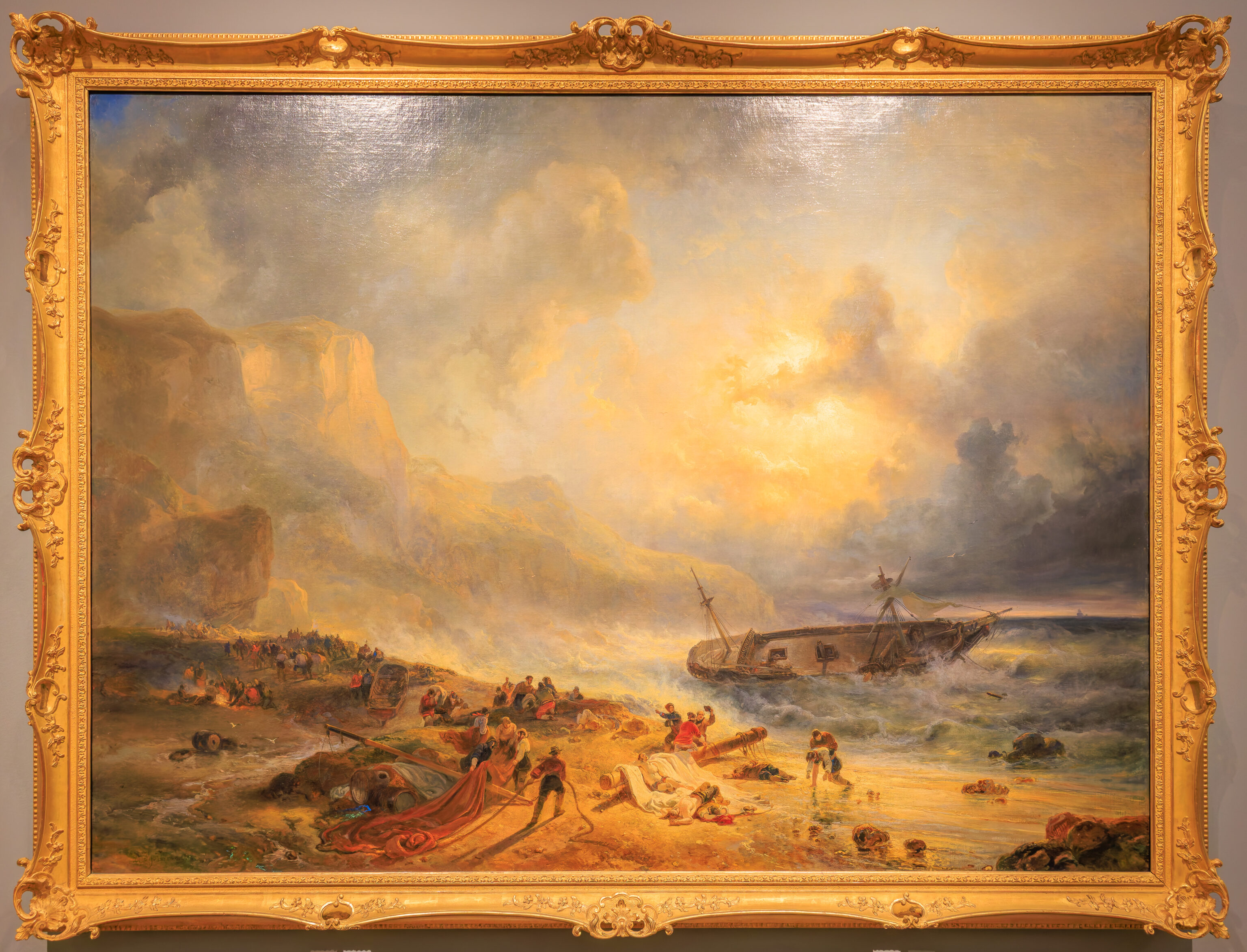
…
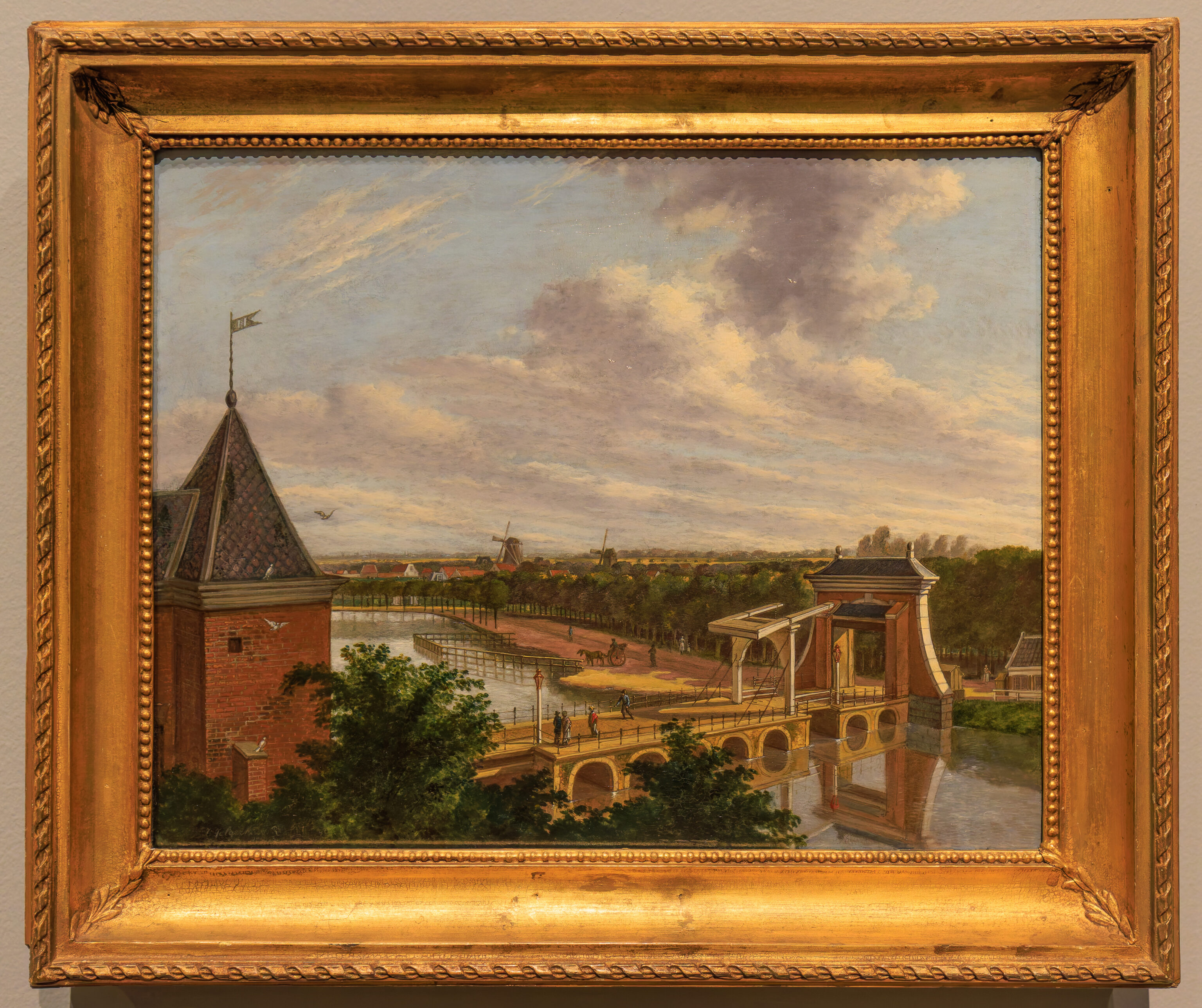
This painting is notable as the Rijksmuseum was built more or less at windmill on the left.

This sculpture depicts Sleeping Beauty. Yes, that Sleeping Beauty, though it predates Disney by many decades!

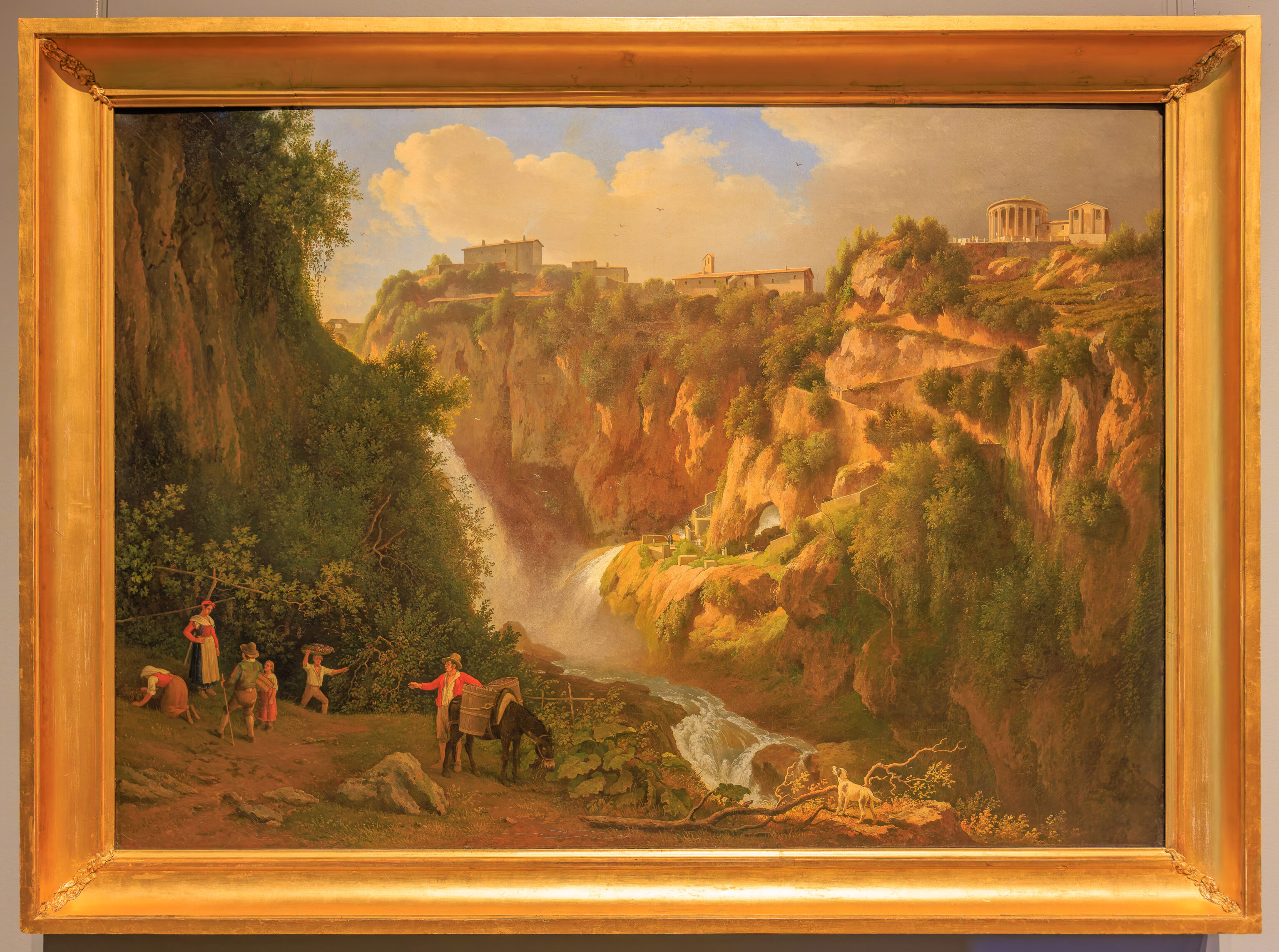
…

This huge painting depicts Arthur Wellesley, the Duke of Wellington, at the Battle of Waterloo. There is a wounded man at the bottom left. That is the Dutch Crown Prince, who will become King William II. This painting was going to go to Wellington but ended up being purchased by King William I who bought it for his son. This painting is featured on the map for room 1.12 and is the largest painting in the Rijlksmuseum1.

Continuing on, we saw a portrait of King William I.

There was also a portrait of Louis Bonaparte, the brother of the more famous Napoleon. He gained Napoleon in his name at some point and was King of the Netherlands for a few years.

A banner from 1806 for King Louis Napoleon.

Of course, there is a painting of the most famous of the Bonapartes, Napoleon.

This painting depicts a scene in Leiden, between Amsterdam and The Hague, after a ship with 37 tons of gunpowder exploded. There are two notable examples of similar explosions in recent North American history and a whole Wikipedia list of such events.

These pistols are claimed to have been in Napoleon’s possession at the Battle of Waterloo. They are made by Jean Le Page who had a title as the emperor’s gunmaker.

This Rembrandt is probably the most famous painting in the Rijksmuseum. It has quite a long title but is known simply as the Night Watch and is the museum map’s feature image for the Night Watch Gallery. It is currently undergoing research and conservation under an effort named Operation Night Watch.

Compare with the Donald Duck version that we saw earlier!
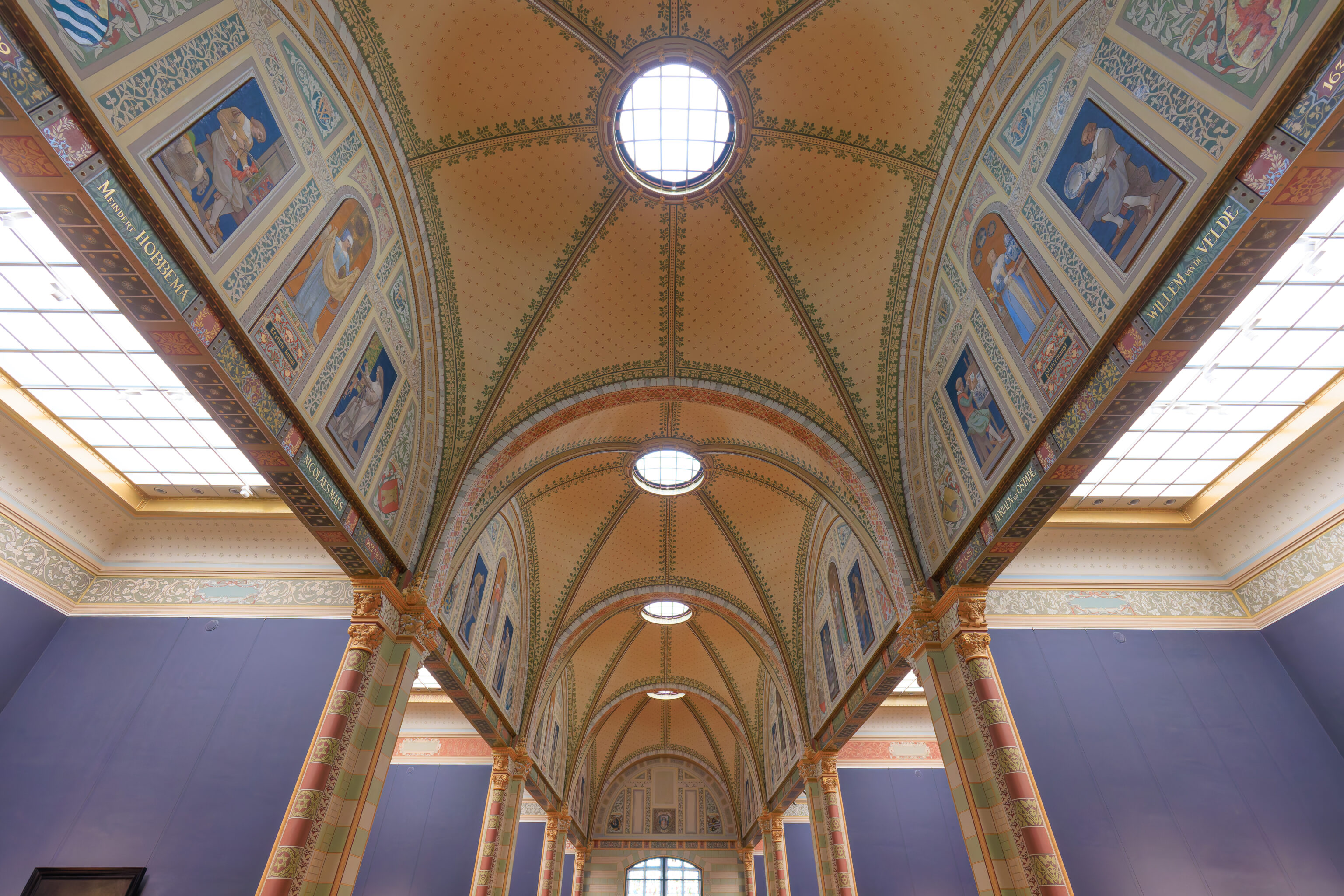
This large room has a very well decorated ceiling!

This Rembrandt is described as being of a style that was popular in the 17th century.
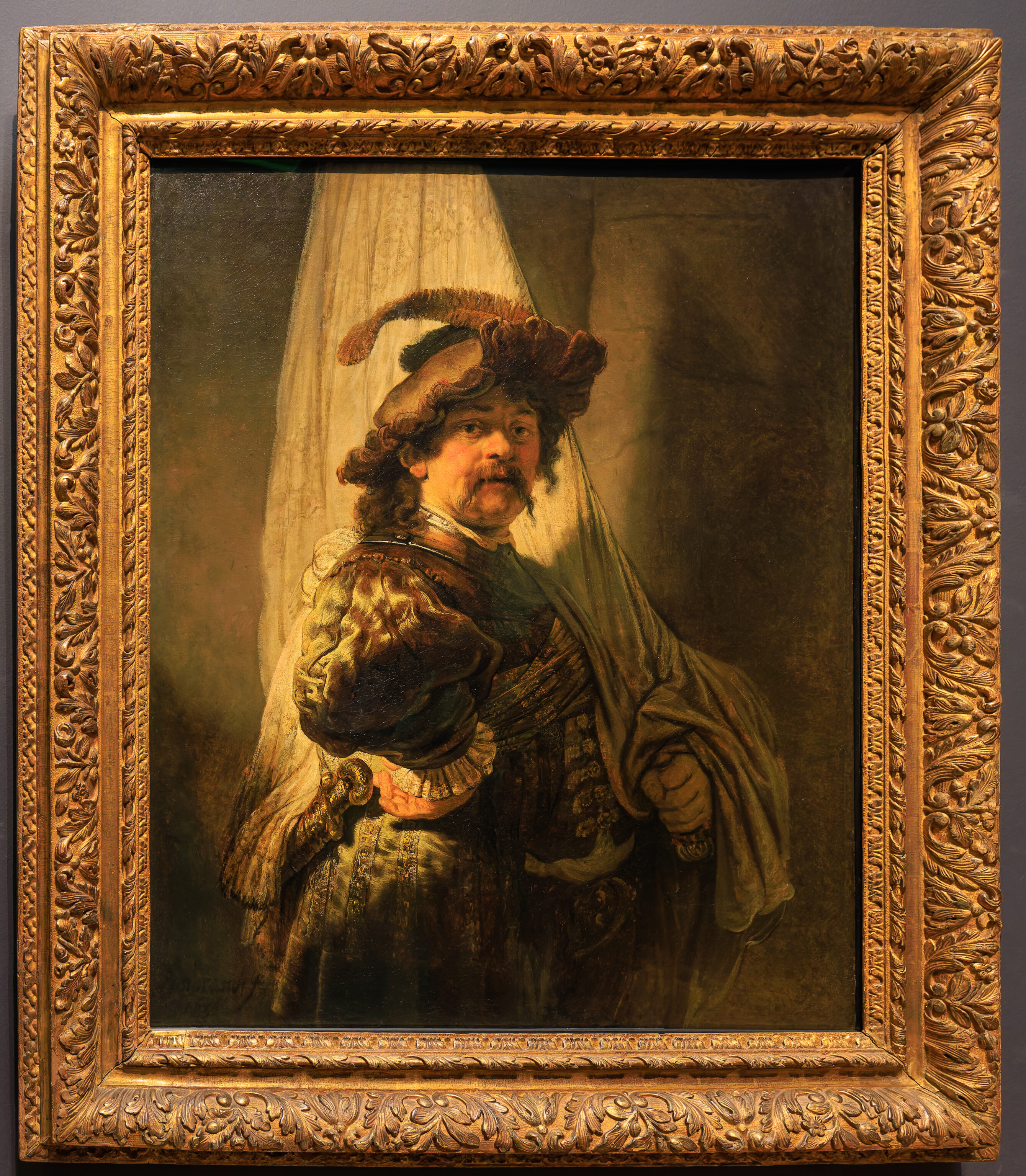
This Rembrandt is described as using himself as a model.
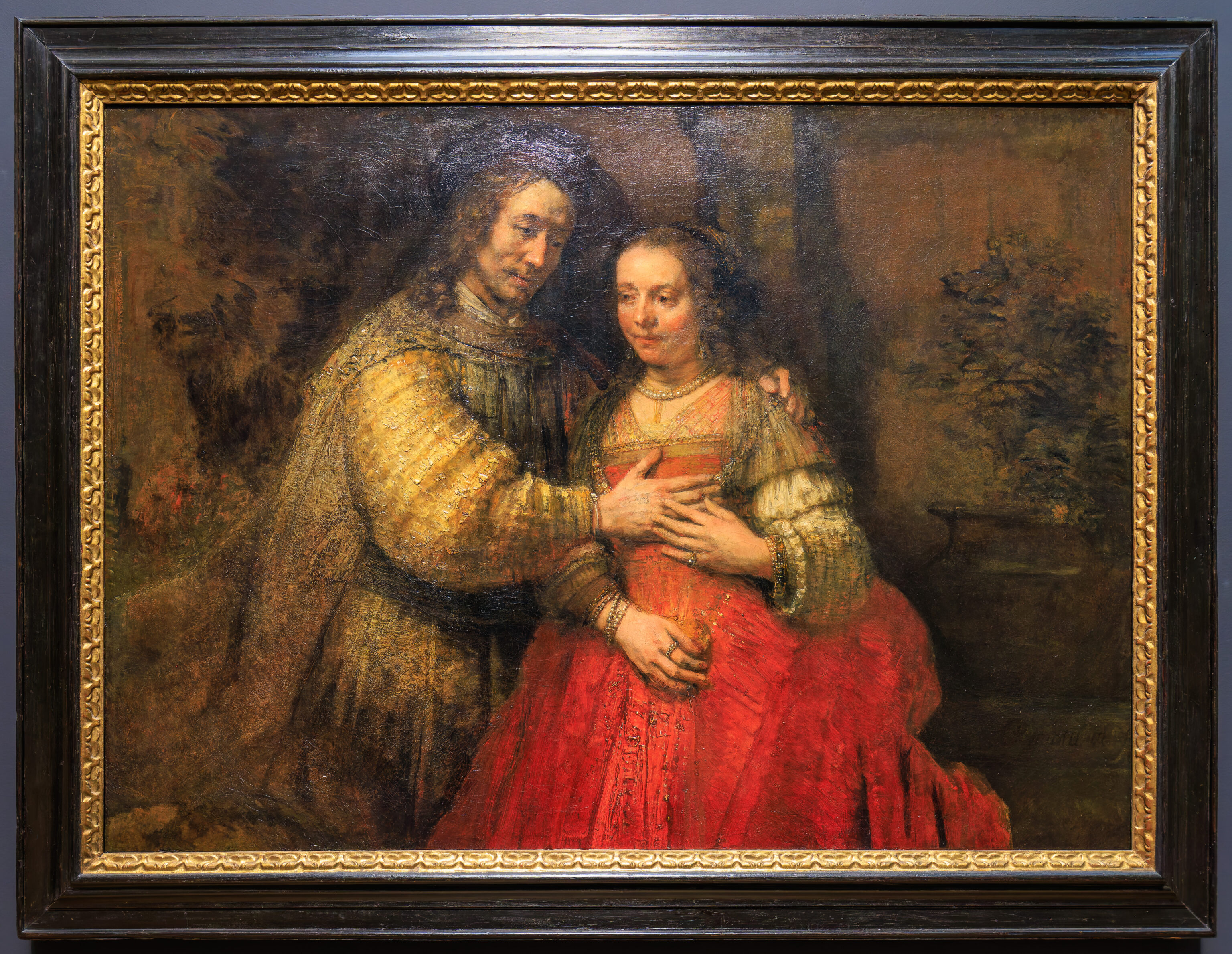
The description for this Rembrandt explains that during the time, it was common for people to have themselves painted as historical figures. In this case, the biblical figures Isaac and Rebecca. This is basically cosplay, though possibly without the actual cosplay part. This painting is one of the map’s featured images for the Gallery of Honour.

Another Rembrandt, this time displaying members of the Drapers’ Guild, basically, the cloth guild.
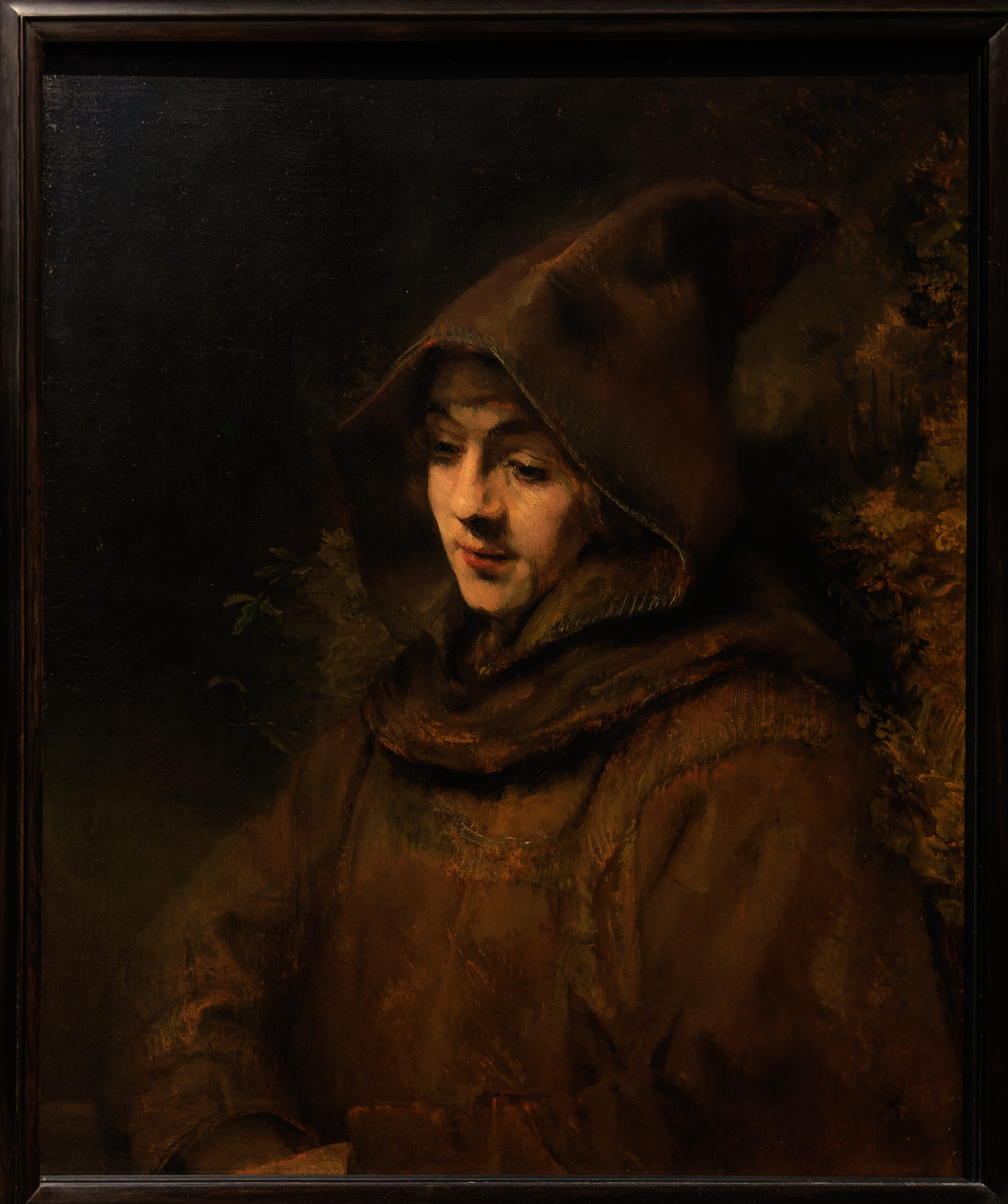
This mysterious figure, who seems like he would be at home in the Lord of the Rings, is Rembrandt’s son Titus. It seems he was not actually a monk but was simply depicted as one.

One final Rembrandt, his only biblical self-portrait.

This painting is by Willem Drost, who was a pupil of Rembrandt. It depicts a Roman story where Cimon is held prisoner and is breastfed by his daughter Pero which allows him to survive until pardoned.

This painting of a swan is notable as it was the first acquisition by the predecessor to the Rijksmuseum. The swan is believed to depict Johan de Witt, who was murdered, protecting the country.

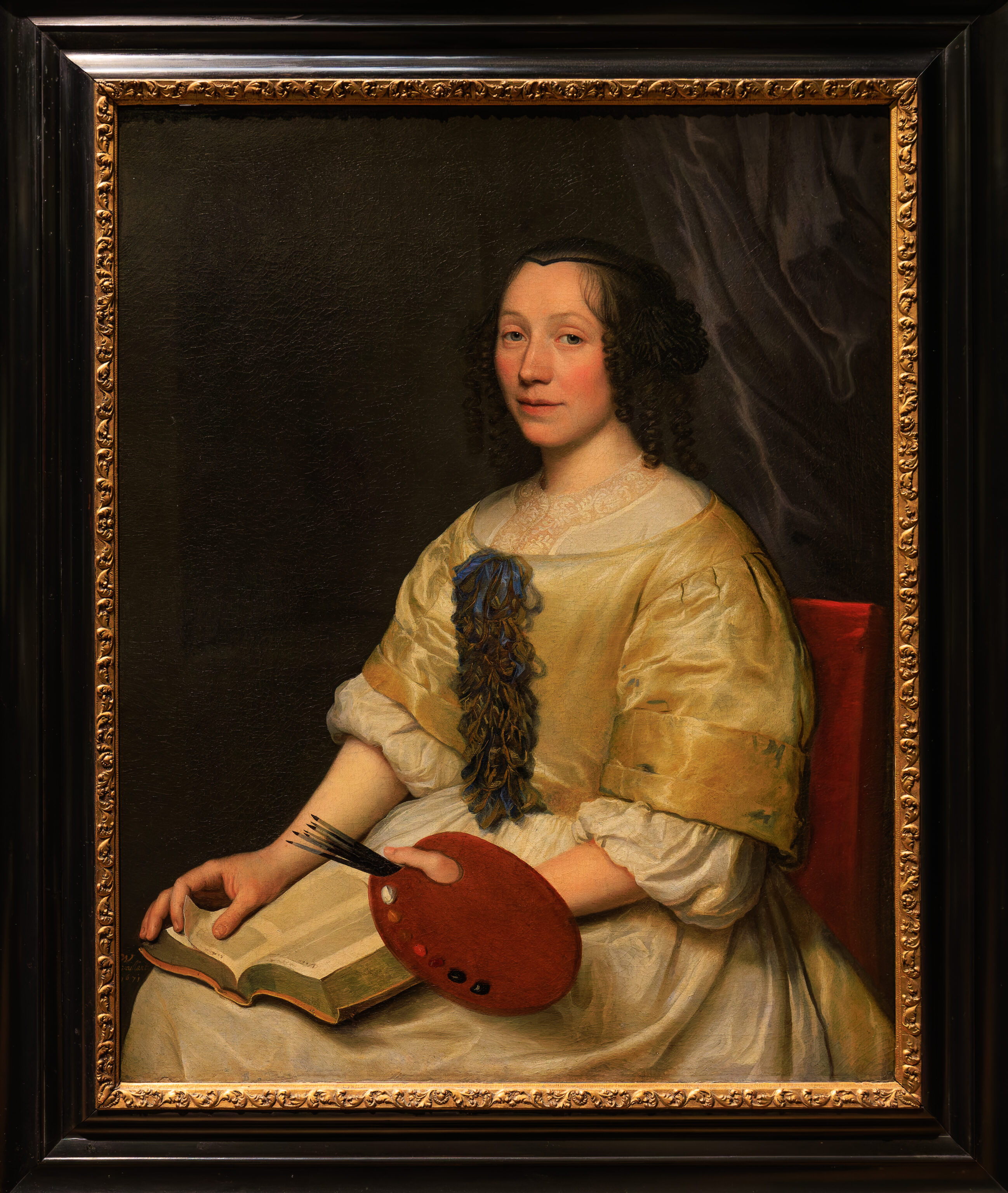





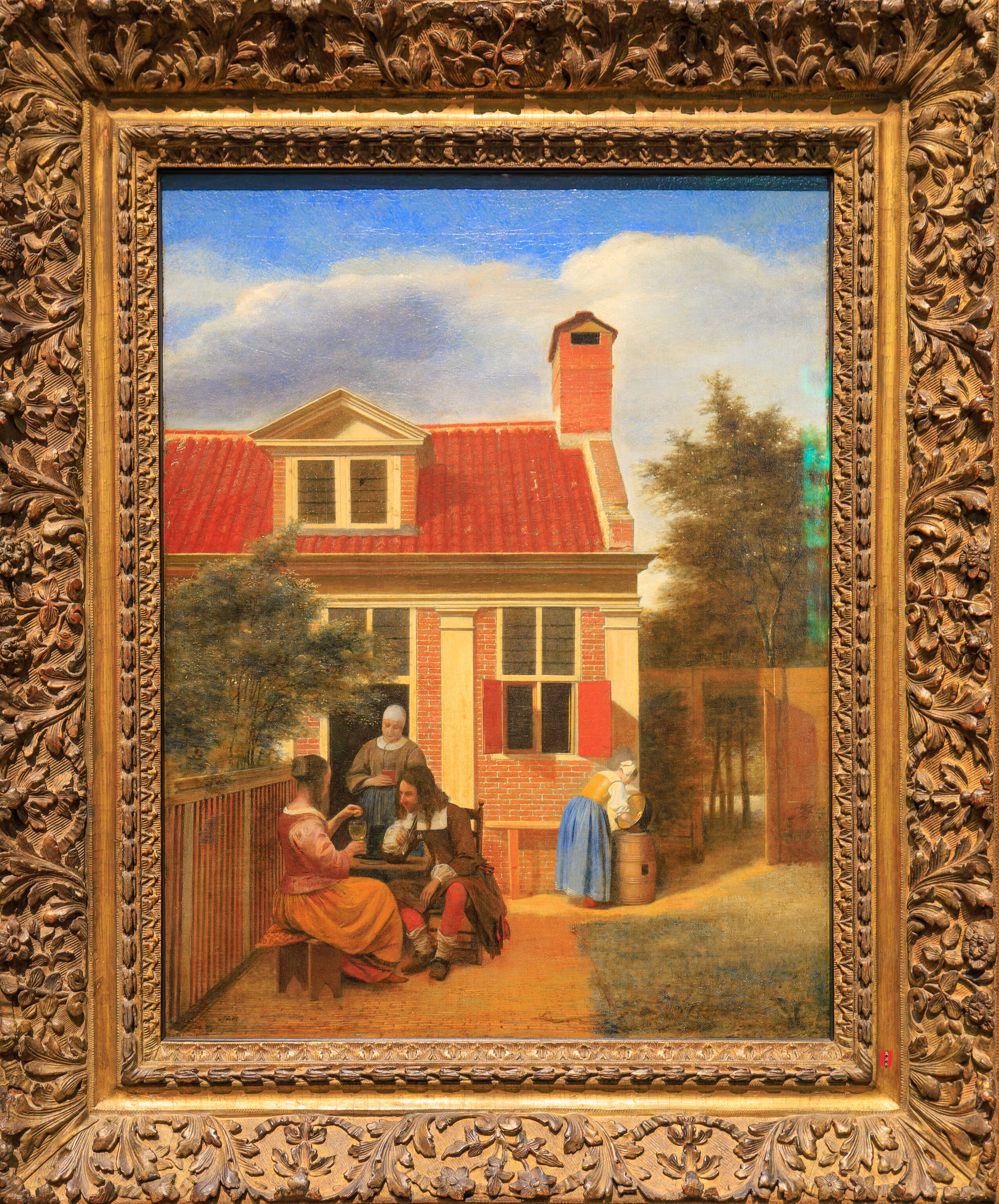
…

This painting is by Aelbert (Albert) Cuyp, who the Albert Cuyp Markt is named after.

This painting by Vermeer is featured on the museum map for the Gallery of Honour. Vermeer’s aunt lived in the house on the right.

Another painting by Vermeer.

This painting by Vermeer is also featured on the museum map for the Gallery of Honour.
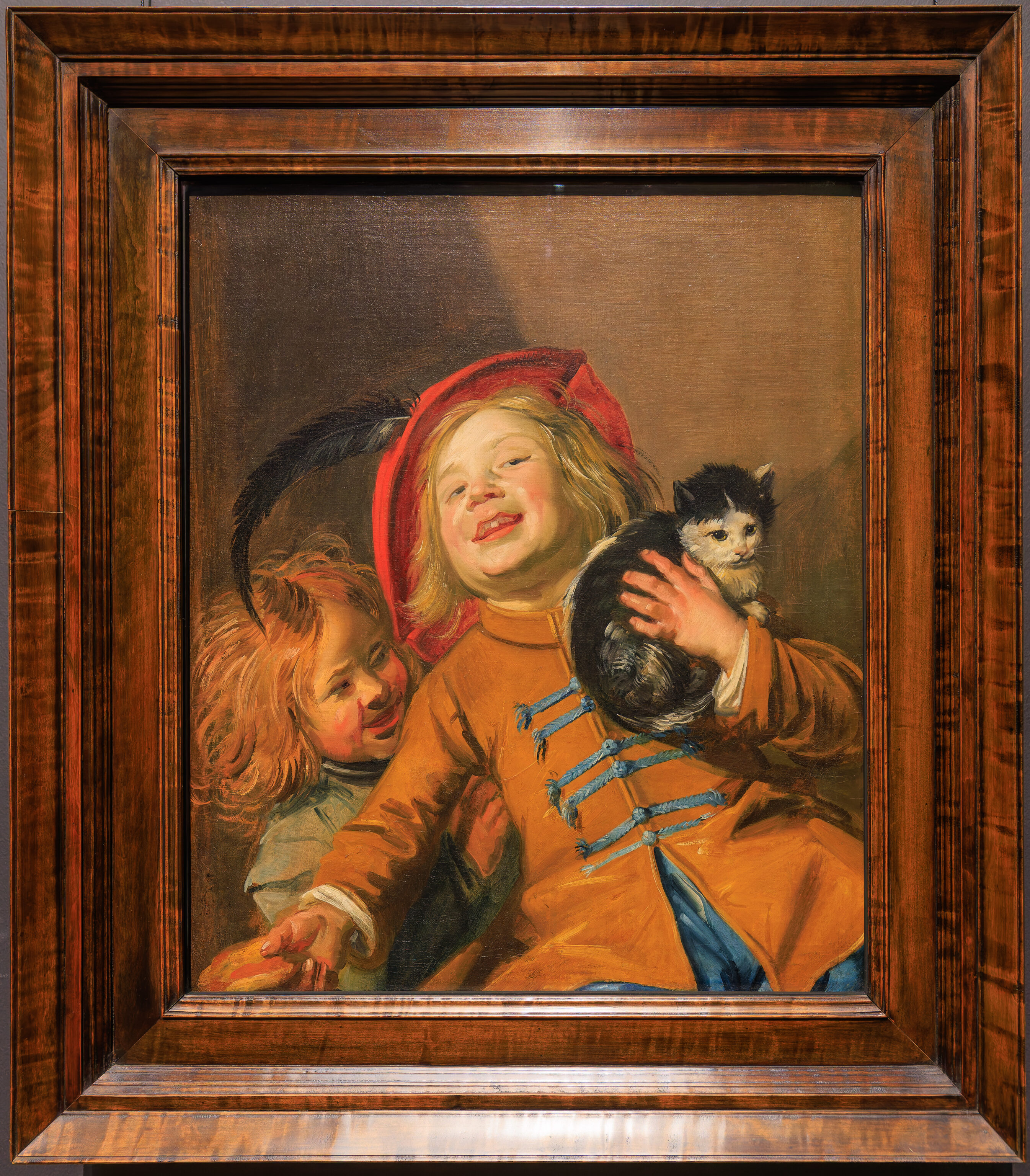
This is the third work we saw by a female artist and the second featuring a cat!

This painting from 1627 surprisingly features a turkey in a scene with many elements from around the world. Did the painter, Pieter Claesz, know that no one actually likes eating turkey?

If only we had visited the Mariakerk when we were in Utrecht two days ago!

This painting by the same artist depicts the Amsterdam town hall. This building burned down and was replaced by what would become the current Royal Palace Amsterdam.


We noticed some building elements here, specifically many paintings and stained glass windows. Very church-like!

This painting features Orpheus. Fort McHenry in Baltimore, Maryland, USA, which we’ve visited many times, has a mostly nude statue of Orpheus. As explained by the National Park Service, Orpheus is a Greek hero of music and poetry. The defense of the fort against the British resulted in the writing of the poem the Star Spangled Banner which ultimately became a song and the US national anthem. So there’s sort of a connection there?

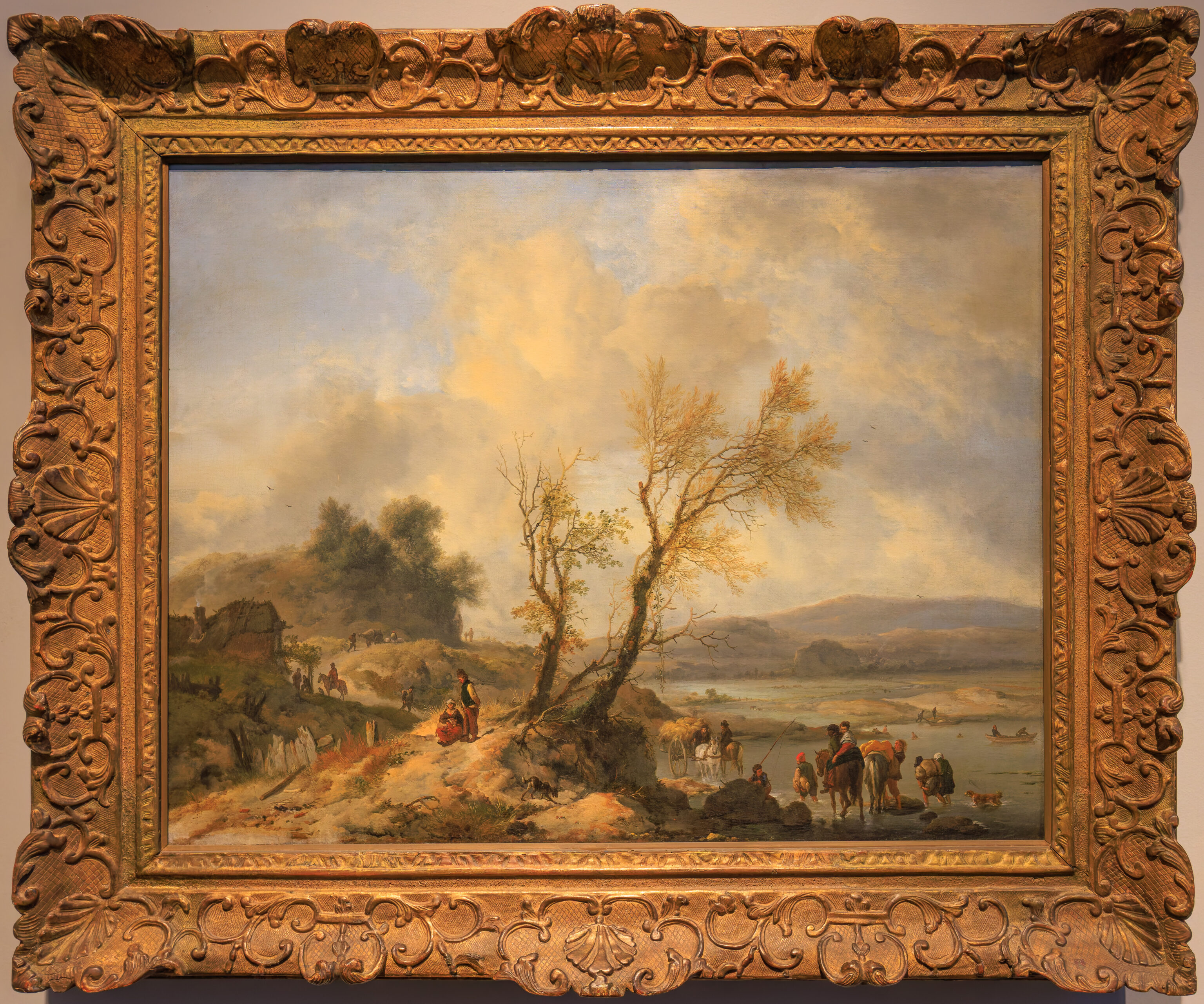

…
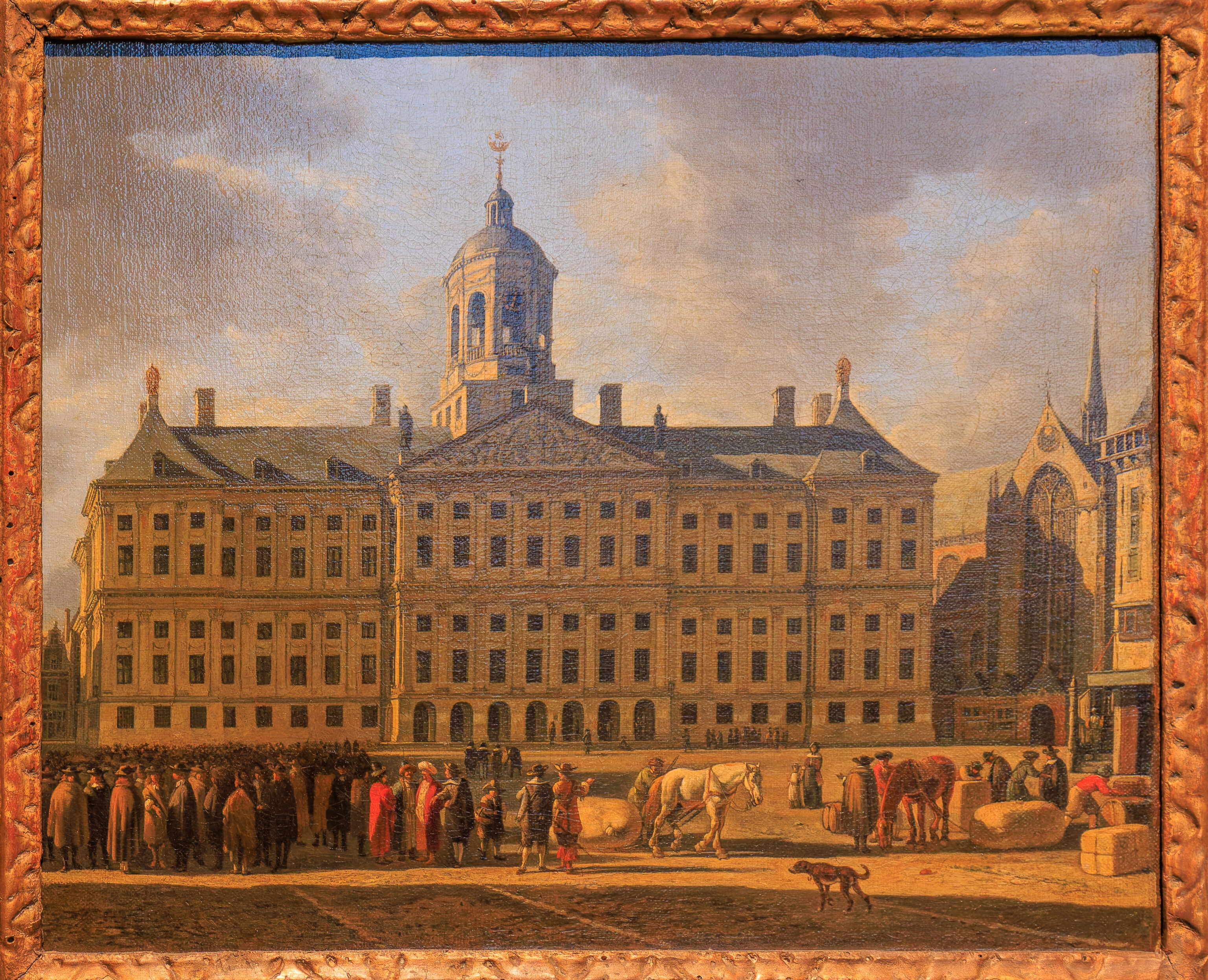
This painting shows the new Amsterdam town hall building which replaced the one that burned down. This building will become the Royal Palace and looks much as it does today. A bit of the New Church can also be seen on the right edge of the painting.
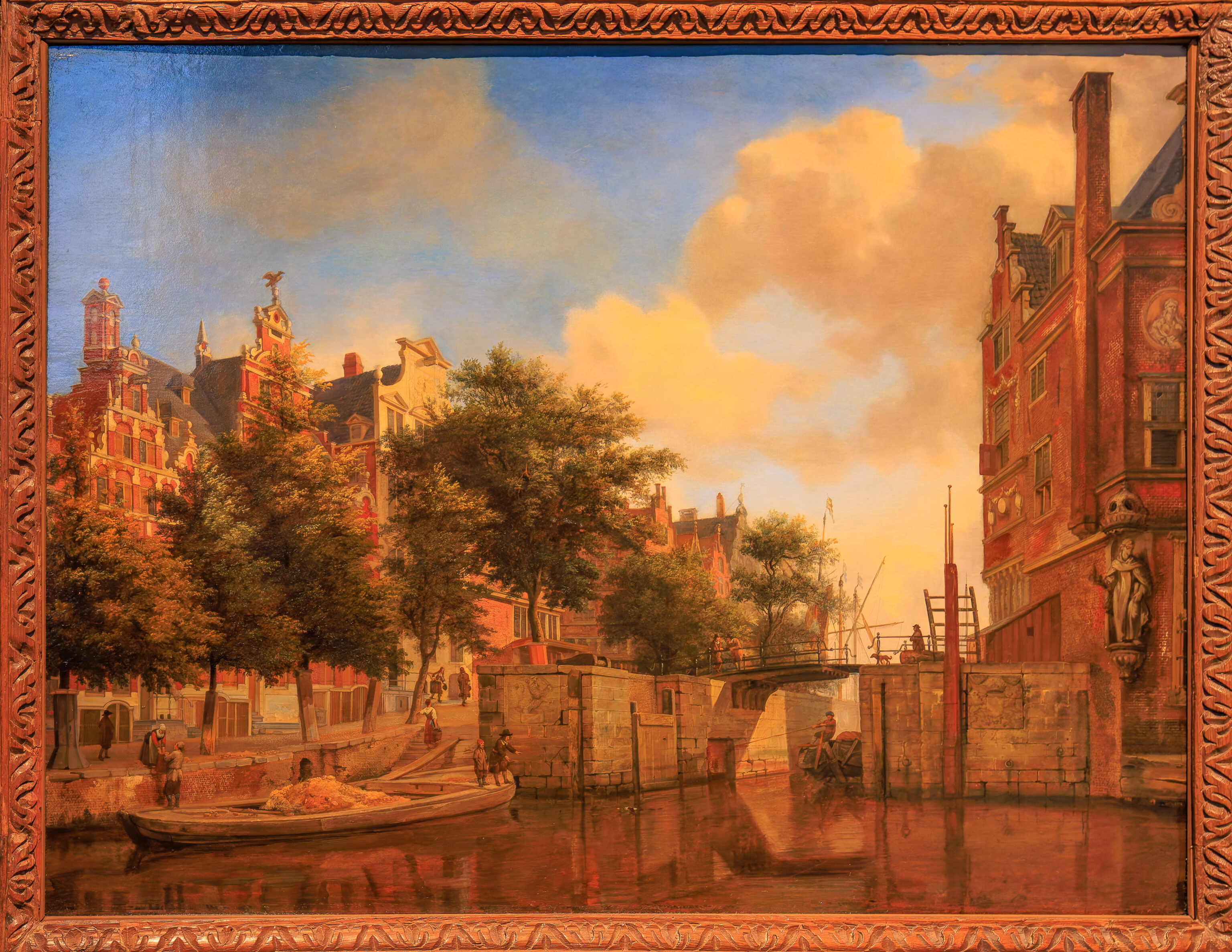
Another Amsterdam scene. Perhaps the biggest difference from today is the lack of cars and bicycles!

Various water control mechanisms, including windmills like the ones we saw at Kinderdijk, were intended to prevent disasters such as the one depicted here.

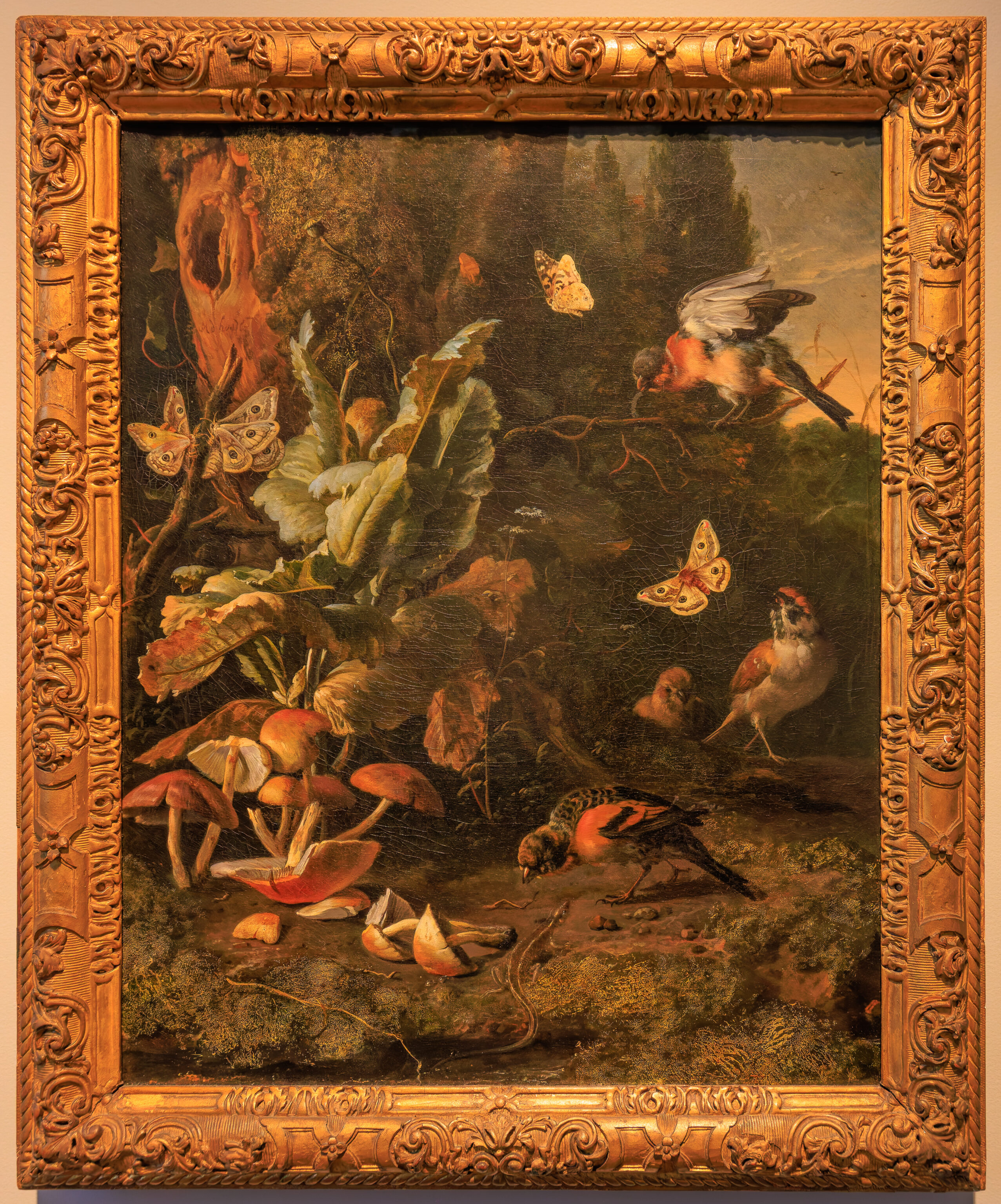
…
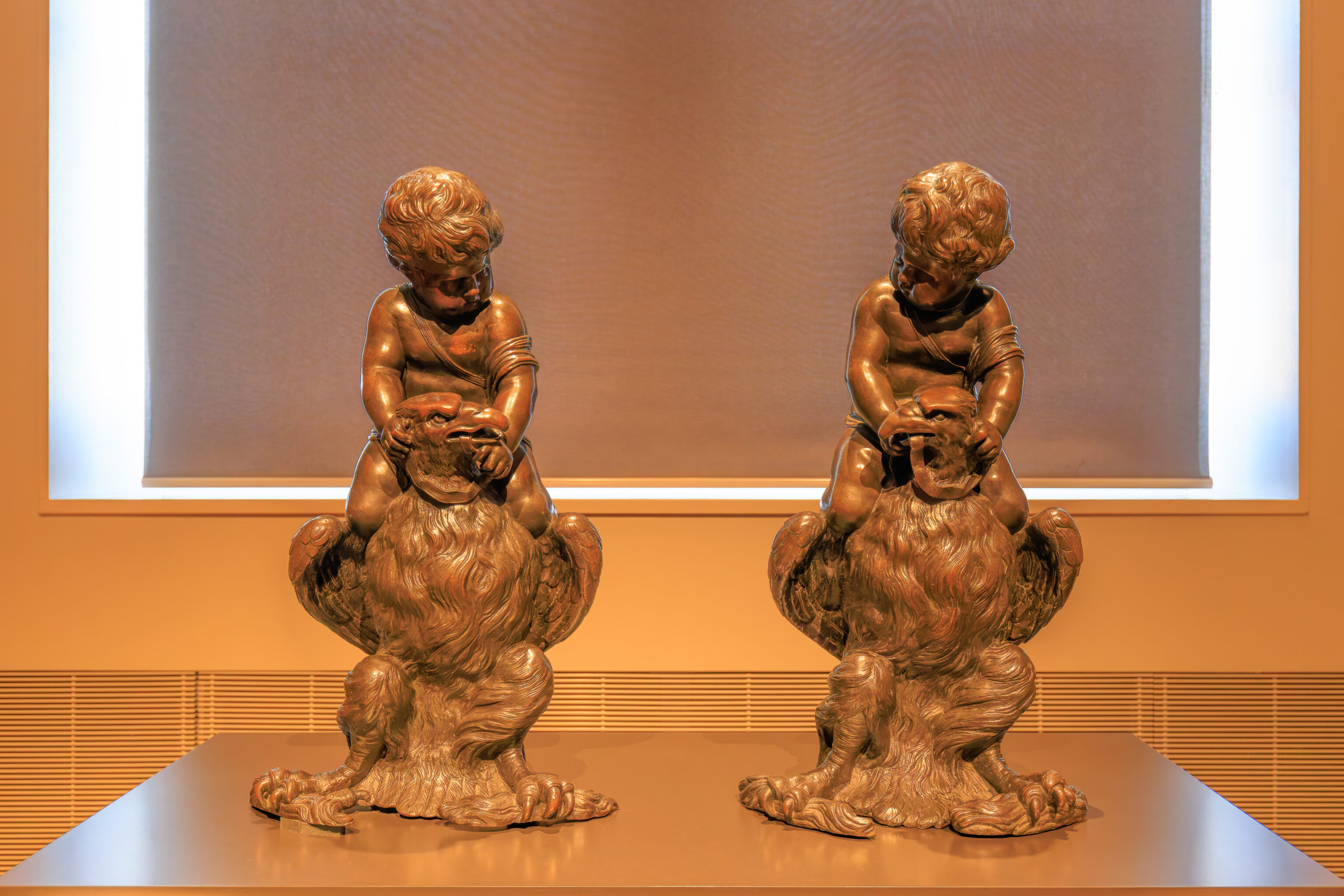
These children are apparently sitting on eagles, not chocobos!
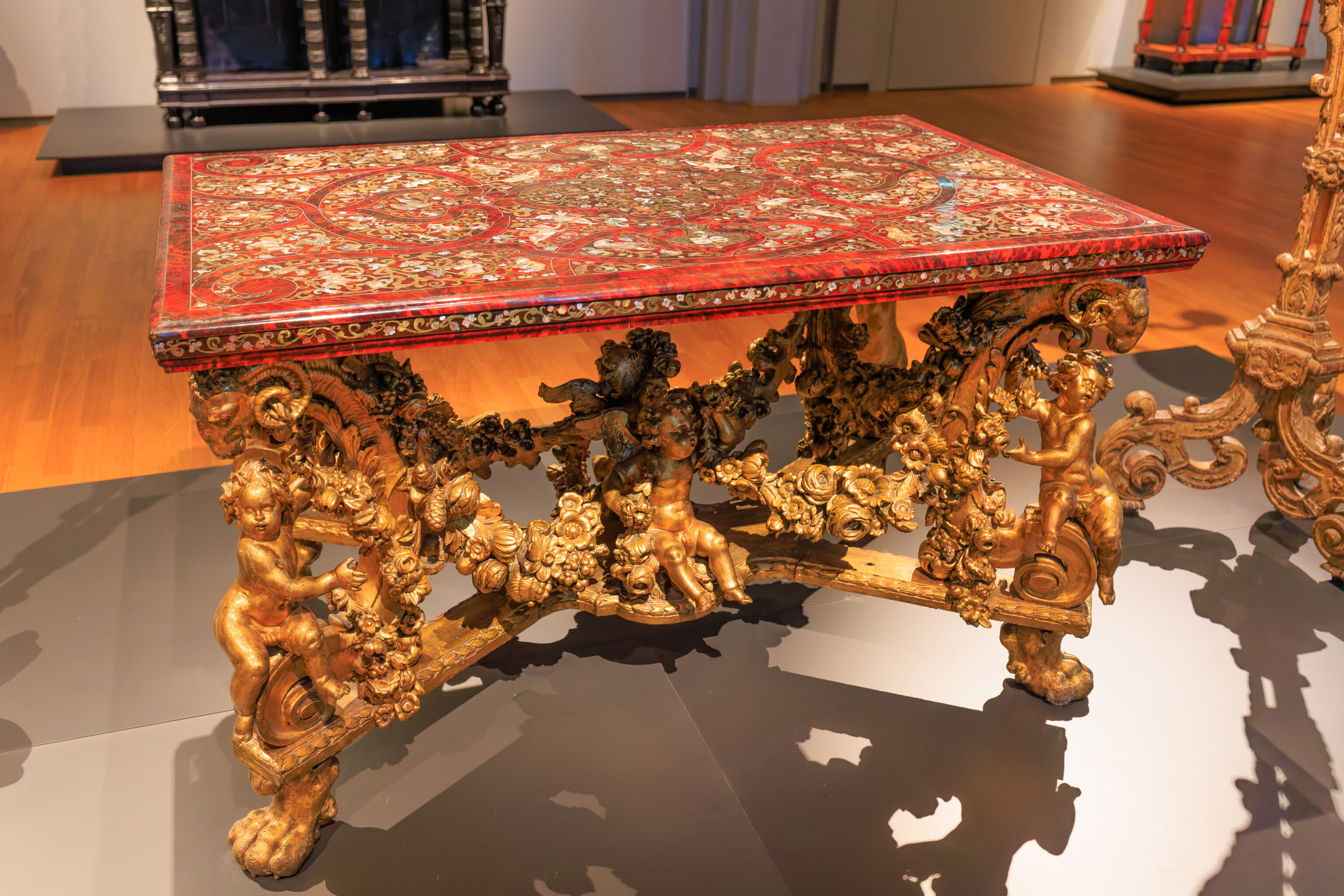
Another item that is not a painting. This table is quite fancy!

A bust of King Louis XIV, possibly here because it was made by a Dutch artist.

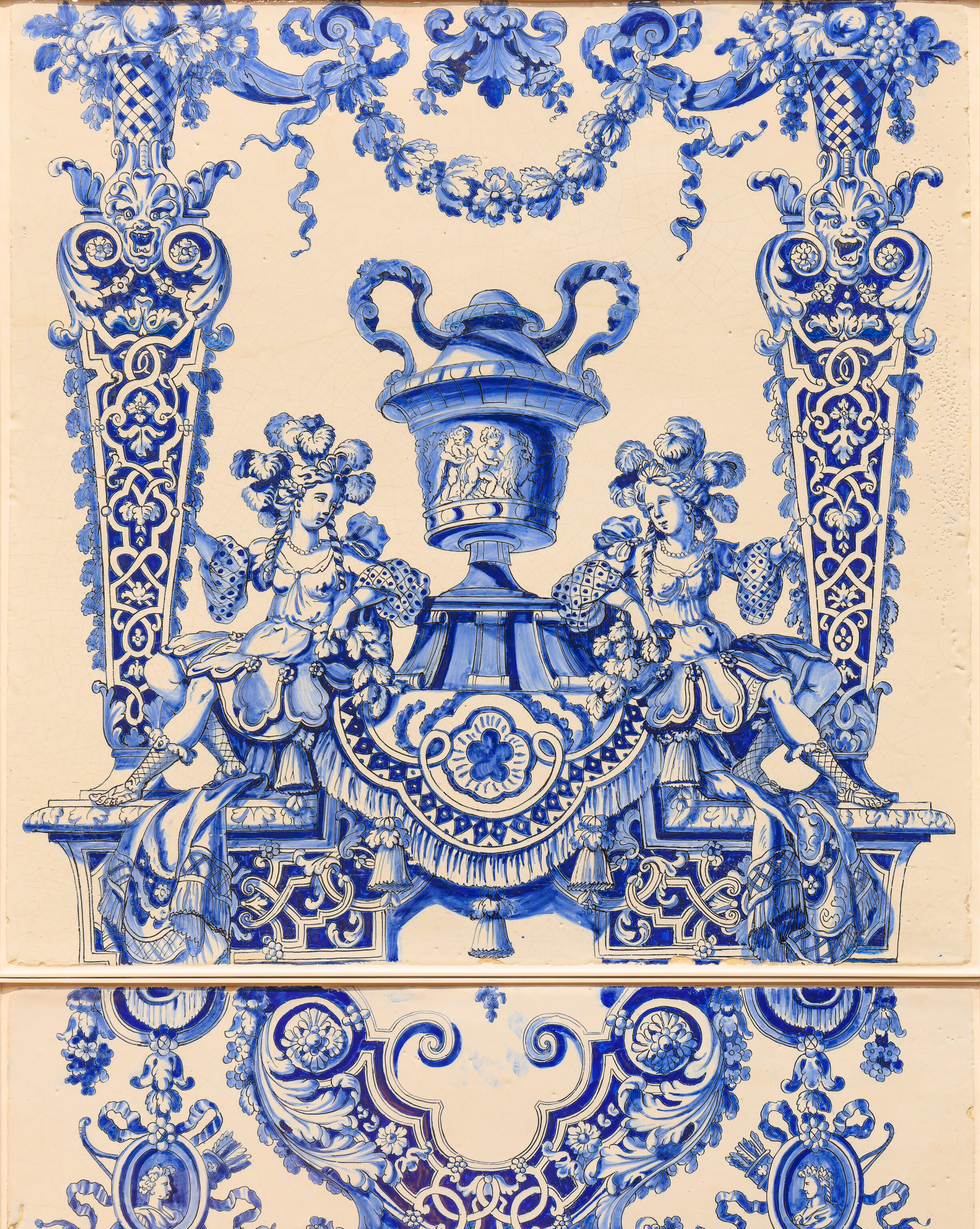

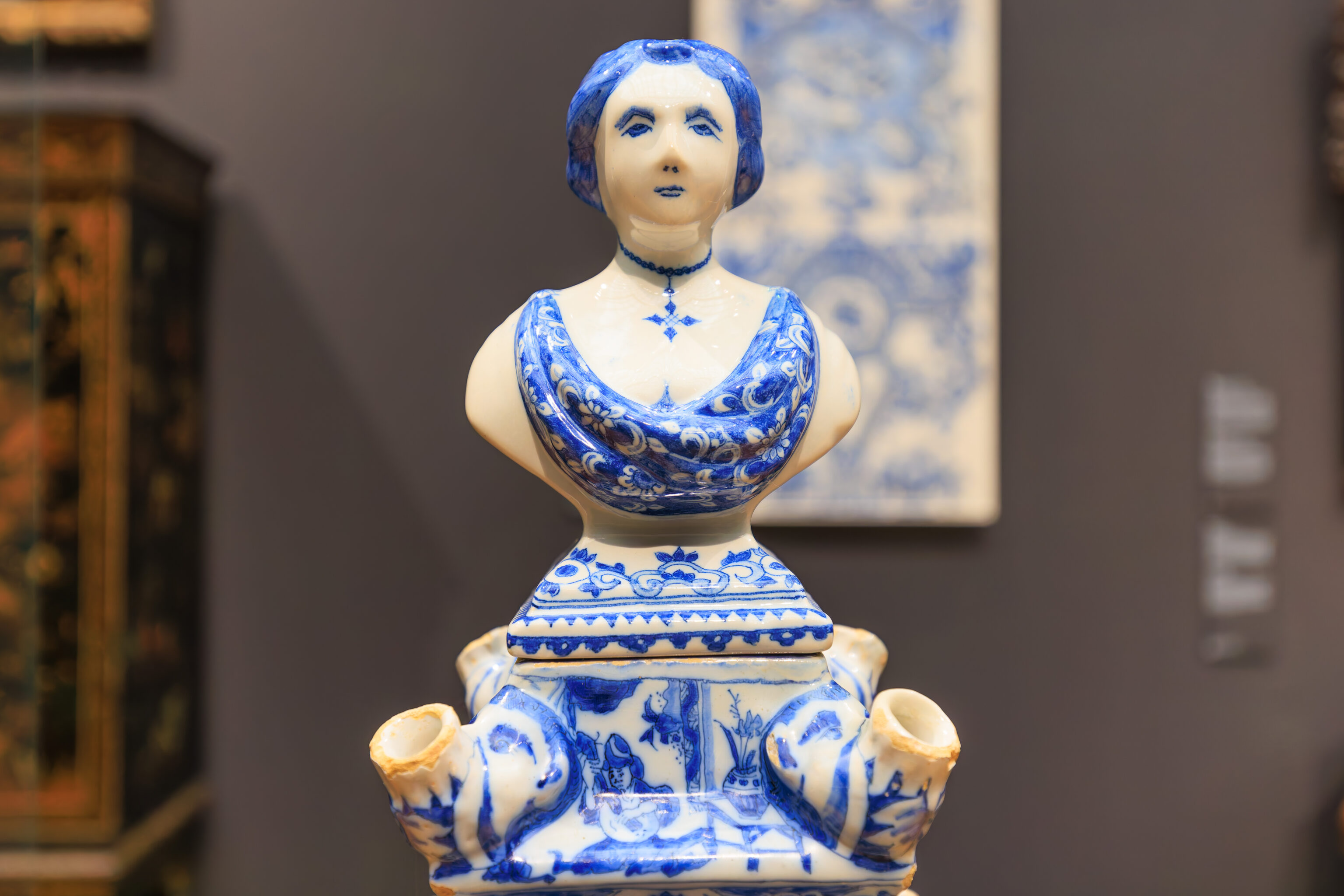
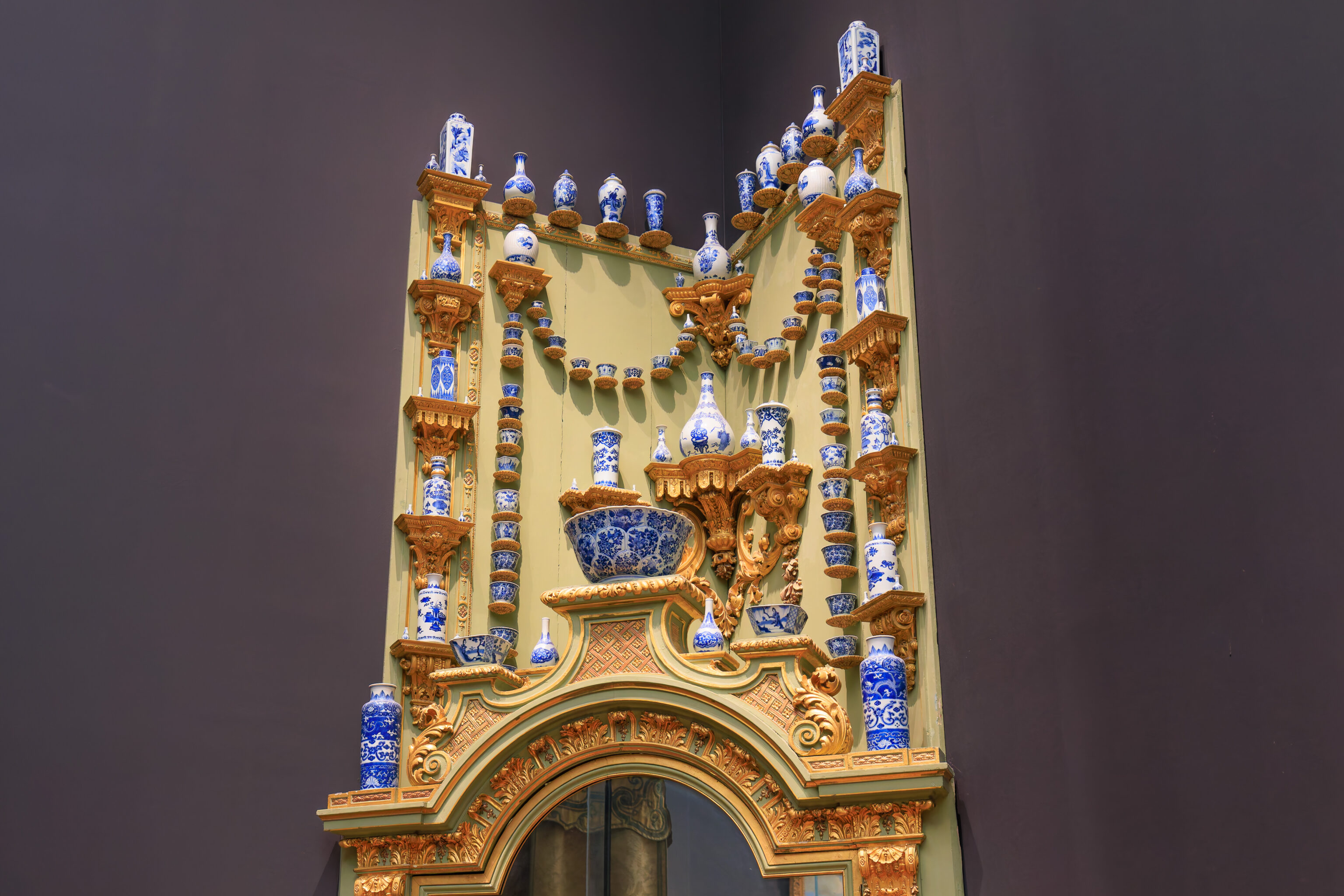
Room 2.22 is dedicated to Delftware.

Some of the Delftware, like these two towers, are intended to hold flowers. Not surprising given that the Netherlands is famous for its flowers, though there aren’t really any to be seen during this winter visit. These two pieces are featured on the museum map for this room.

There is also a bed with some fancy sheets, headboard, and surrounding curtain.

The owl in this painting resembles a Great Horned Owl, a species from the Americas. It has a much cooler name though, Eurasian Eagle-Owl! The Great Horned Owl is from the same family, it just doesn’t have as good of a name.

Some more birds, including a flamingo! This painting is described as being made for the palace of William and Mary.
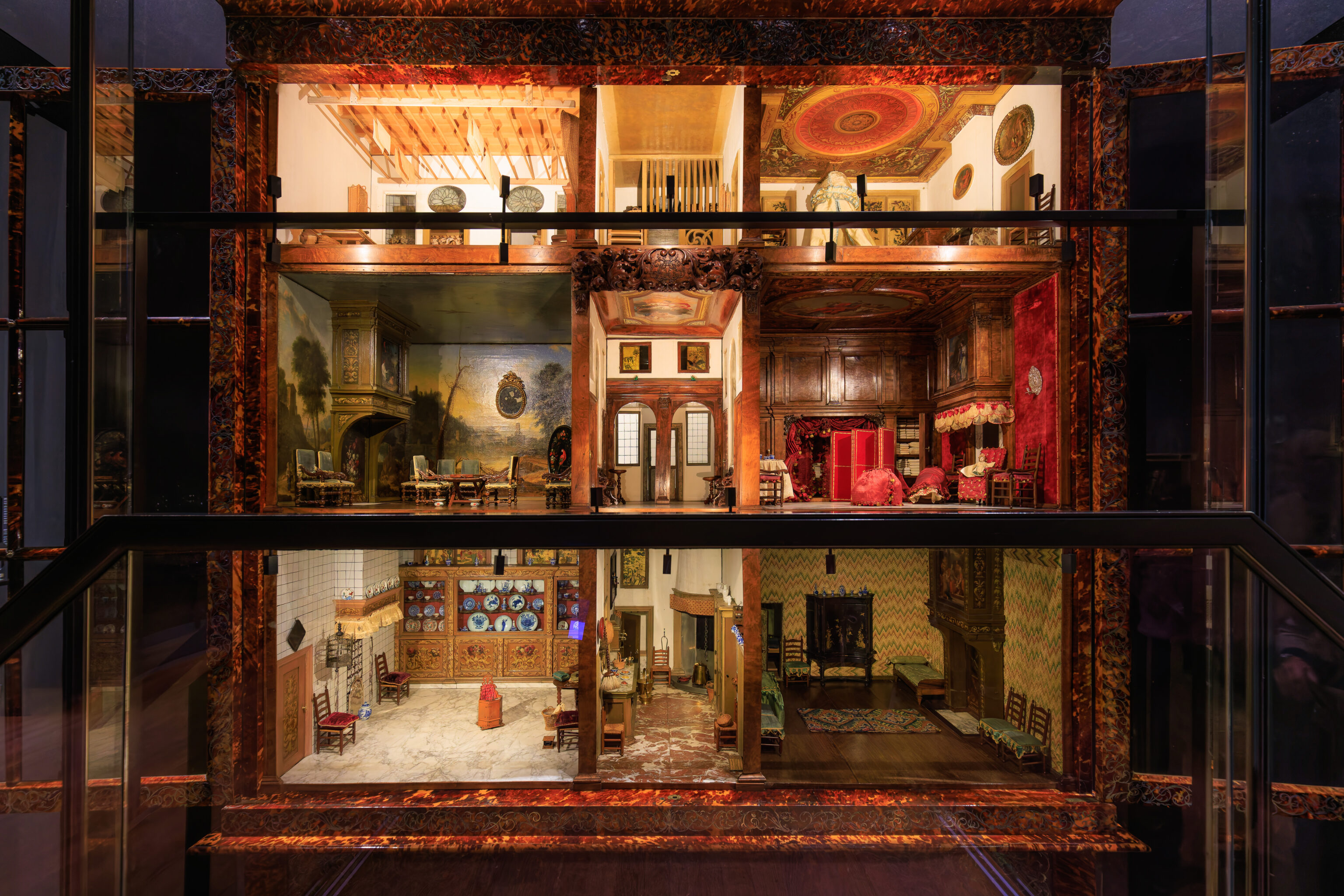
This item in the collection, a dolls’ house, was pretty large and extremely detailed. It is featured on the museum map for the Dolls’ Houses room, 2.20.

This very large and wide painting was originally displayed in the same room as the Night Watch. The identity of every individual in the room is known except for the boy in red. One can pretty reliably guess his race without looking at the painting based on that description.
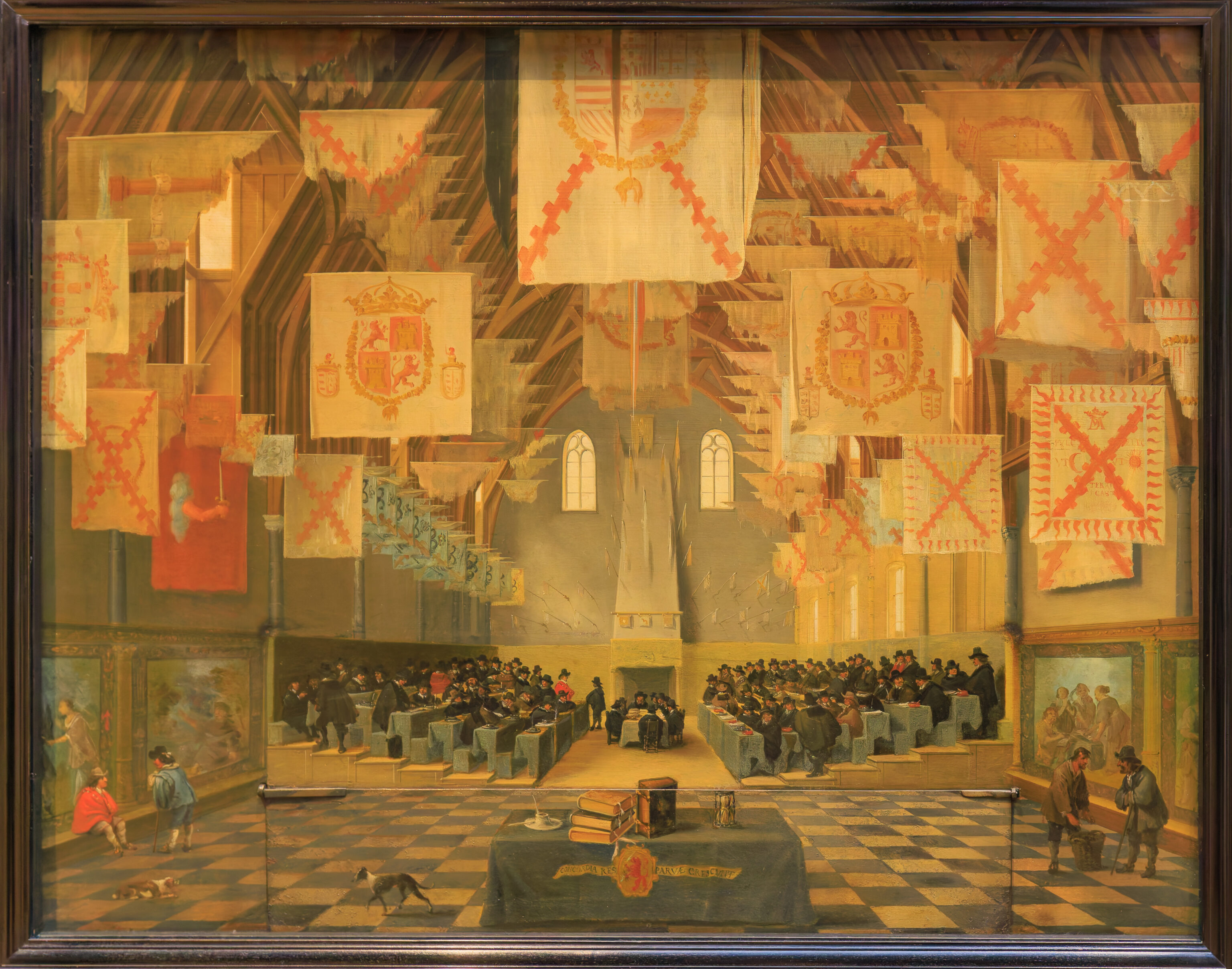
Would we have been able to see this room if the Binnenhof in The Hague wasn’t being renovated? This painting has an interesting feature. The bottom panel flips up to cover the the people who are here to vote on a new leader, making the room appear mostly empty.



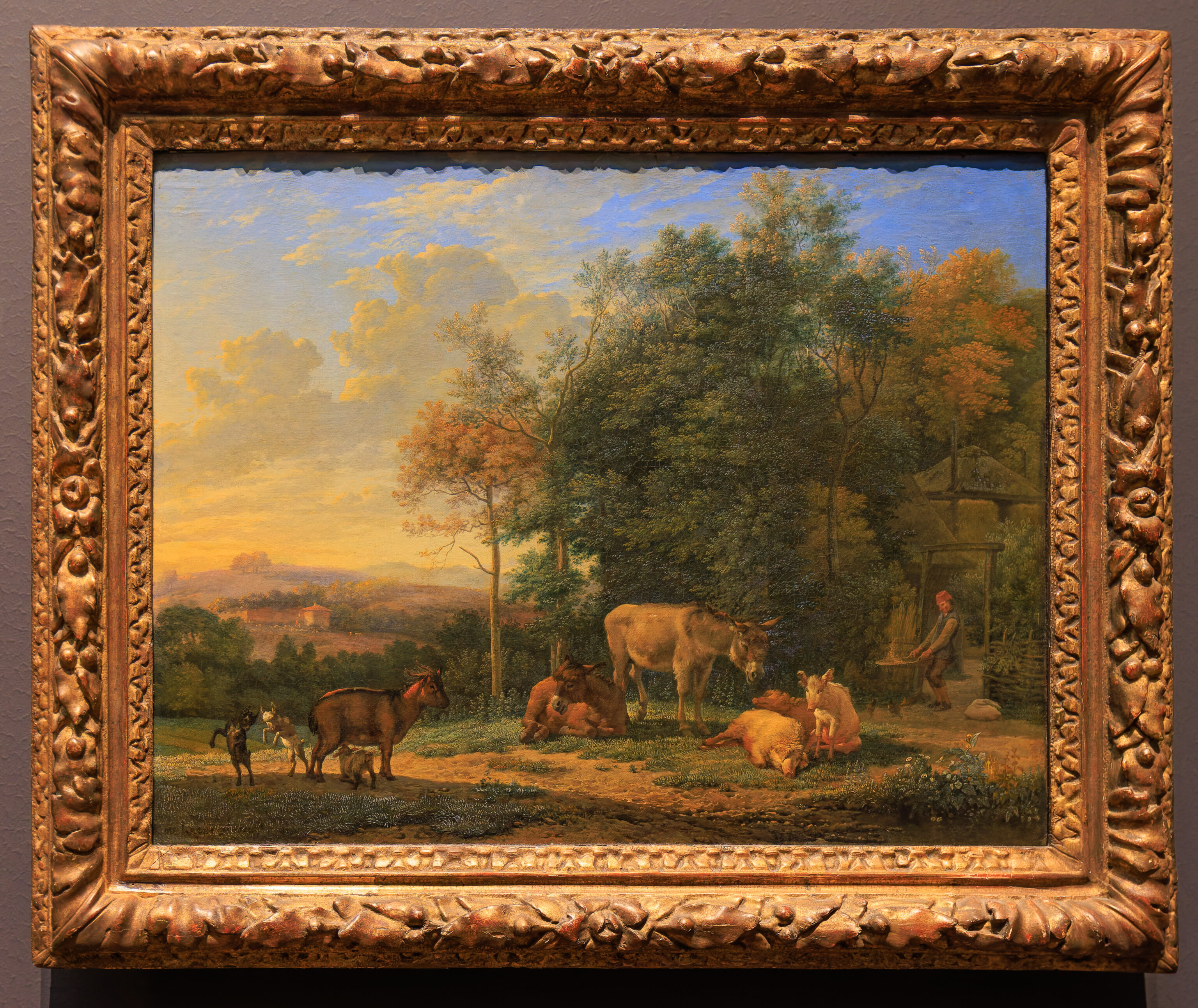
…

This room, filled with books, is the museum’s research library.

This painting depicts a battle between Dutch and English fleets. The painting is interesting because there is a painted sheet of paper in the bottom left corner that describes the battle. The actual cursive text is hard to read.
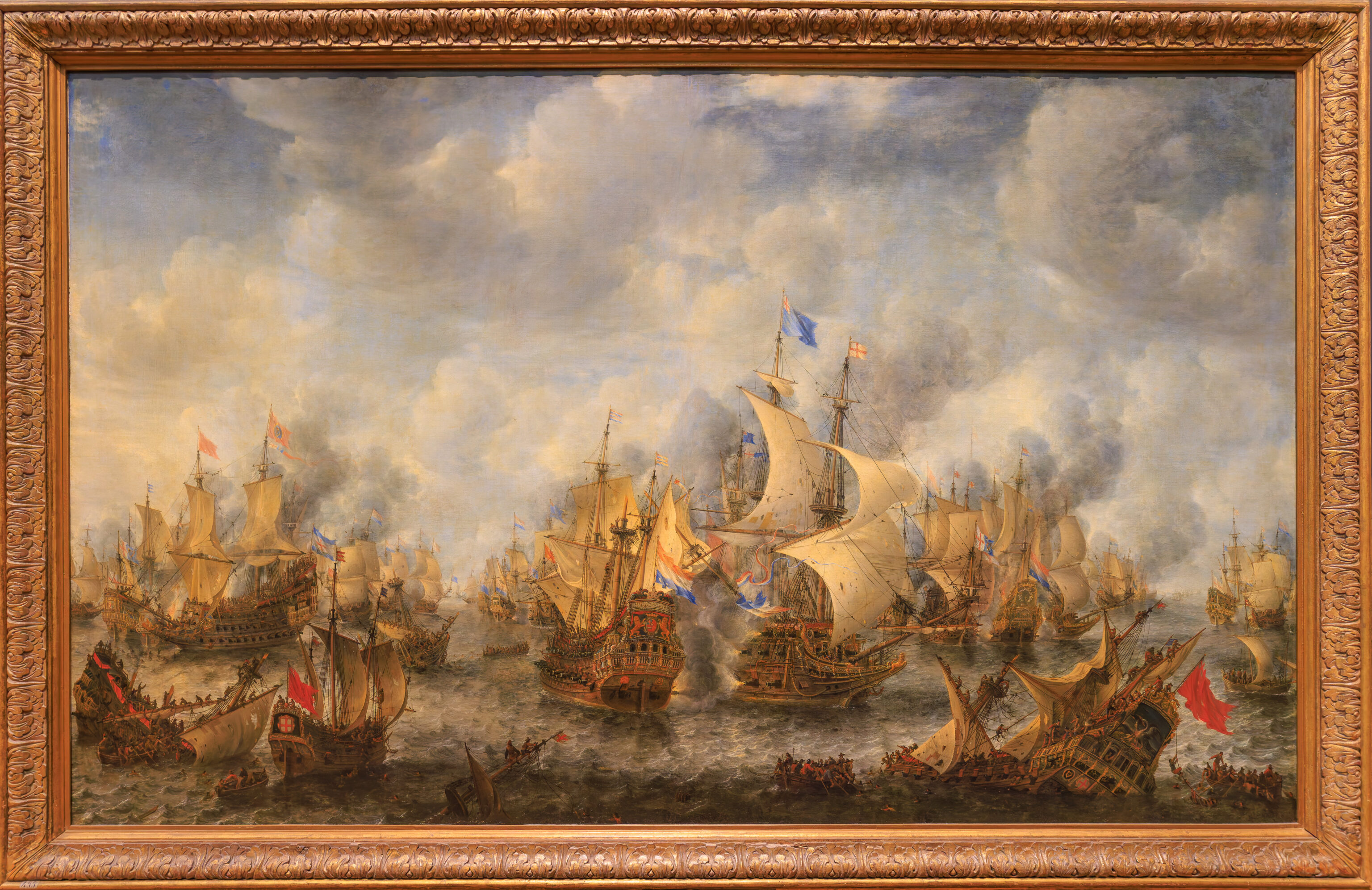
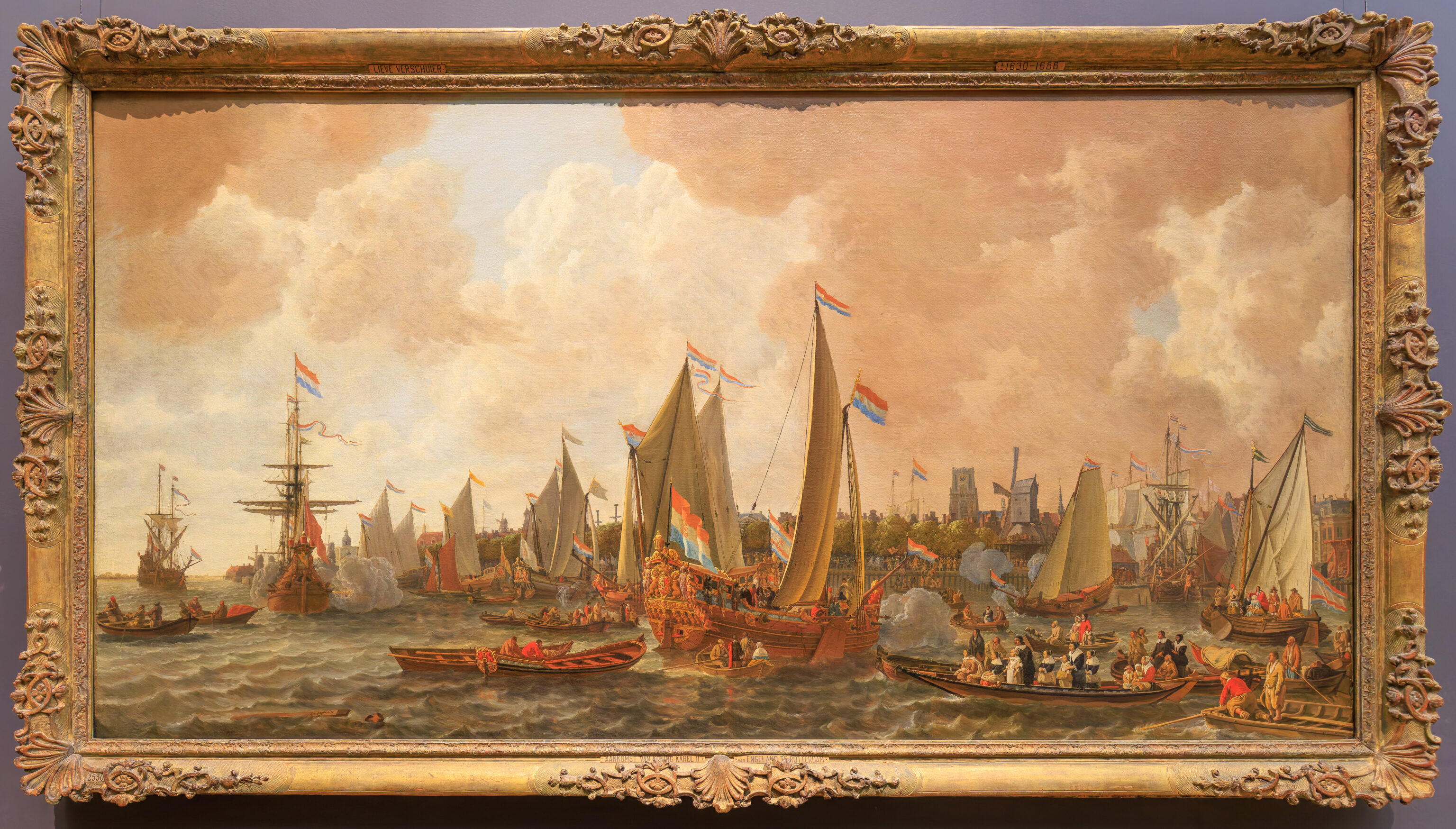

This part of the museum contains naval scenes. The Dutch were a major colonial power during this time.

This scene shows a Dutch fleet, under the famous admiral Michiel de Ruyter, defeating the British at Medway, at the entrance to the Thames. The smoke in the background is from British ships that have been burned by the Dutch.

Another scene from the same battle. Britannia did not rule the waves on this day.
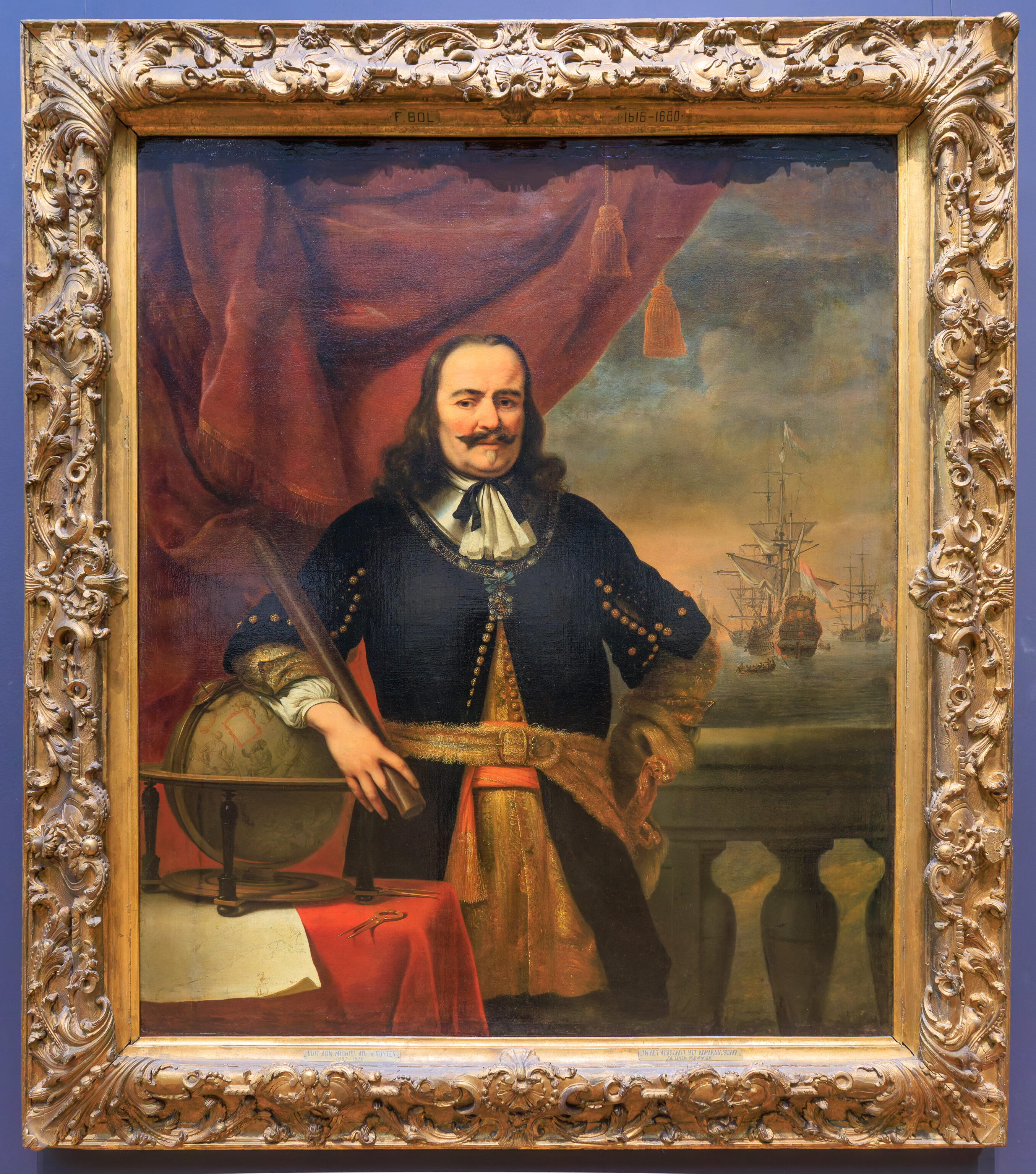
Of course, a painting of De Ruyter!
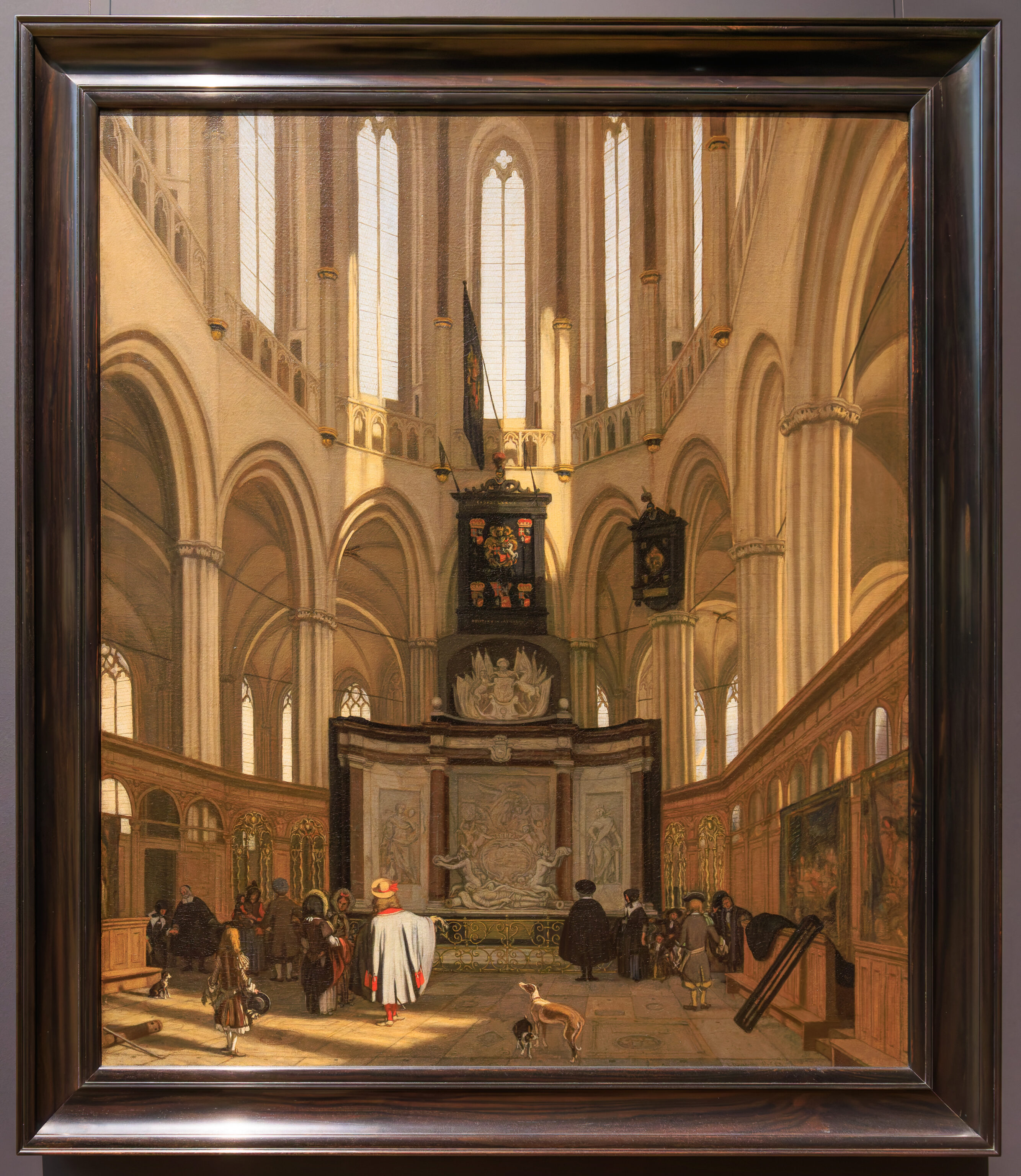
There is also a painting of De Ruyter’s tomb, though technically this is a monument and not his actual tomb. We saw both in the New Church on our first day of the trip. This was painted in 1683 and it still looks like this today, though the topmost section above the monument wasn’t there during our visit.

This piece is interesting because it is made with pen and ink. It is basically a drawing on canvas! The artist witnessed this battle and based this work on his sketches while aboard one of the ships.

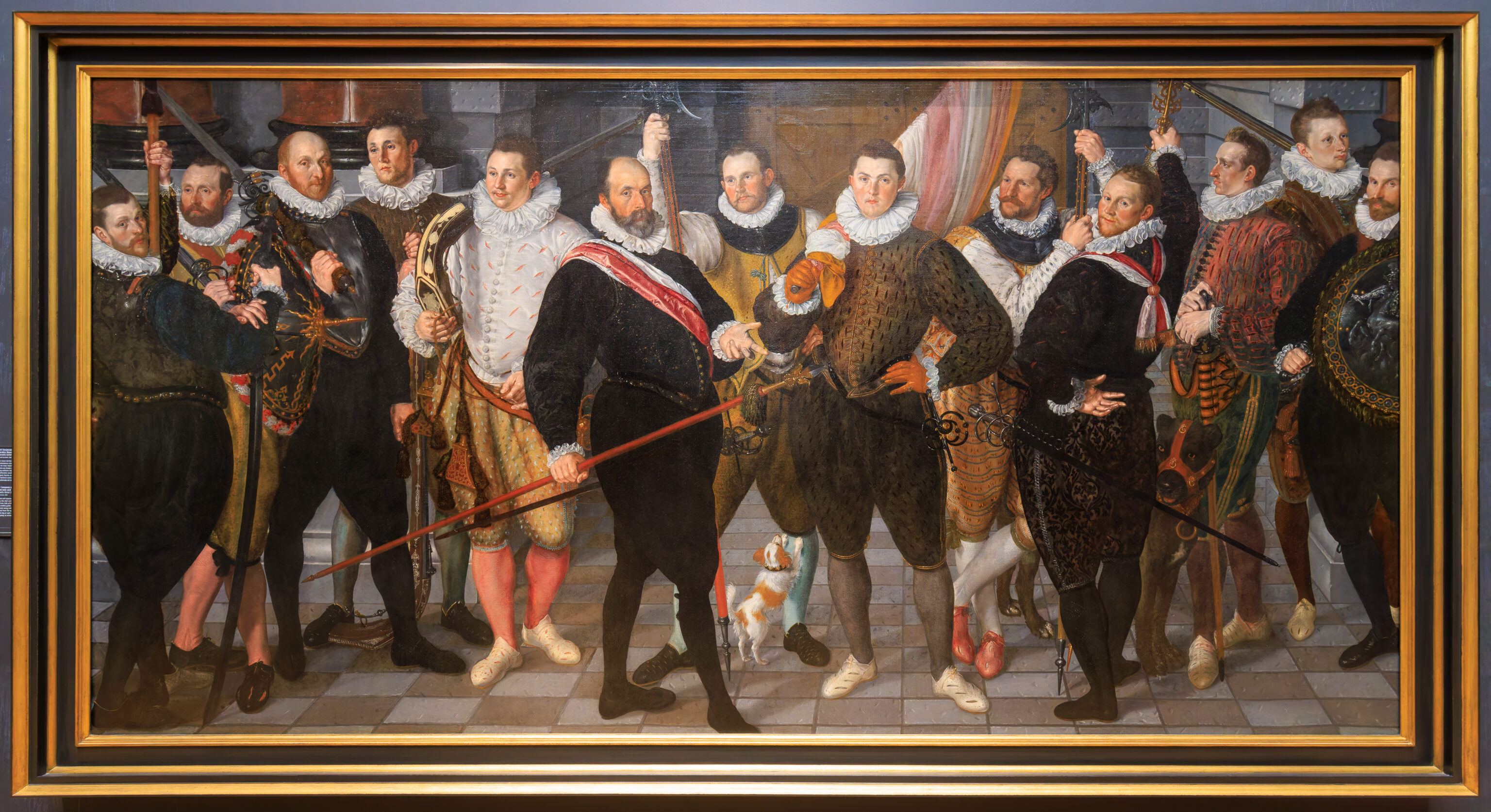


…


This room contained some large tapestries. It was rather dark, probably to help conserve the items within.


…

Quite a bit of fancy wood and tiles here. Unfortunately, we didn’t photograph any signs that go along with the contents of this room.
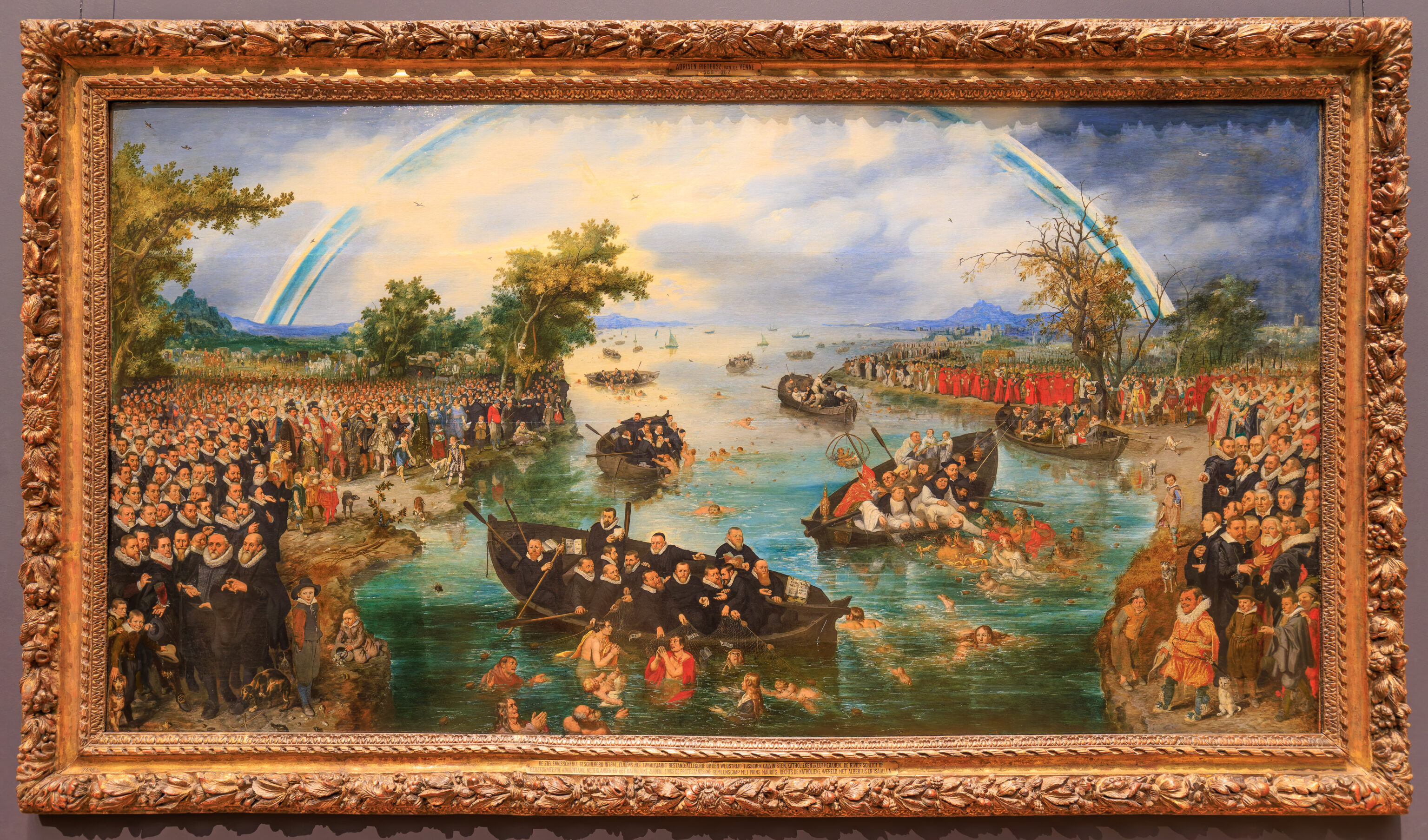
This painting depicts Protestants from the northern Netherlands, on the left, and Catholics from the south, on the right. It shows the Protestants catching more fish and with better weather, implying that the Protestants are more righteous than the Catholics.


…
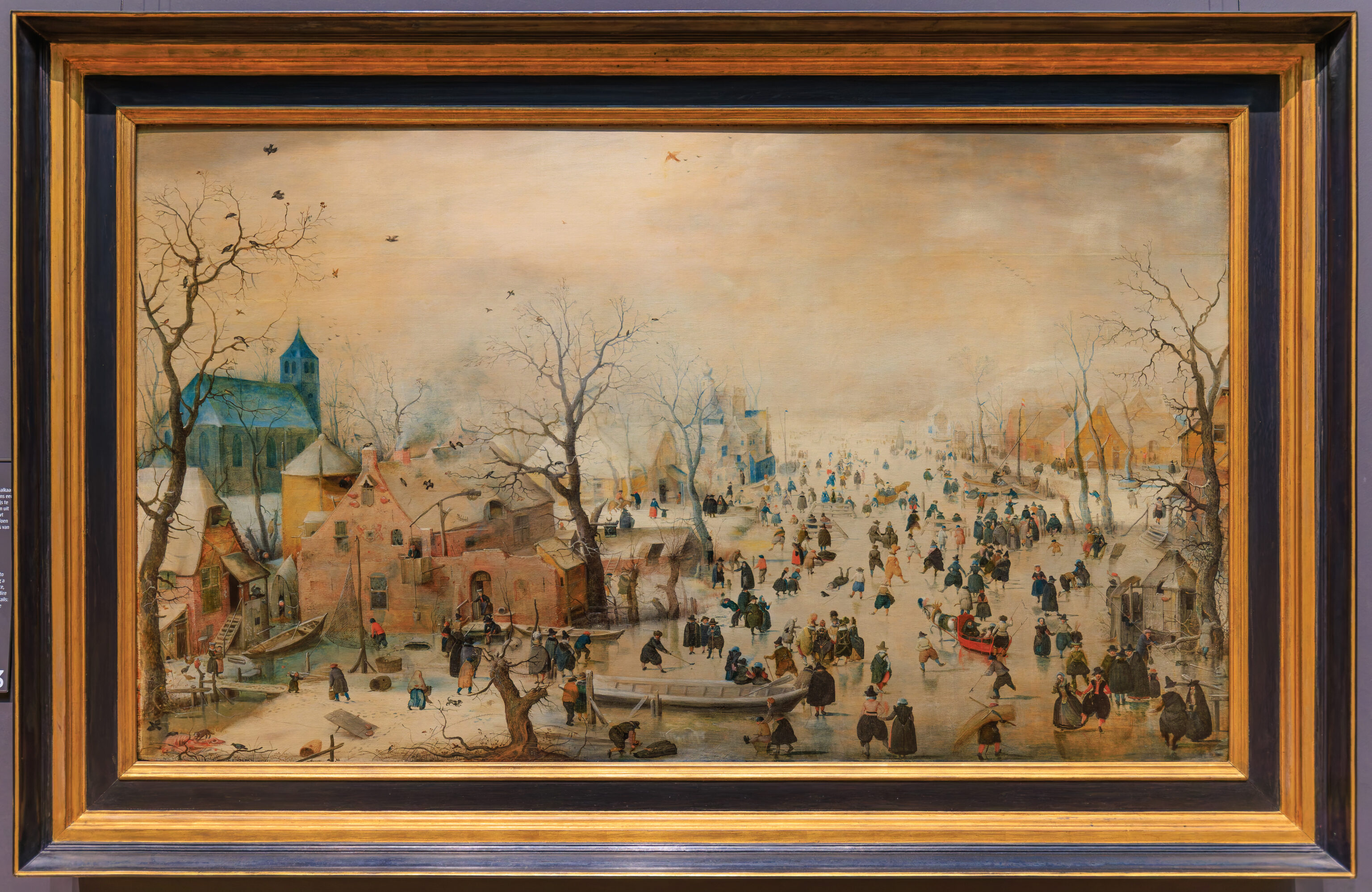
This painting, featured on the map for room 2.6, depicts ice skaters in a winter scene. It seems ice skates were already a thing in the 1600s. The description for this painting explains that while most are out having fun, some are working in the cold weather. There is even a dead horse at bottom left being eaten by crows and a dog.

Another ice scene by the same artist. Once again, the scene depicts the poor working and the others enjoying their time.



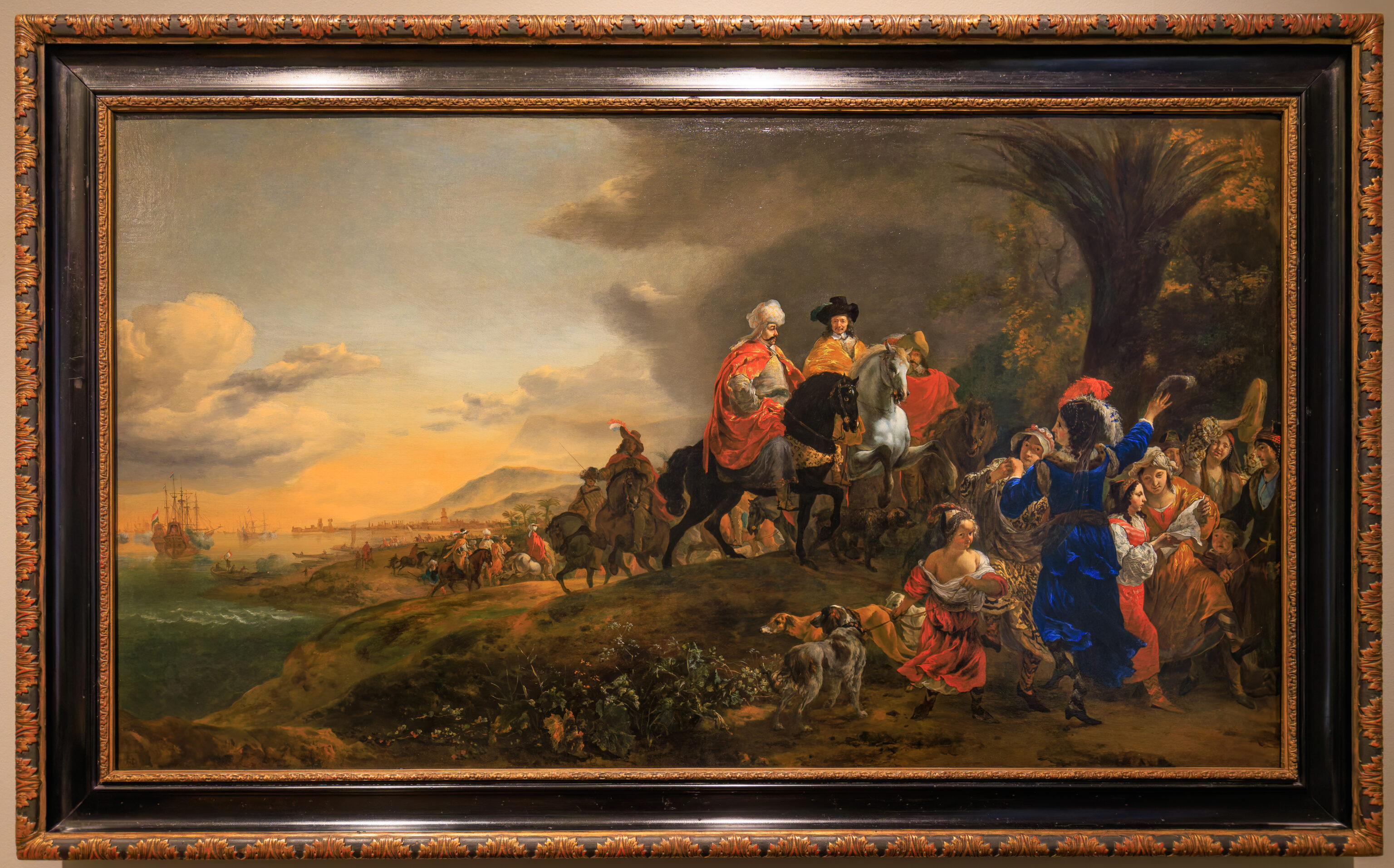
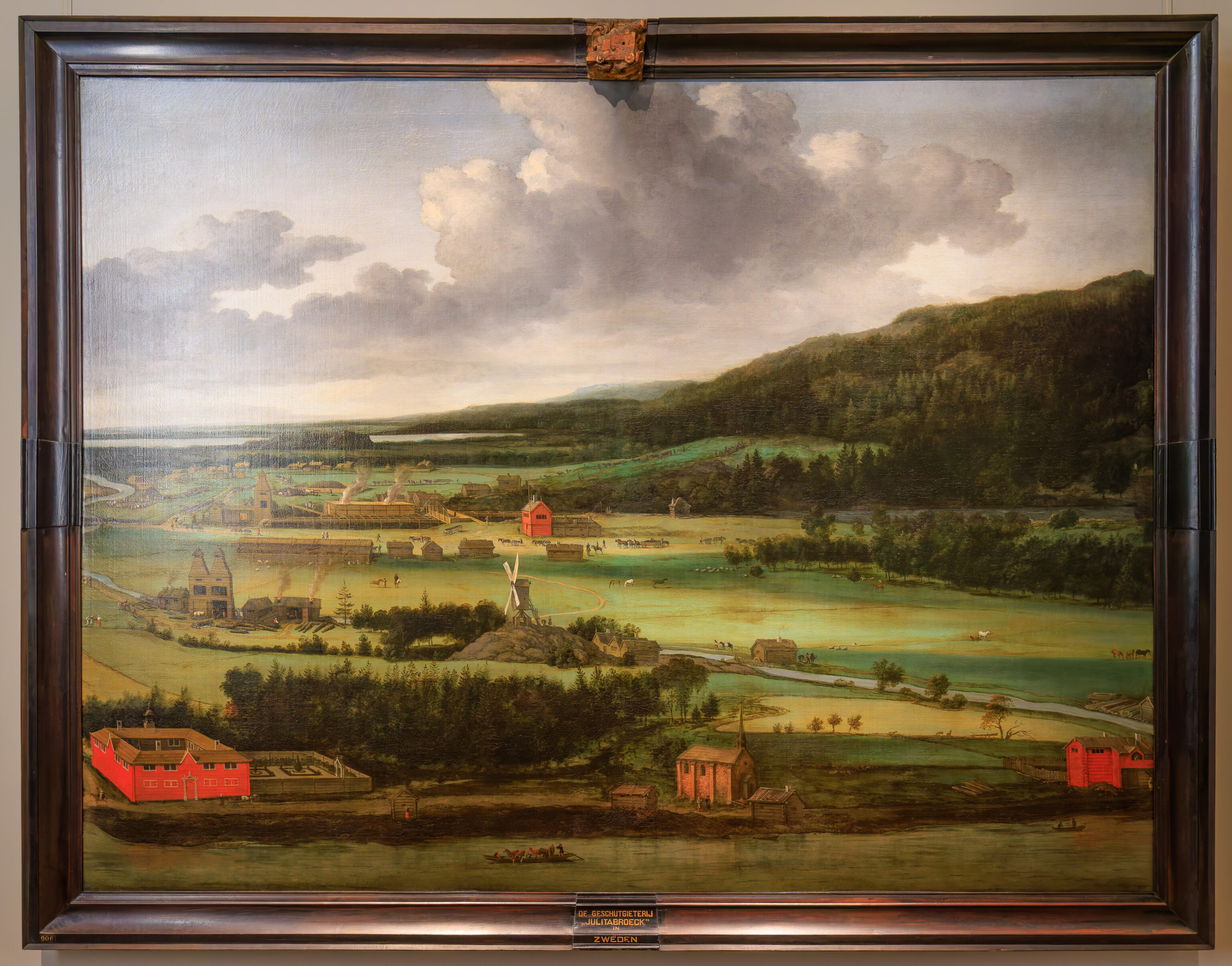

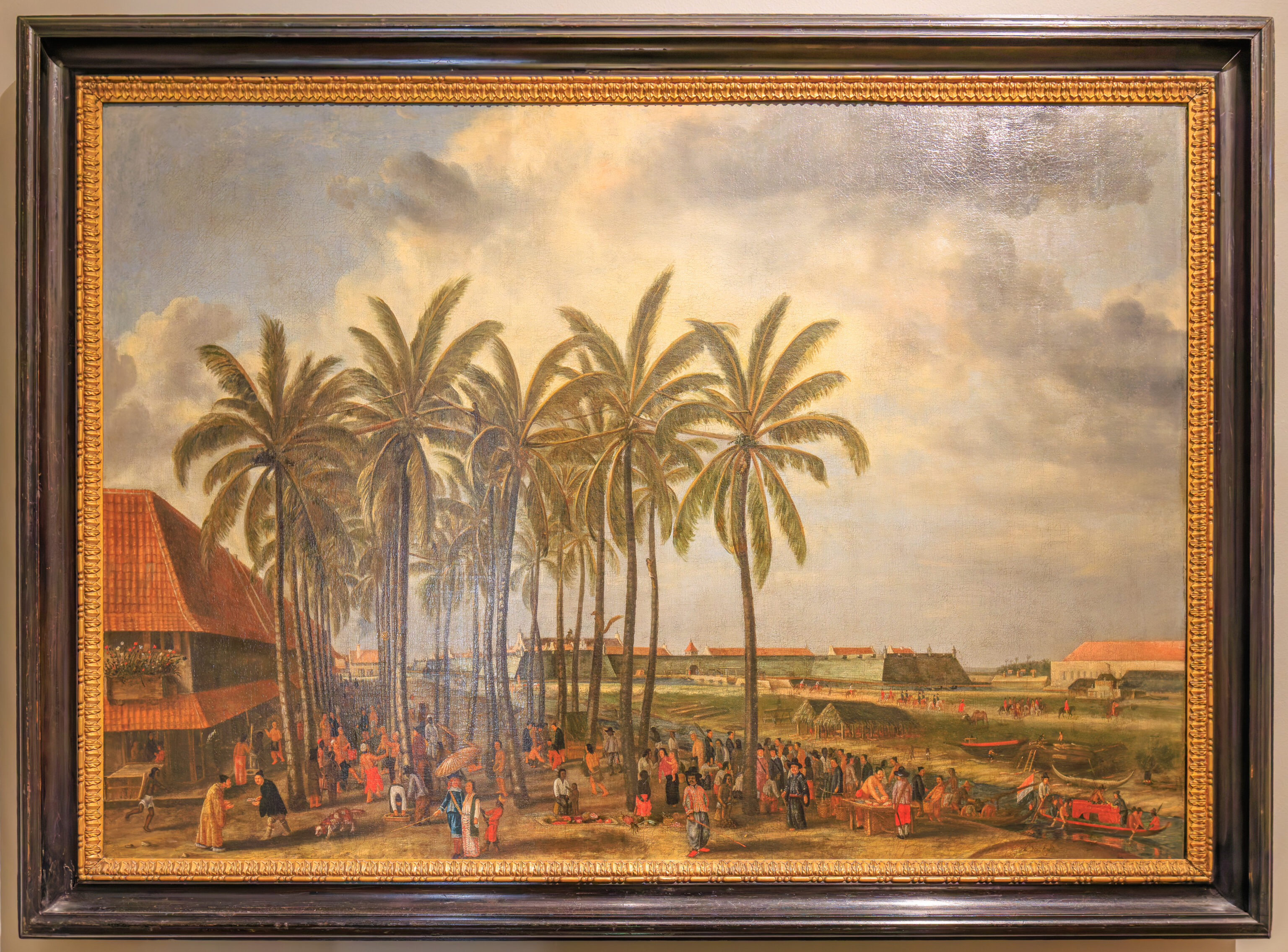




…
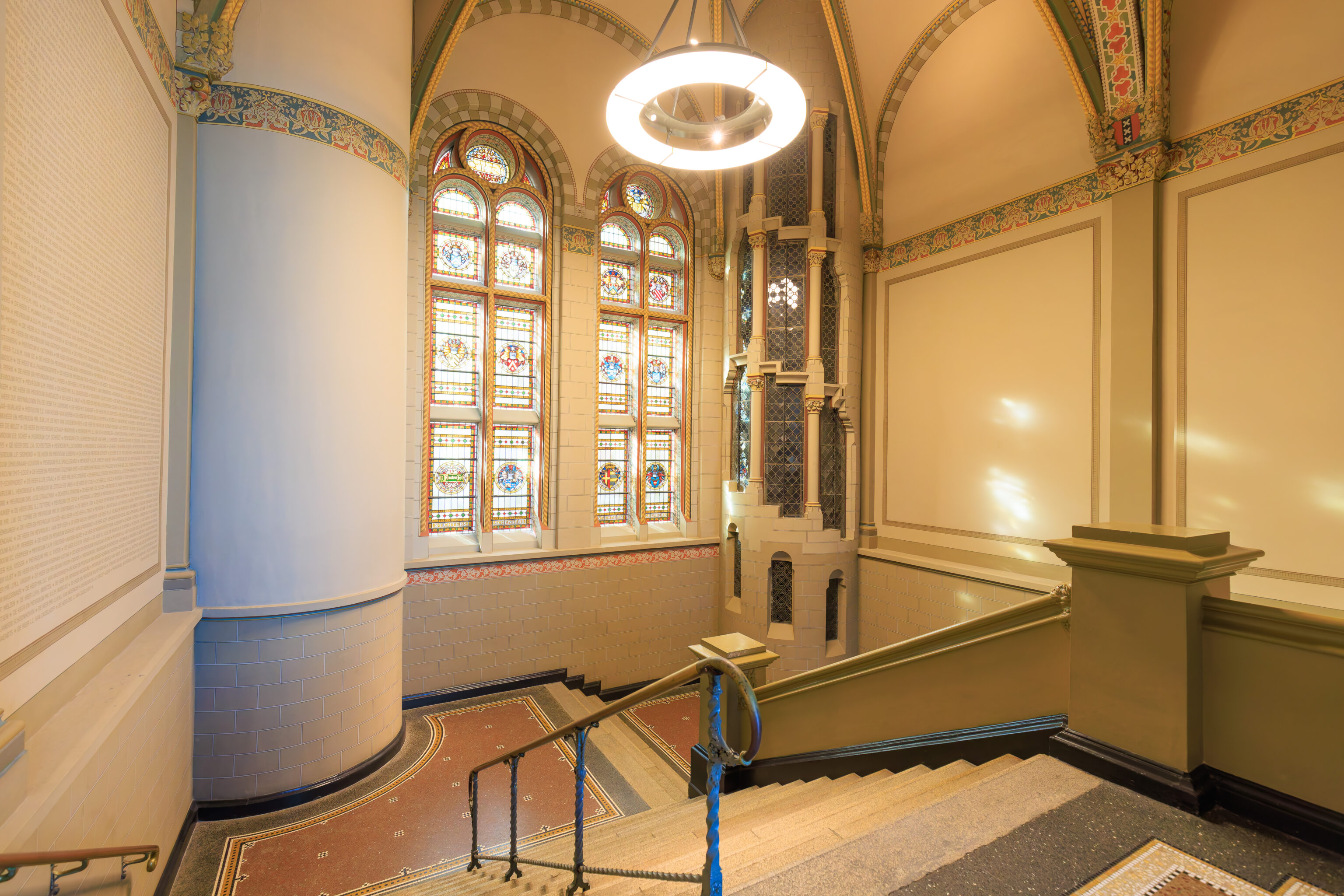

This is just a stairwell. But, there is a modern Daisy Duck holding a smartphone!


…

This building in Amsterdam is the Waag, or Weigh House. We actually saw this building on our first day in Amsterdam, although it was covered with some scaffolding.

The New Church and Town Hall, not yet the Royal Palace.

This painting is featured on the museum map for room 1.11.


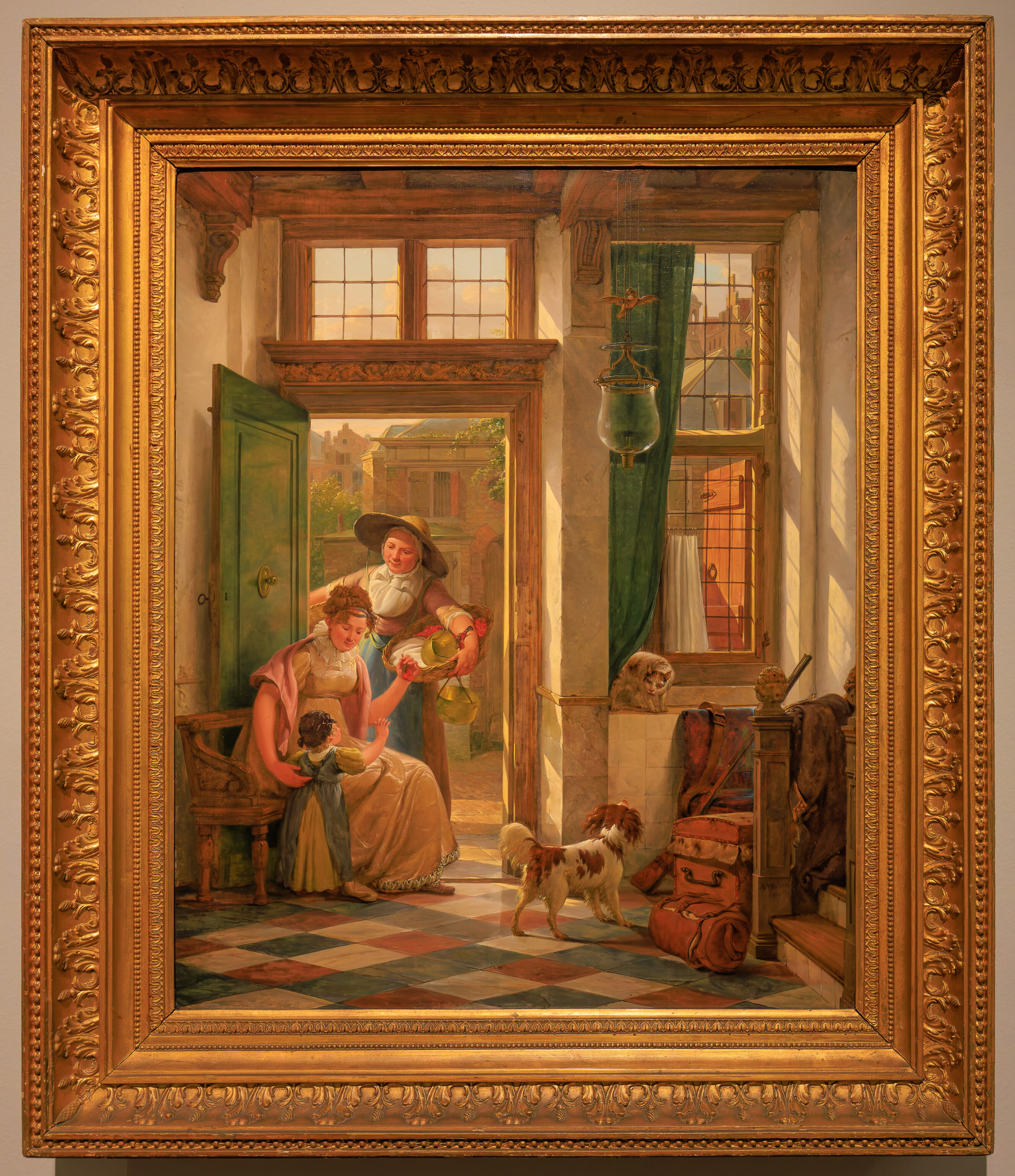
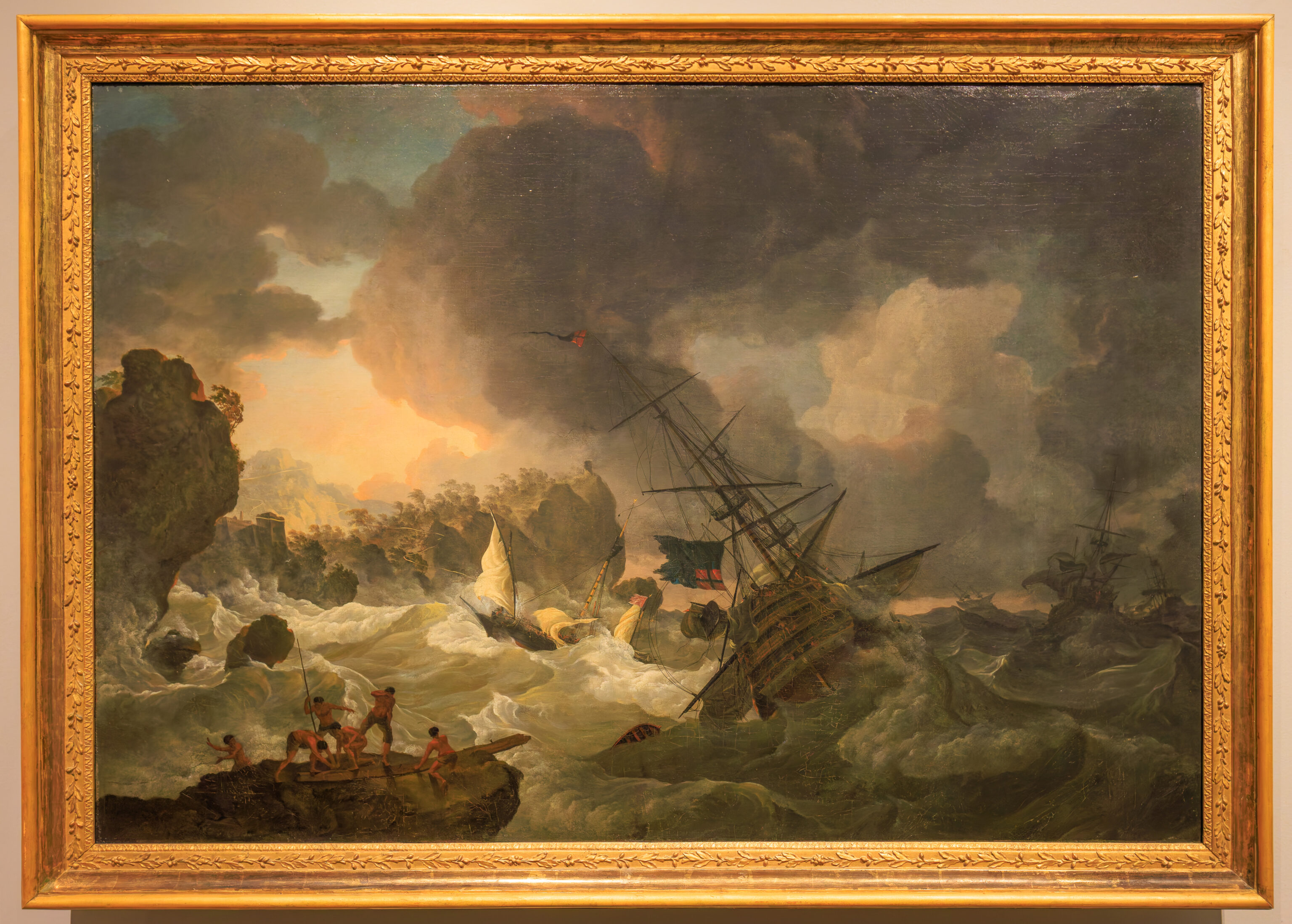
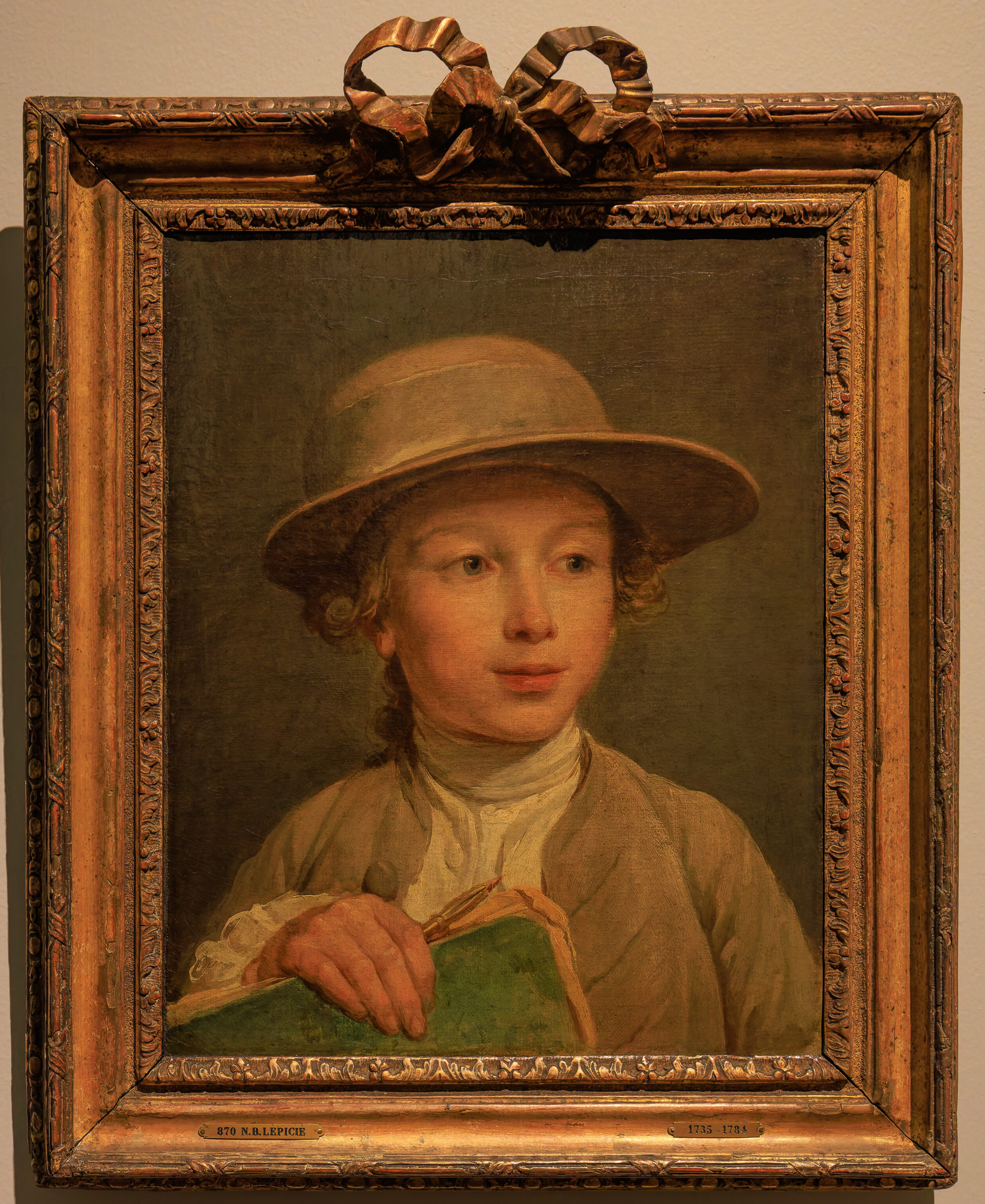
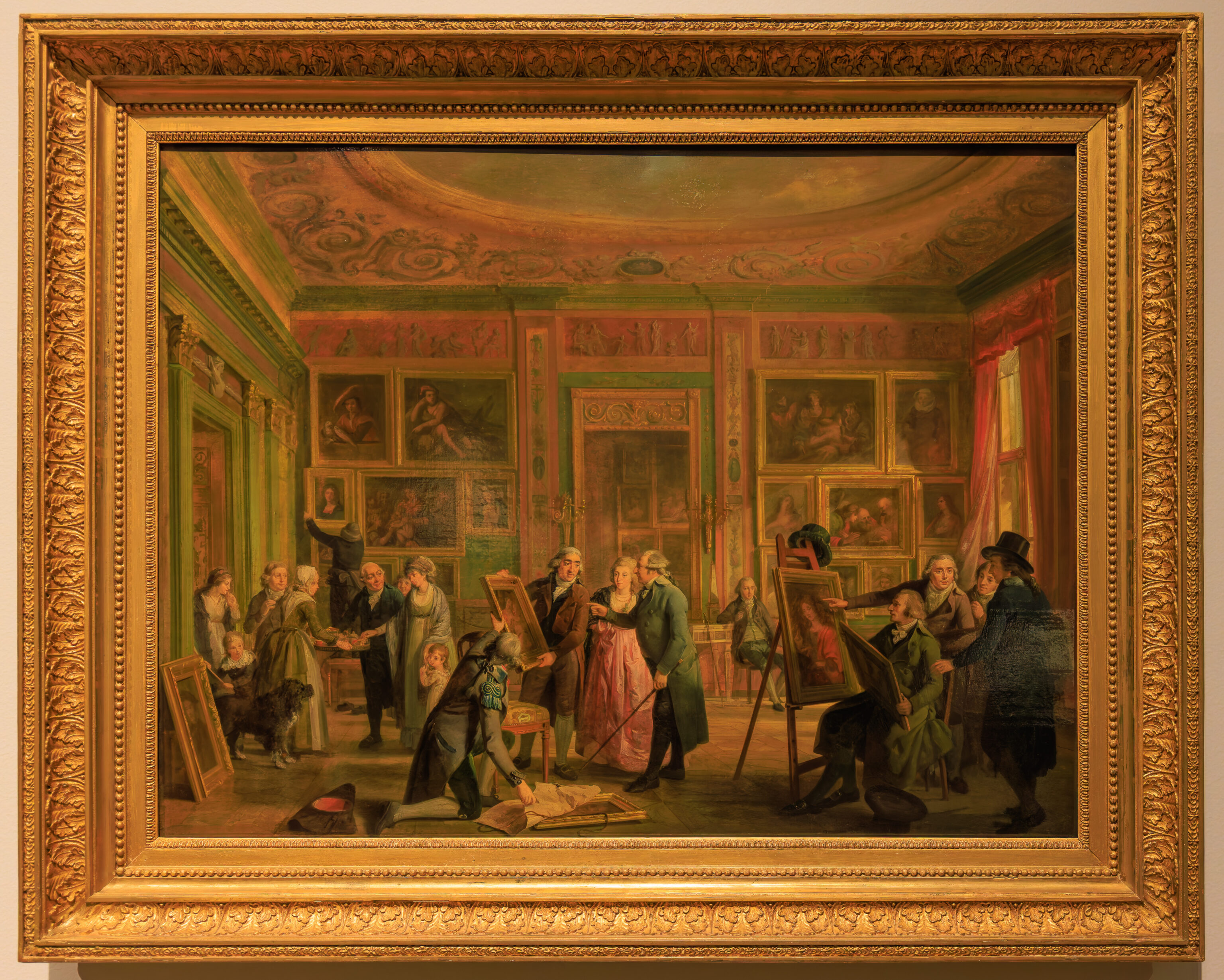


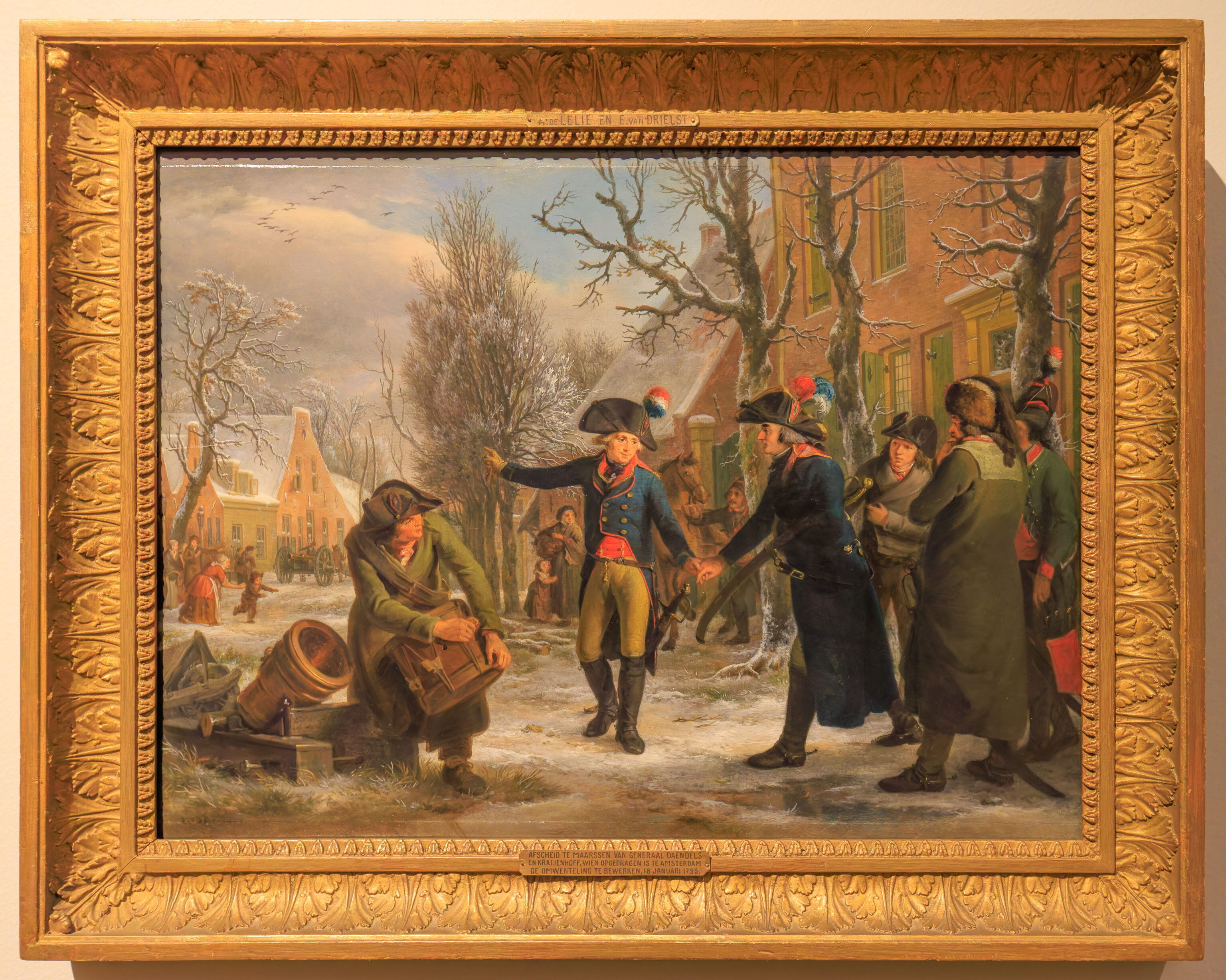
…
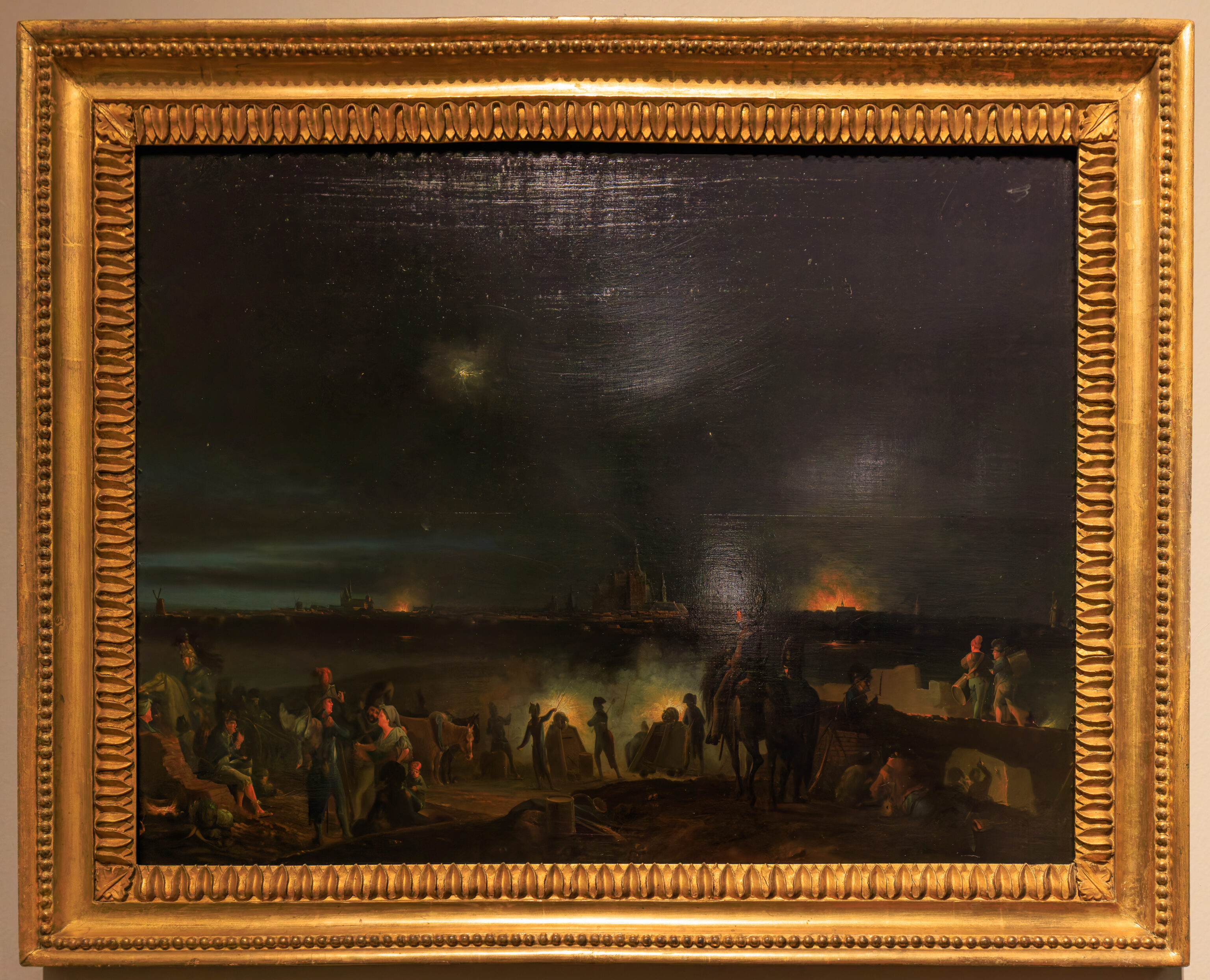
This painting depicts ‘s-Hertogenbosch, also known as simply Den Bosch, being attacked by the French. The only real visible building seems to be the city’s big church, the St John’s Cathedral, which we visited.
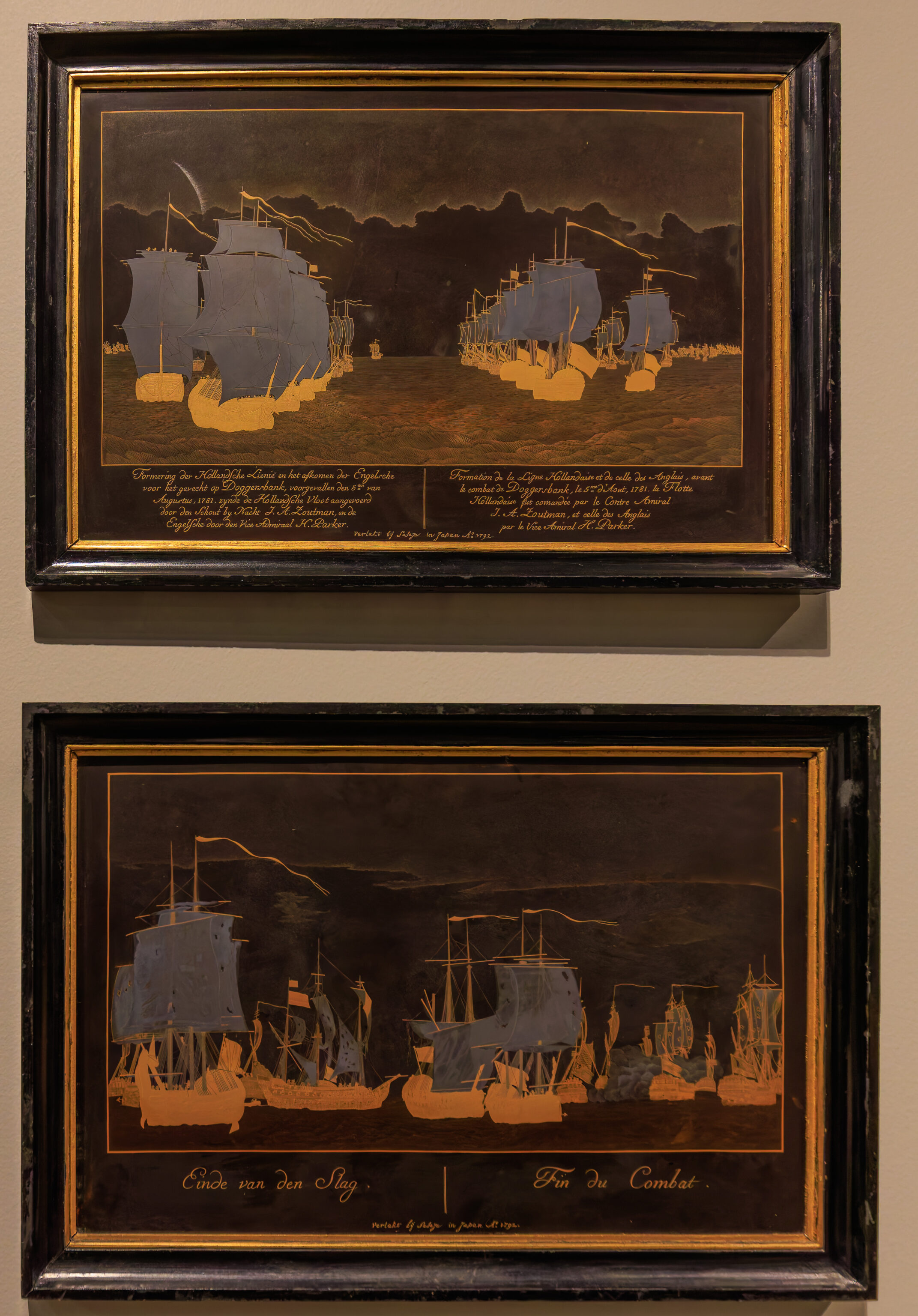
These lacquer panels from Japan depict the British and Dutch at the Battle of Dogger Bank.
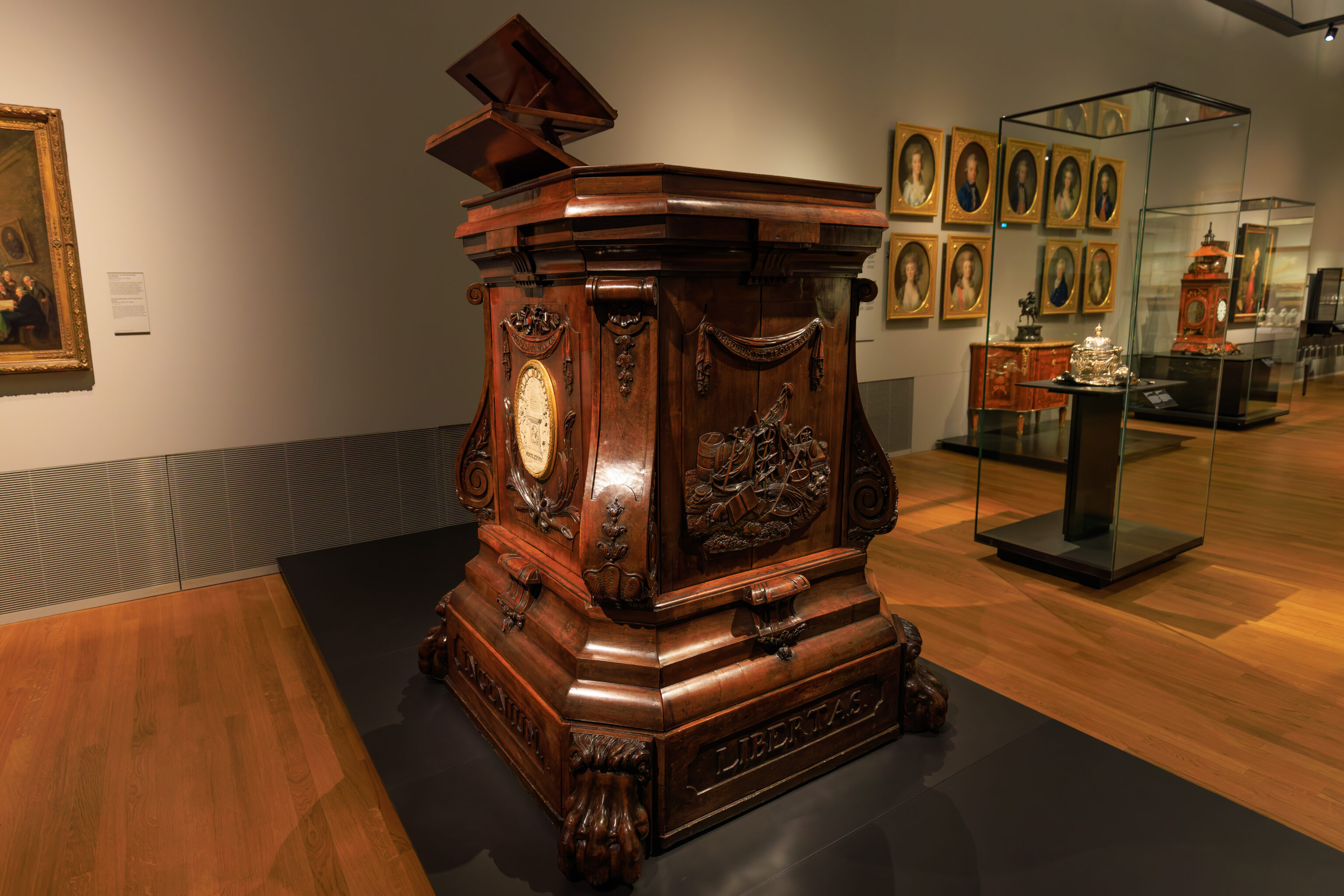
This big lectern is described as “a kind of a secular pulpit for speakers lecturing on the arts and sciences.”
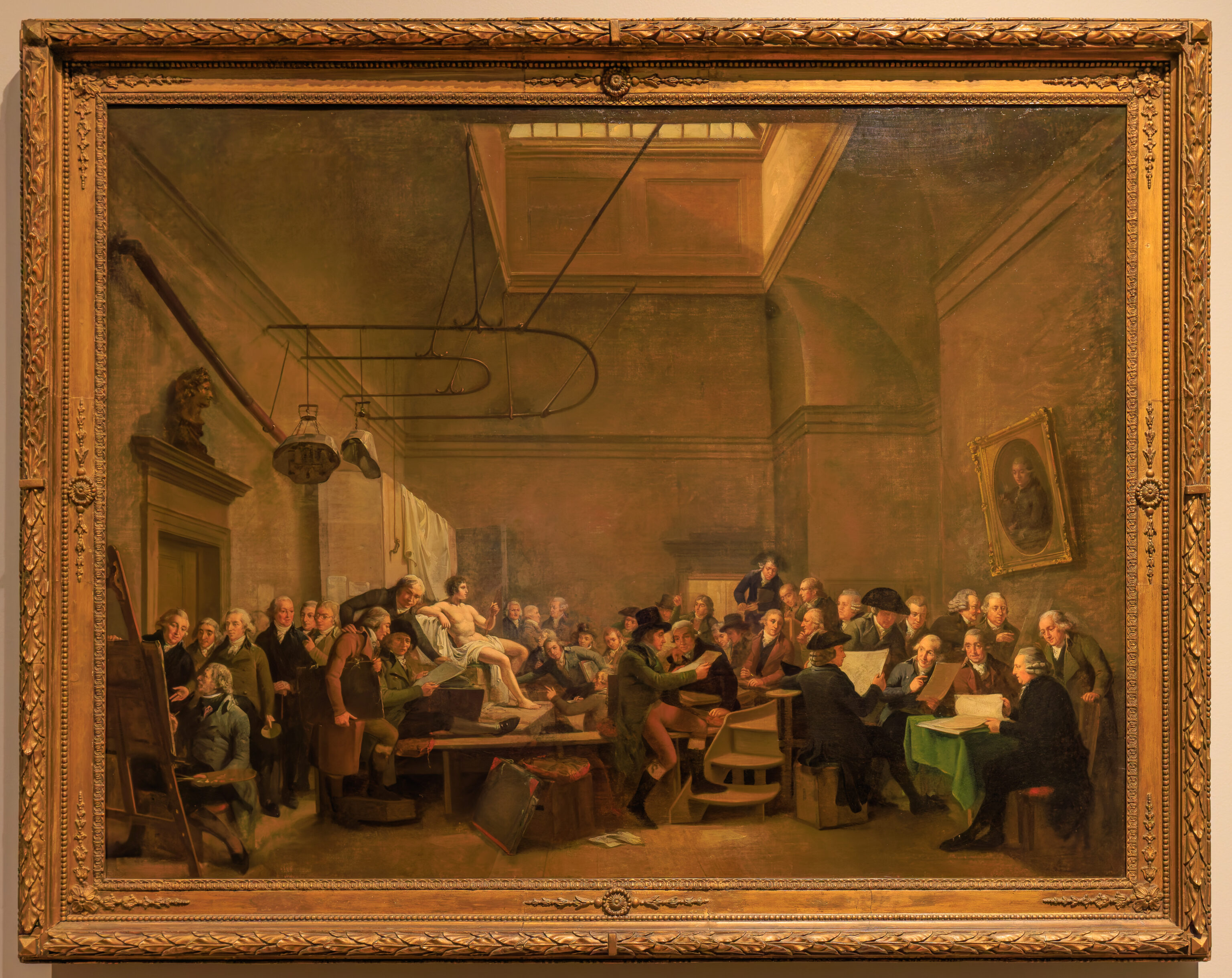

These two paintings depict scenes from the Felix Meritis Society, the same one that owned the big lectern.


Some fancy wooden furniture…

Is the big pointy mountain Mont Blanc? It typically isn’t described as a particularly pointy mountain. We discovered during our trip to Chamonix two years ago that Mont Blanc isn’t always easily identifiable!

A fancy clock, table, and mirror.

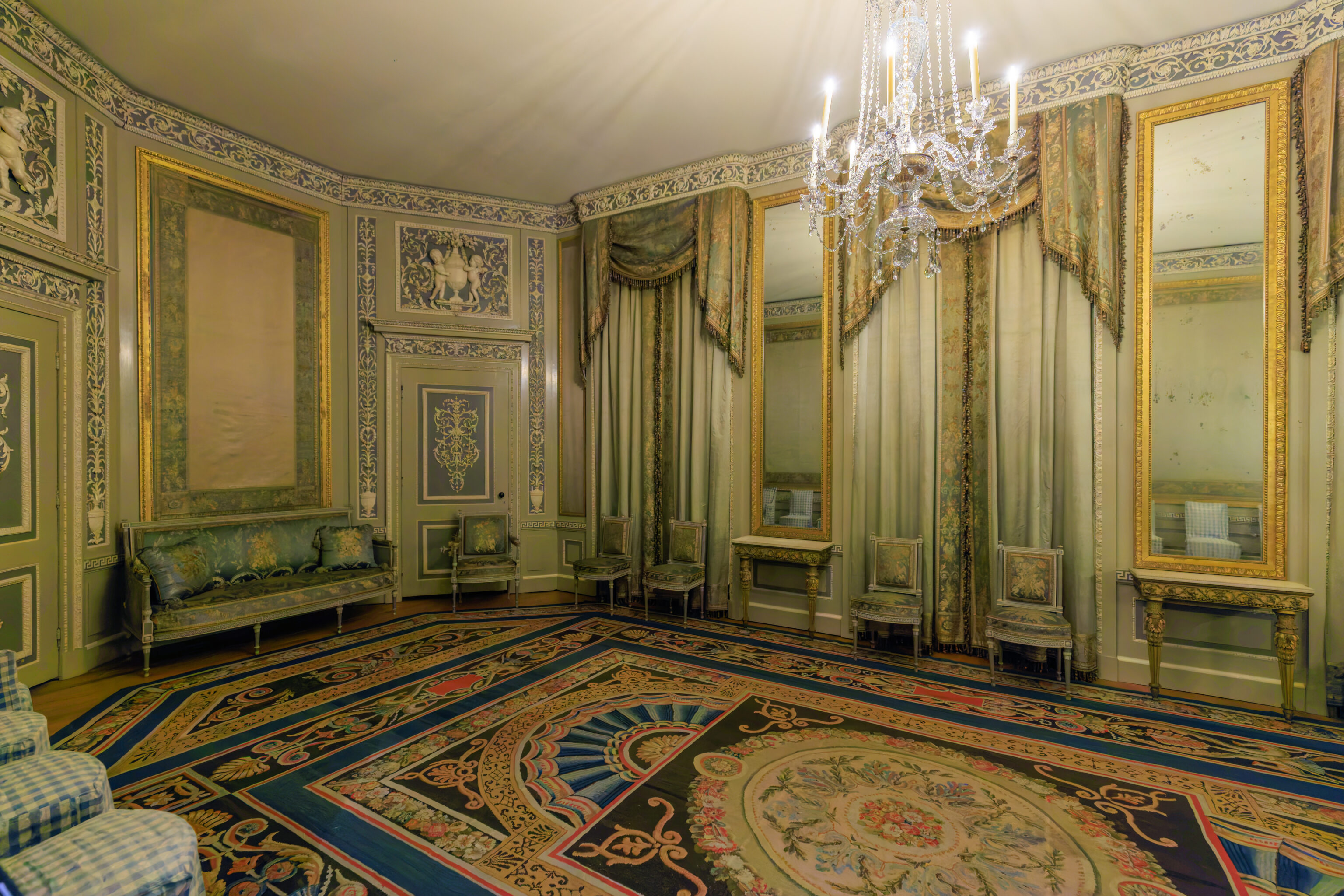
This room, which we could not enter, was pretty dark. It is listed as the Haarlem Period Room, 1.7, on the map and described as the Haarlem Reception Room on the museum website. The lighting doesn’t really help with photography of this room.
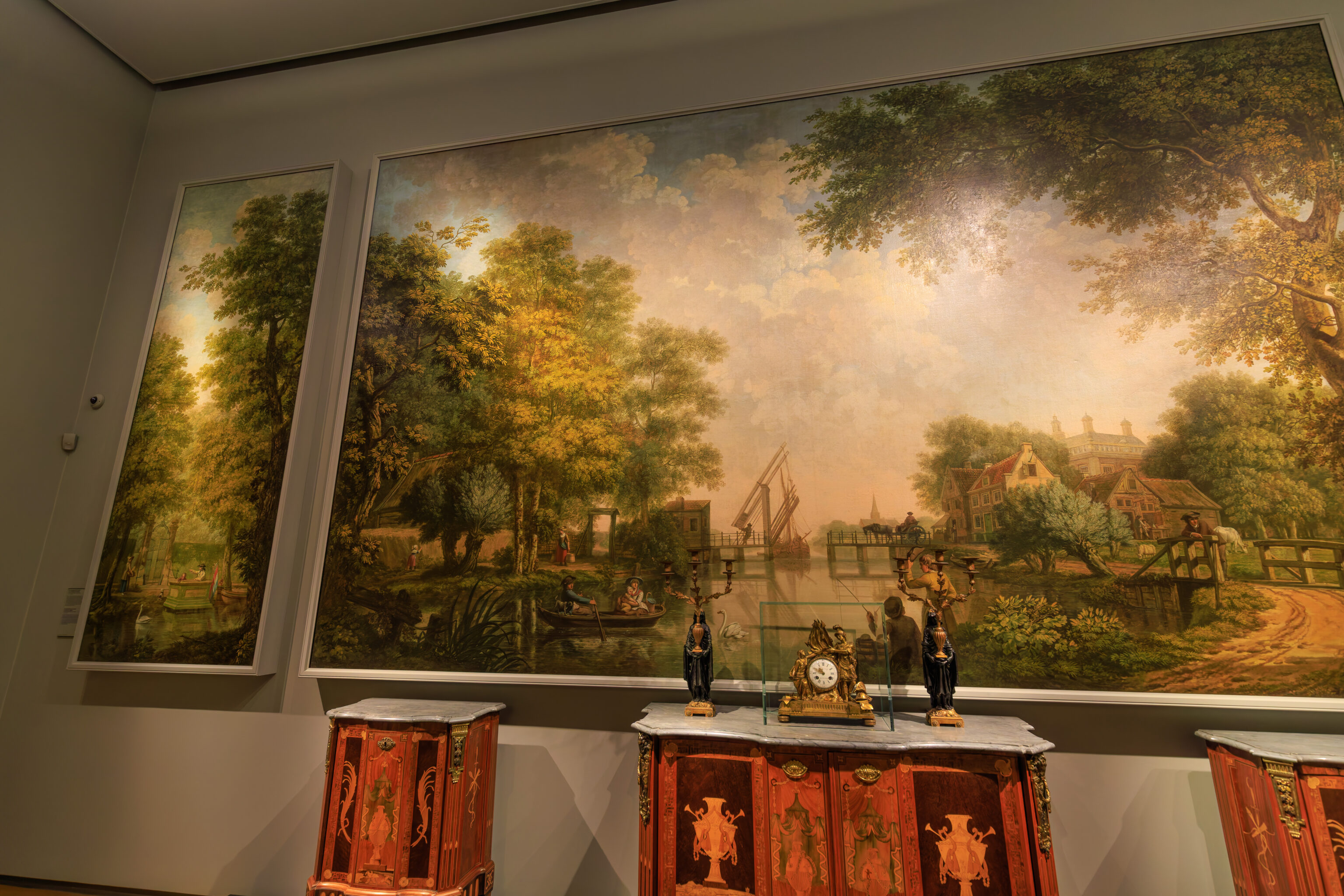


Unfortunately, we didn’t photograph any signs for this painting. We did photograph all three sections of it though!

A mostly empty room that we also don’t know anything about.


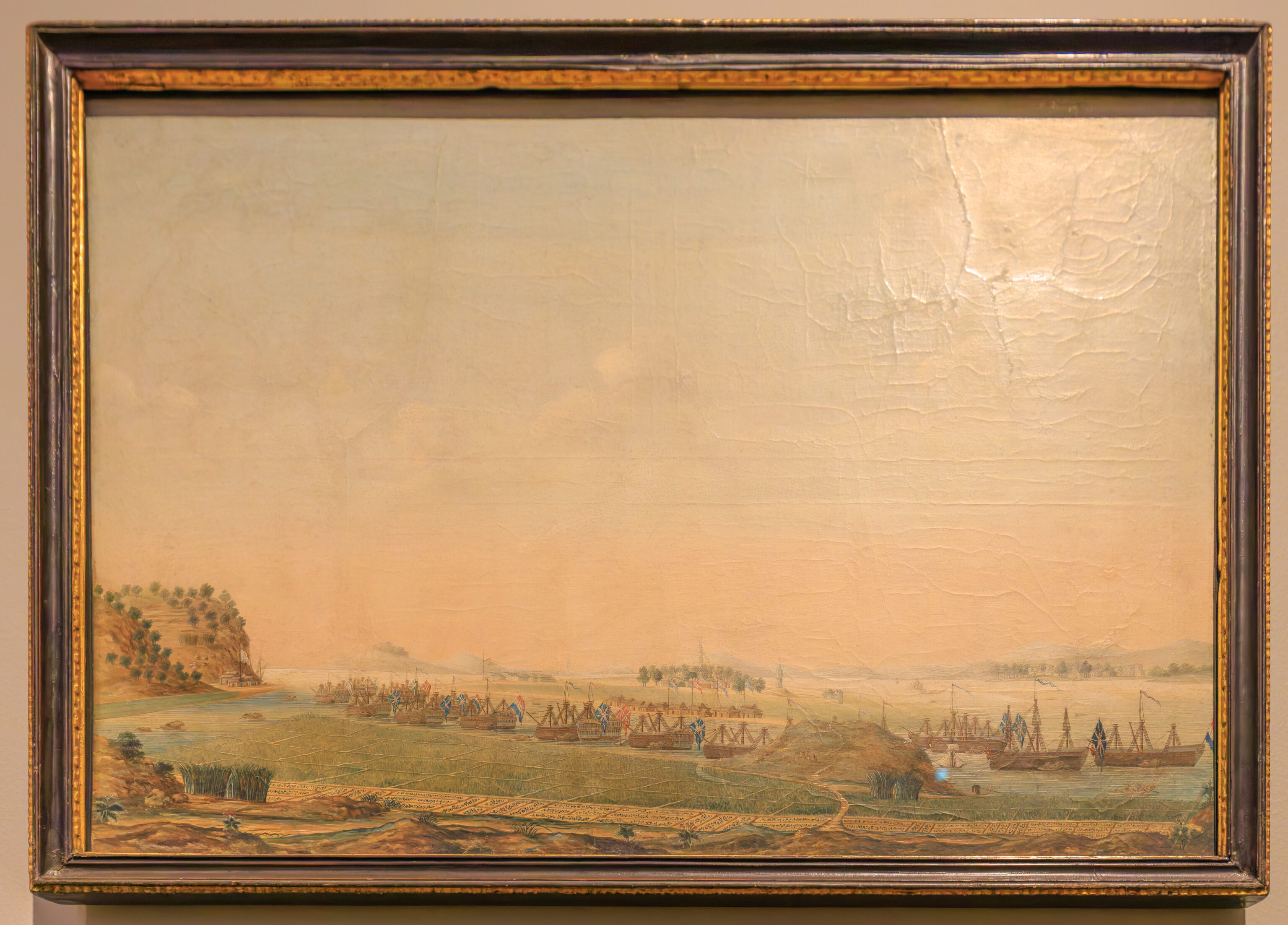
These three paintings seem to be of an unknown origin other than being painted in China. The paintings can apparently be dated based upon the buildings present in the scenes due to the amount of construction of new buildings during this time.

Not sure letting monkeys snort tobacco is a good idea… This sculpture is on the museum map for room 1.4.

The sculpture in this scene is described as a Putto with a Dolphin. That doesn’t look like a dolphin. At the time it seemed like the putto was slaying a dragon!
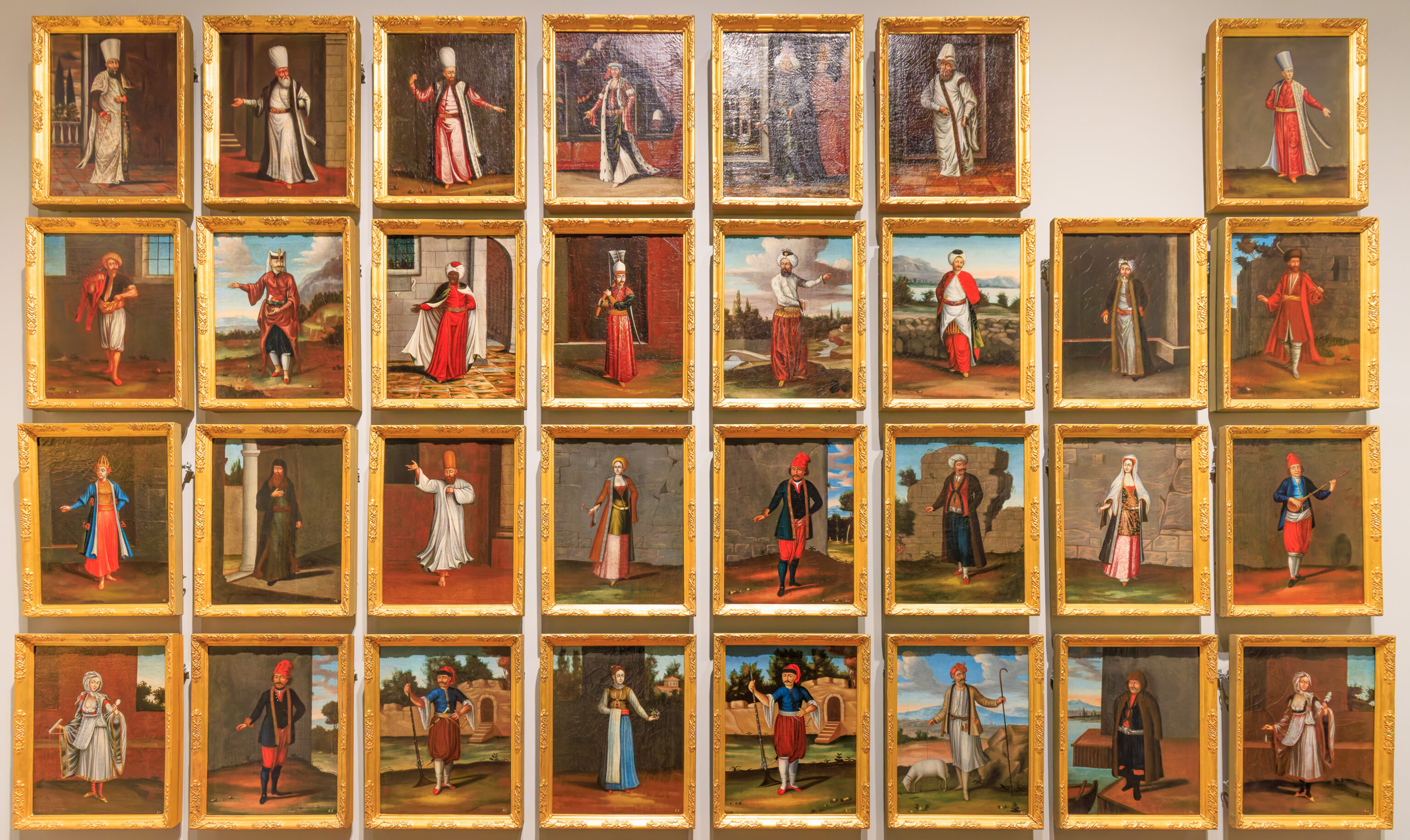


These paintings depict scenes and people from the Ottoman Empire. The last painting above is featured on the museum map for room 1.3.
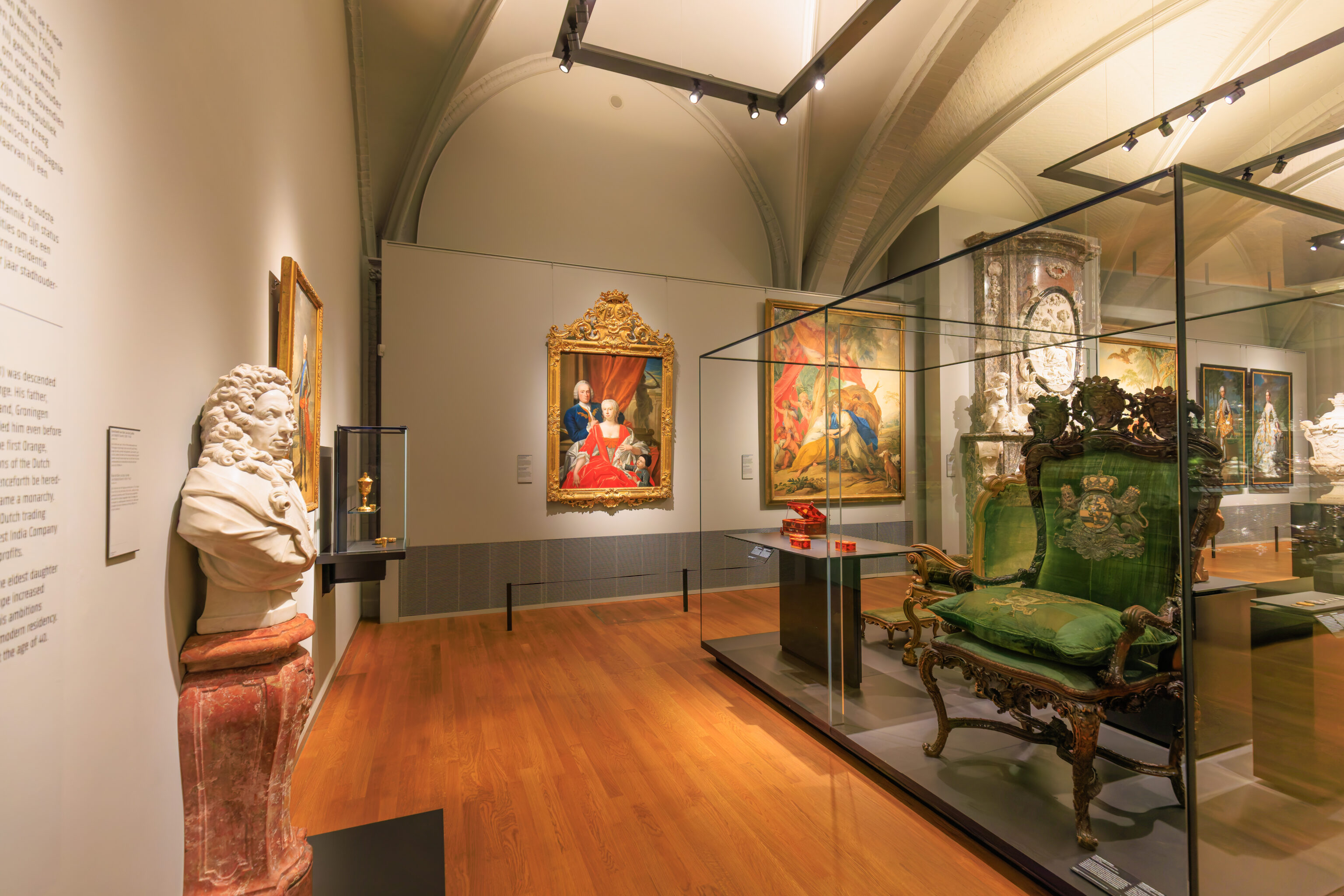


…
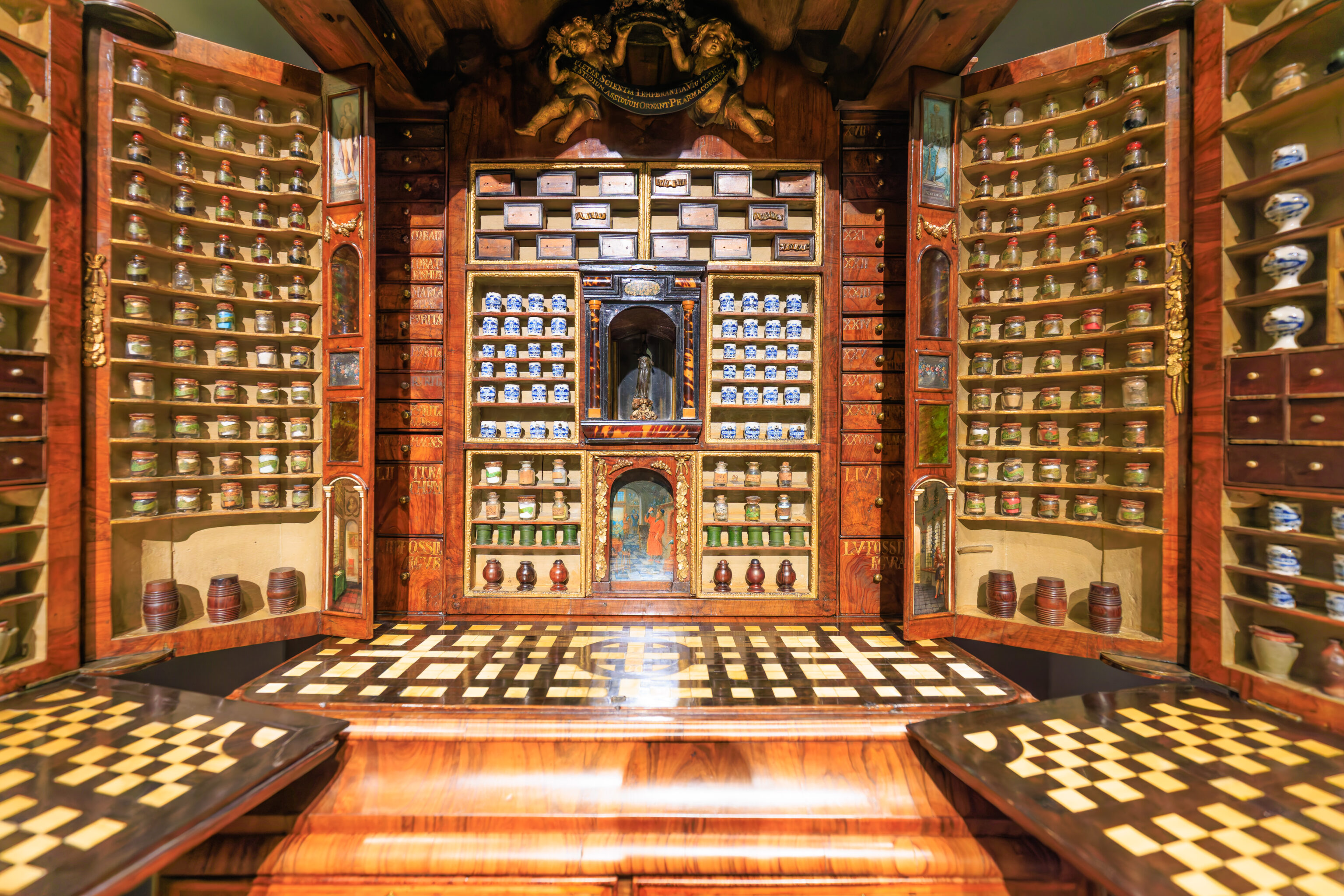
This cabinet contains many small containers. An apothecary would probably be something like a pharmacist today, though its questionable what kind of medicine was typically being practiced back in 1730.

This painting is featured on the museum map for room 1.1.

The tall silver piece in this display is also featured on the map for room 1.1.

We left the Rijksmuseum at around 1:15pm, having spent a bit more than four hours there. It was enough for a good look at some of the paintings within the museum but a quick walk through most of it.
We did spend some time in the gift shop and bought some postcards of some of the more famous paintings that we saw. Sadly, there were no postcards or magnets of the Donald Duck Night Watch art!

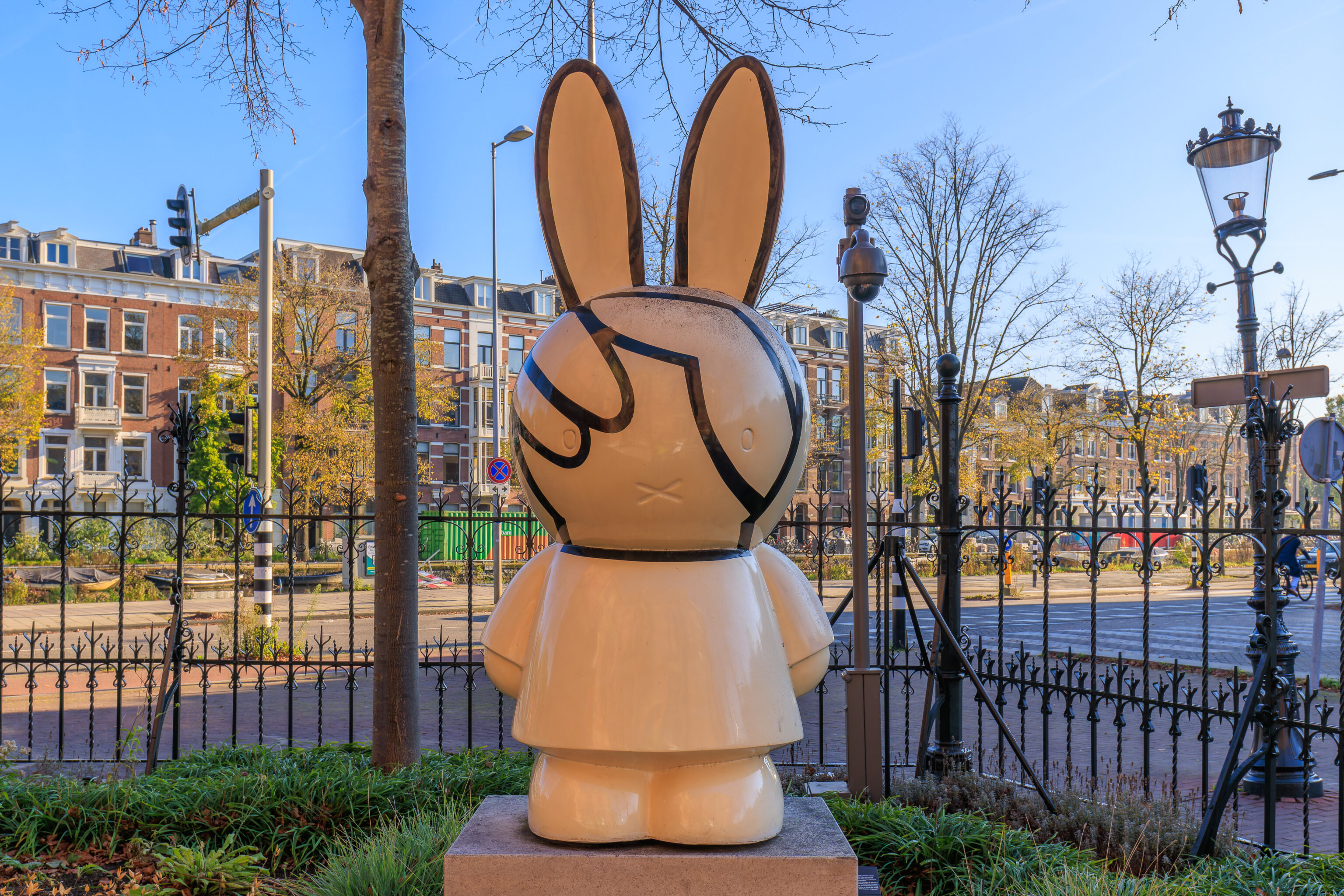
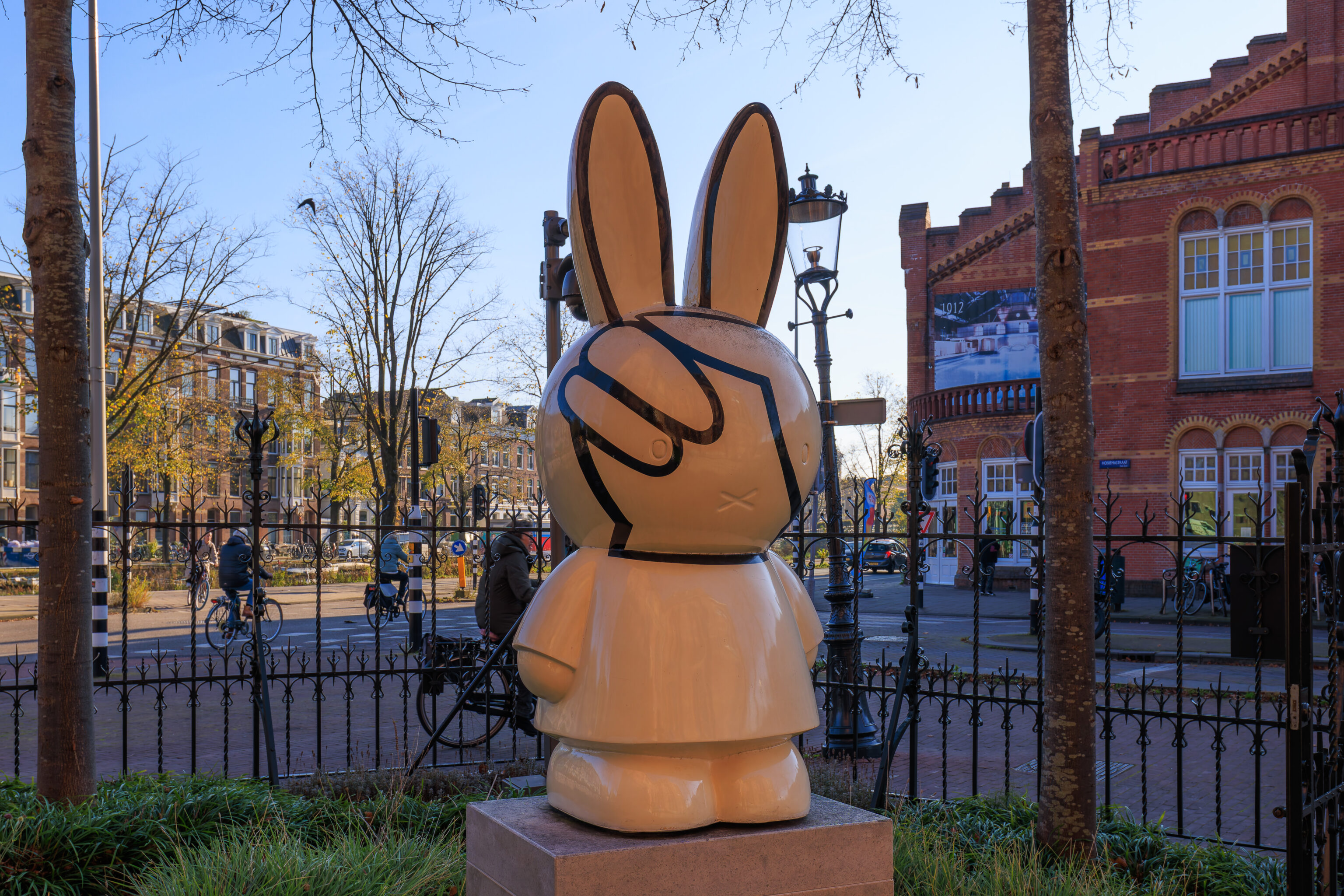
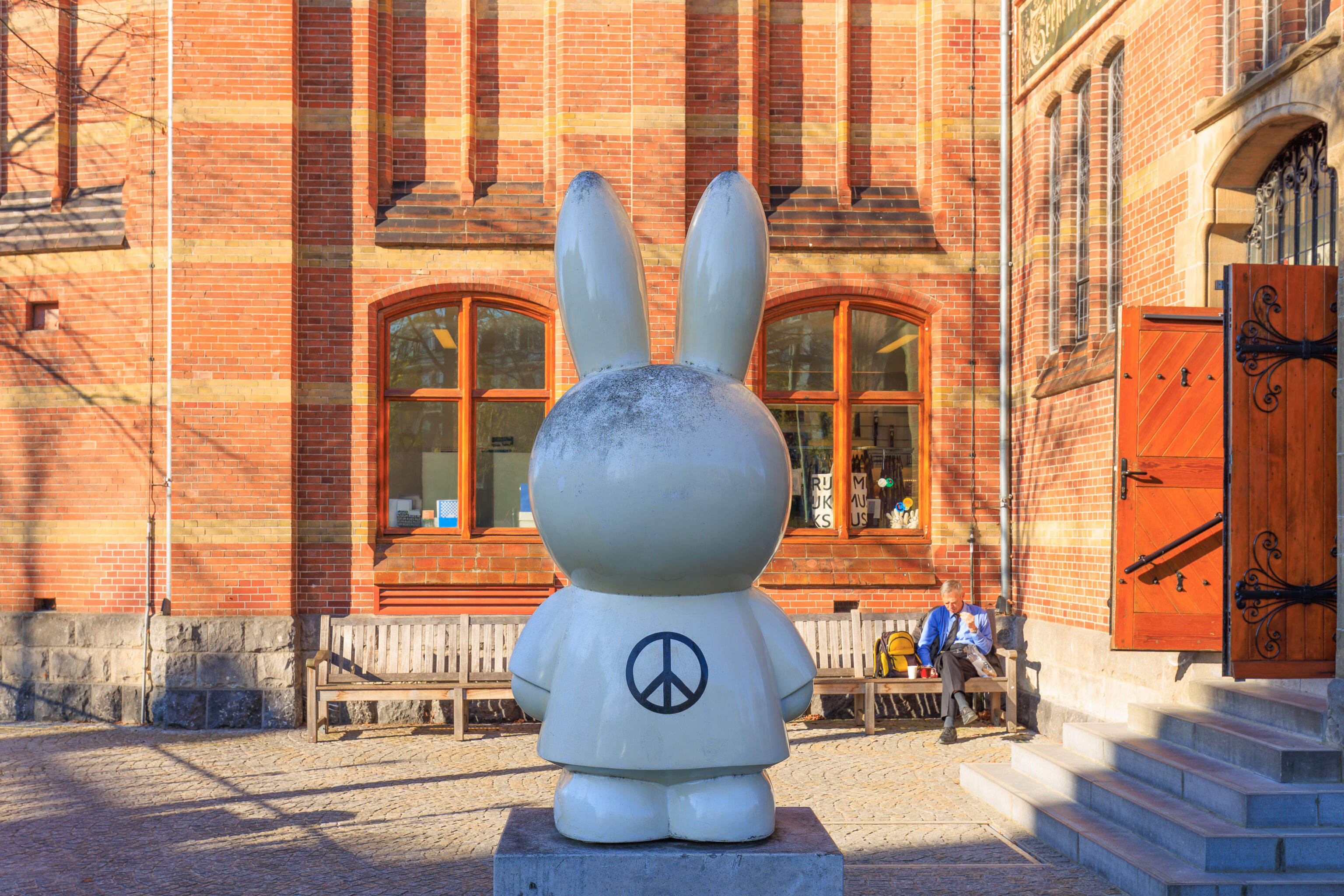
This sculpture of Miffy stands at the southeast corner of the large block that contains the Rijksmuseum. It is named Miffy for Peace and was created by Irma Boom.
Albert Cuyp Markt
It was almost 1:30pm by the time we saw Miffy. We decided to continue on to the Albert Cuyp Markt which is about a 15 minute walk from the Rijksmuseum.

Looking back, we could see the Rijksmuseum.

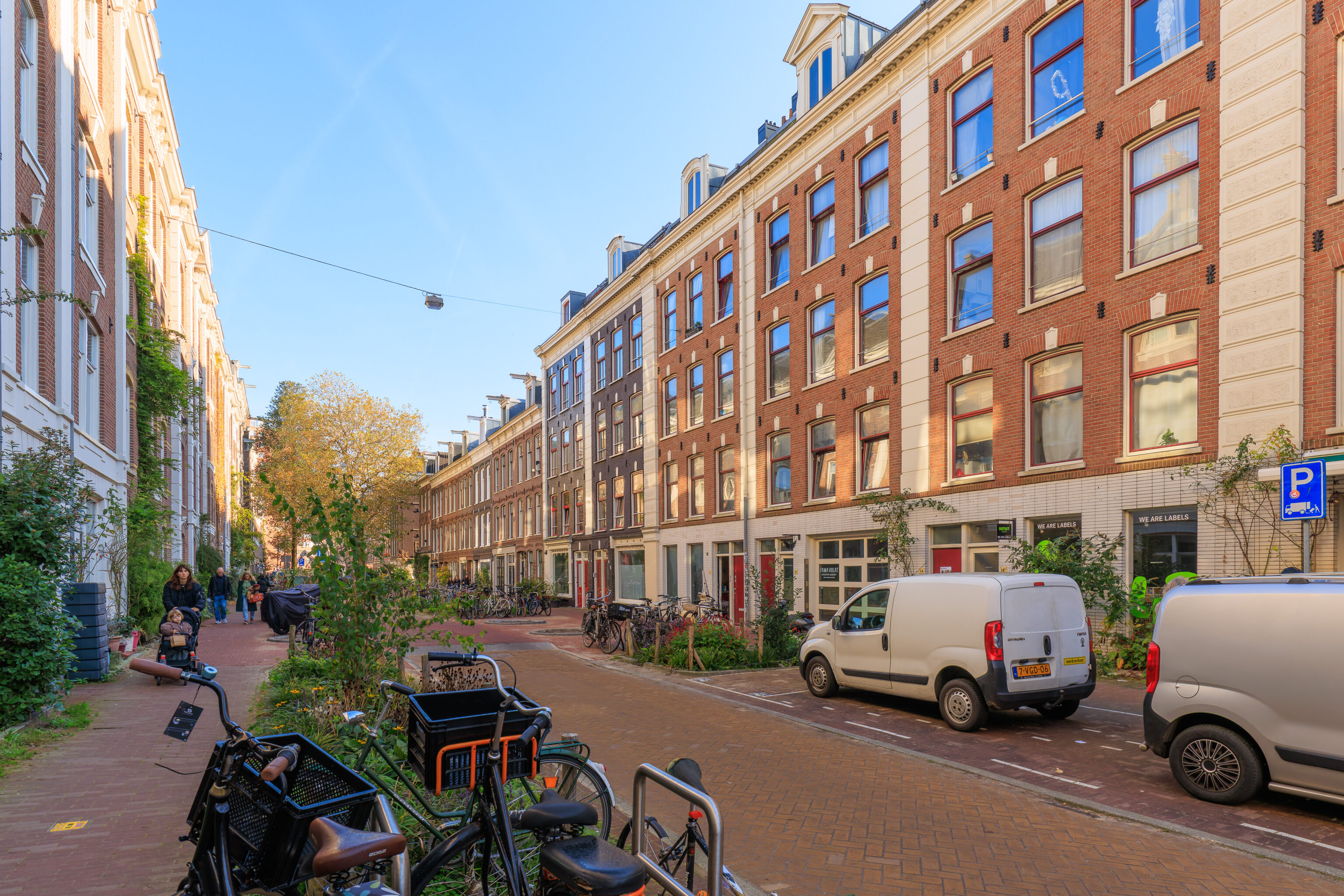
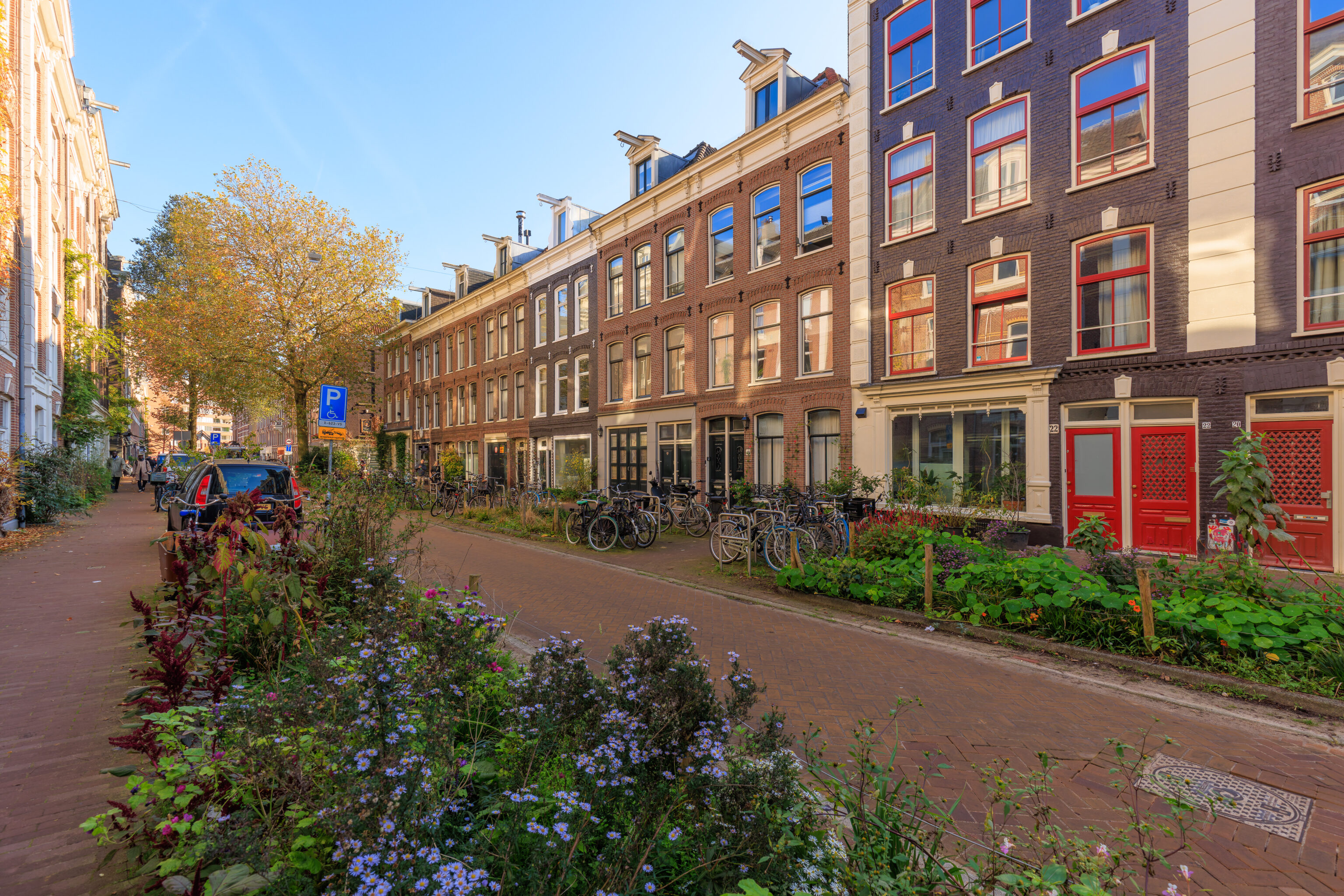
Some of the buildings here look newer than many of the other ones we’ve passed by in Amsterdam.

Upon reaching the market, we started out with freshly squeezed orange juice at €5 for a liter! Not very photogenic but it was very good and an excellent price!

We then stopped for poffertjes from Poffertjes Albert Cuyp. They were freshly made in a grill that resembles a takoyaki grill.

The poffertjes came with a ton of butter on the bottom and a ton of powdered sugar on the top. They were excellent!

The market had a mix of food and merchandise stalls. It wasn’t very busy, possibly because it is a Monday and after lunch time.

Our next visit was to Rudi’s Original Stroopwafels. This stand had a queue, though it moved pretty quickly. This is possibly one of the most famous stroopwafel stands in Amsterdam and is featured in many YouTube videos. Will it live up to the hype? They have two options, original for €2.50 and chocolate for €3.50.


We got one of each. They were excellent and very filled with stroop (sauce)! The classic original stroopwafel is probably still the best as extra flavoring is simply not needed.
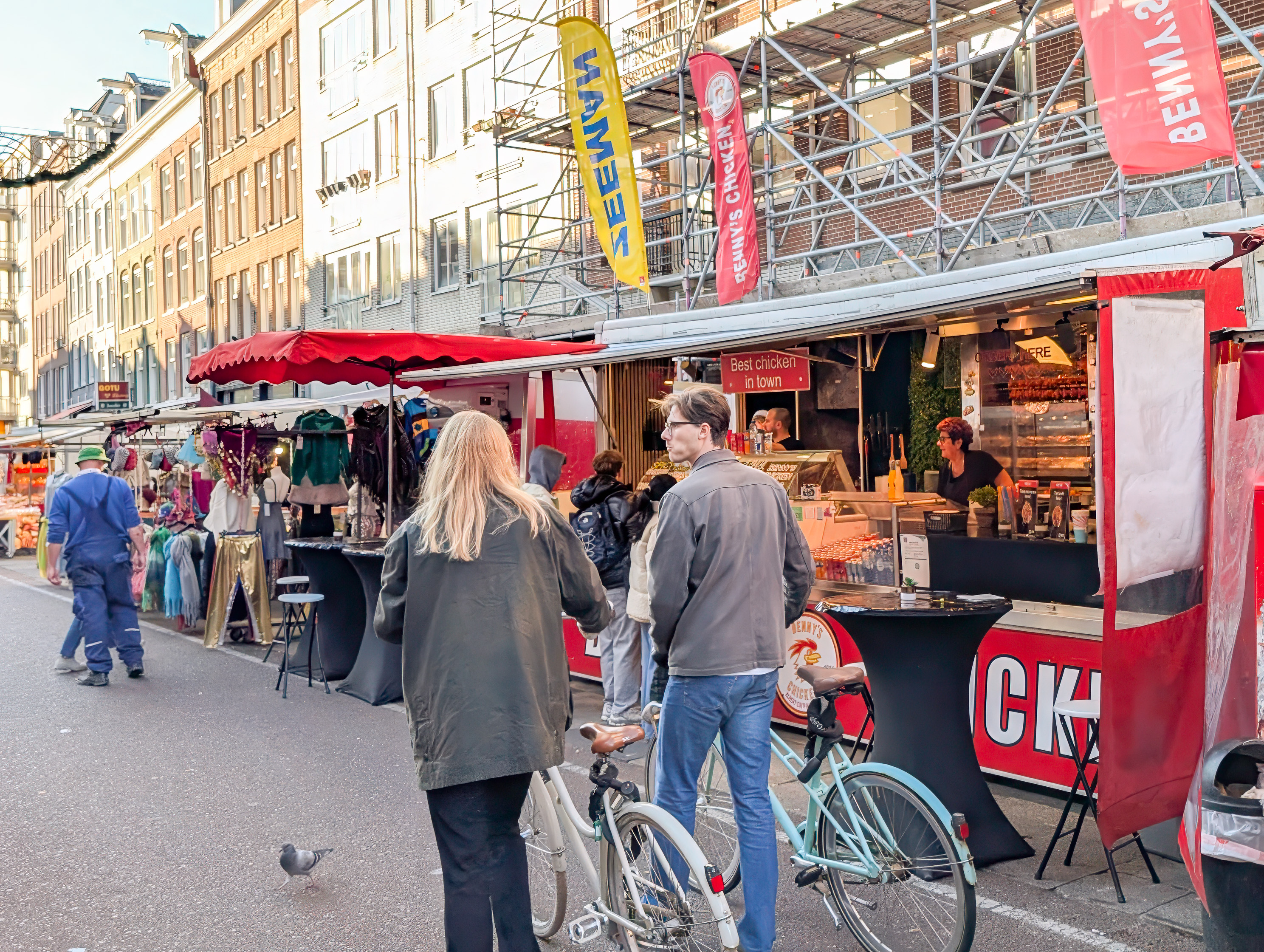
We were still hungry so got some fried chicken pieces from Benny’s Chicken. There was another stand right next to it that basically sold the same things. We didn’t really know anything about it at a time but Benny’s has been around since 1938!

The chicken was very good as it seemed to be thigh meat rather than the dry breast meat that many of our fellow Americans seem to prefer.

Our last stop was one of the last stands on the east end of the market. We got a grilled chicken roll. The wrap is wrapped around the contents and then quickly grilled on a two sided grill (typically called a panini grill?) to get the wrap crispy. It was very good! We don’t know anything about the stand as we didn’t get its name.

The east end of the market! From here, we walked a few short blocks to catch a tram back west to visit the Van Gogh Museum.
Van Gogh Museum

After getting off the tram at the Concertgebouw (Concert Building) stop, we walked on a path to the northeast from the southern end of the Museumplein. The Rijksmuseum is at the the far end of this path and the Van Gogh Museum is more or less in the middle.

There are lots of modern buildings here. The entrance to the Van Gogh Museum is at the very right edge of the frame.
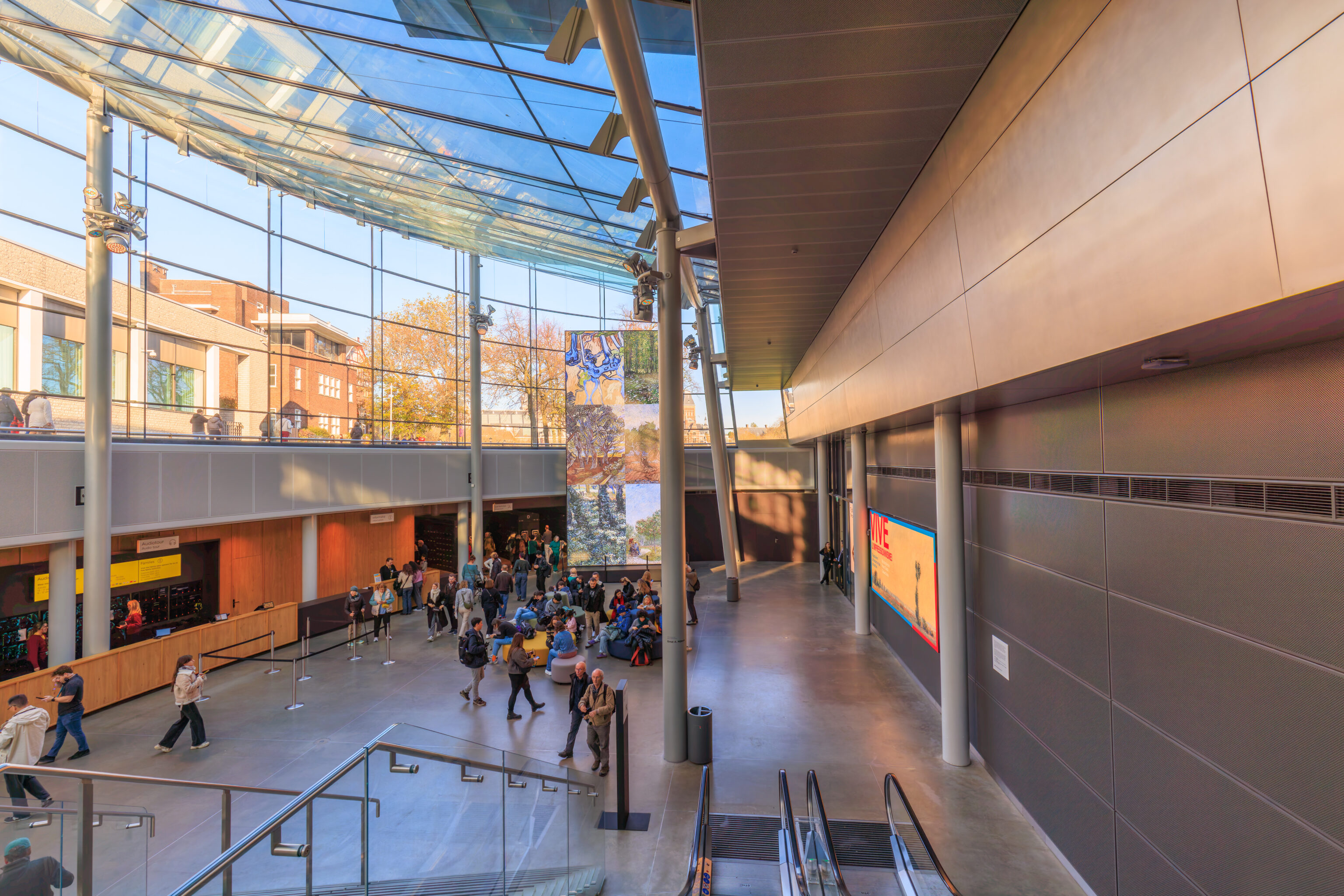
The entrance is actually below street level, a bit like a tiny and more modern Louvre without the glass pyramid.
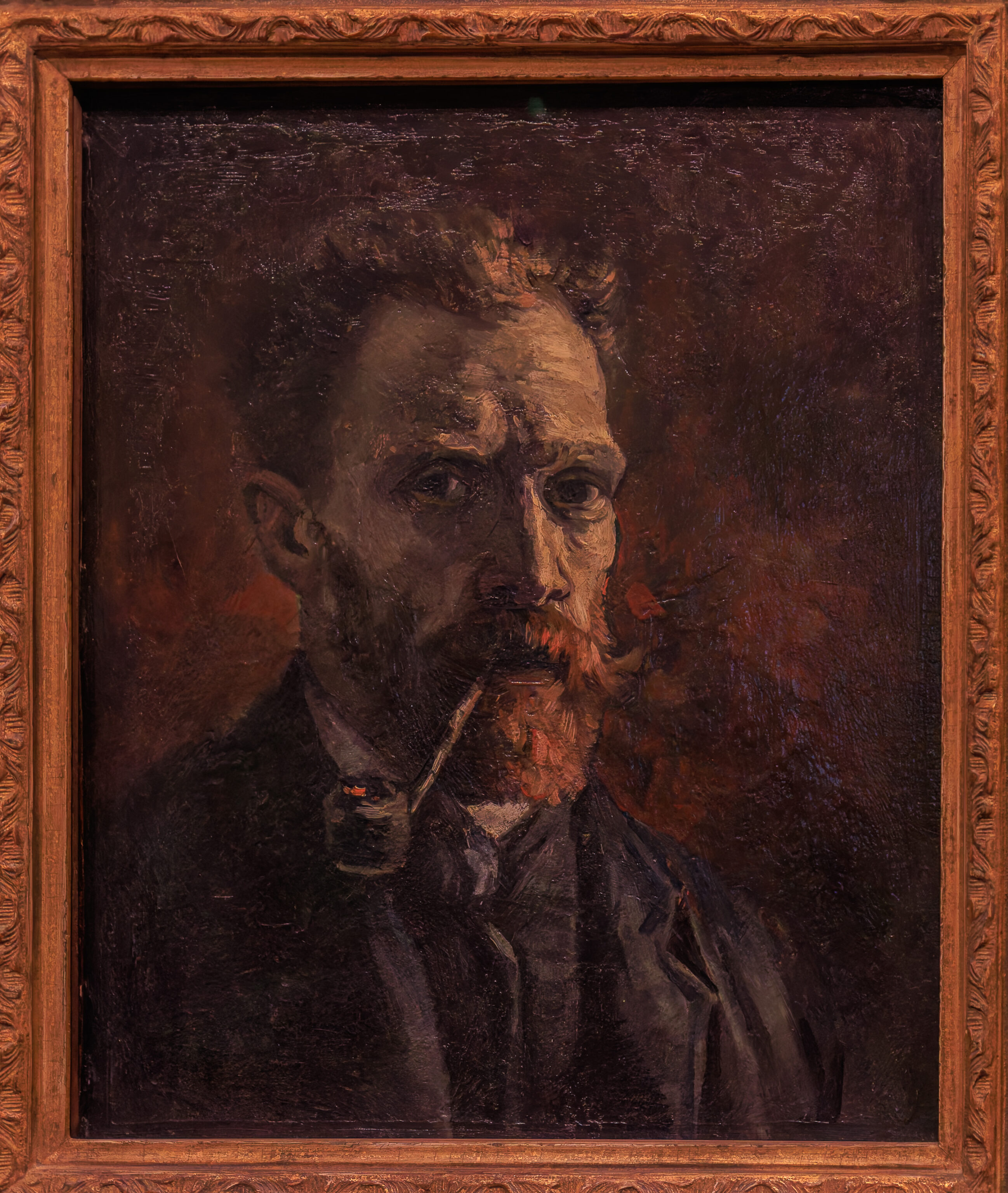


The first room we saw in the museum contains many self-portraits by Van Gogh. His early work is described as dark and that shows through these paintings.
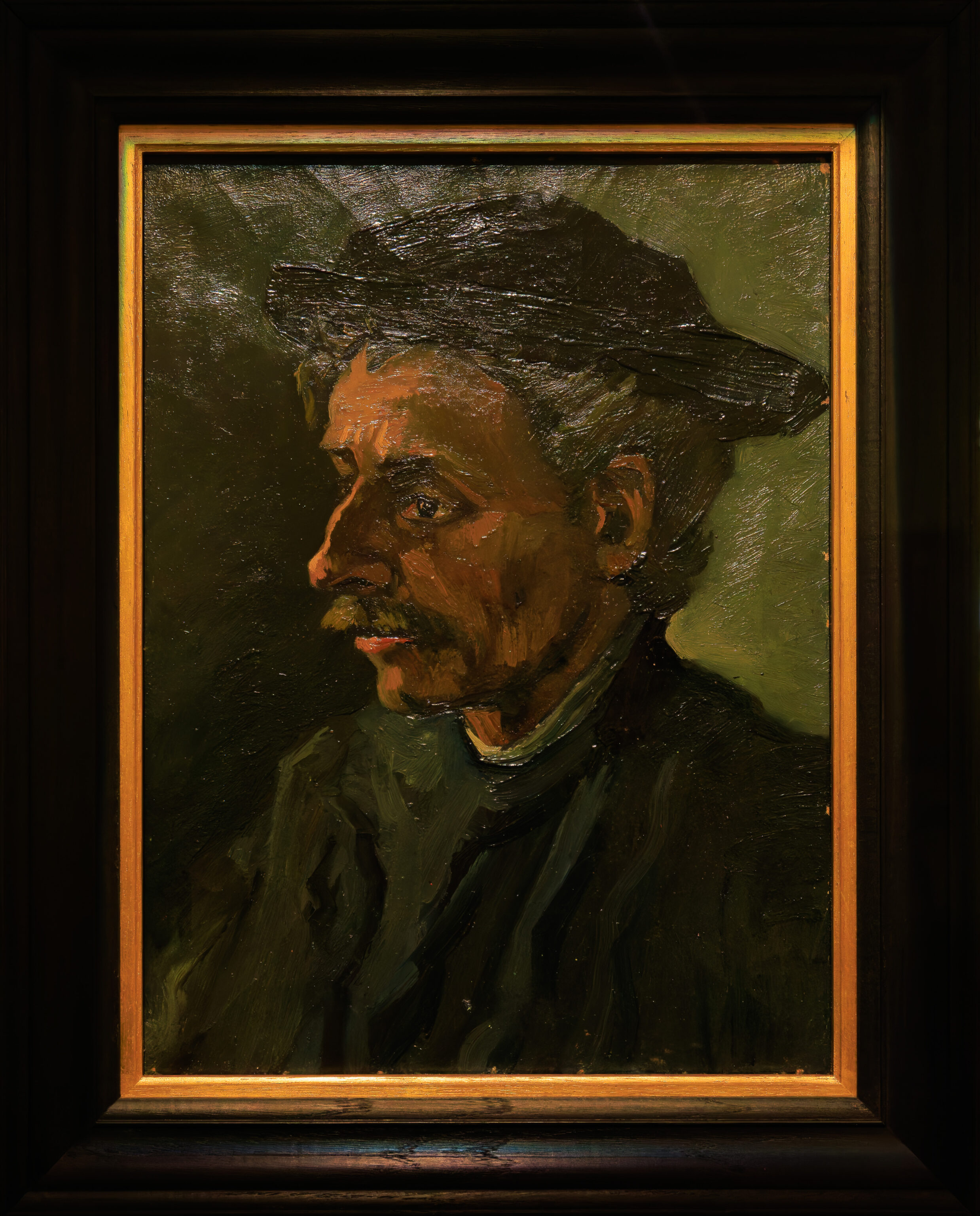
This is not a self-portrait but seems to be his earliest work in this section of the museum.

This is a portrait of Van Gogh. It was considered by Van Gogh as the most realistic painting of him by any artist, including himself.


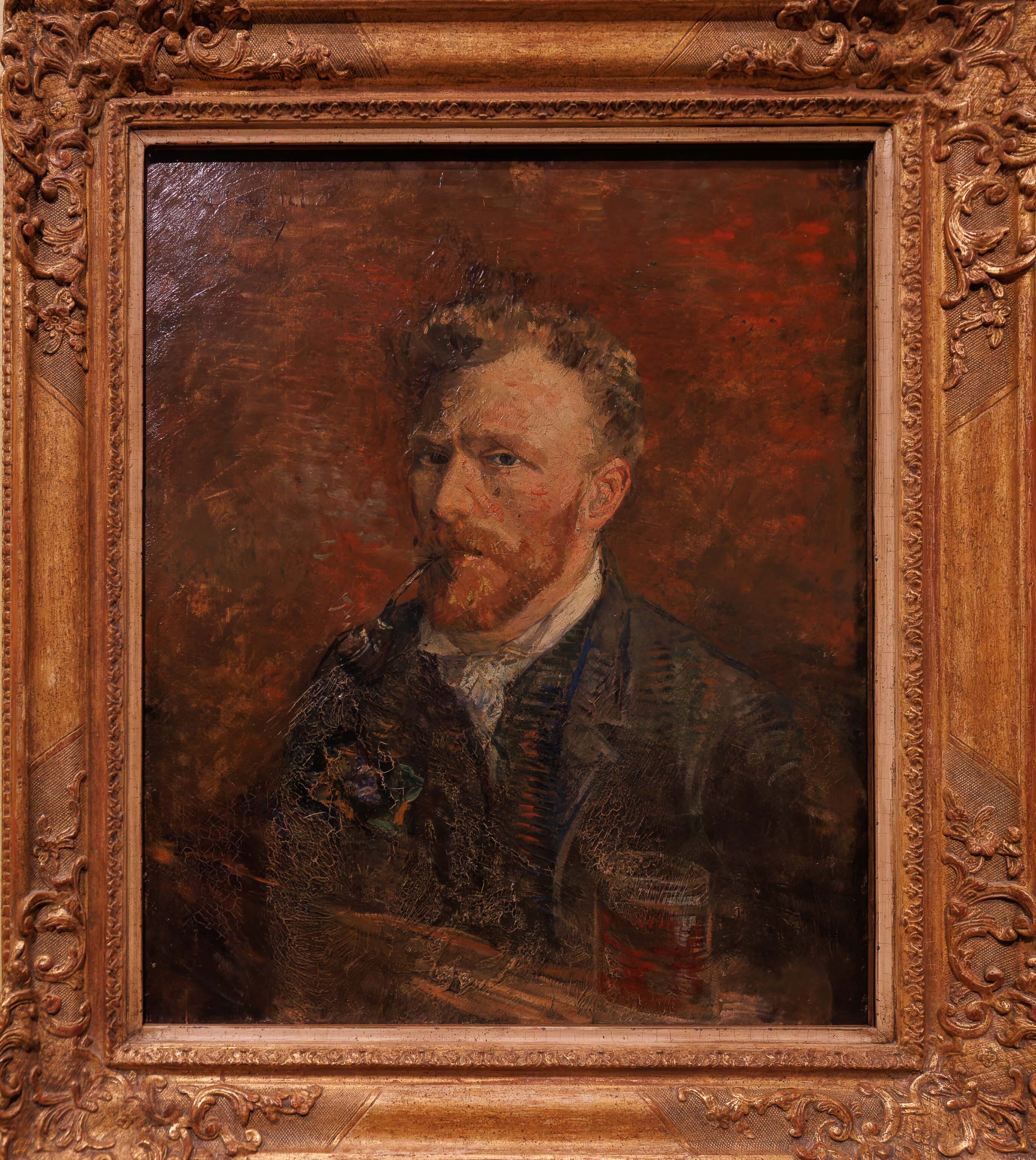
These are from 1887 and more colorful than the ones we saw from 1886.

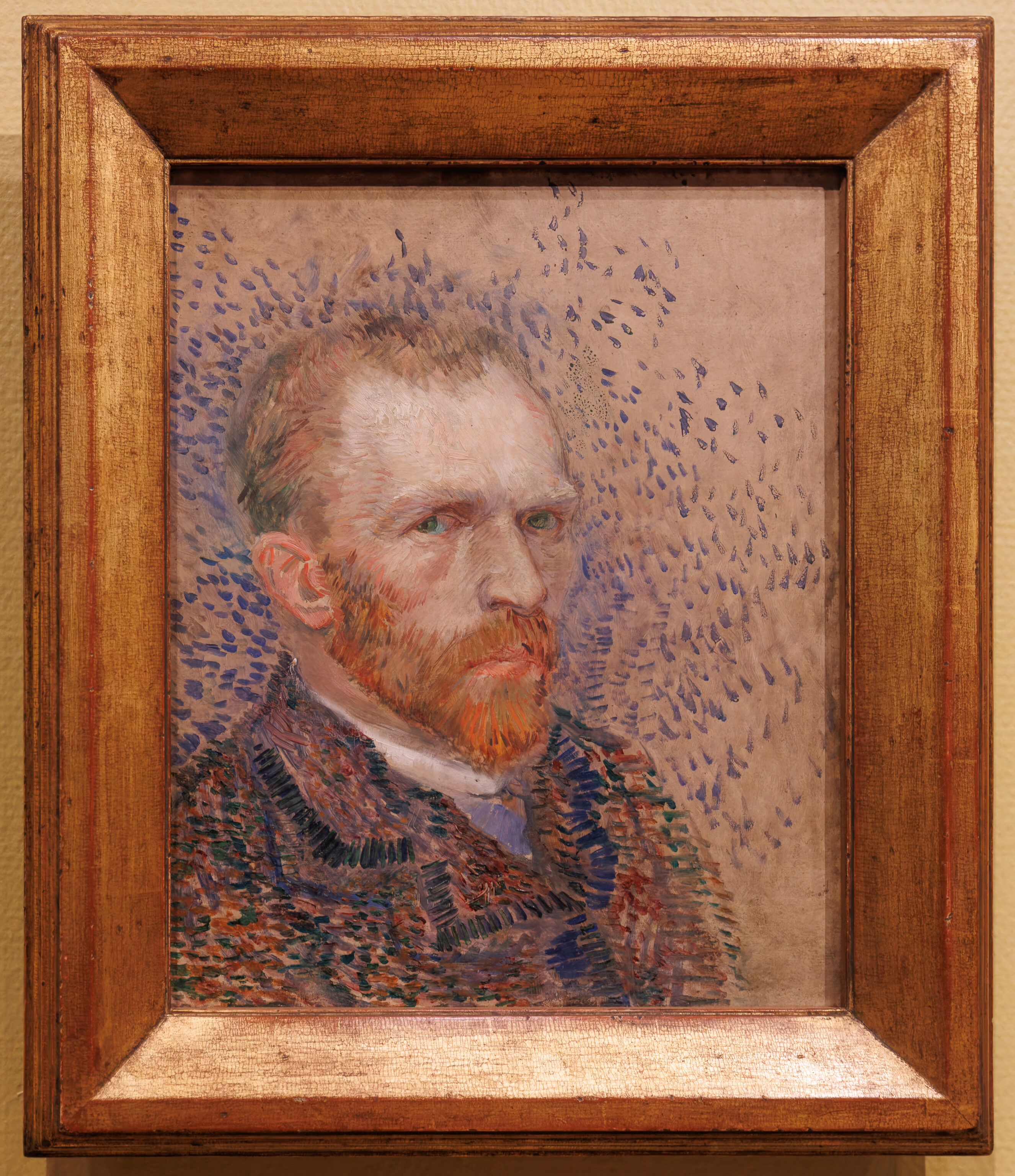


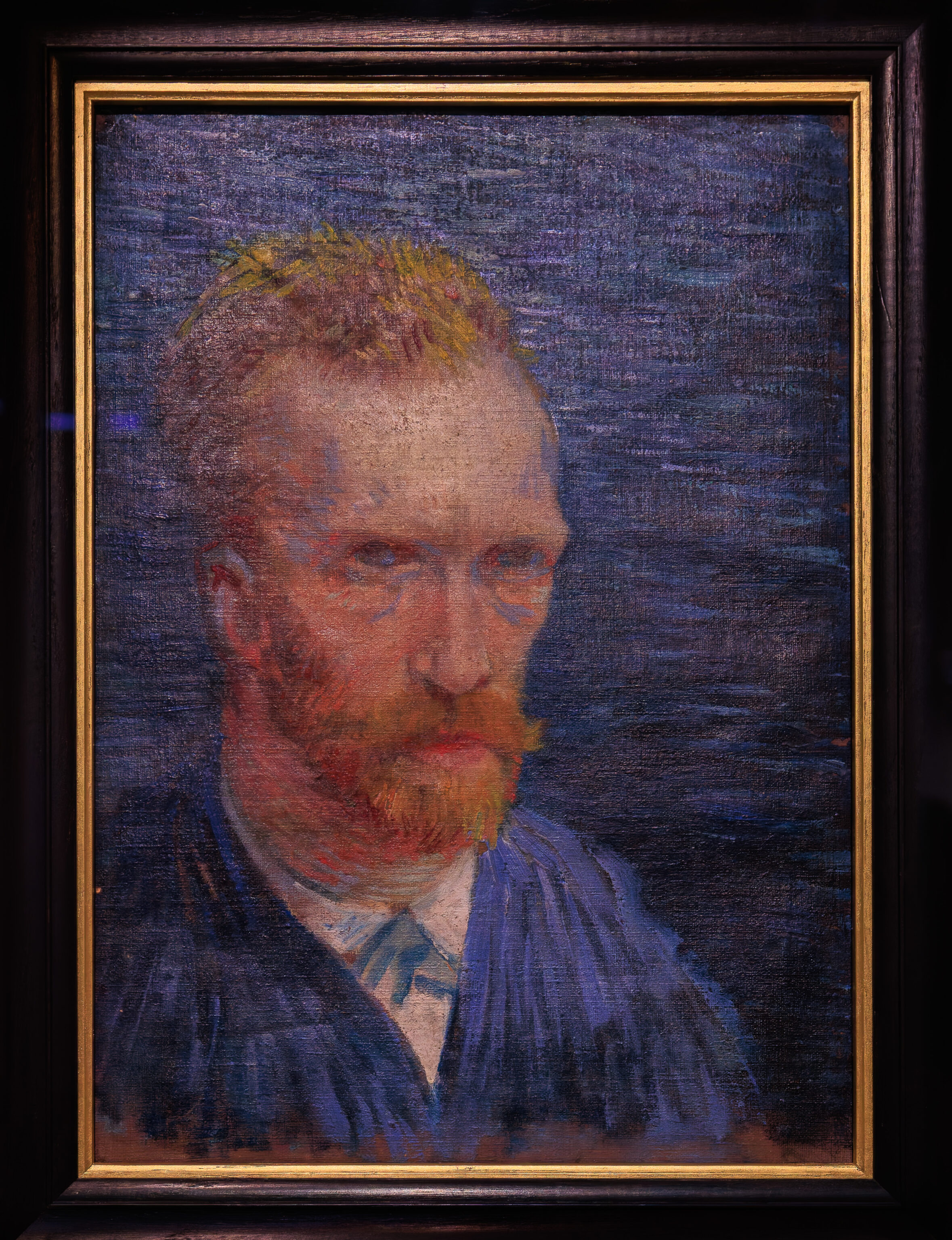
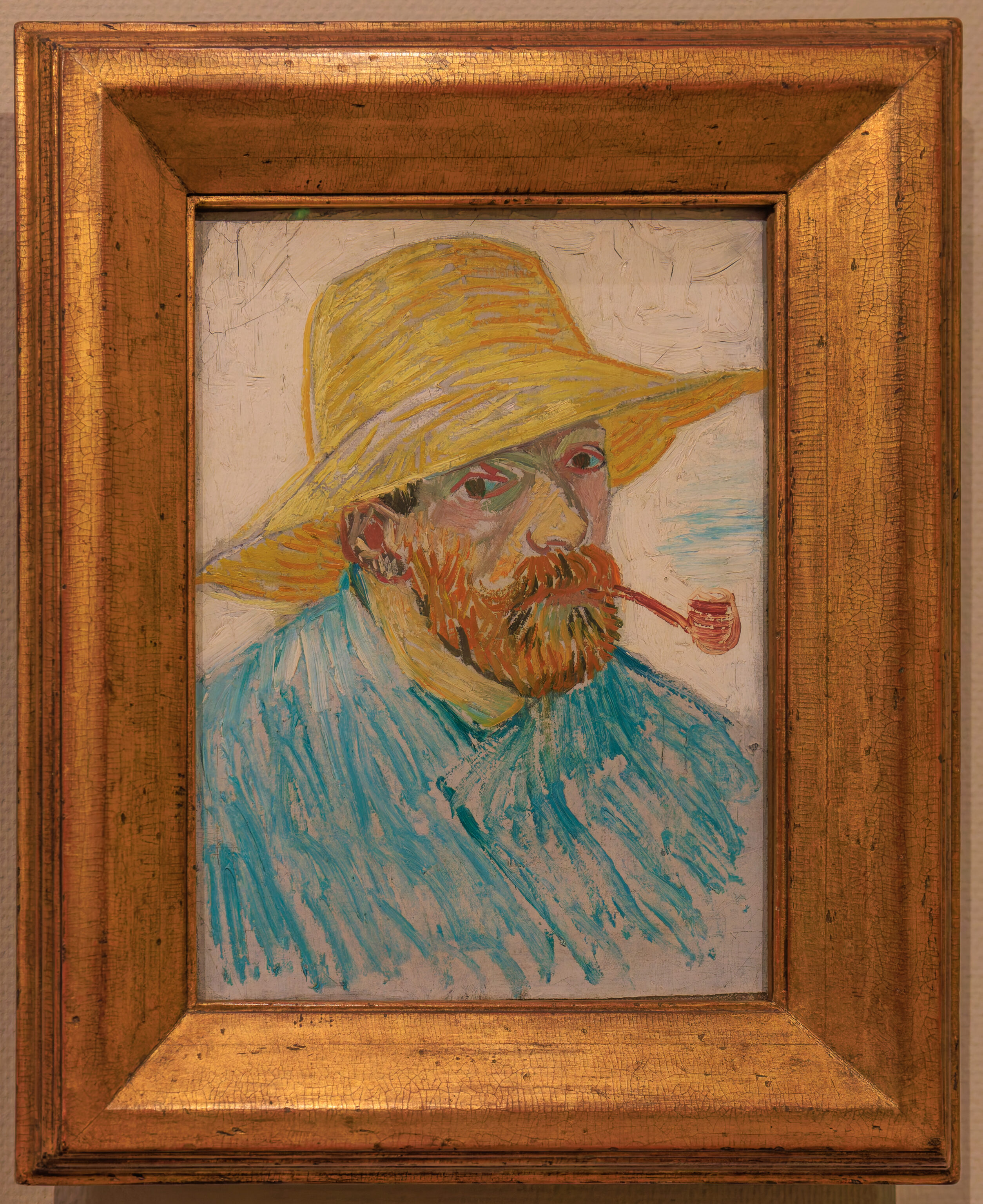

Some of these paintings are more colorful and varied in style.

The next part of the museum is actually in an adjacent building connected underground to the entrance. It consists of galleries around a central atrium.
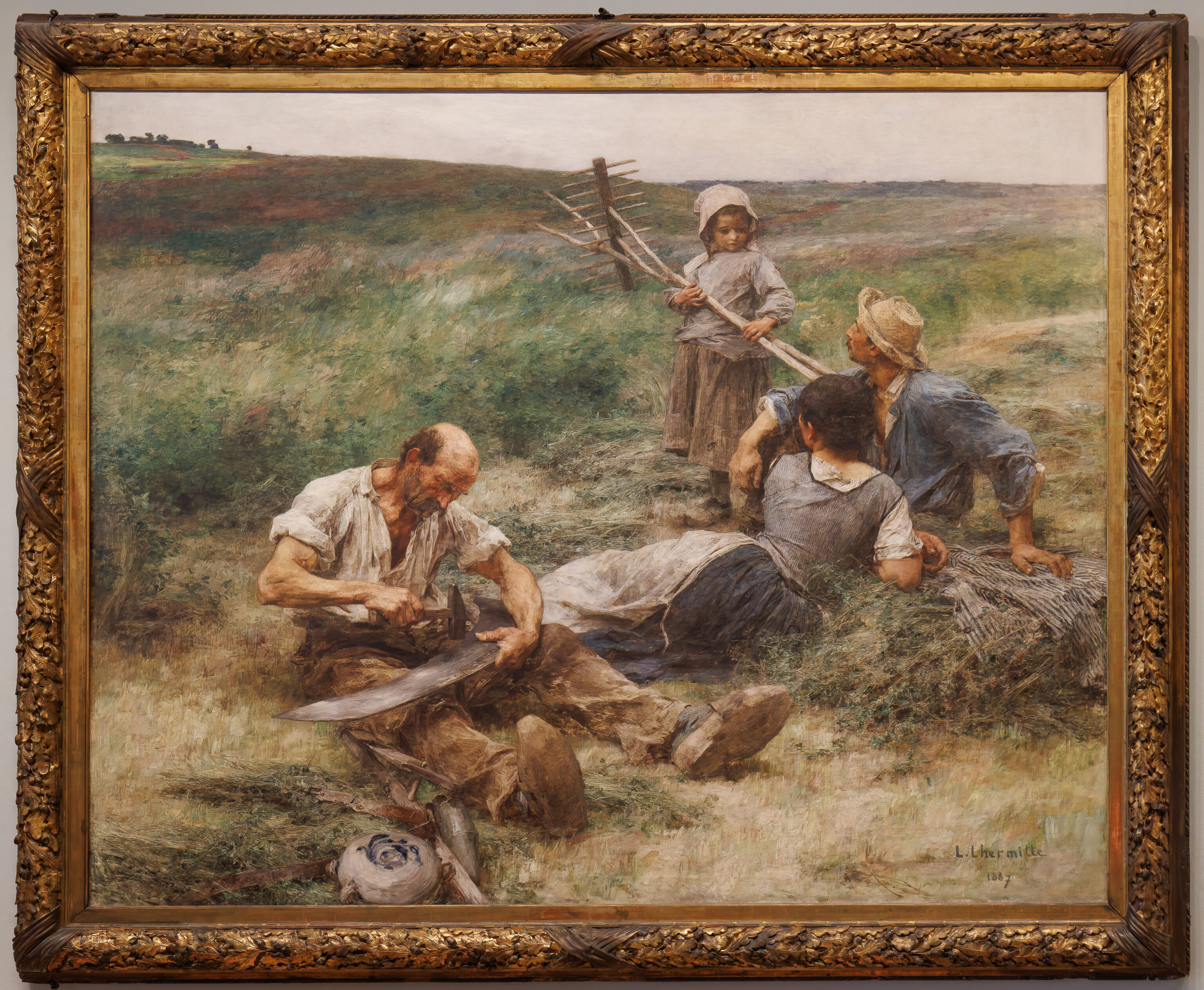
This very realistic painting was created during the very few years that Van Gogh was active. The painter, Lhermitte, is described as an inspiration to Van Gogh as Van Gogh also wanted to depict peasant life in his work2.

This is one of the earlier paintings by Van Gogh, perhaps the most famous of his early works. It is very dark and depicts peasants around a table.
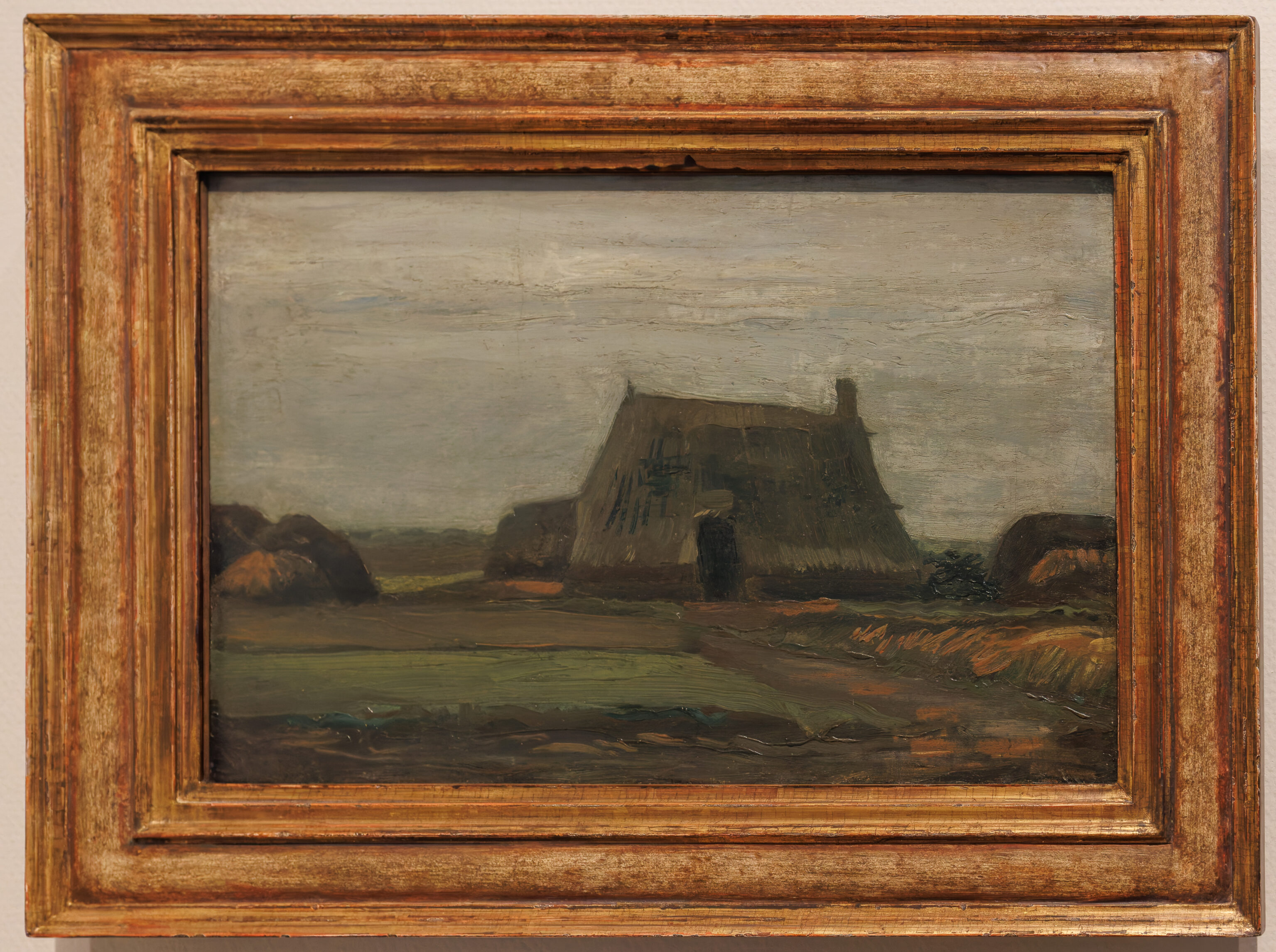
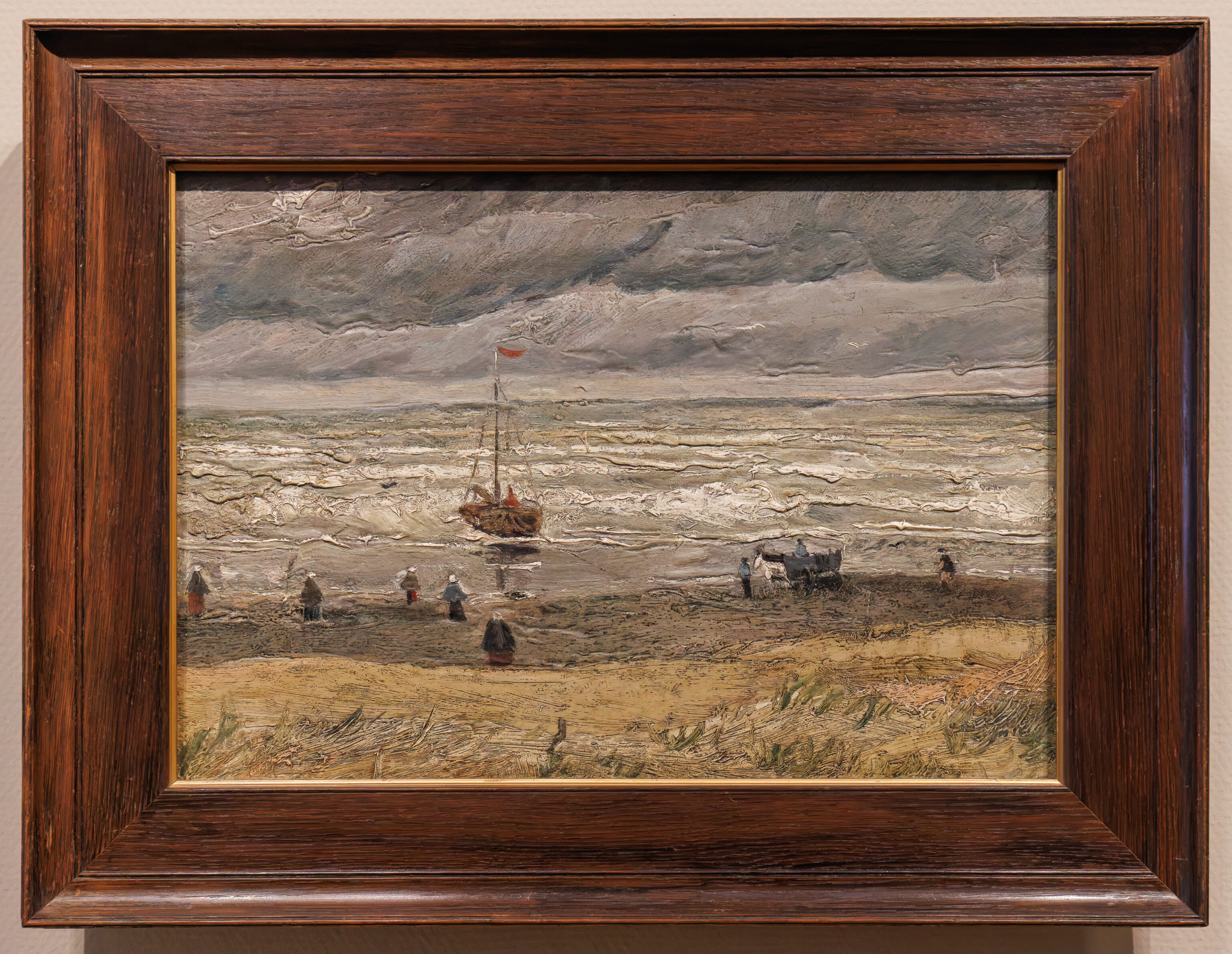

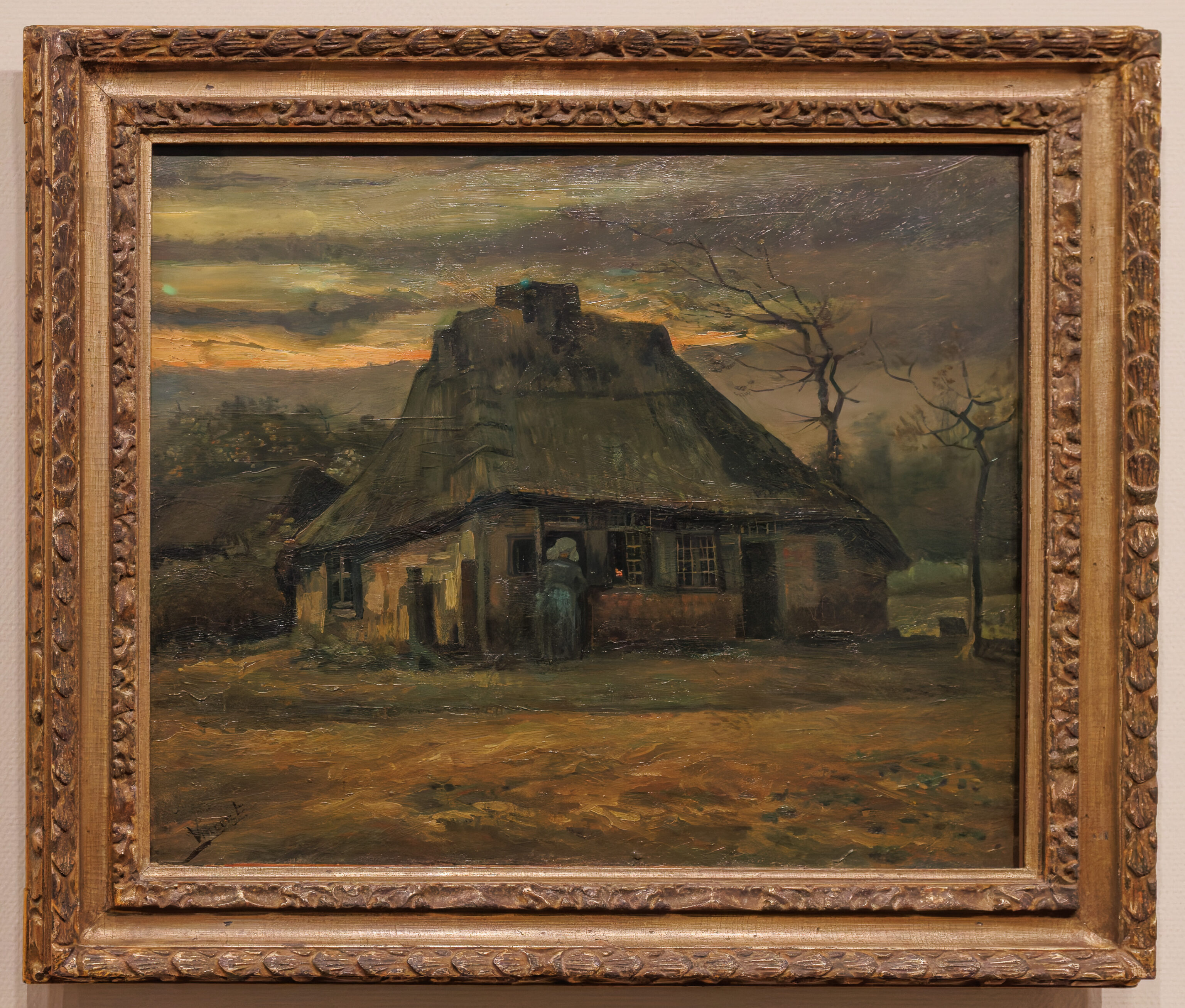



These paintings by Van Gogh are all dark and lacking in color compared to the paintings that we tend to associate with Van Gogh today.



This section showed three Van Gogh paintings of shoes along with some explanatory text. The panels mention his change in style once he went to Paris. There is more use of color and his brush strokes have changed as well as he began to “paint with dashes”.



Van Gogh produced some paintings of Montmartre in Paris. It is very different from the modern Montmartre that we visited last year! There were even windmills, just like Van Gogh’s native Netherlands!
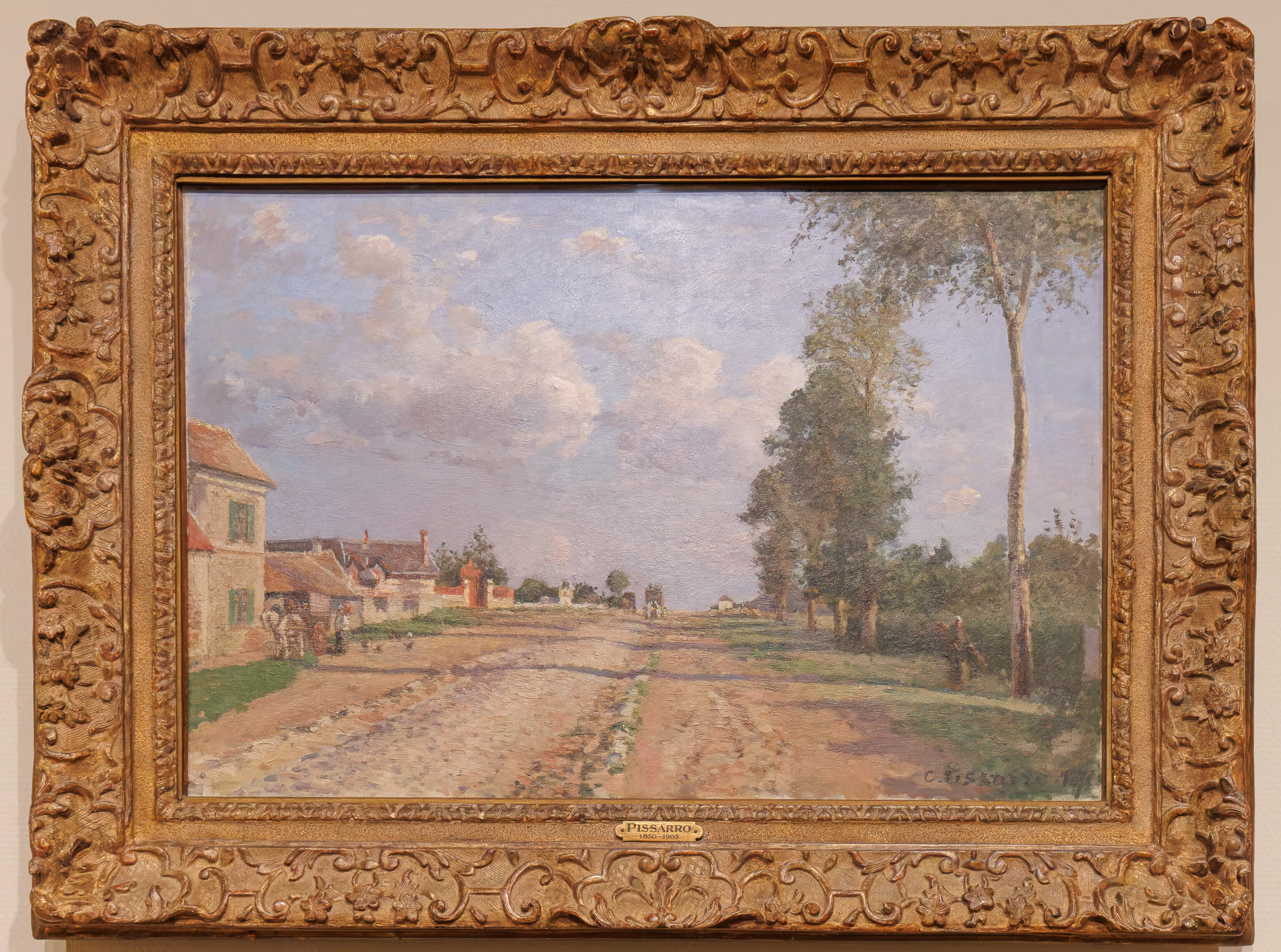
This painting by Camille Pissarro depicts a road near his hometown. This painting demonstrates his early impressionist style3. This was the style that Van Gogh was in Paris to learn more about.
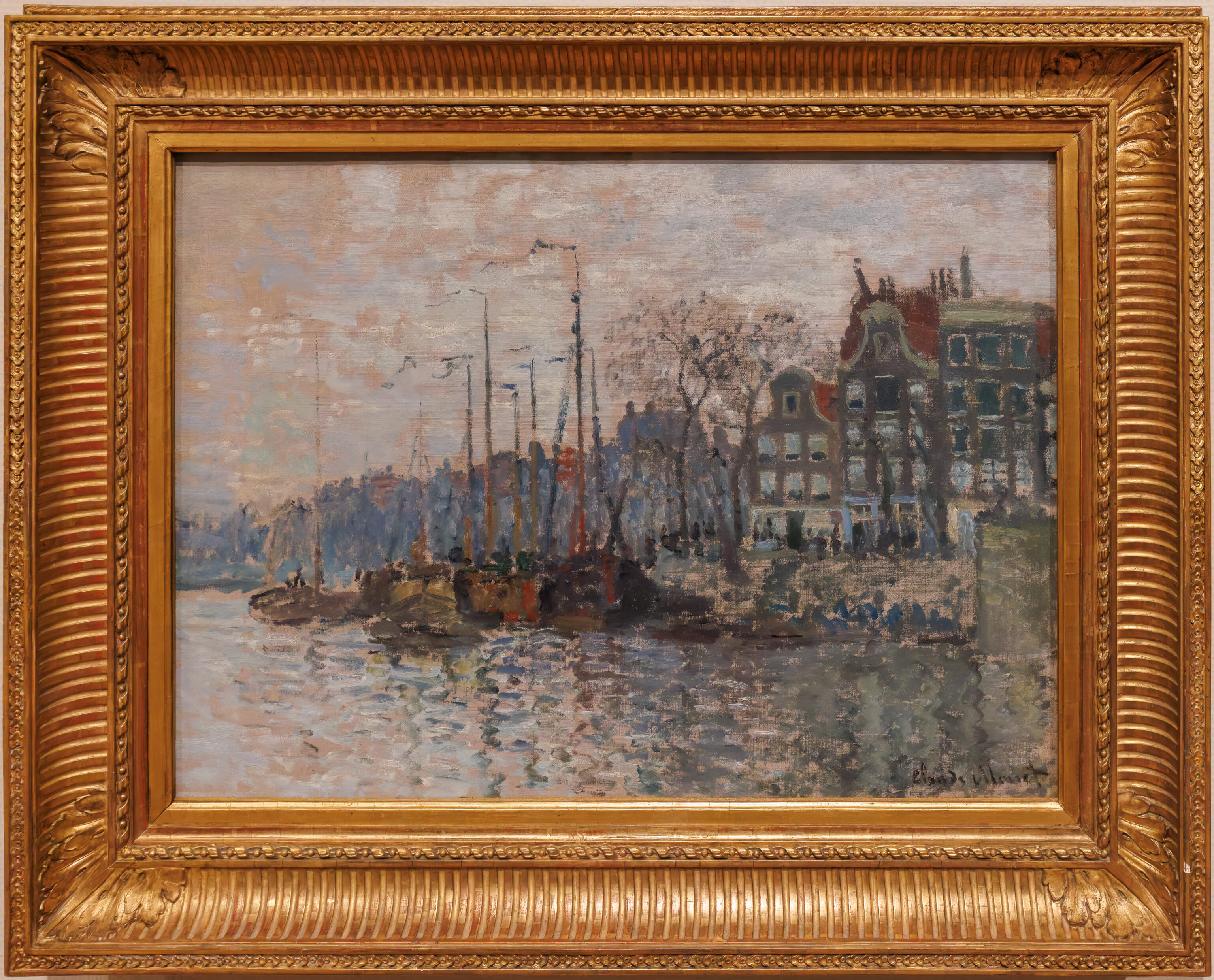
This painting of a scene in Amsterdam by Claude Monet demonstrates the impressionist style4.

Van Gogh traded two of his sunflower paintings for this one while he was trying to build up his art collection with Theo, his brother5.

This painting is by Paul Signac, who is described on a sign as having met Van Gogh in 1887. They painted together along the Seine outside of Paris, the scene depicted in this painting. It is described as a “modern style consisting of countless short dashes and dots.”

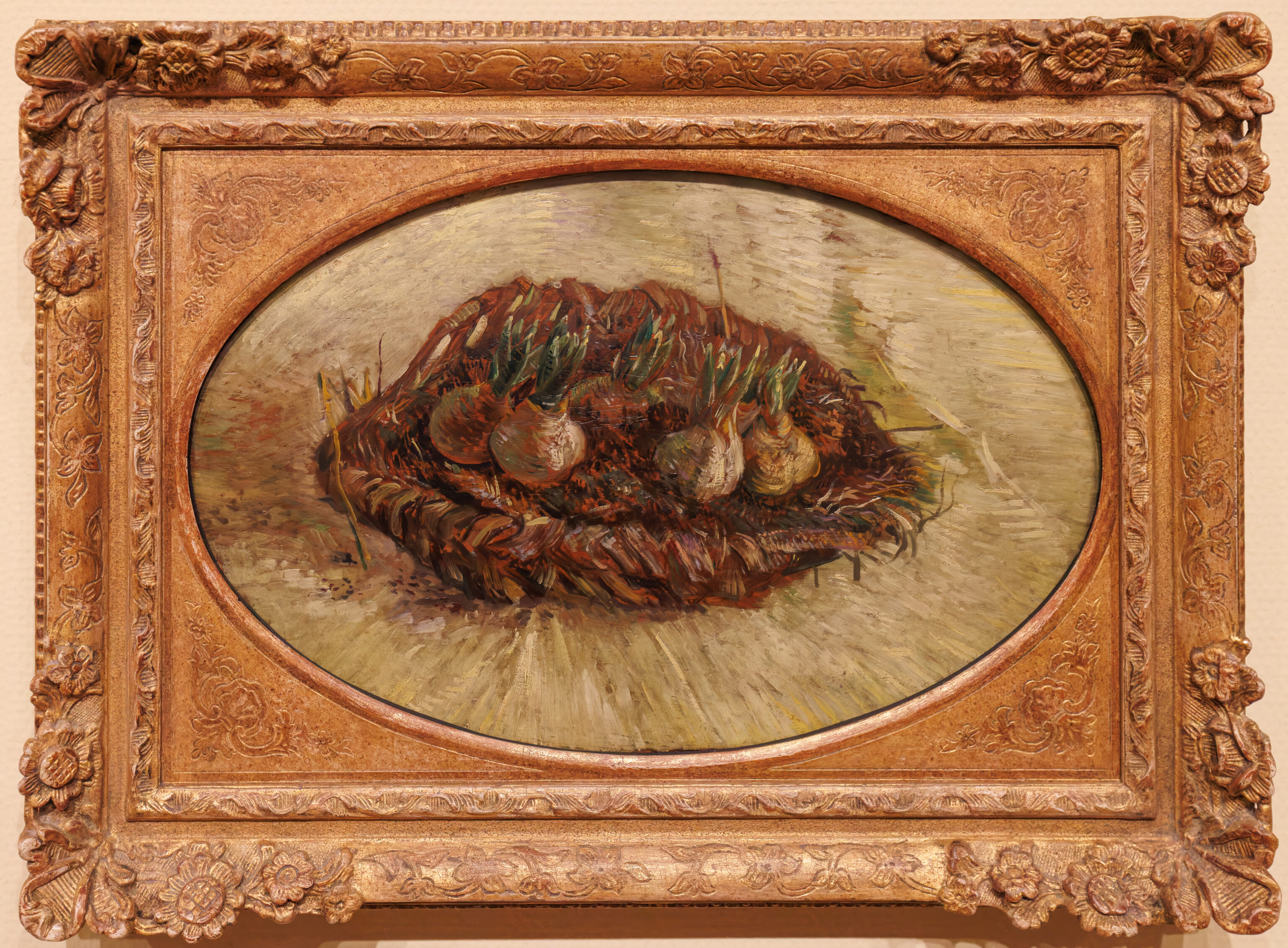
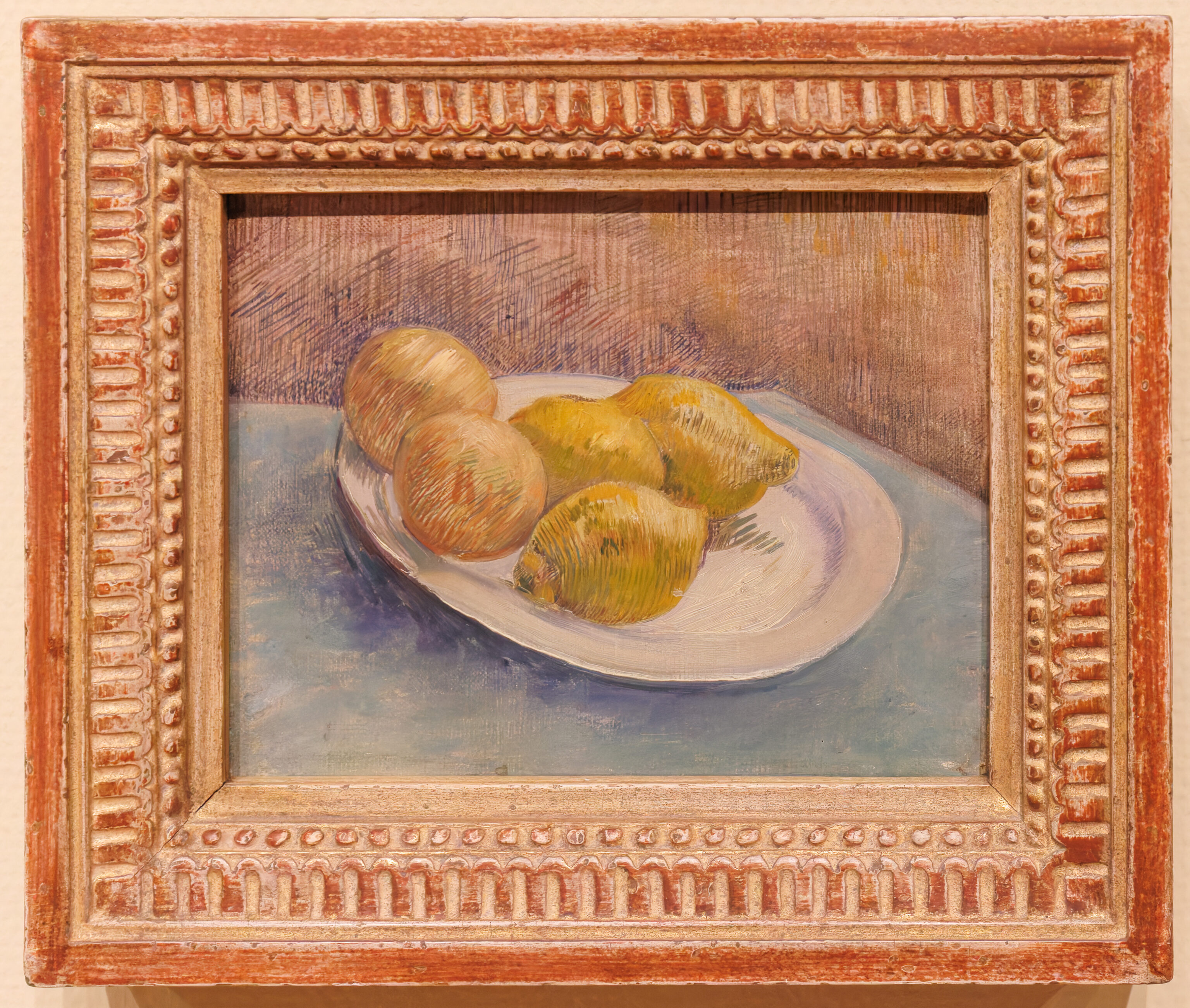
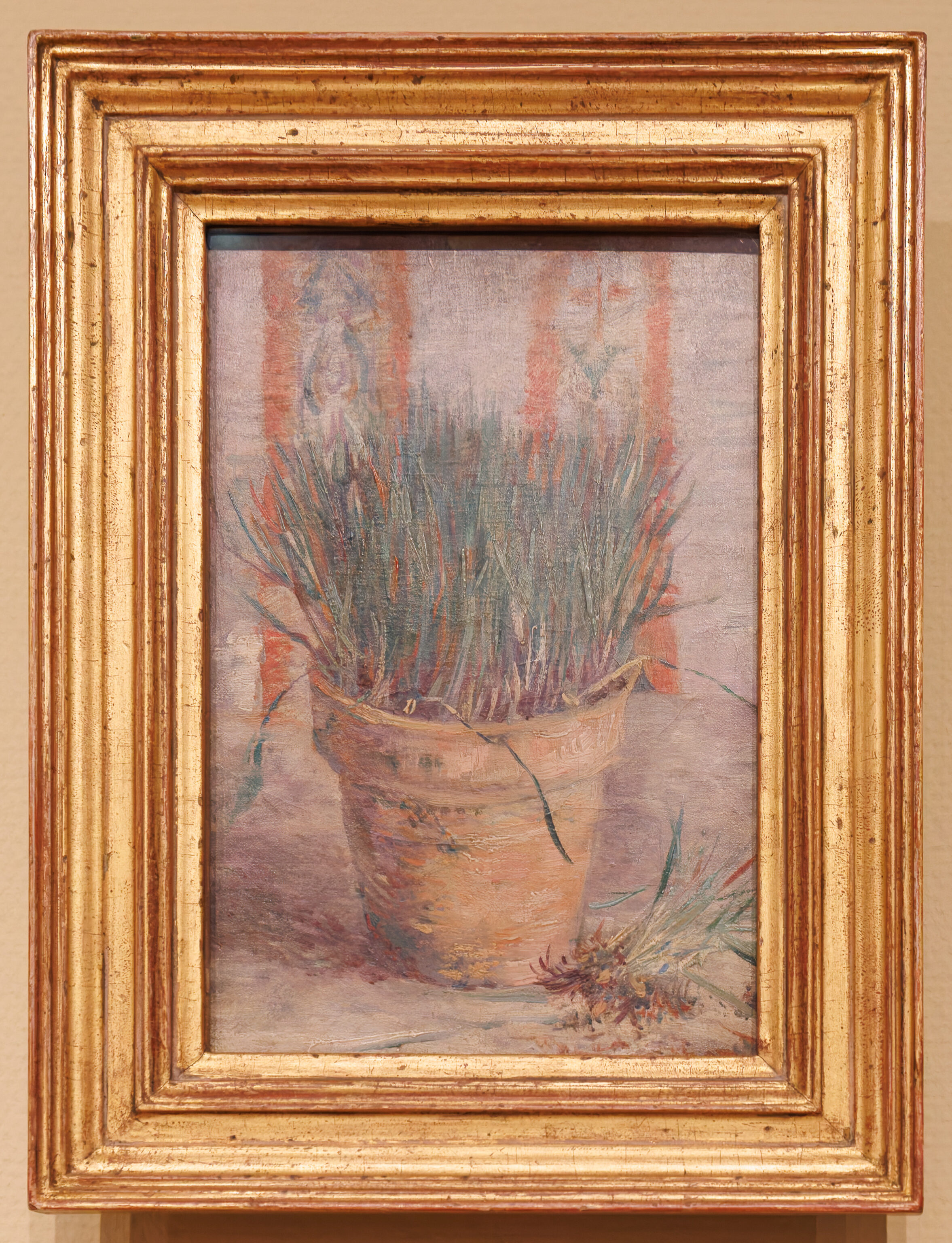
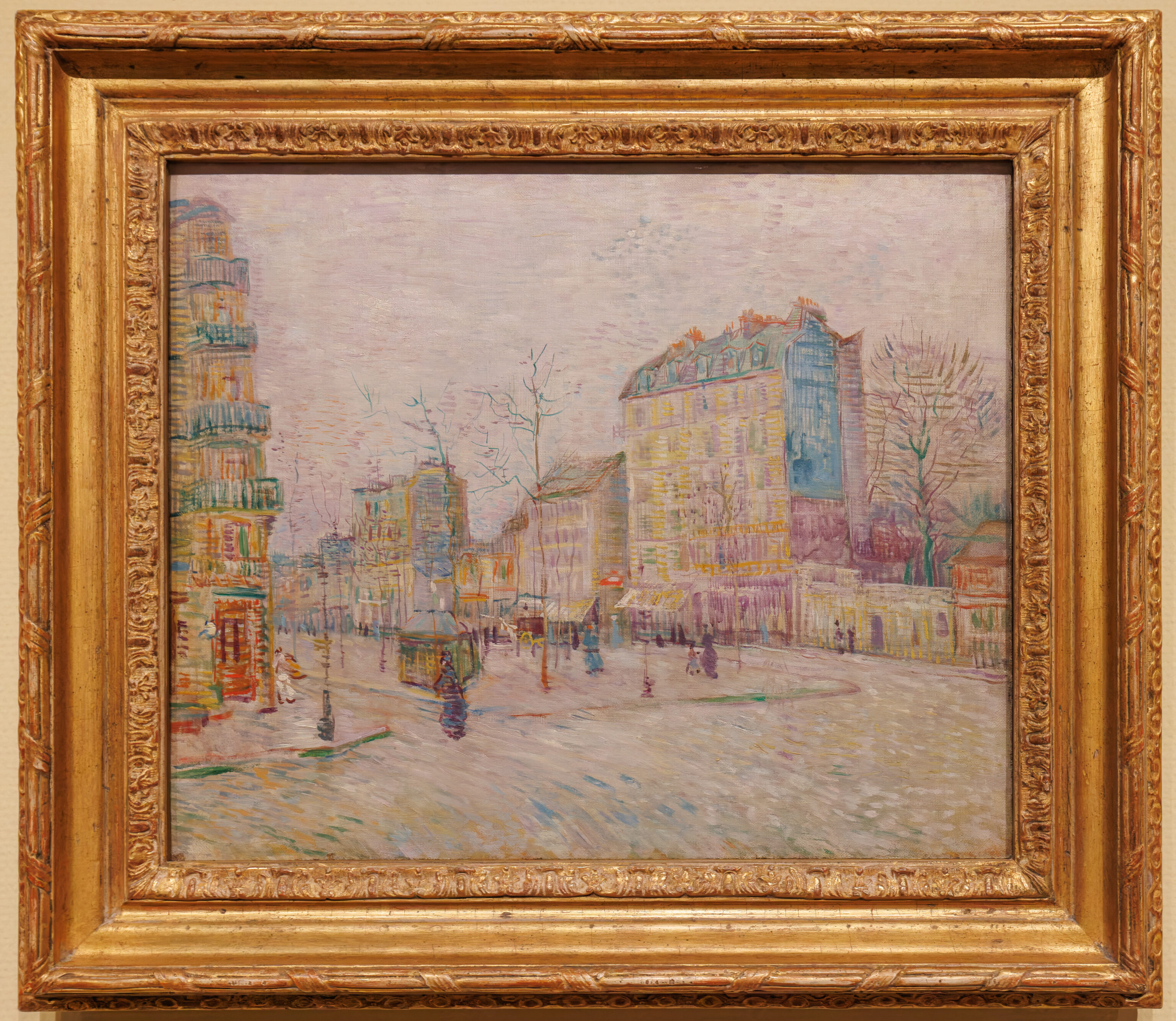

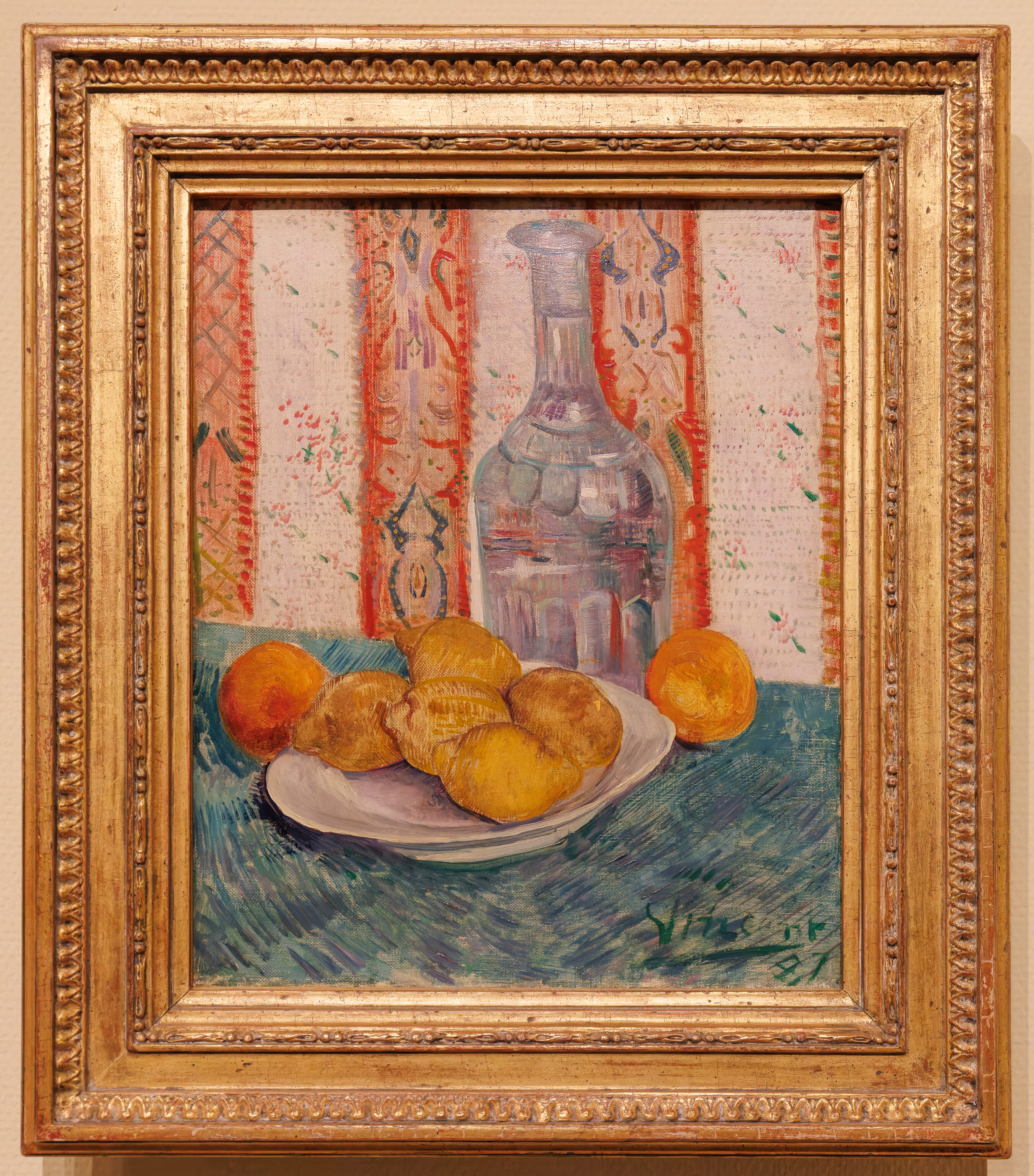
A few paintings by Van Gogh showing a bit of differing styles. All are much more colorful than the The Potato Eaters!

This self-portrait was painted after Van Gogh was in Paris for two years. It shows extensive use of color and shows his updated painting style.

This painting depicts the owner of a cafe that Van Gogh liked to visit.
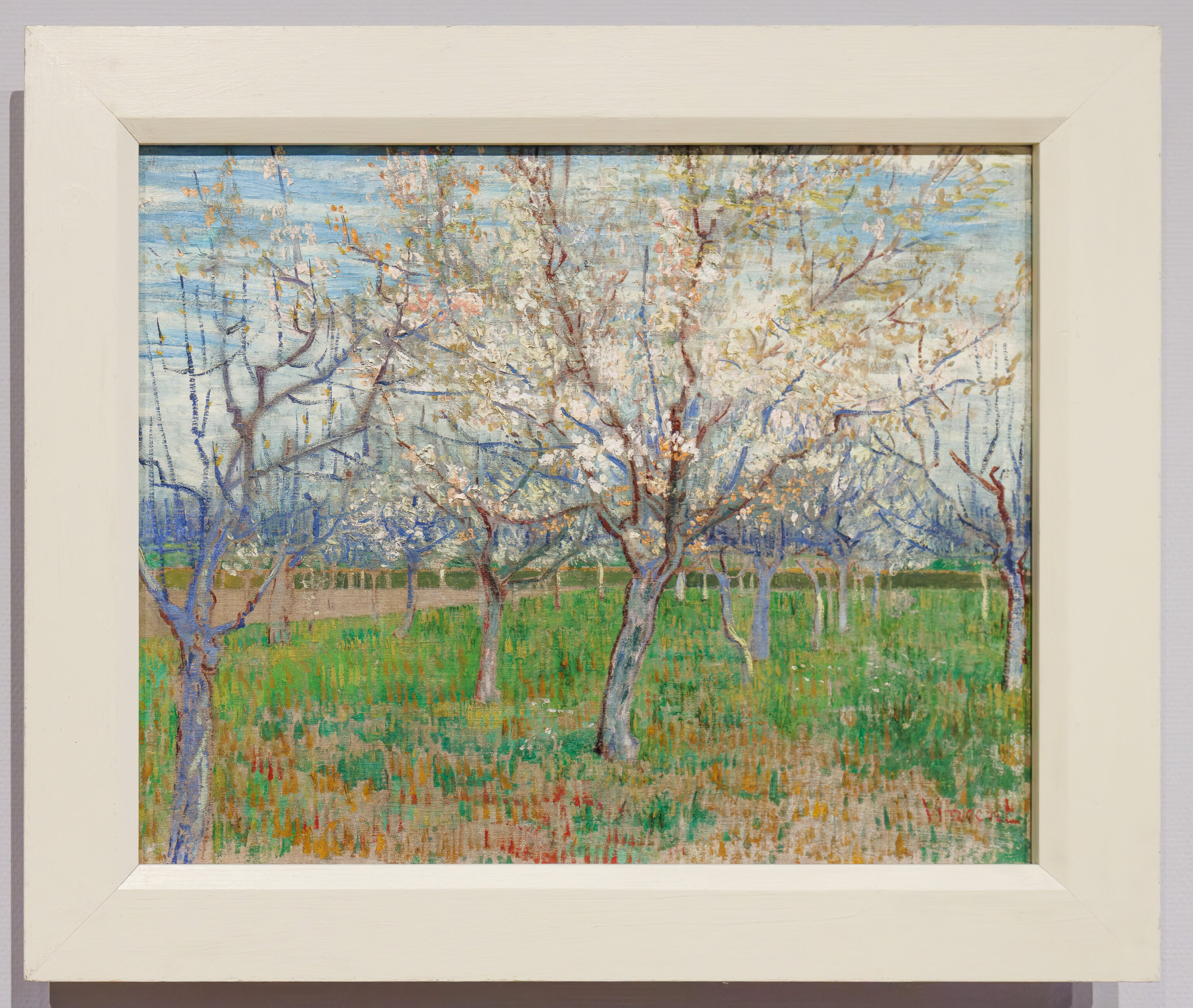
Van Gogh painted a number of pictures depicting trees and flowers. This one shows an orchard, probably in early spring.


Van Gogh’s interest in painting peasant life resulted in a number of farm pictures like these two.
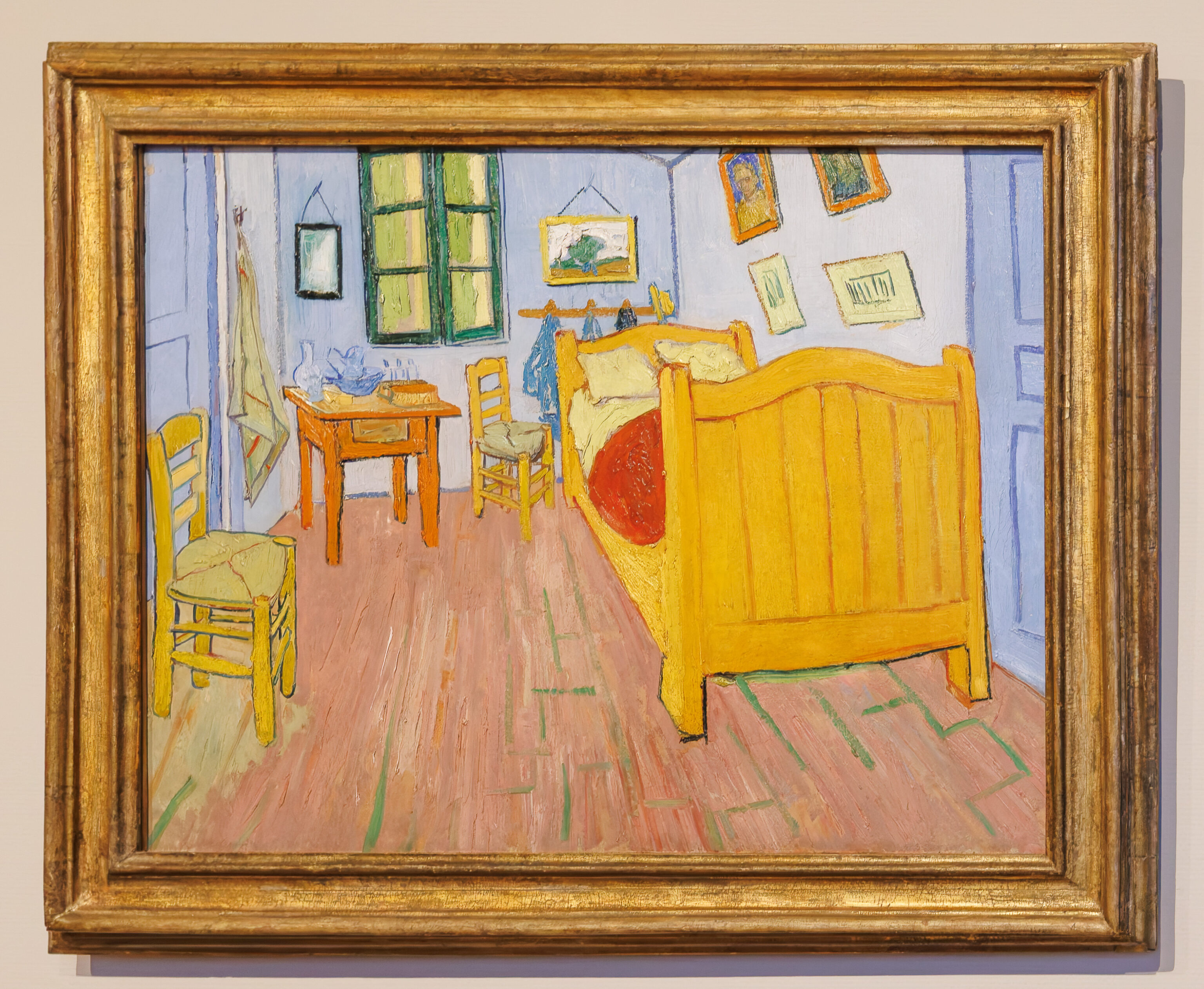
This painting shows Van Gogh’s bedroom in Arles, France. The style here was intended to resemble the Japanese prints that Van Gogh was fond of. Also, research indicates that the colors are no longer accurate as they have changed over time6. The museum’s website has a interactive page that shows what the painting may have looked like when Van Gogh created it.

This is the only seascape that we saw in the museum. It was painted from a beach as grains of sand have been found in the paint!7
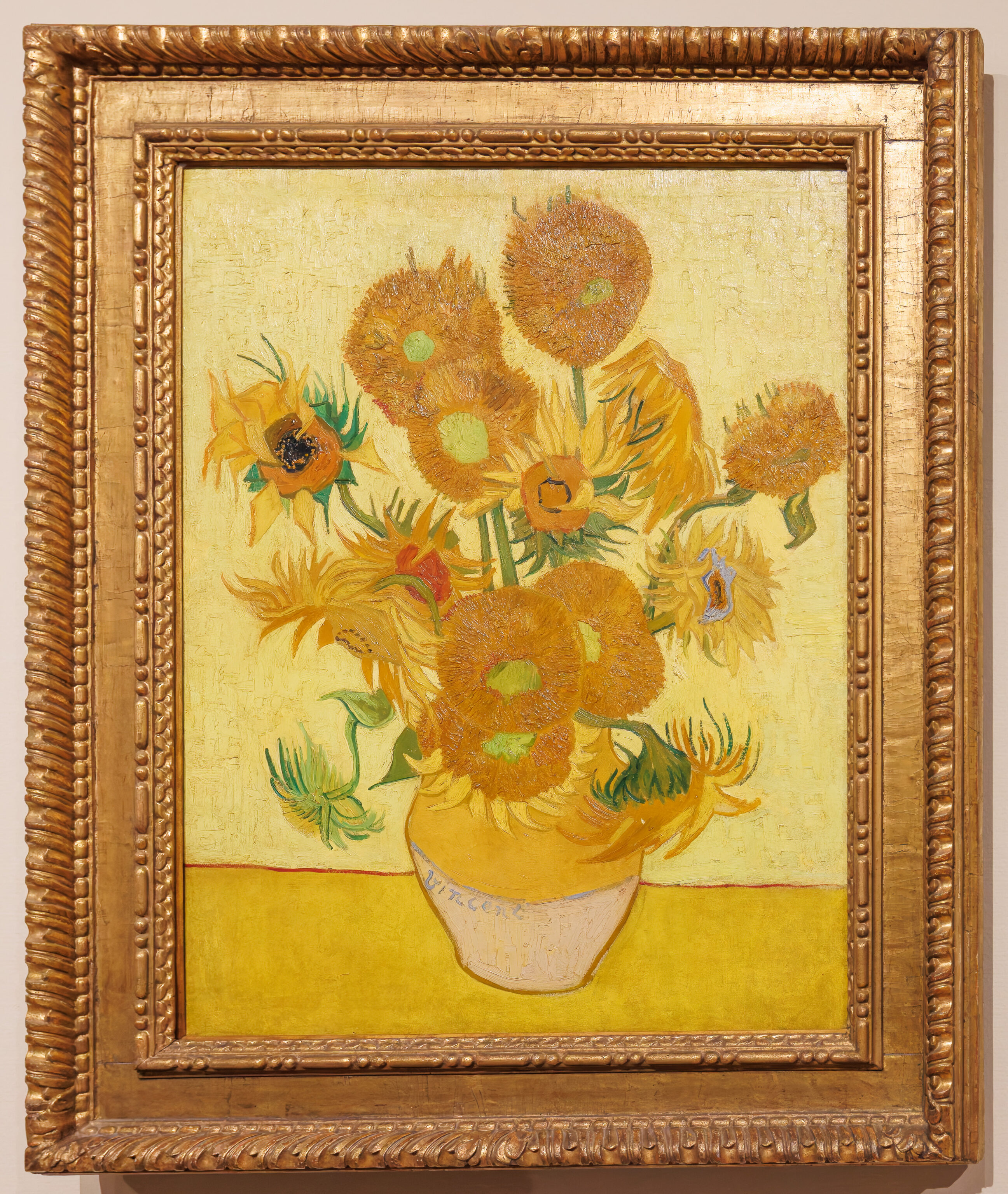
This is one of seven paintings of sunflowers in a vase that Van Gogh created. Five of them, including this one, can be viewed by the public in museums. One was destroyed in World War II while the first he created is in a private collection.8
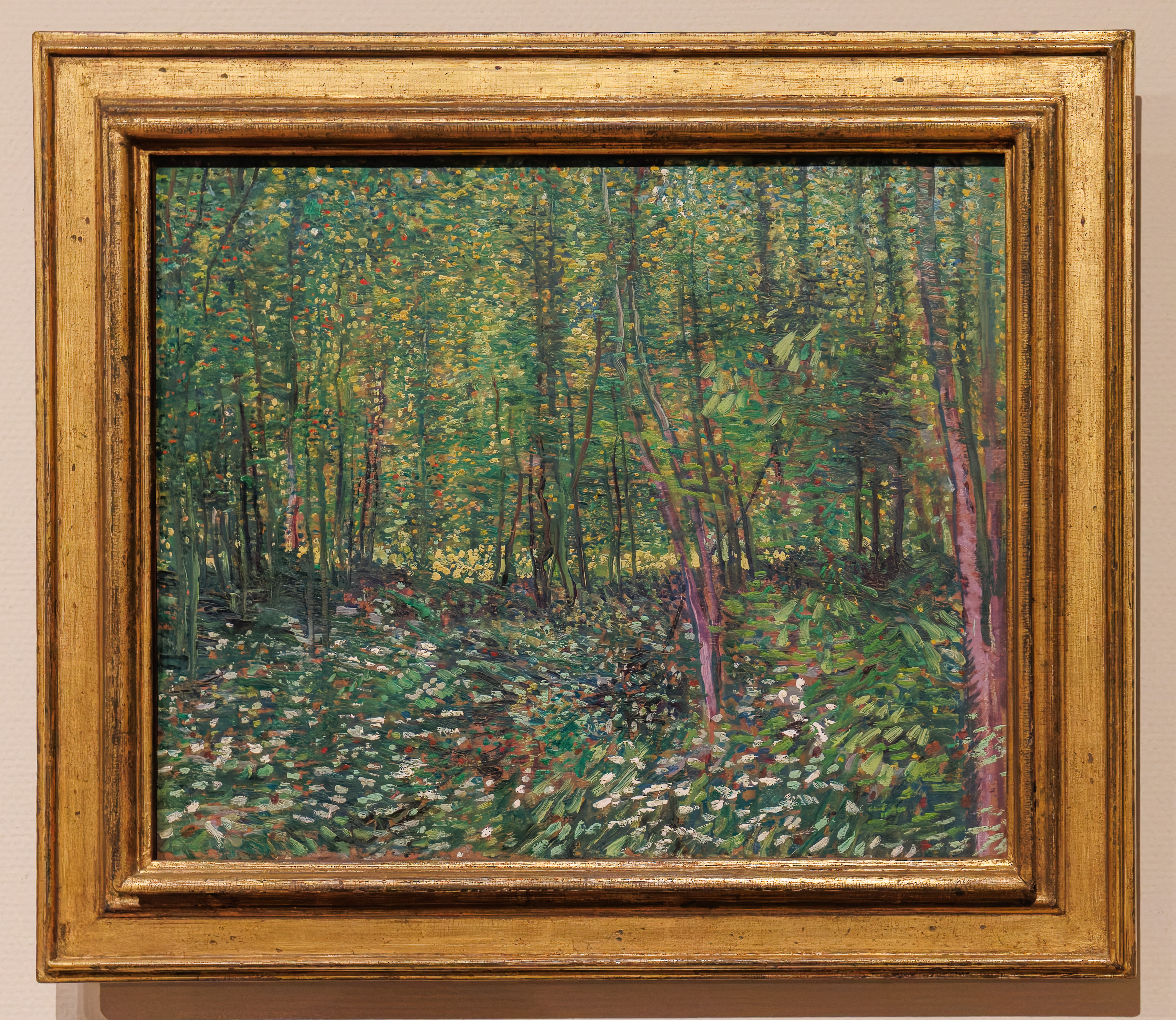

These two paintings have similar subjects and styling.
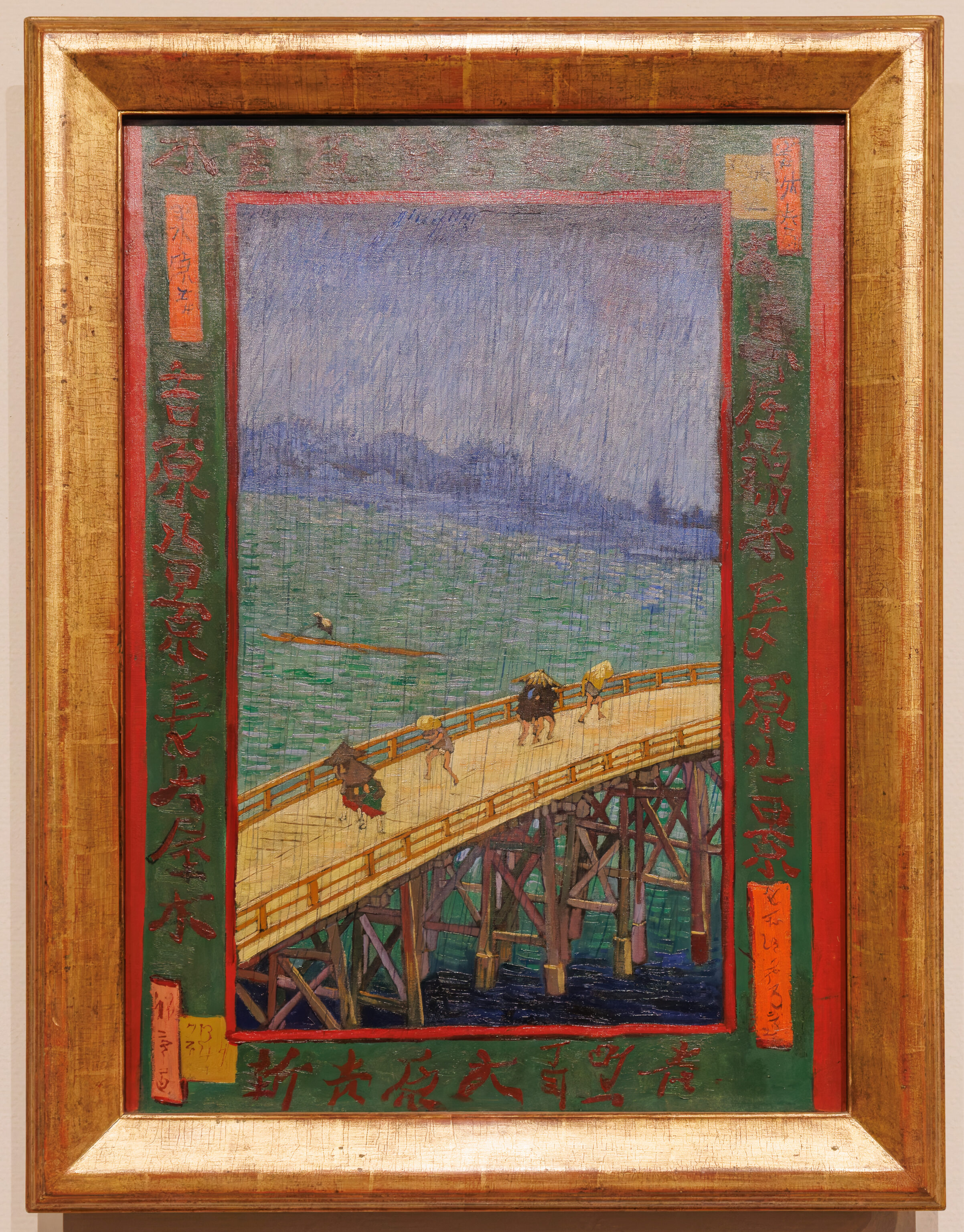


Van Gogh and his brother Theo had a collection of “hundreds” of Japanese woodblock prints. These three paintings are based on items from his collection, but with some of his own styling applied.
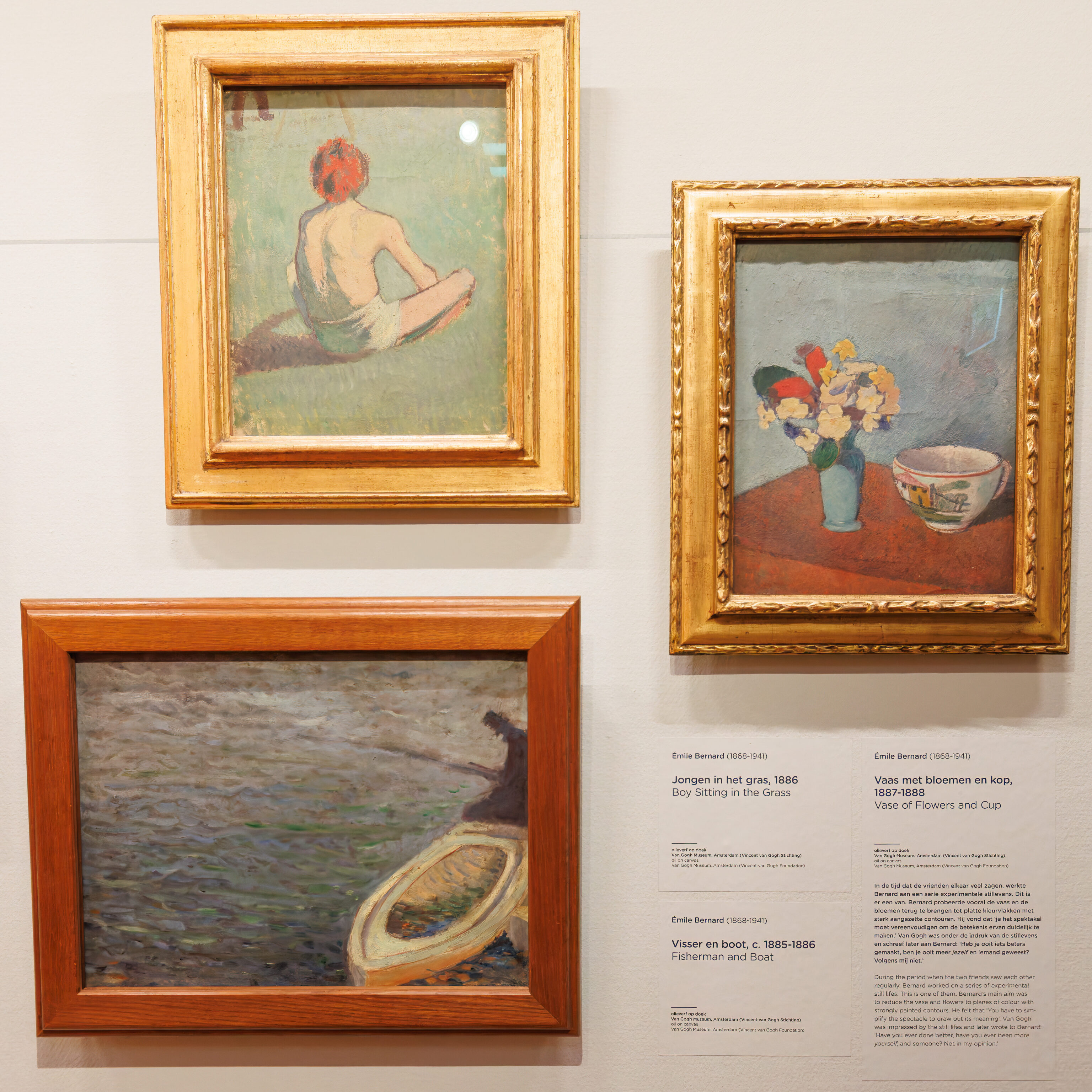

The next section of the museum showed Van Gogh’s interactions with other artists. The above are all by Emile Bernard.

An example of Van Gogh’s writing. He could have been a doctor as this is pretty hard to read!
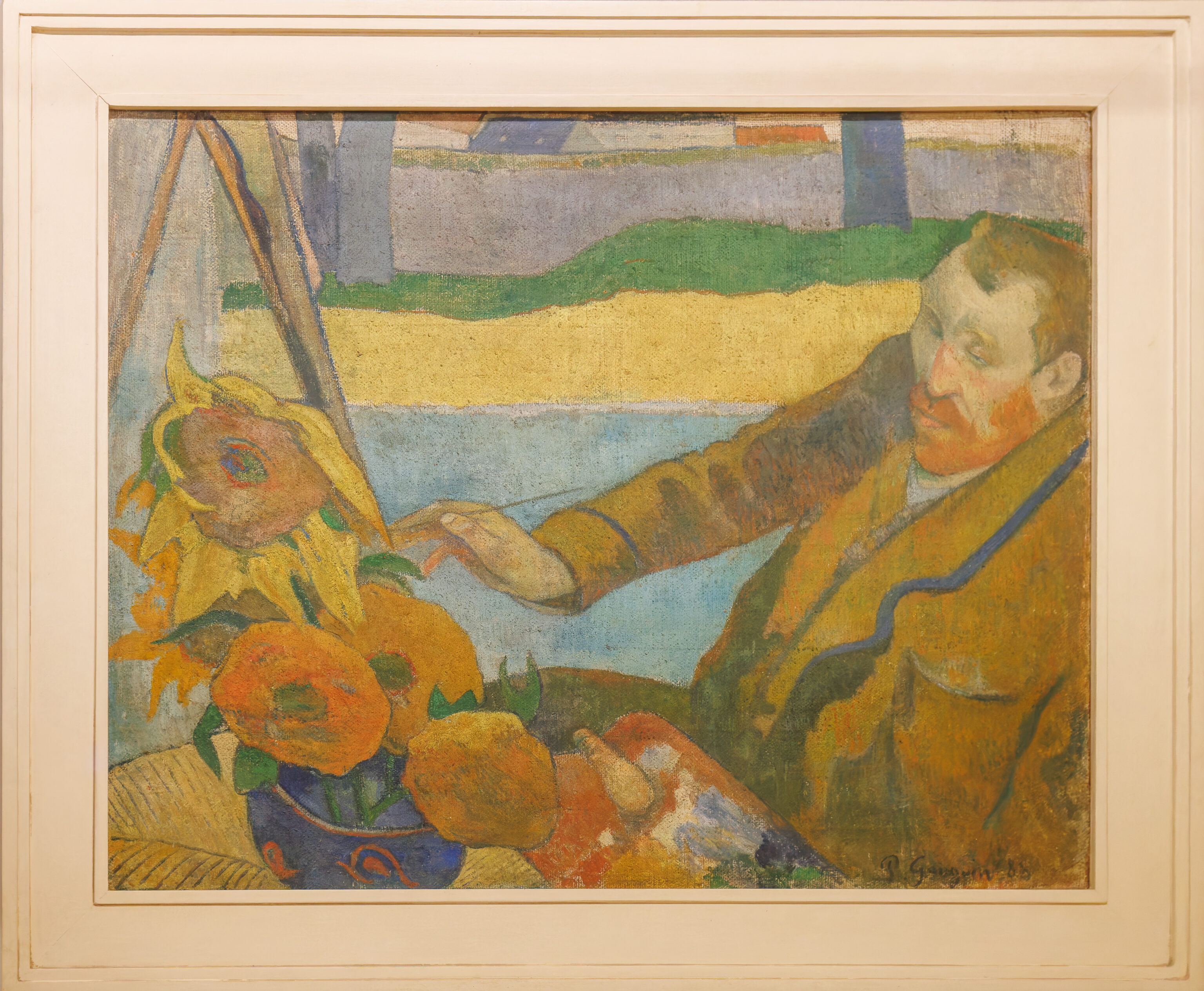
This painting by Paul Gauguin depicts Van Gogh painting sunflowers.
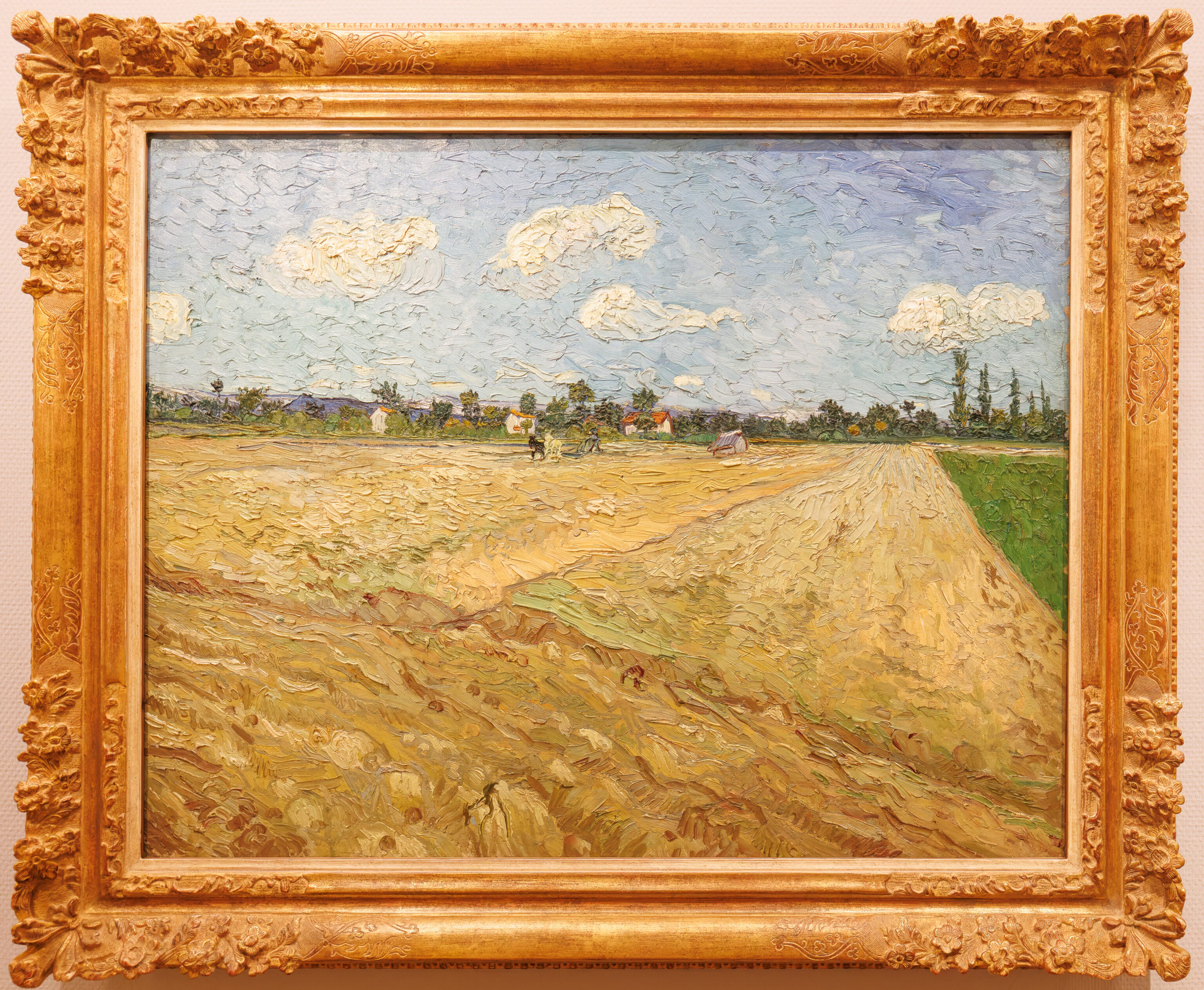

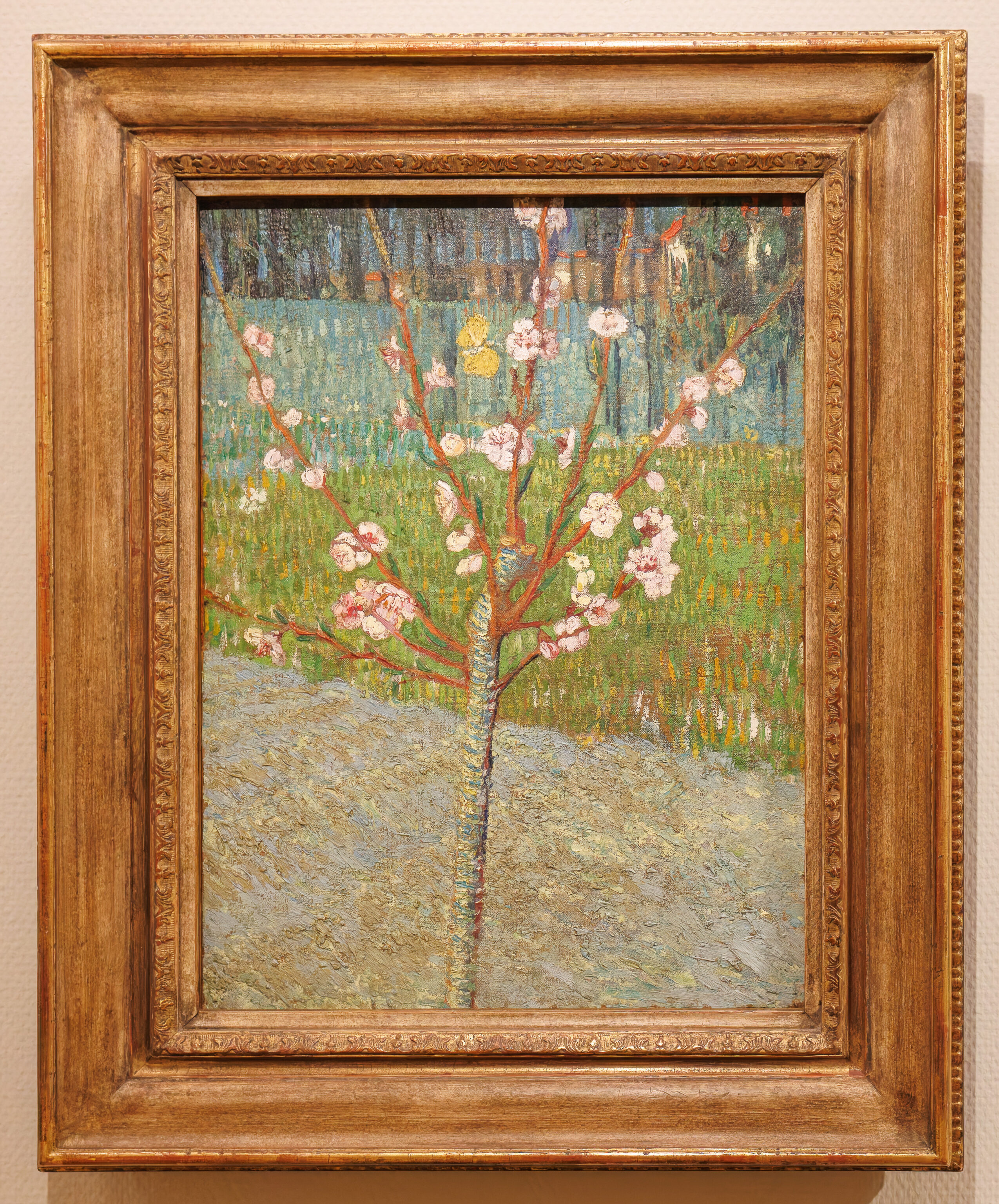


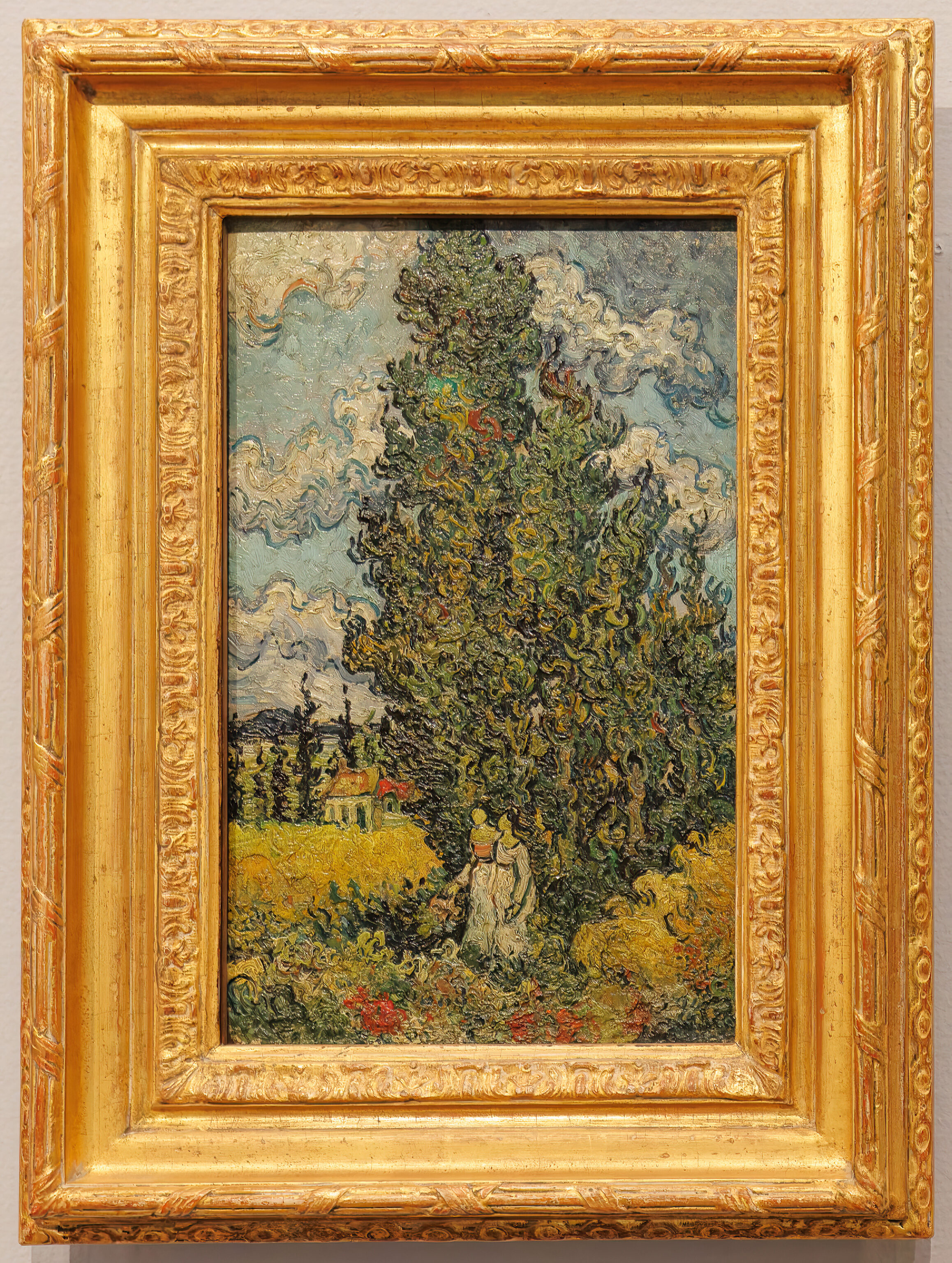



Some additional paintings by Van Gogh, mostly focused on elements of nature.


Two more paintings of Montmartre.

Van Gogh painted copies of prints early on and began doing so again near the end of his life. The sign for this painting explains that while Van Gogh was institutionalized from 1889 to 1890, he may identified with Christ in his suffering.
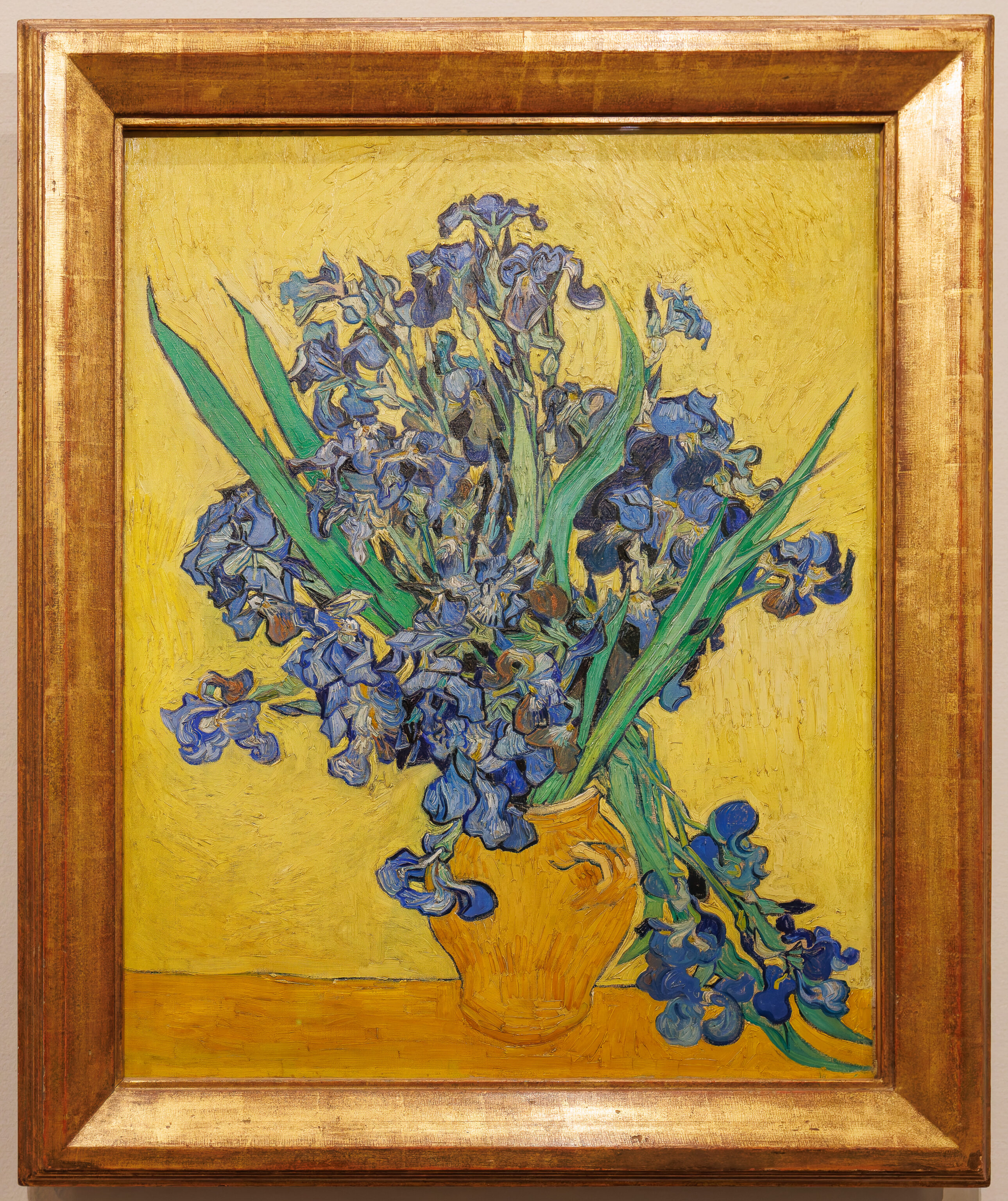
As explained by the sign for this painting, Van Gogh painted these irises twice while in the mental institution. In this one, he was trying to create an image with intense color. The irises are supposed to be purple but have faded to blue over time.
We saw Van Gogh’s other painting of irises at the Getty Center in Los Angeles back in 2019. Unfortunately, that trip predates this blog by about a year.
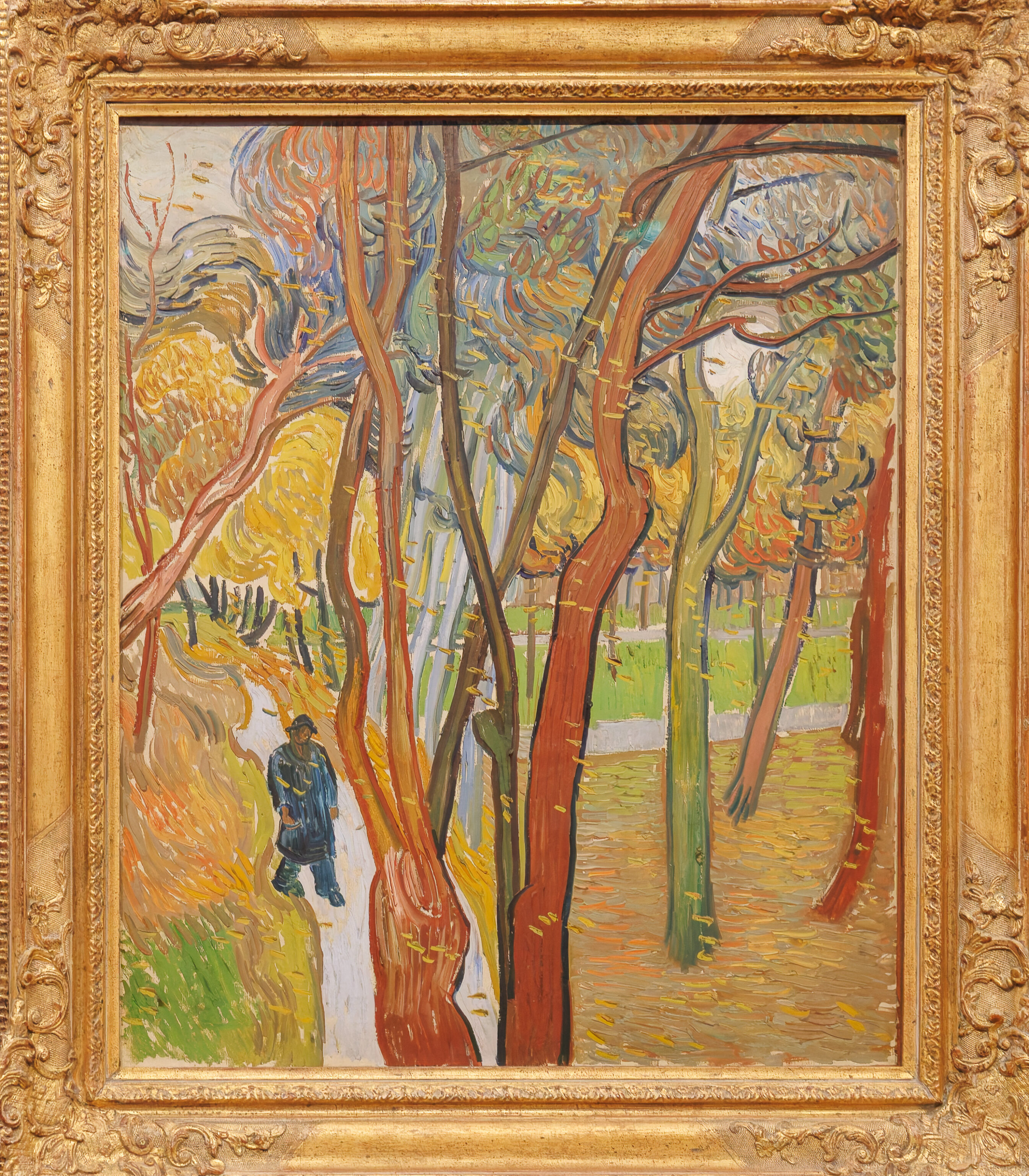
This painting depicts the garden of the mental institution.
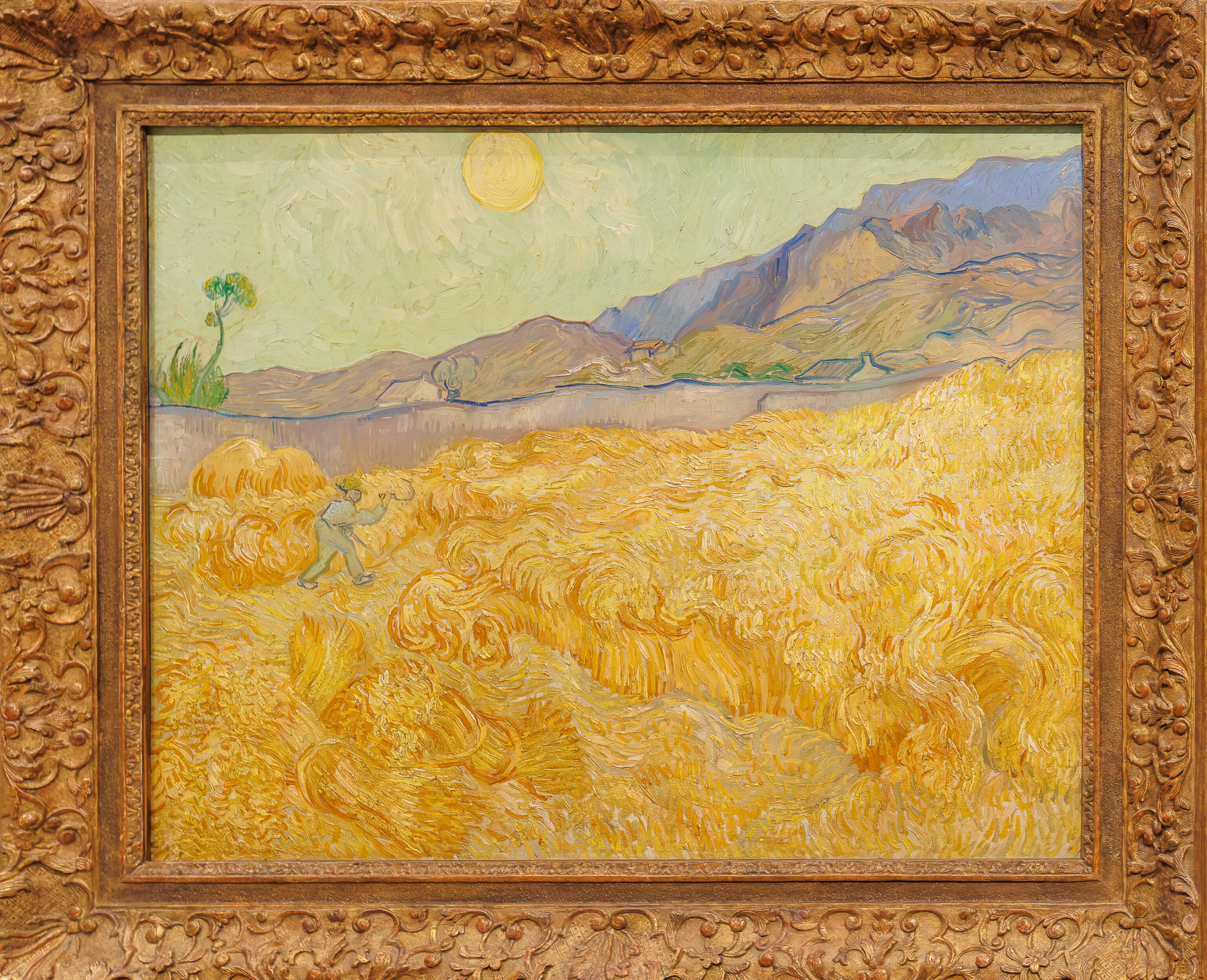
This painting, also created from the institution, shows this wheat field as a symbol of the cycle of life. Here, it is being reaped by the reaper.

Another three paintings that continue on with a farming theme.

Another painting of the mental institution’s garden. The colors are supposed to express his feelings, either harmonious or in contrast.

A simple scene, yet, easily identifiable as containing rabbits.

This painting was created in the final weeks of Van Gogh’s life. He was trying to portray his “sadness, and extreme loneliness.” But he felt these landscapes were “healthy” and “invigorating.”

This painting is described as foreshadowing Van Gogh’s imminent suicide. It is apparently often claimed to be his final work but it is not. Some of his subsequent paintings are described as “considerably more cheerful.”
Unfortunately, we missed seeing his final painting, Tree Roots. The website indicates that it is on display.

There isn’t any description of this painting in the museum and the website doesn’t say much about it either. It was painted about a month before Wheatfield with Crows though.

This painting depicts the garden of Charles-François Daubigny, who Van Gogh visited in Auvers, France. Van Gogh is described as a “lifelong admirer” of Daubigny’s work. The sign also describes this as being painted on a tea towel as he did not have any canvas on him at the time to paint on.
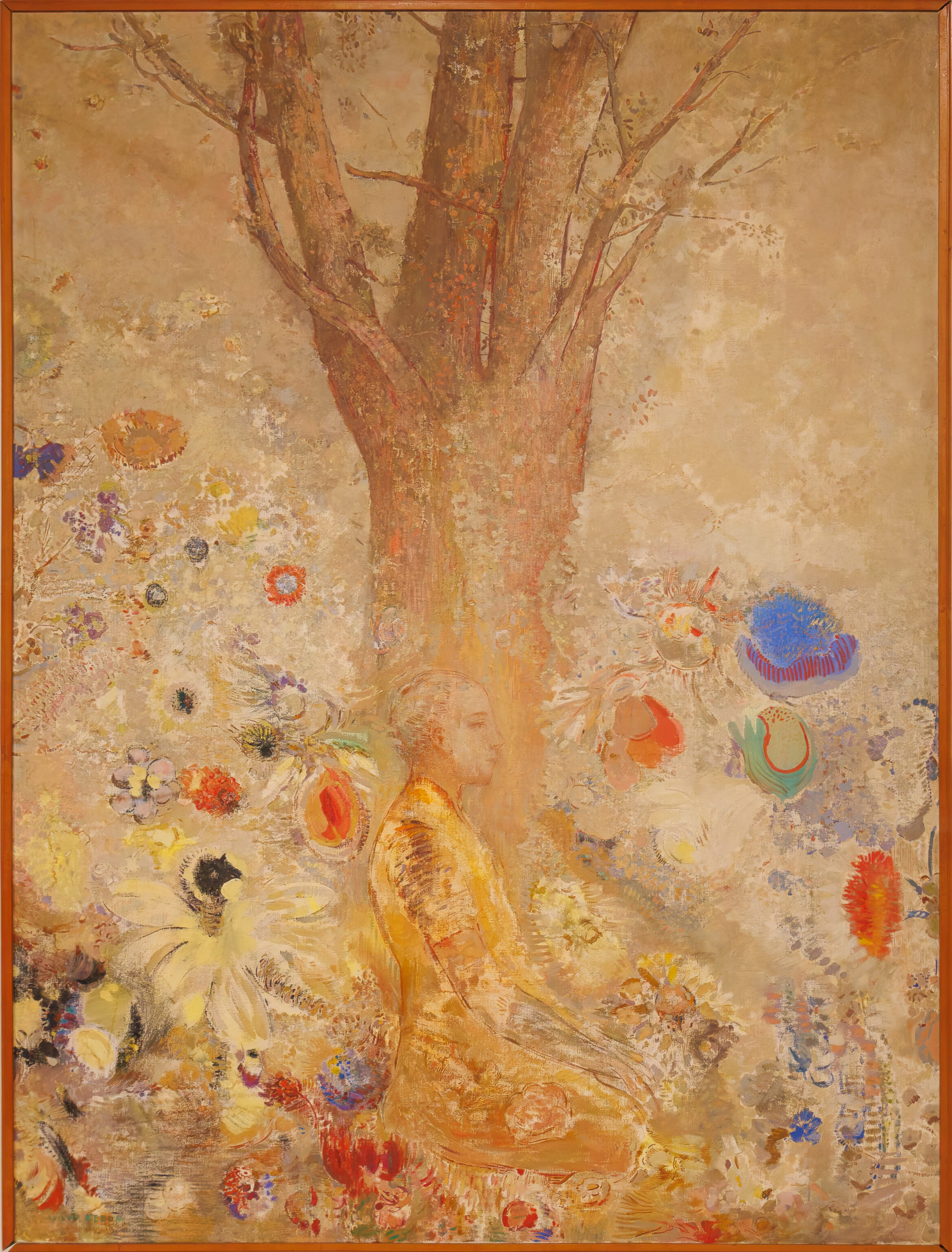


We passed by some paintings by other artists after Van Gogh’s death. By now, it was almost time for the museum to close so we were trying to quickly get through the rest of the museum.

This painting is interesting because it shows an upside-down crab. The concept is described as coming from his collection of Japanese prints. It is also described as being an experiment with complementary colors, in this case, red and green.
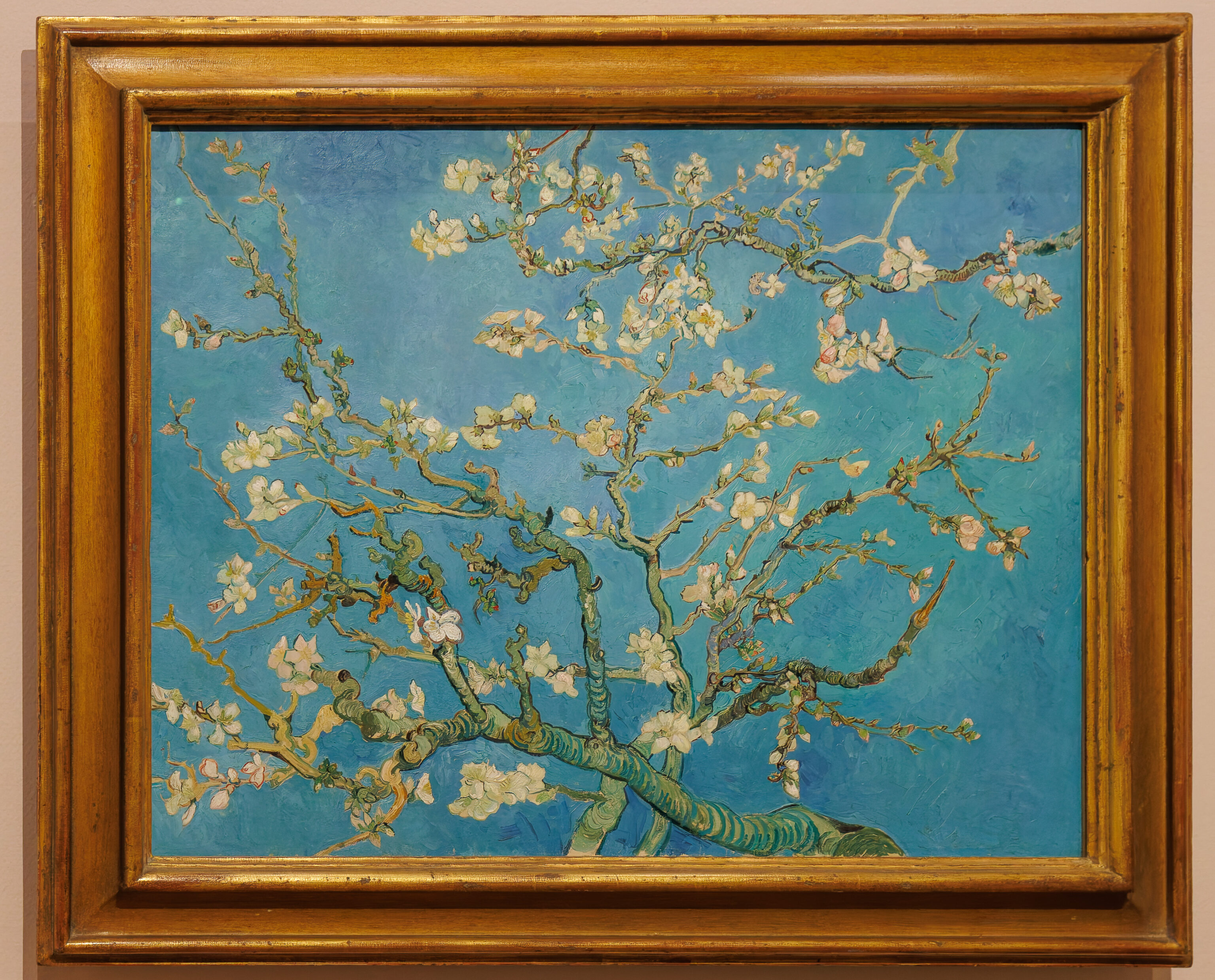
The final painting we photographed is this famous one depicting almond blossoms. It is described as being again influenced by Japanese art. It was created by Van Gogh for his newborn nephew, Vincent, the son of his brother Theo. The younger Vincent was named after his uncle.
The younger Vincent van Gogh would inherit the elder Vincent’s and his father Theo’s collections. He created a foundation to ensure that future generations would be able to enjoy these paintings. That foundation along with the Dutch government created the Van Gogh Museum in 1973.


The atrium from the topmost floor where we ended up.
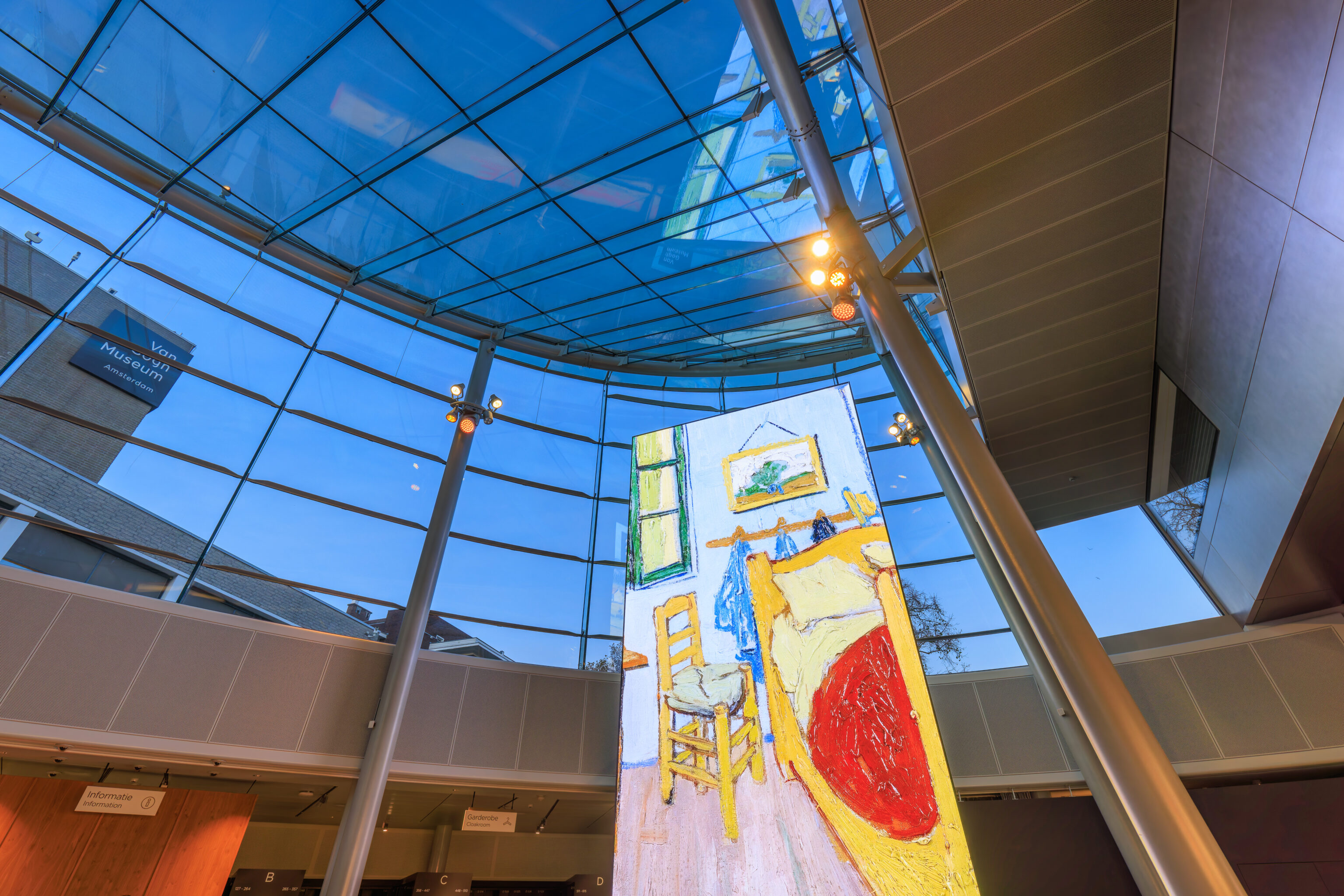


After a quick visit to the gift shop, we headed back out to end our visit just after the official closing time of 5pm.
Evening

We went back to the Concertgebouw tram stop to take tram line 3 a few stops to Kinkerstraat for dinner. We went to Soenes Roti Bar & Grill to try something new – Suriname cuisine! Suriname was a Dutch colony and it’s cuisine appears to be heavily influenced by Indonesian food as Indonesia was also a Dutch colony. Chinese Surinamese food is also apparently a thing, though this is not such a restaurant.
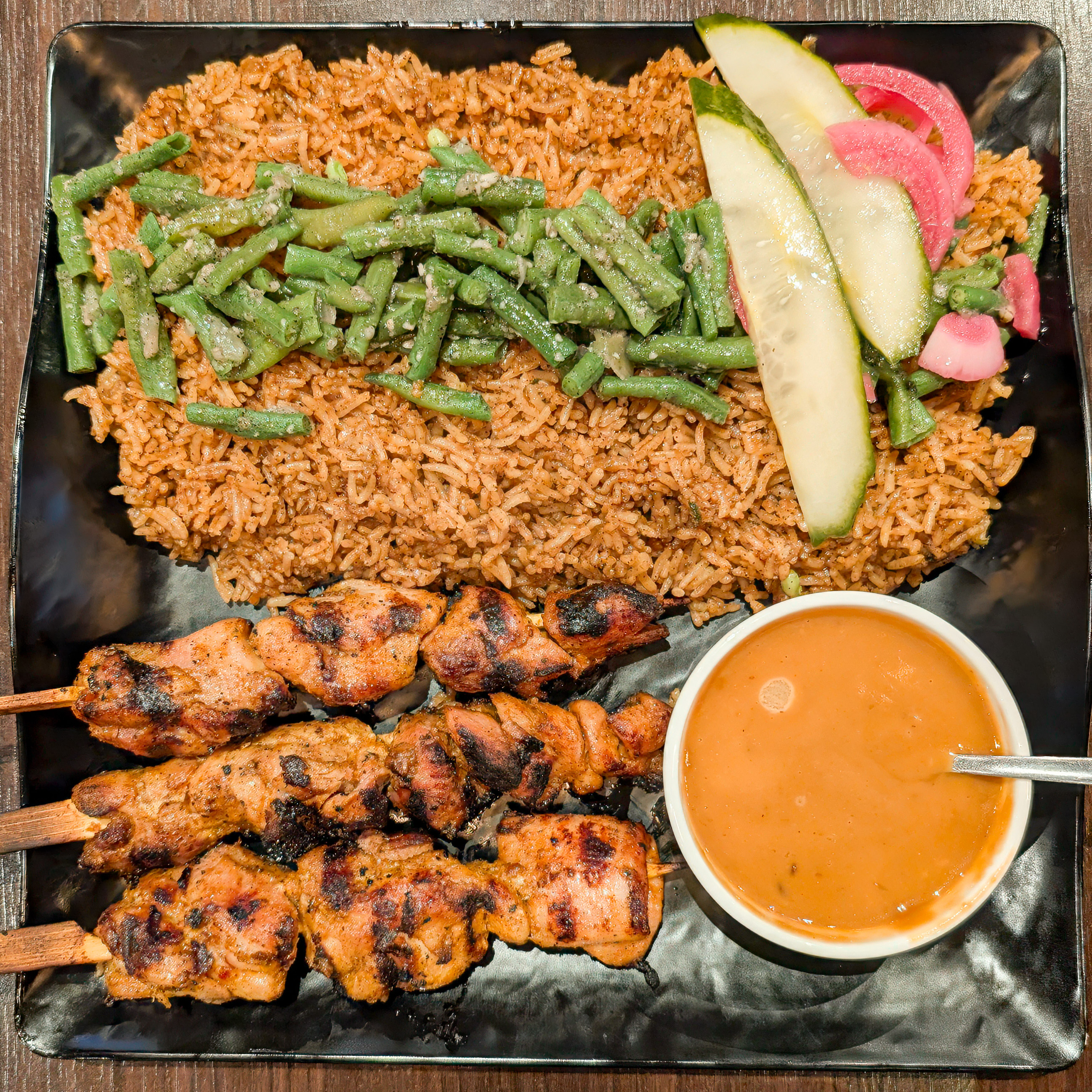
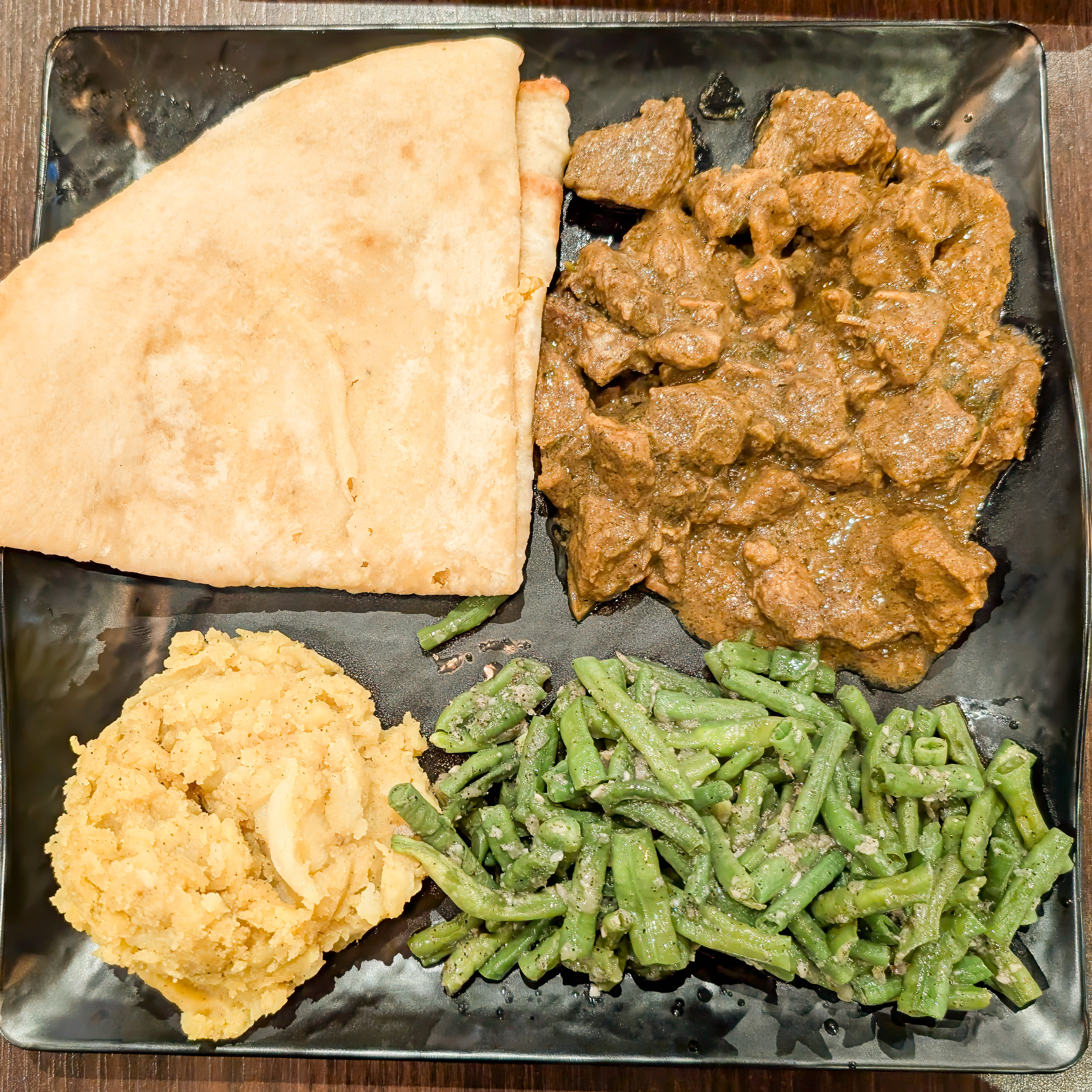
We ordered the lamb roti and chicken satay nasi (presumably, nasi goreng, fried rice). Both were very good! The flavors were excellent and everything was well prepared.
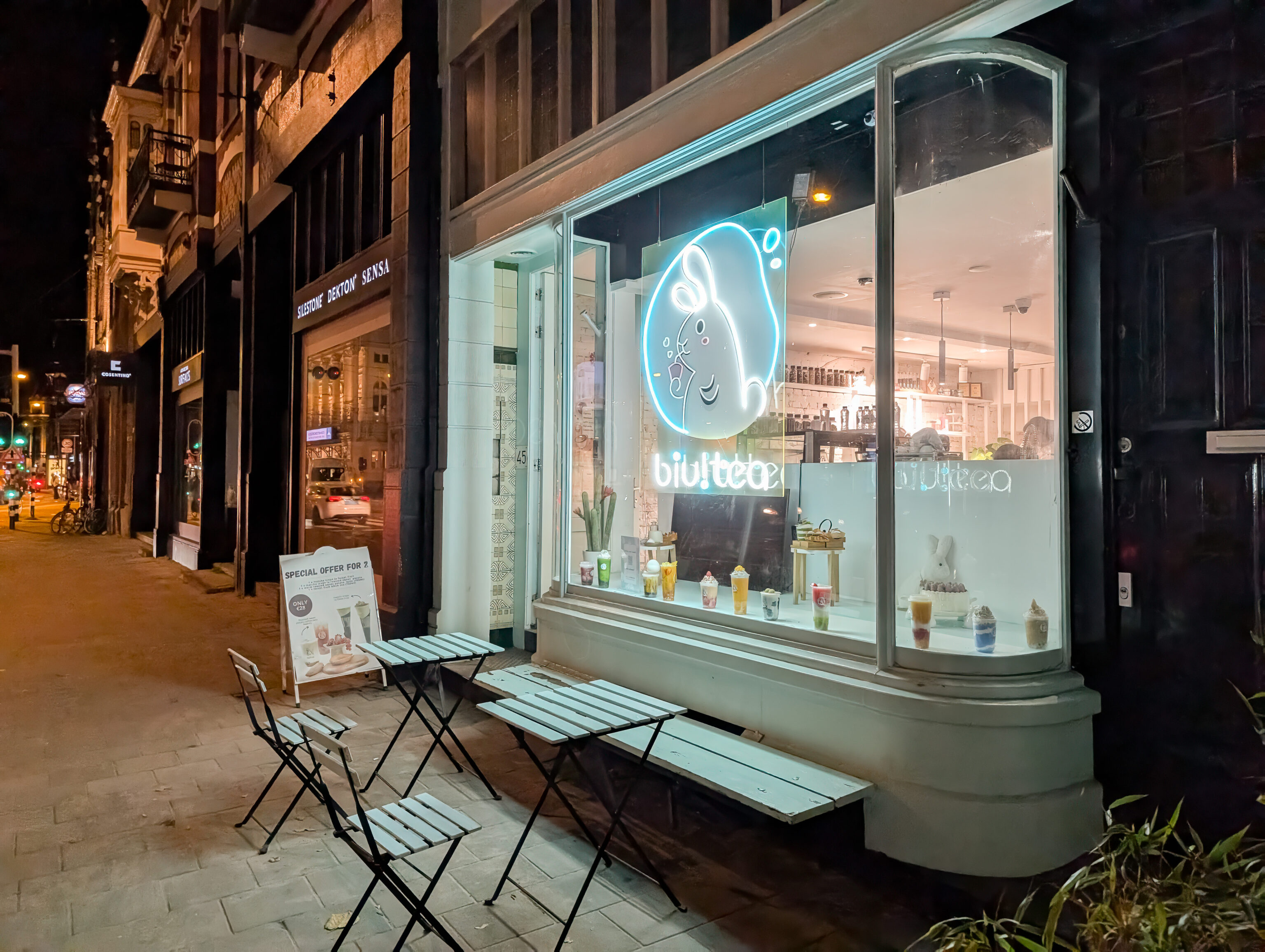
We decided to walk back as it really wasn’t too far, about a 30 minute walking according to Google Maps. We stopped at Biu!Tea near the Concertgebouw for one last bubble tea for this trip.
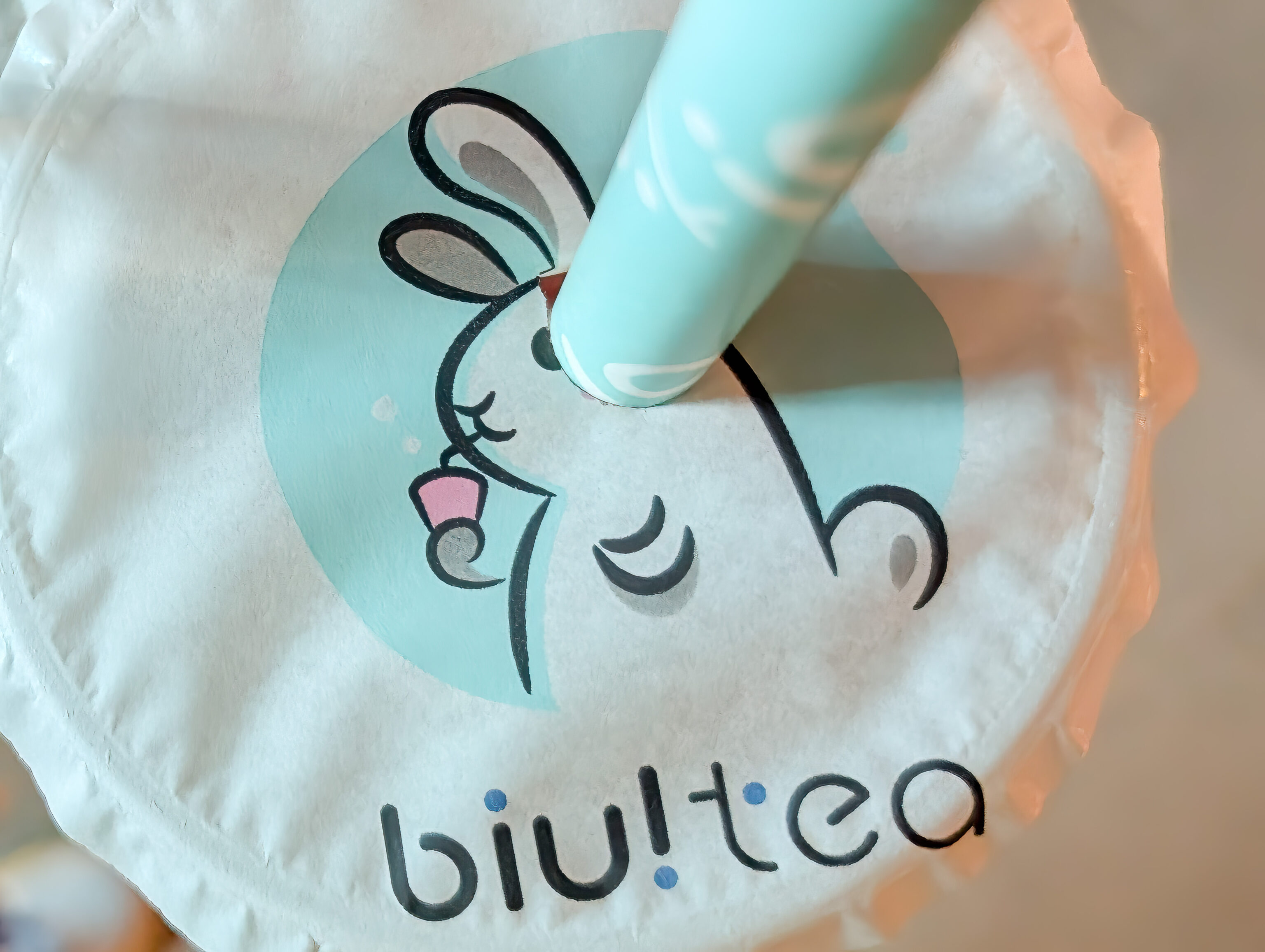
We ordered a peach fruit tea and a Thai coffee. The tea was ok but a bit weird with some unknown sour fruit bits at the bottom. The Thai coffee was also a little bit weird with some unidentified taste.
The best tea place that we’ve been to here in the Netherlands has been Chatime on the first day of the trip.
- The Battle of Waterloo (Pieneman painting)
https://en.wikipedia.org/wiki/The_Battle_of_Waterloo_(Pieneman_painting) ↩︎ - Léon-Augustin Lhermitte – Haymaking
https://www.vangoghmuseum.nl/en/collection/s0424M1991 ↩︎ - Camille Pissarro – Route de Versailles, Rocquencourt
https://www.vangoghmuseum.nl/en/collection/s0512S2006 ↩︎ - Amsterdam (1874) by Claude Monet
https://www.artchive.com/artwork/amsterdam-claude-monet-1874/ ↩︎ - Paul Gauguin – Martinique
https://www.vangoghmuseum.nl/en/collection/s0220V1962 ↩︎ - Vincent van Gogh – The Bedroom
https://www.vangoghmuseum.nl/en/collection/s0047v1962 ↩︎ - Vincent van Gogh – Seascape near Les Saintes-Maries-de-la-Mer https://www.vangoghmuseum.nl/en/collection/s0117v1962 ↩︎
- Sunflowers (van Gogh Series)
https://en.wikipedia.org/wiki/Sunflowers_(van_Gogh_series) ↩︎


